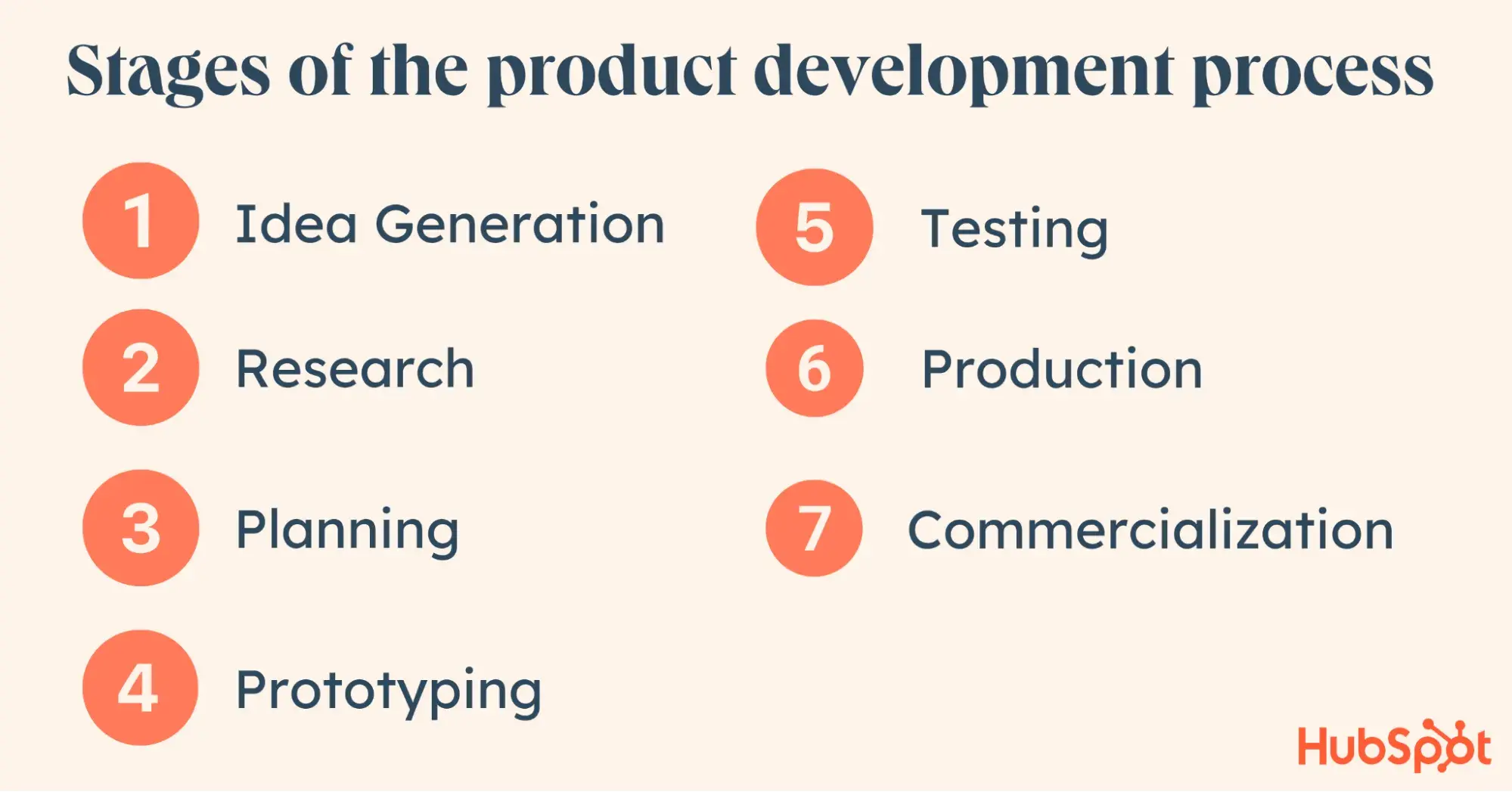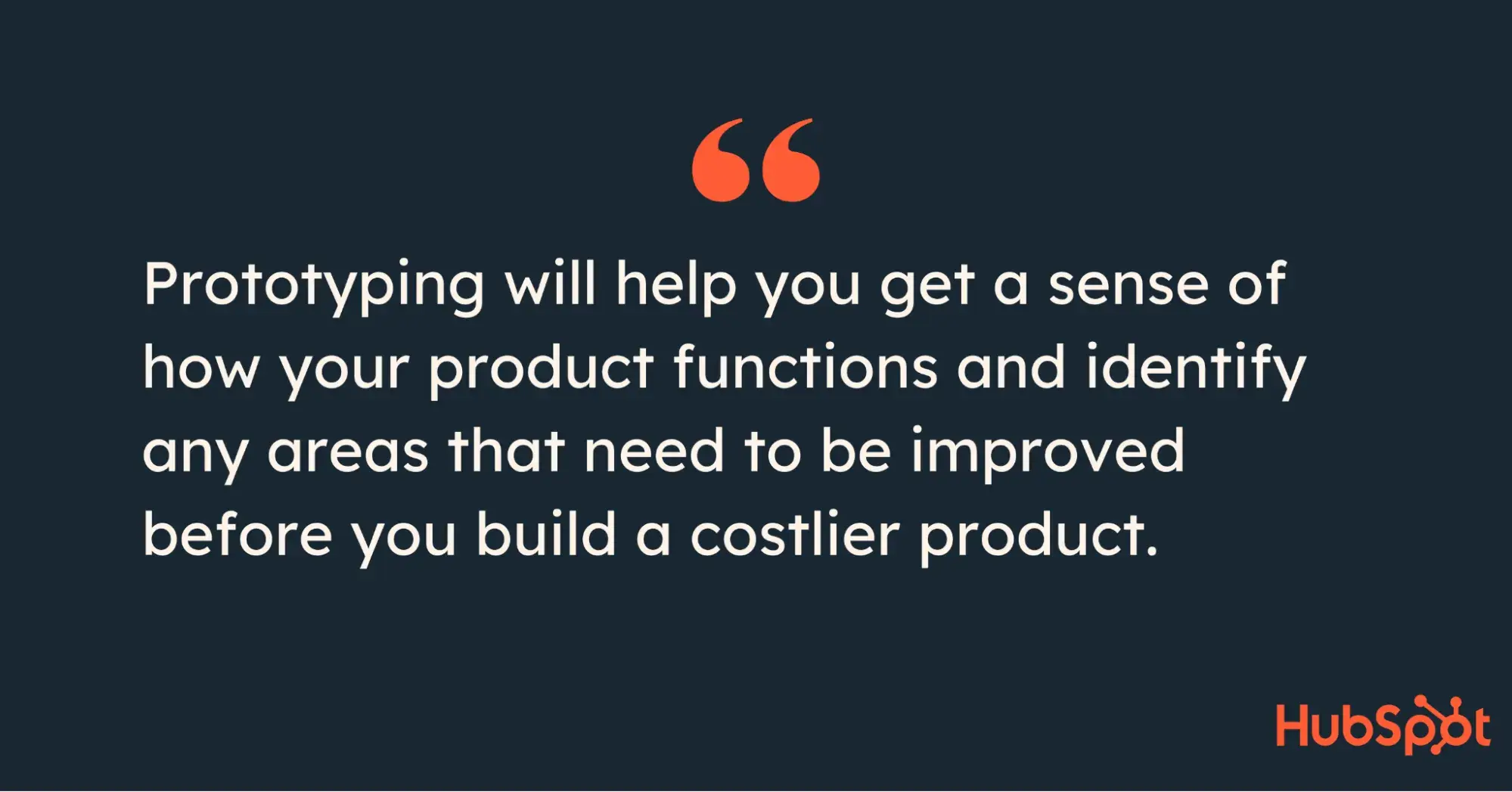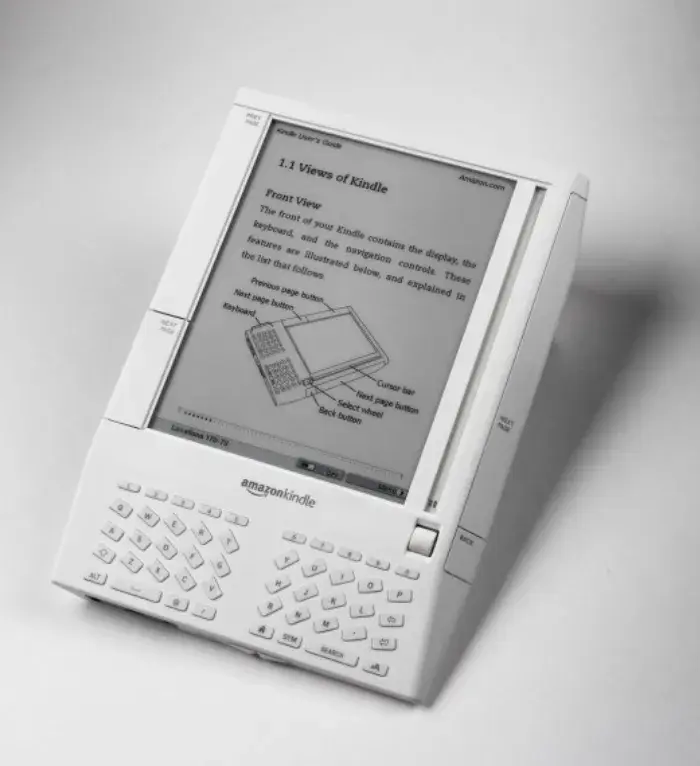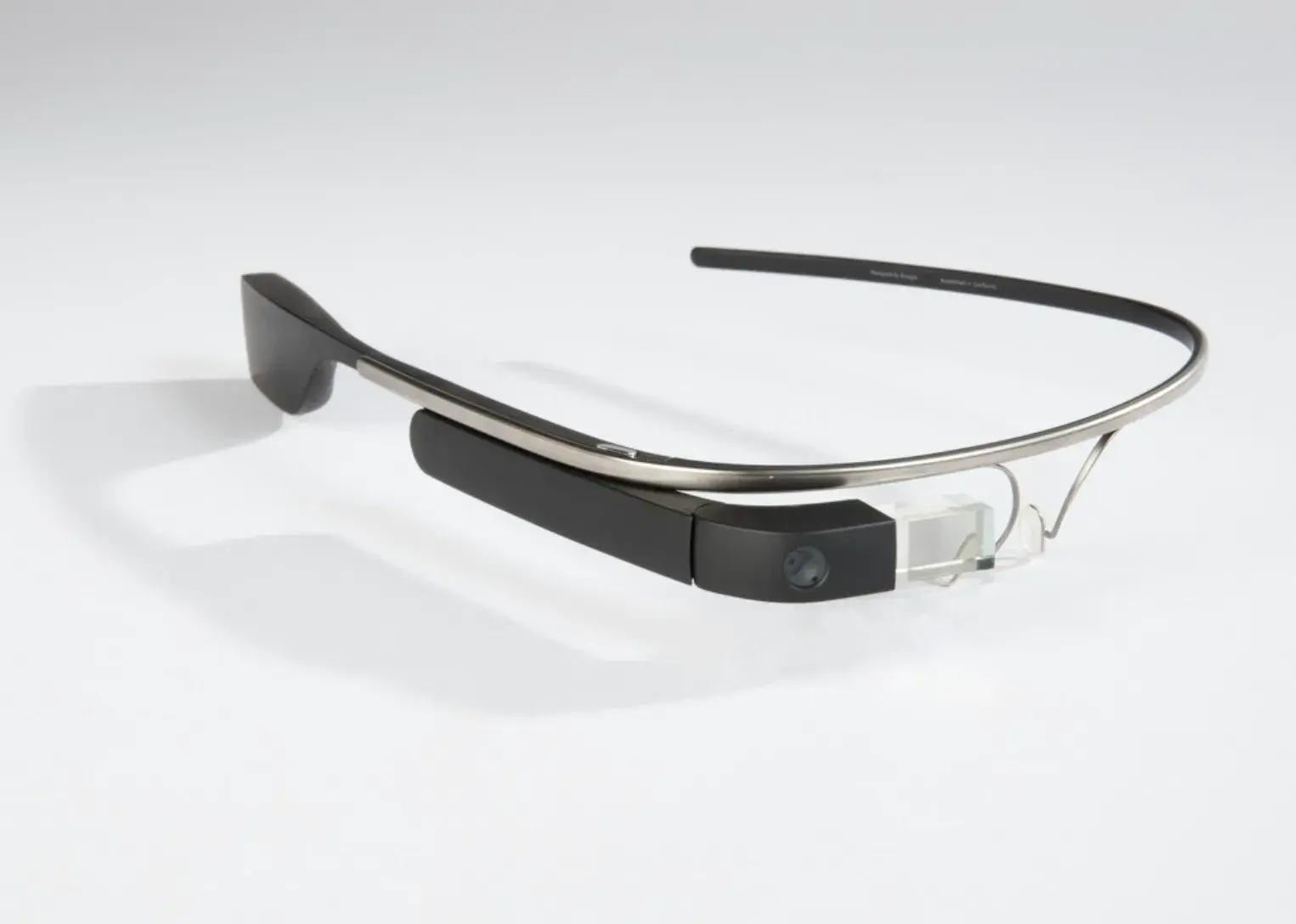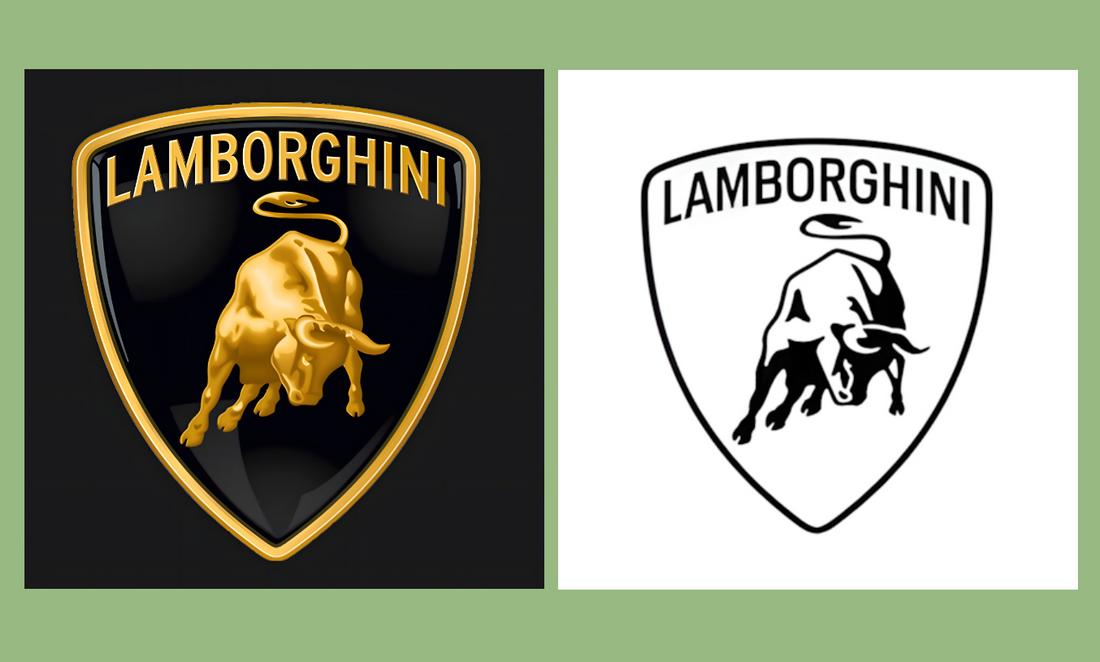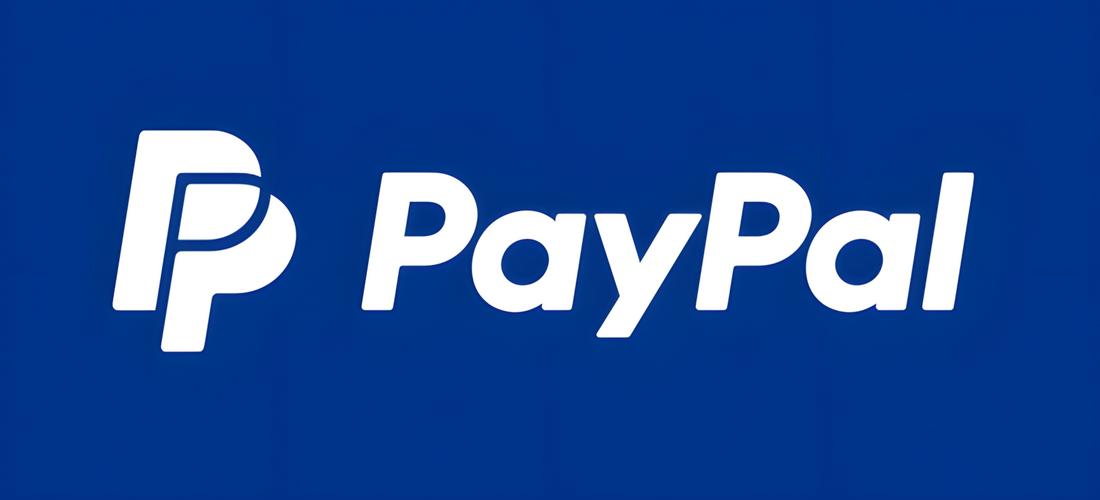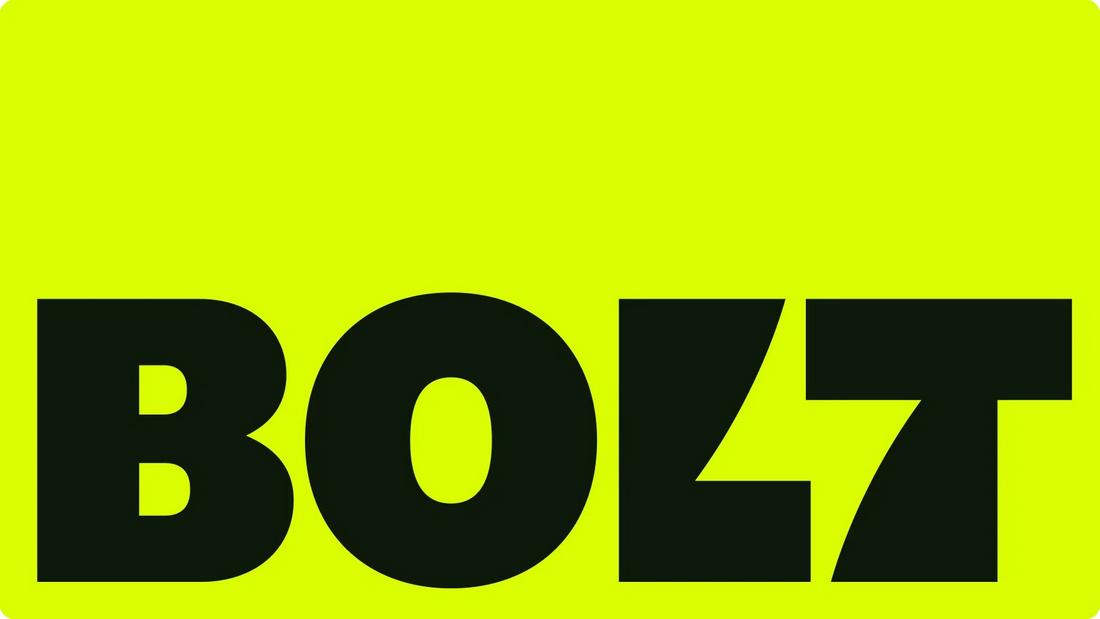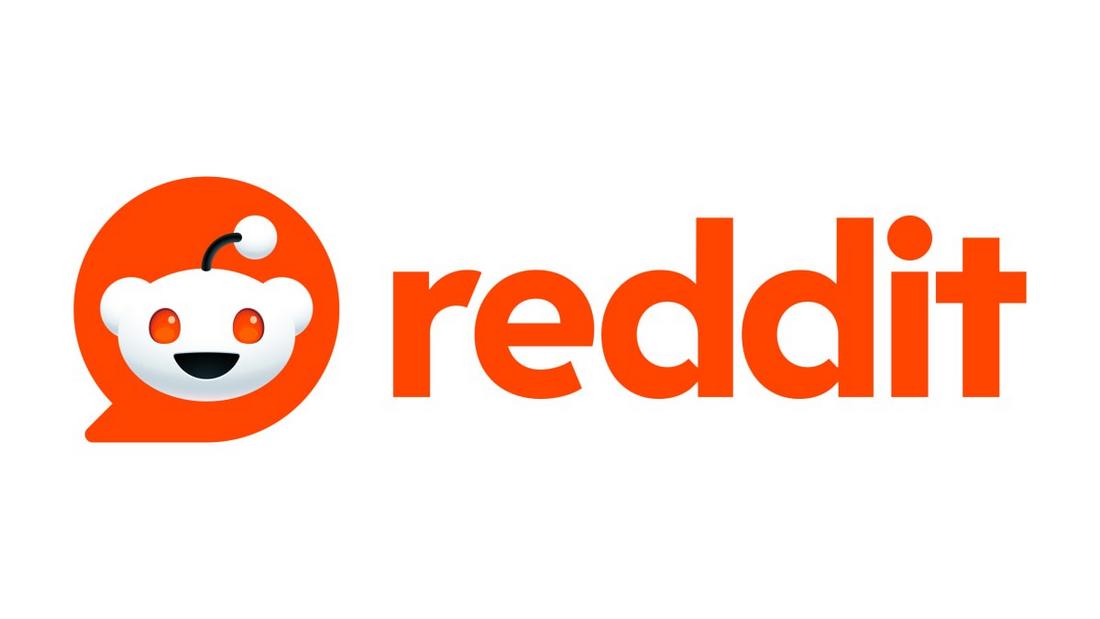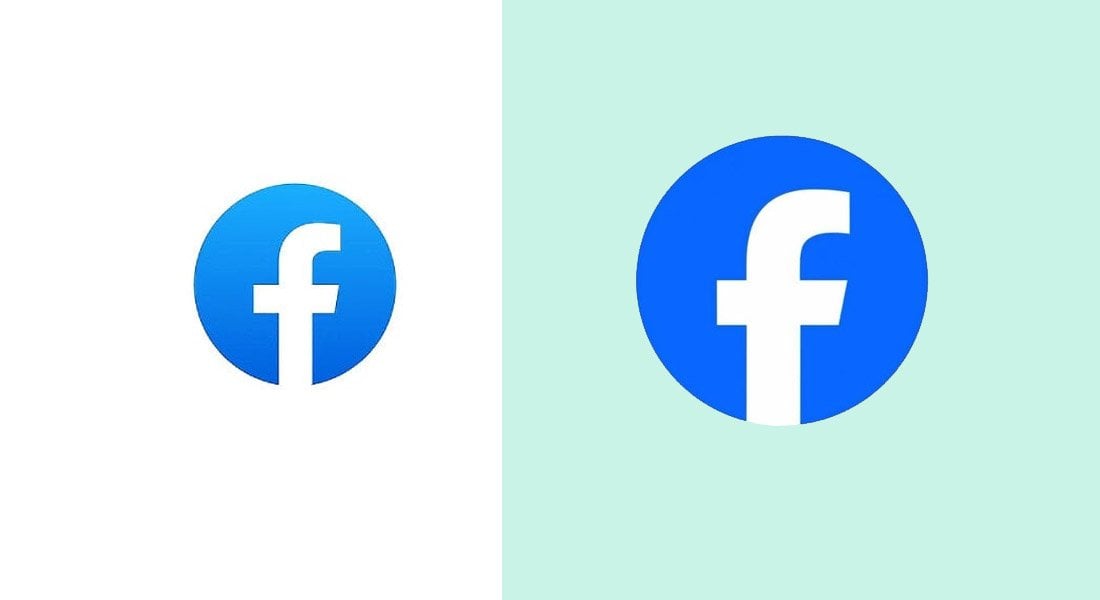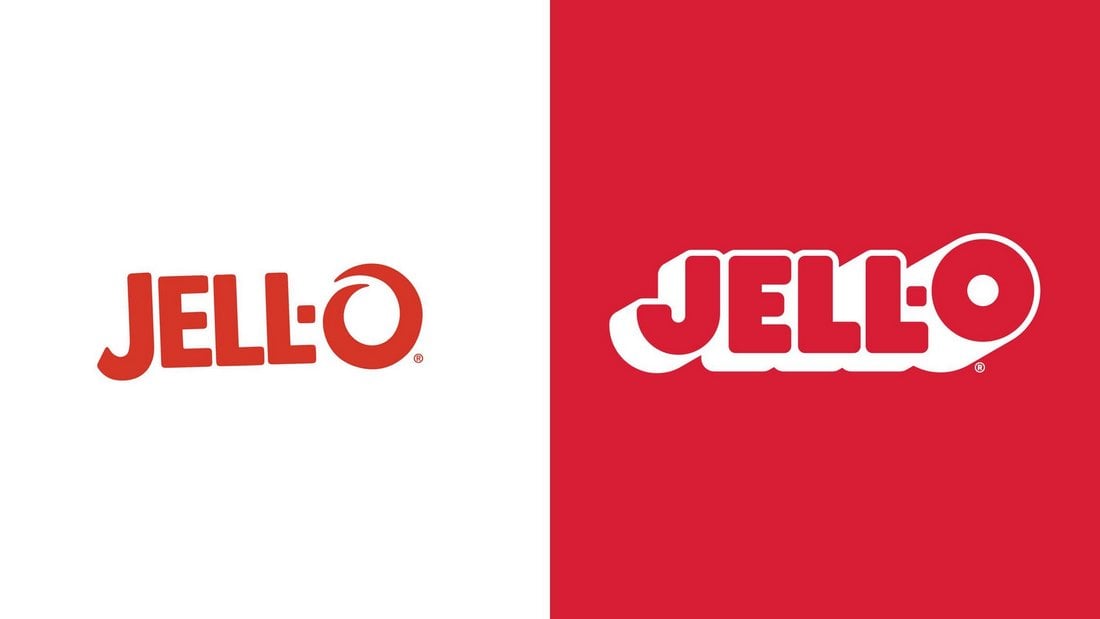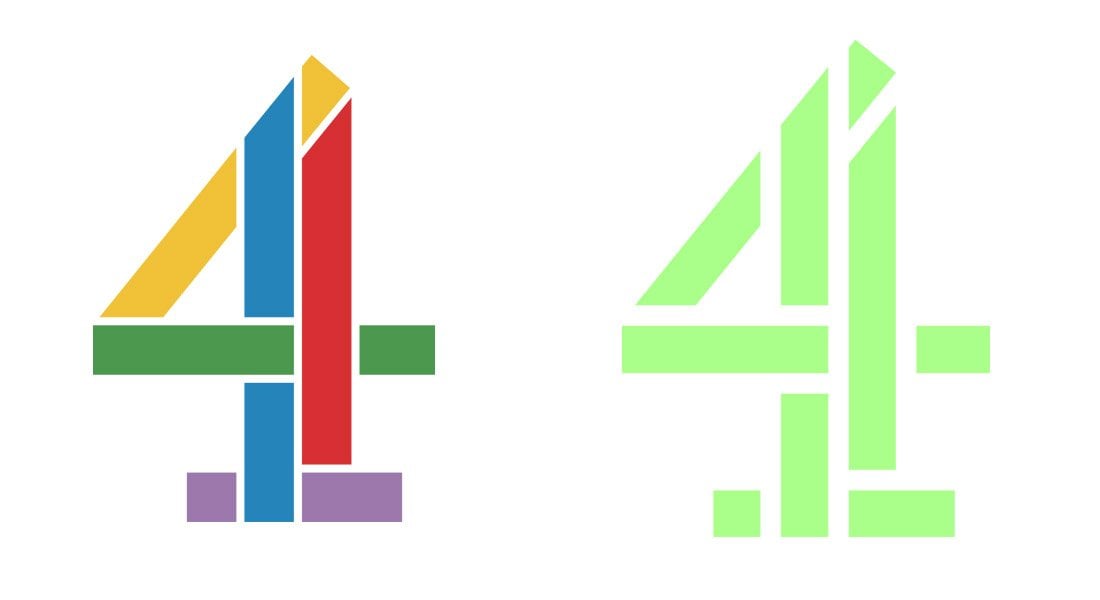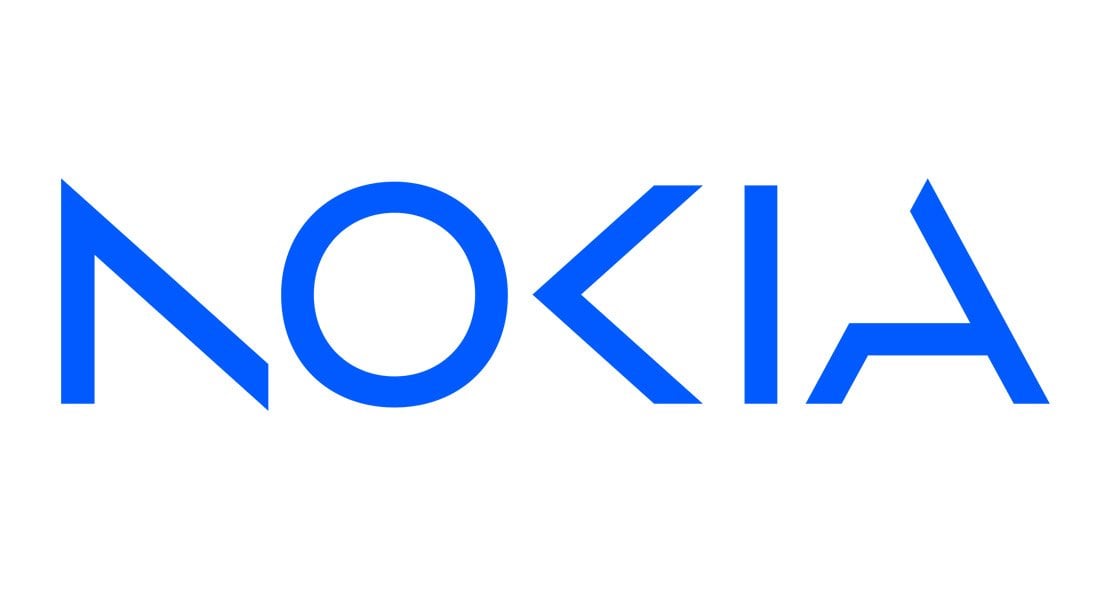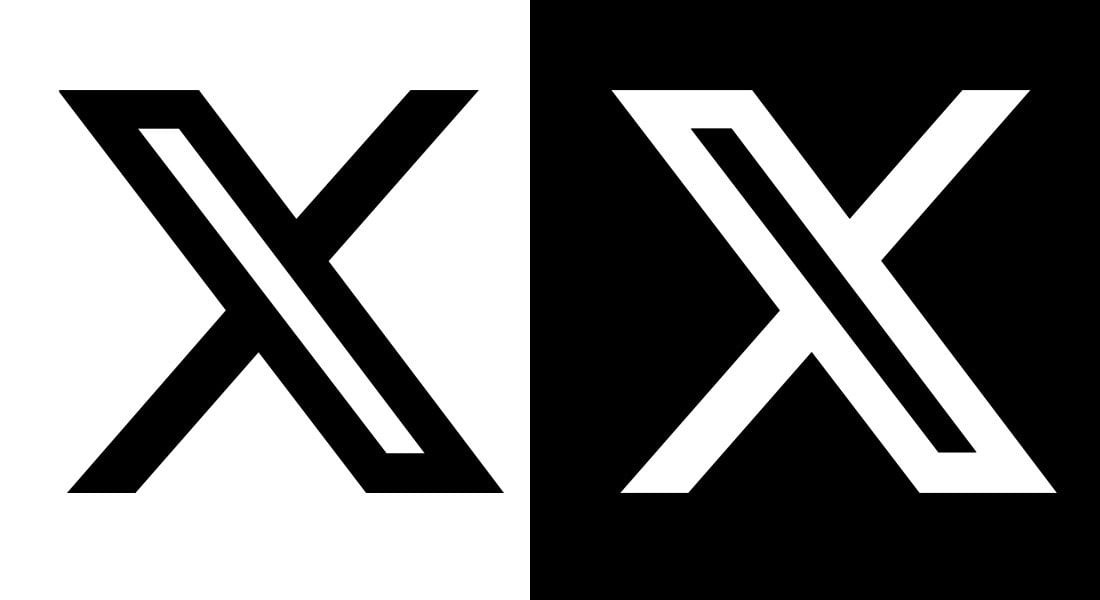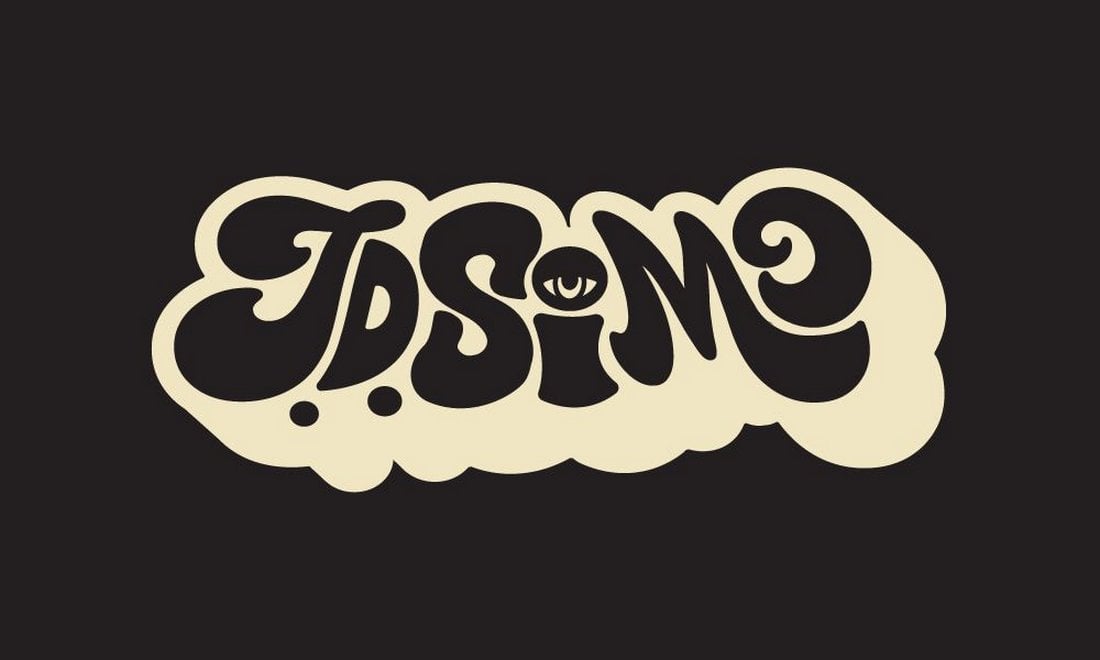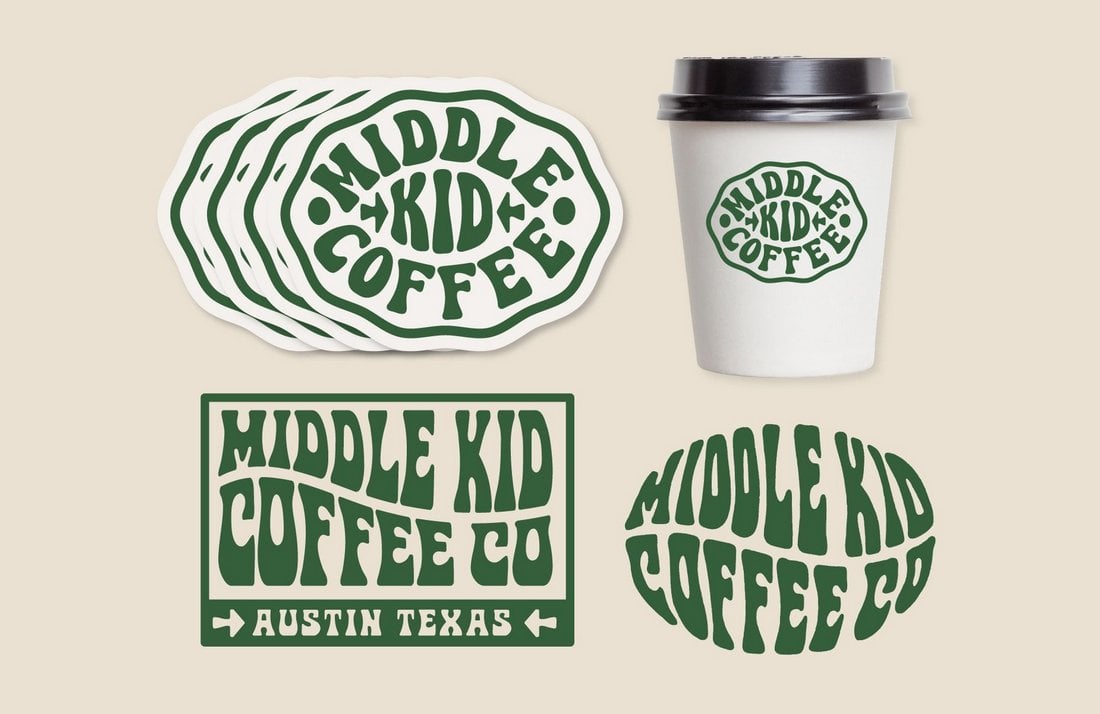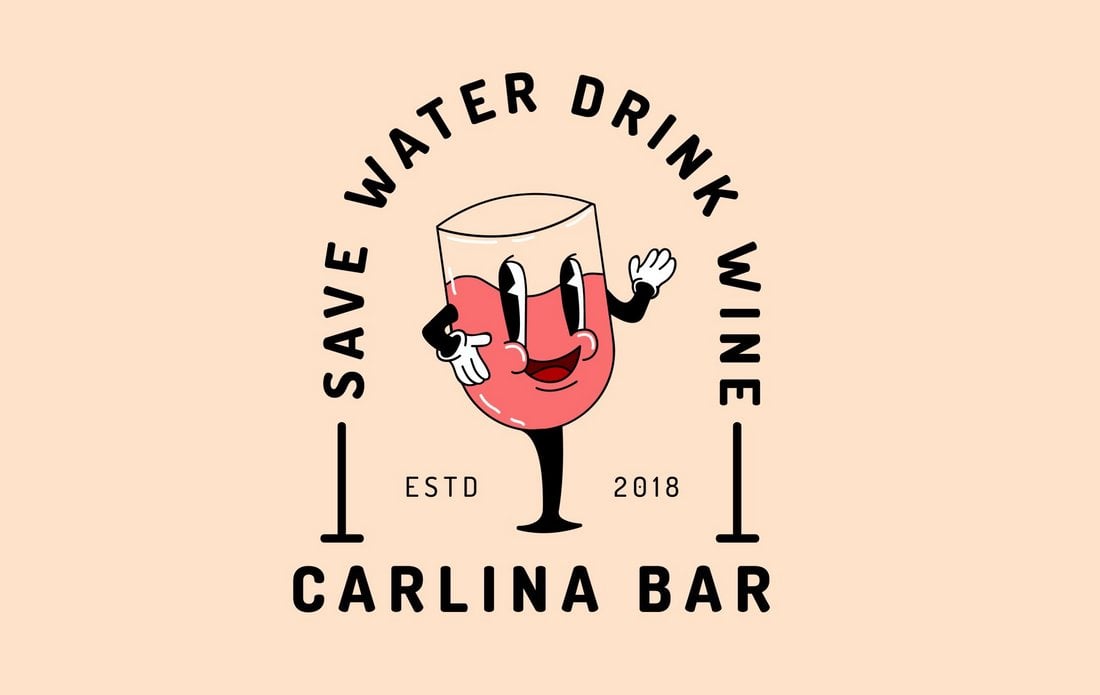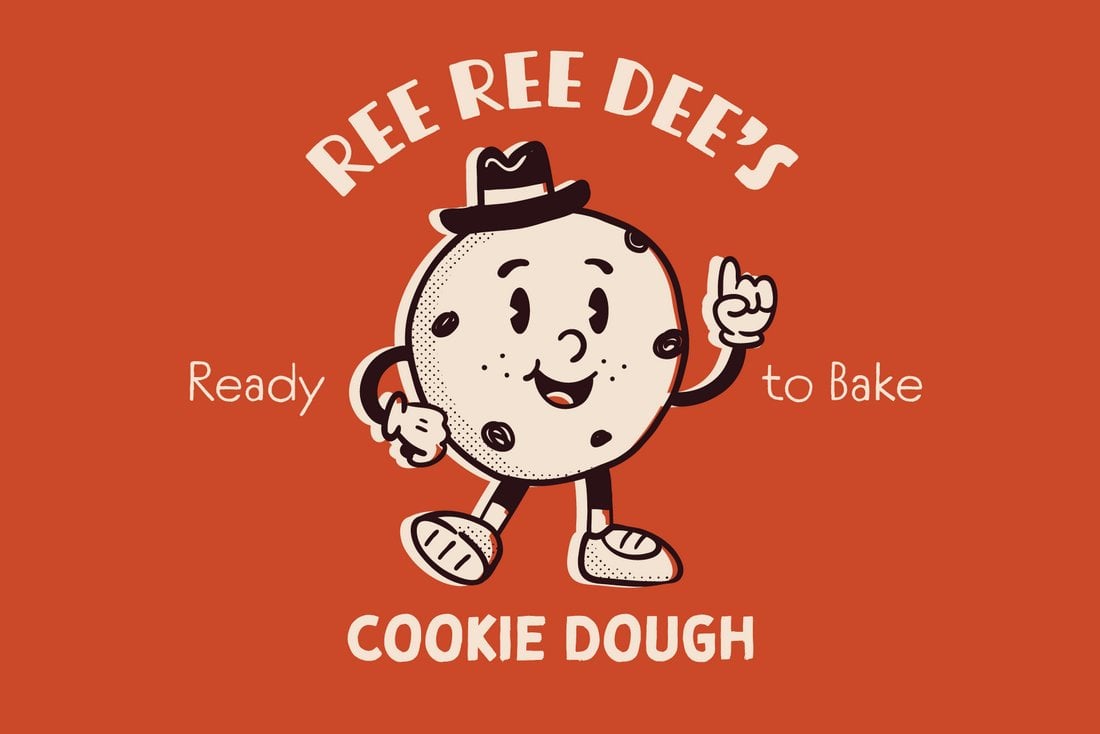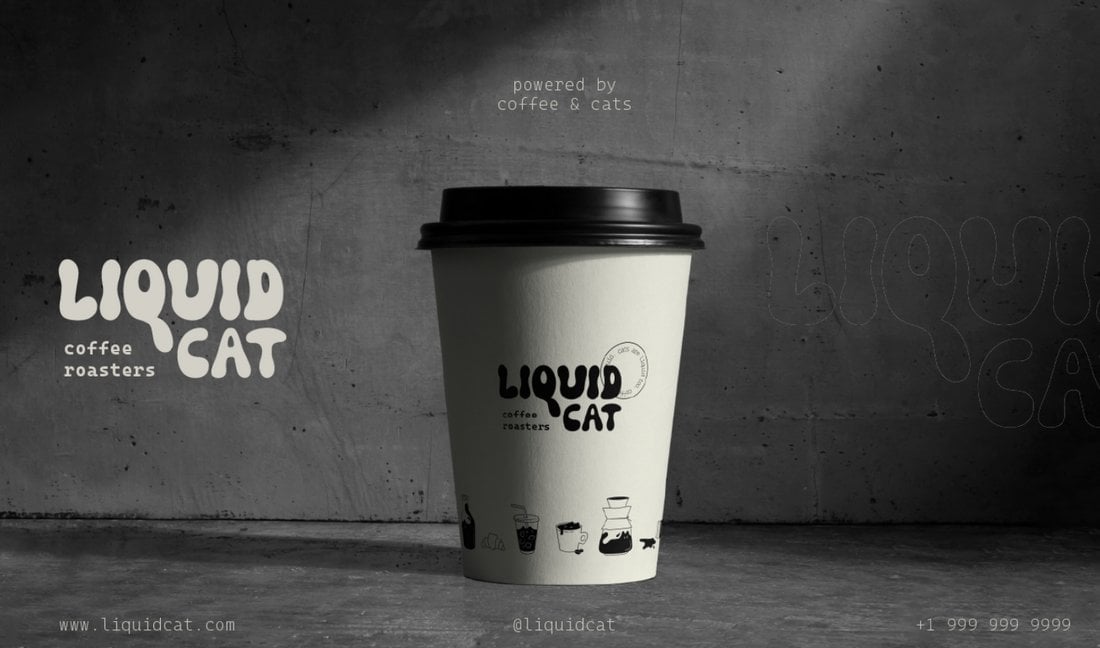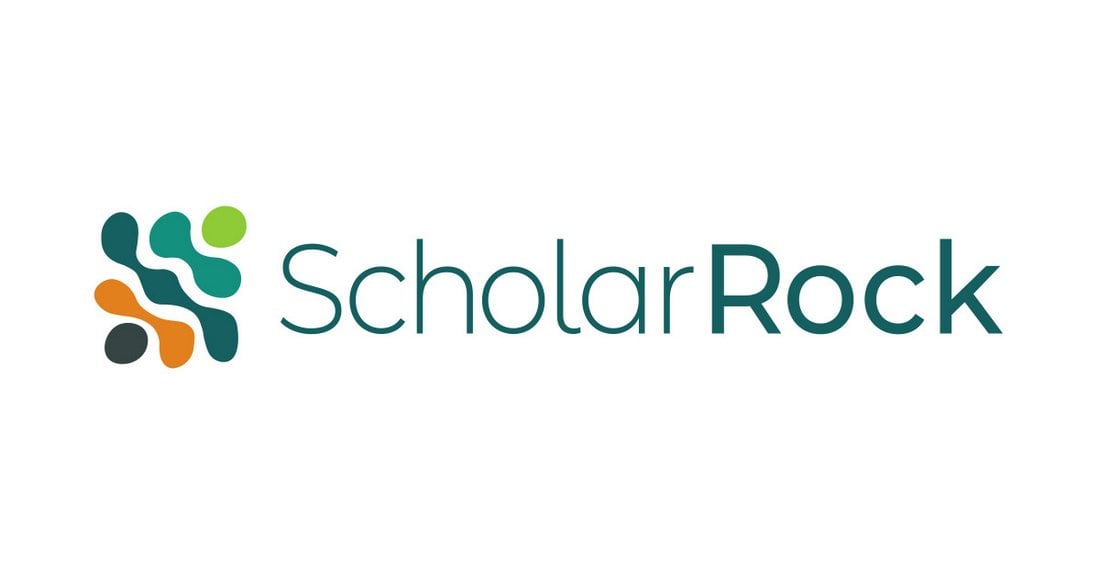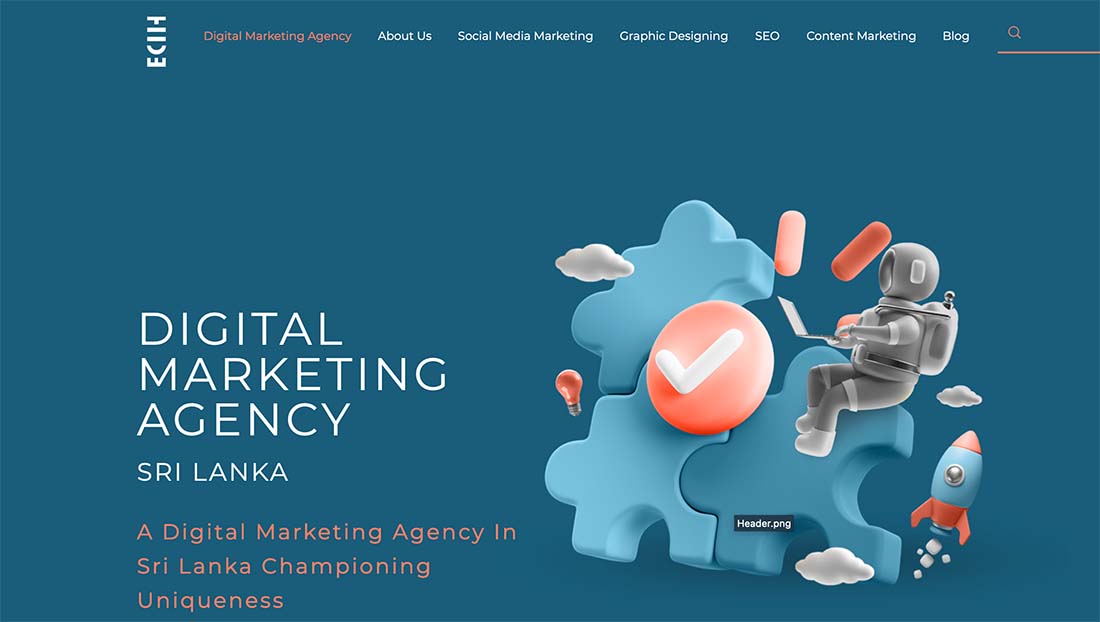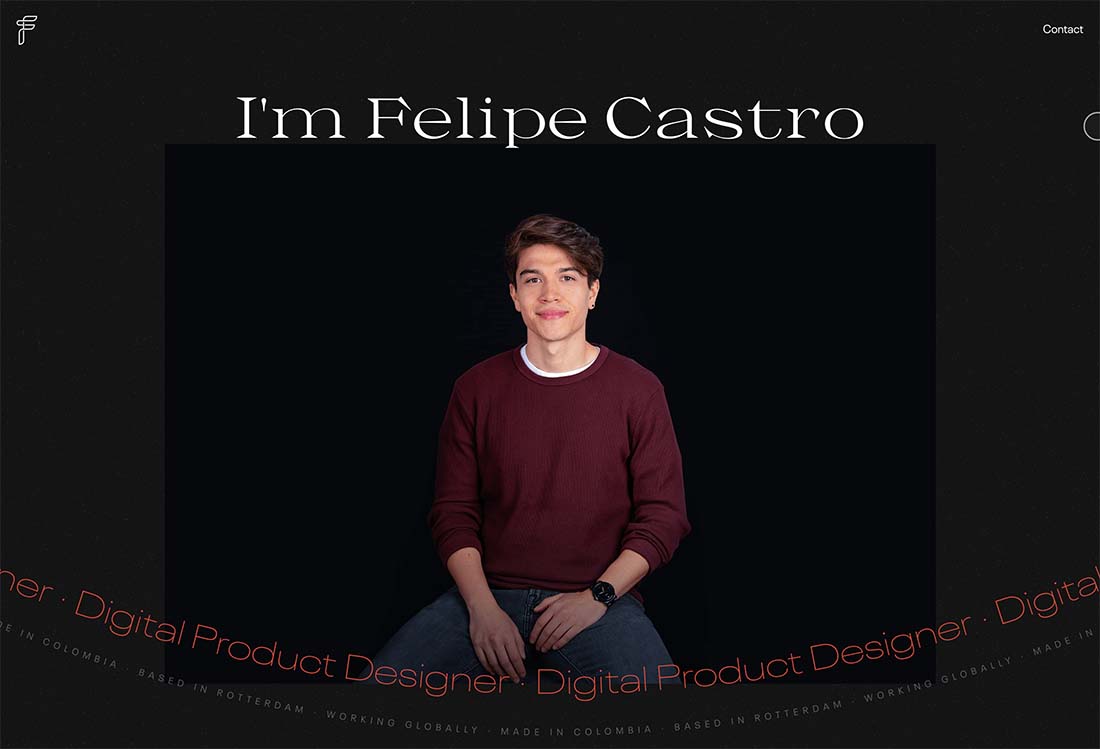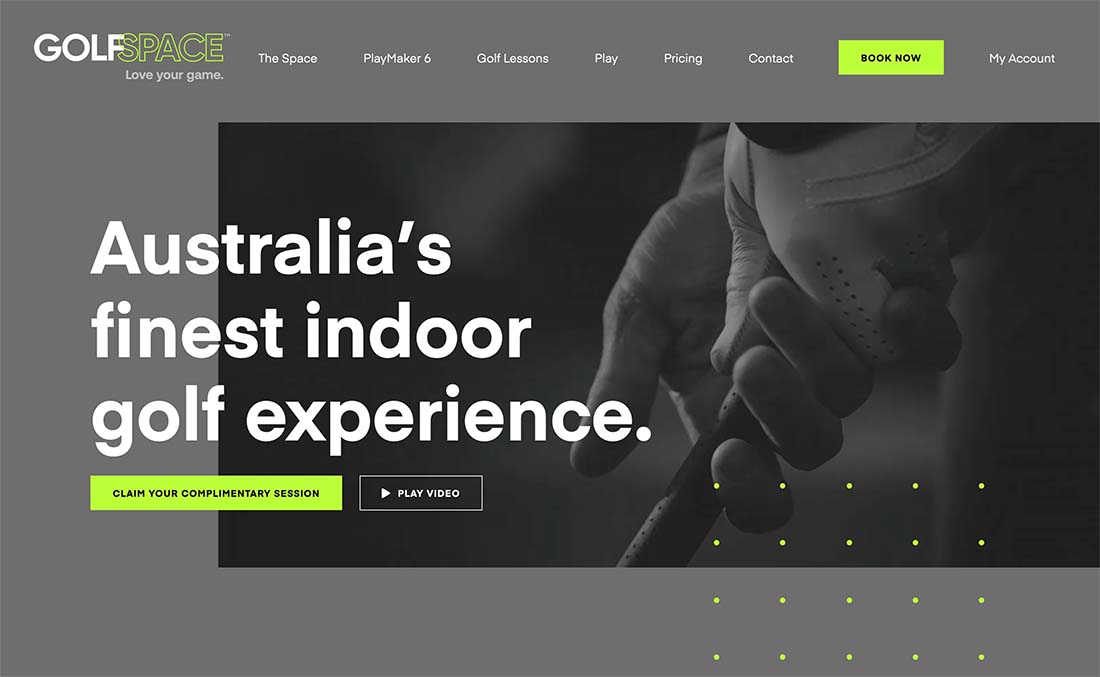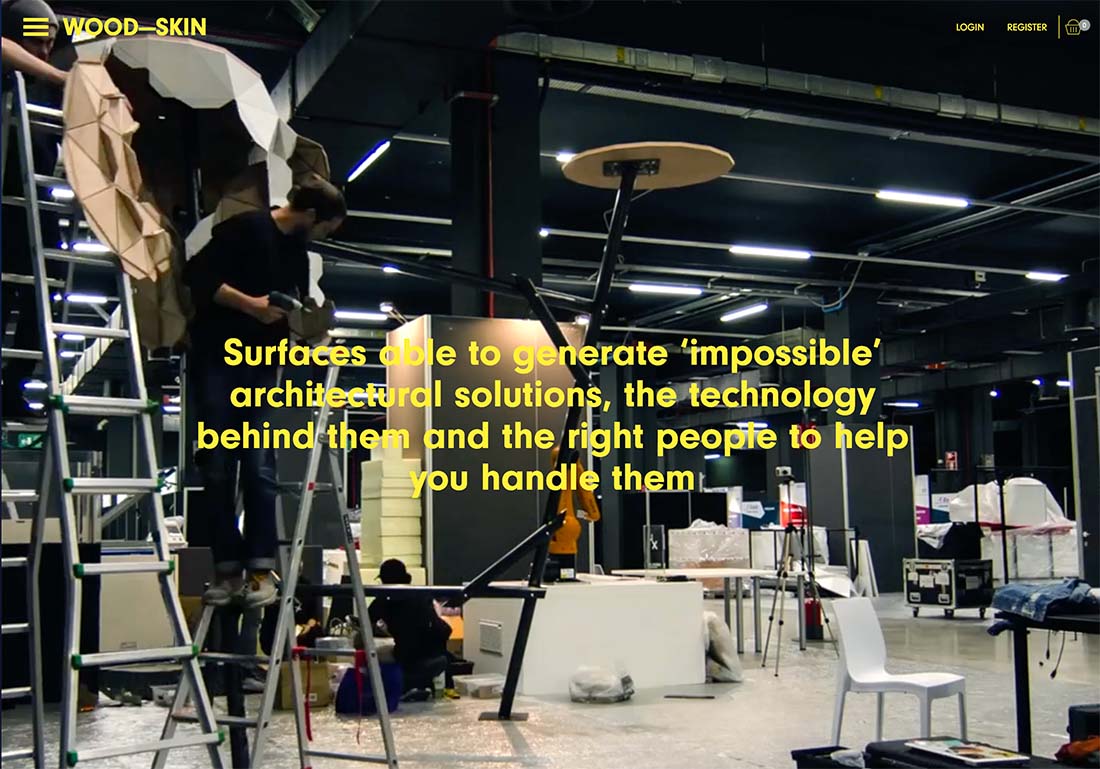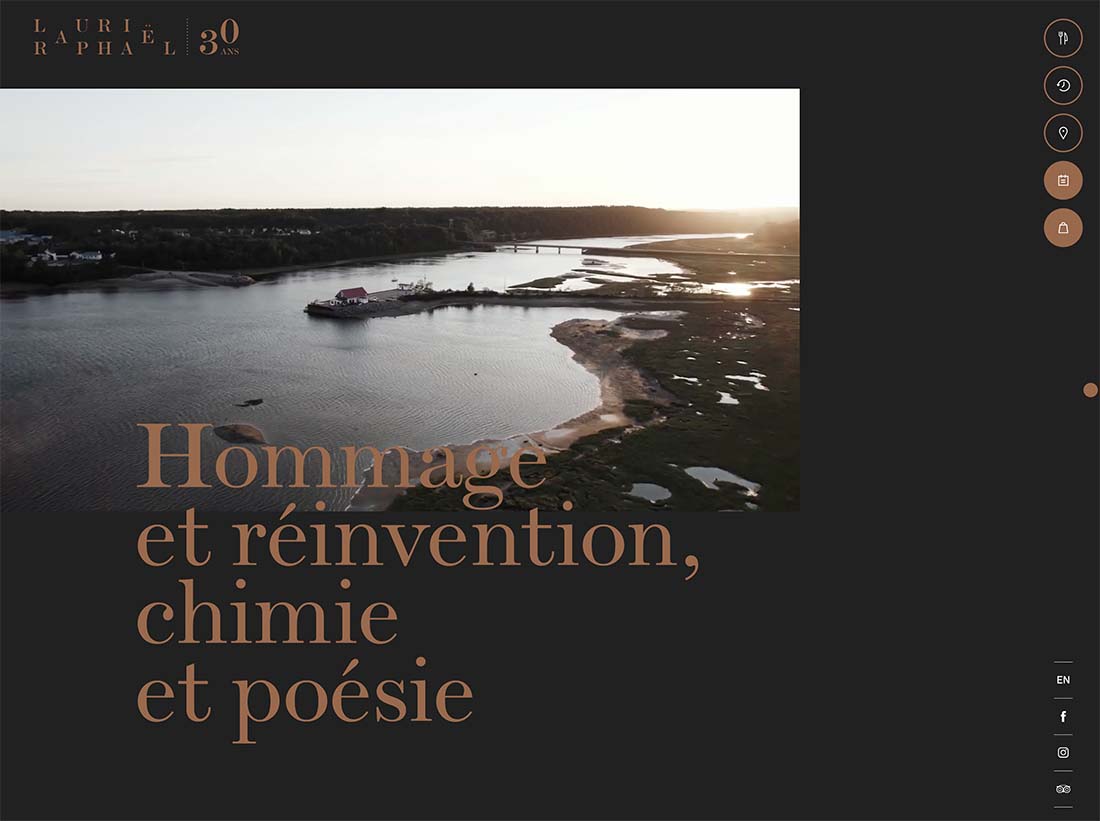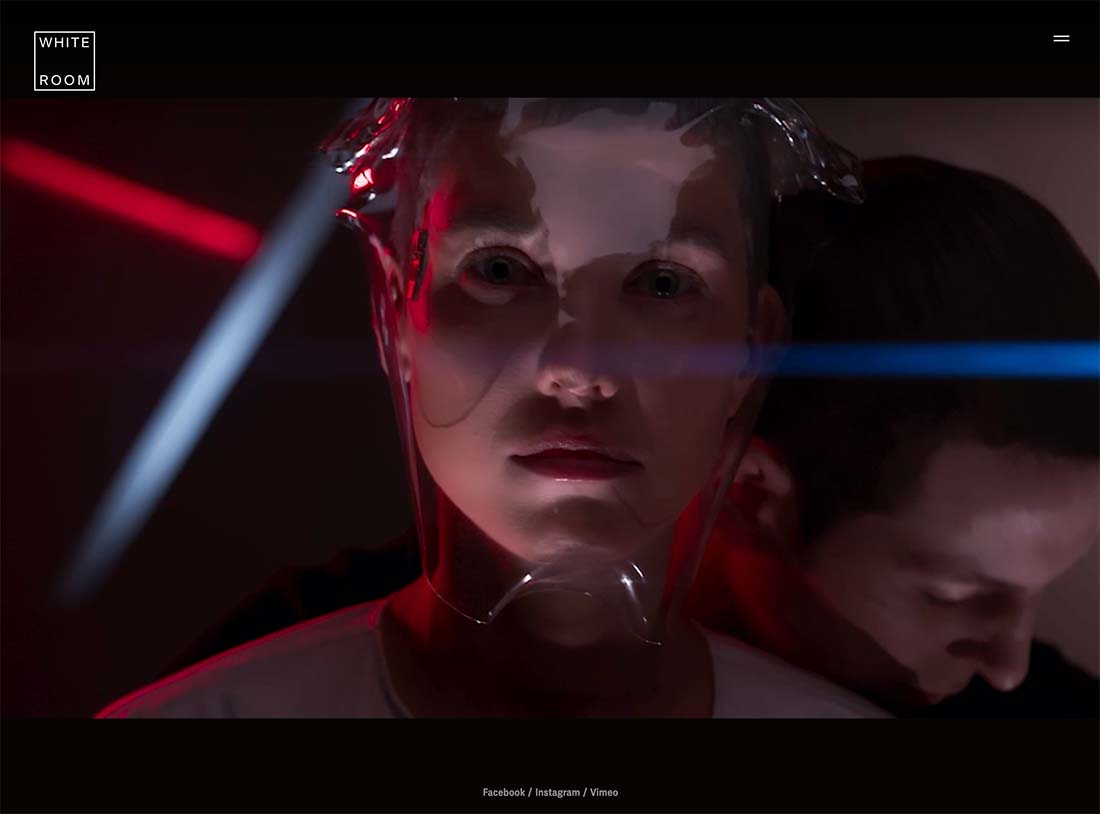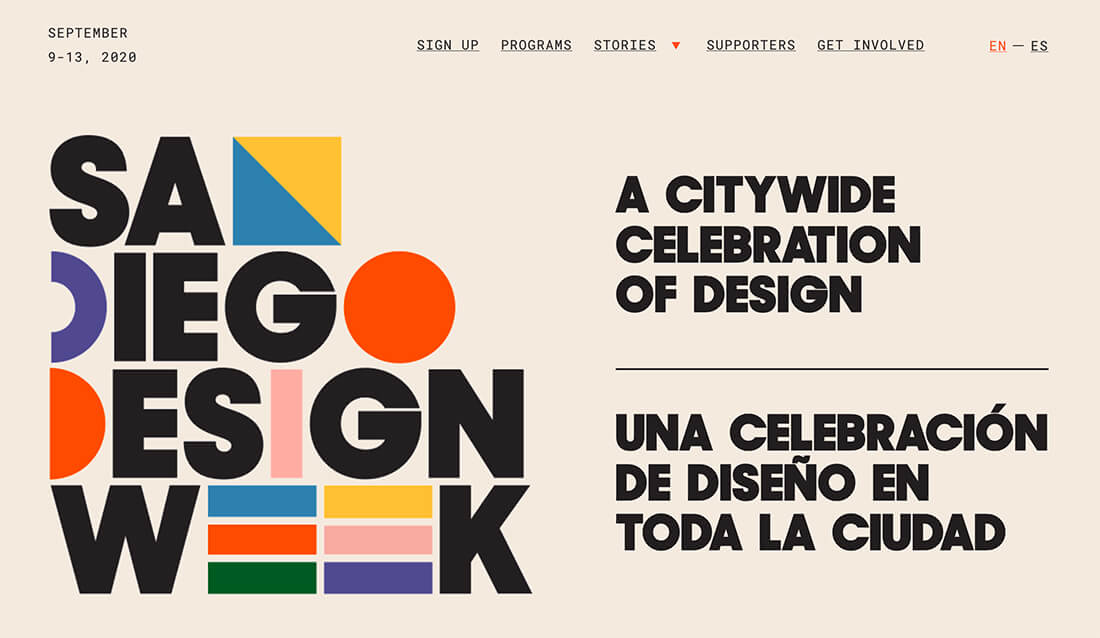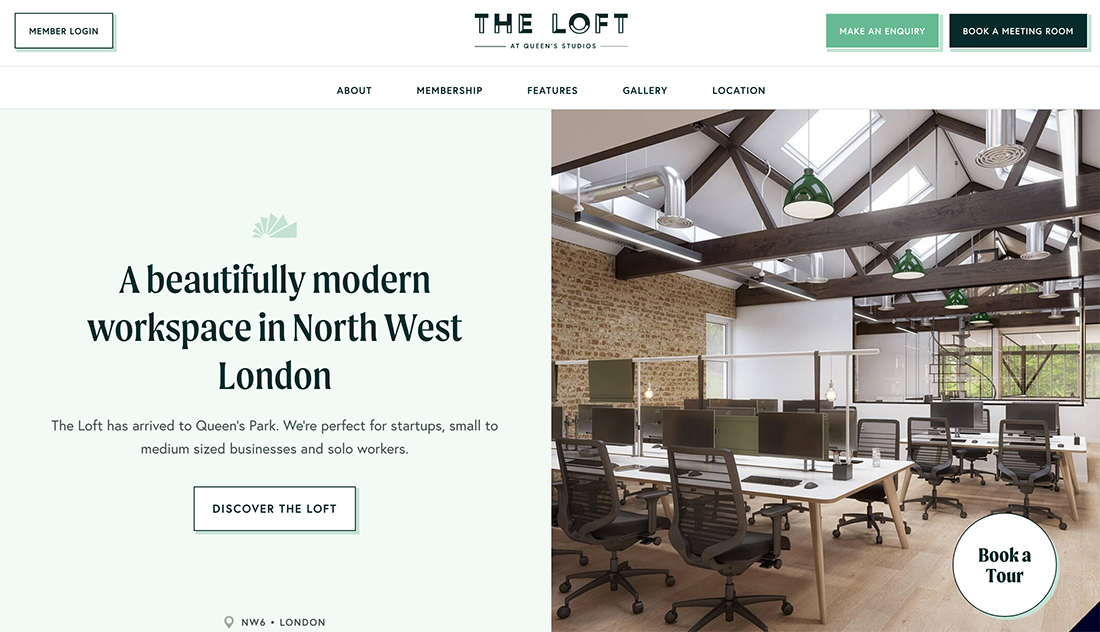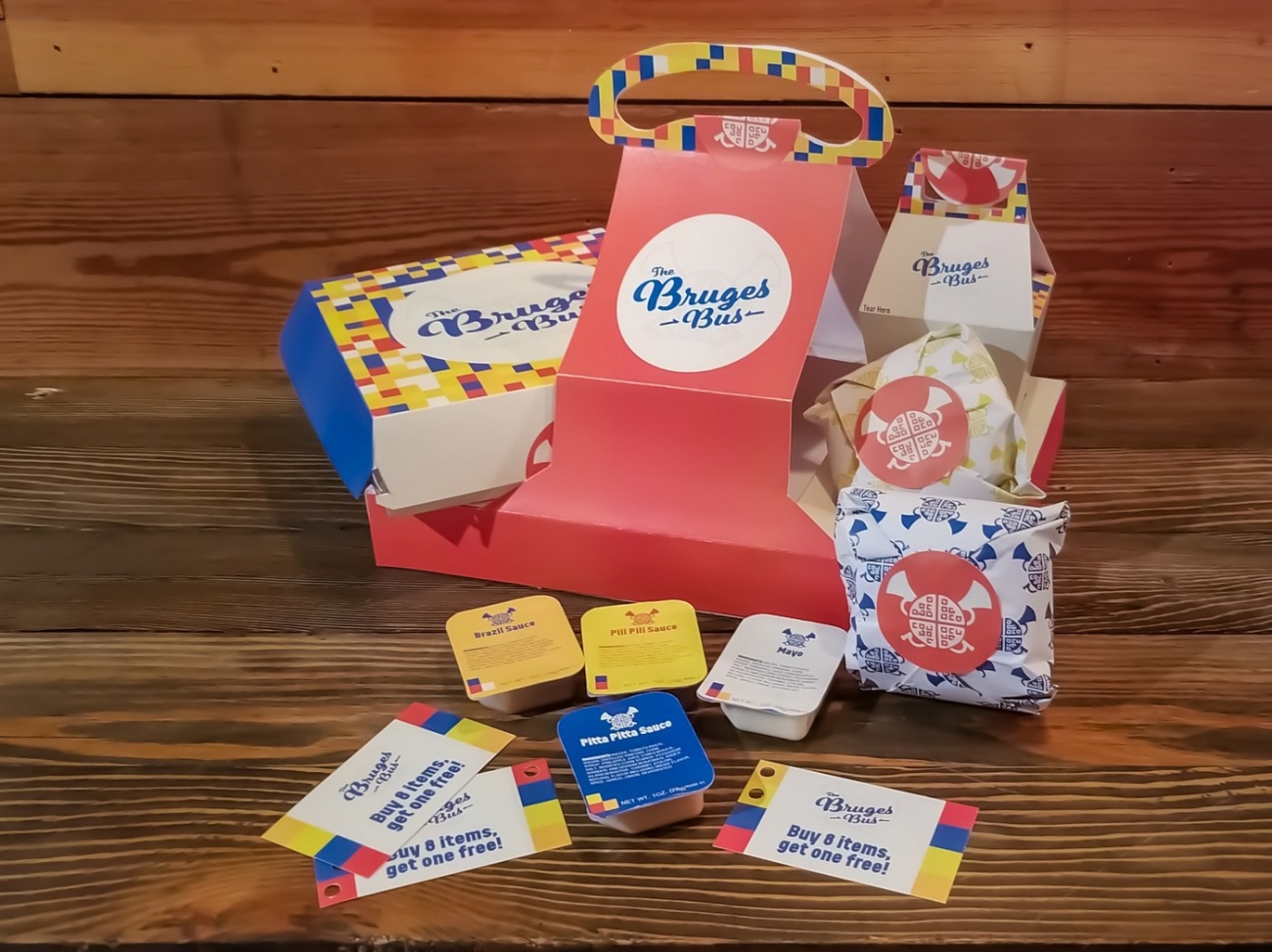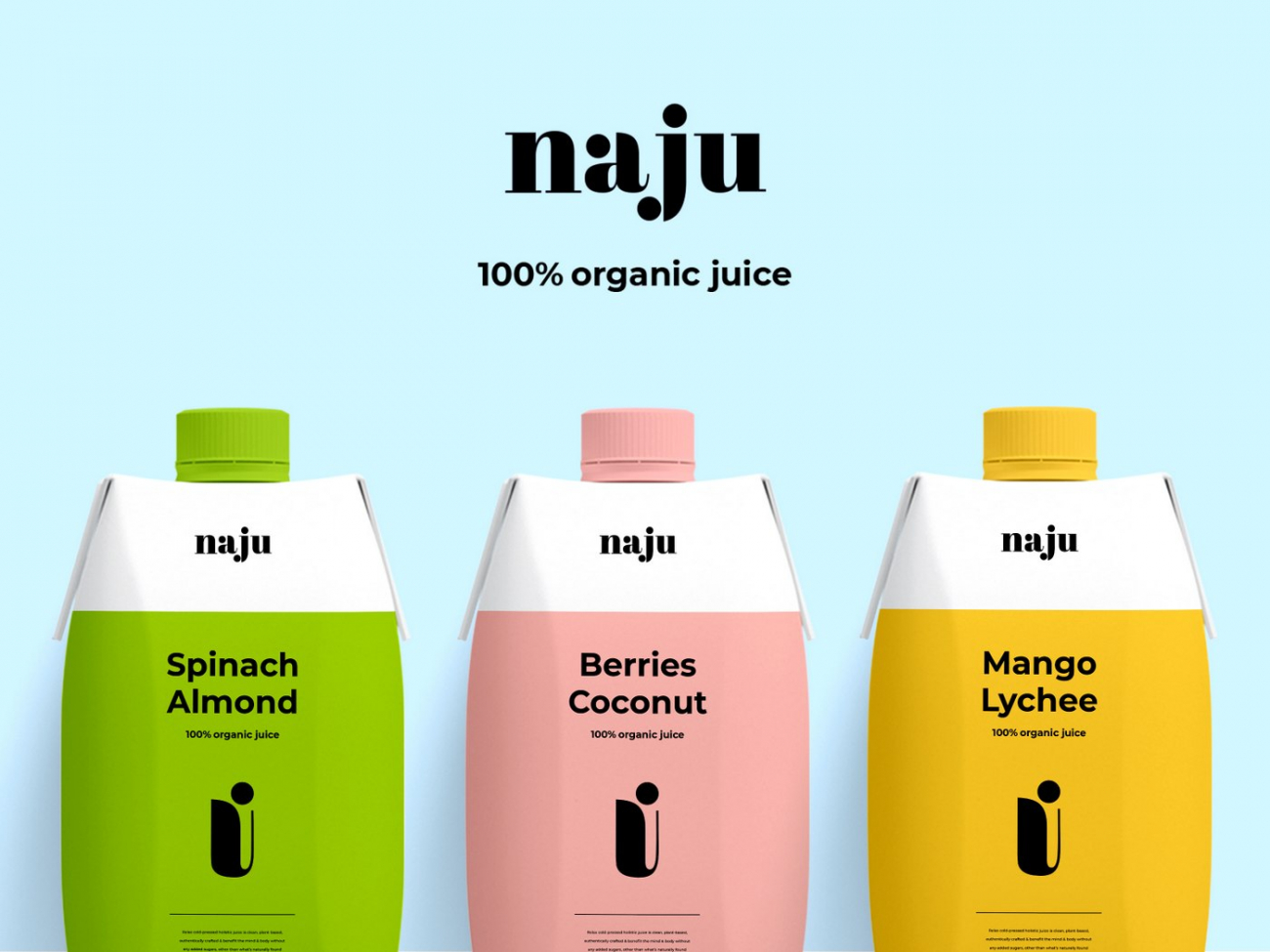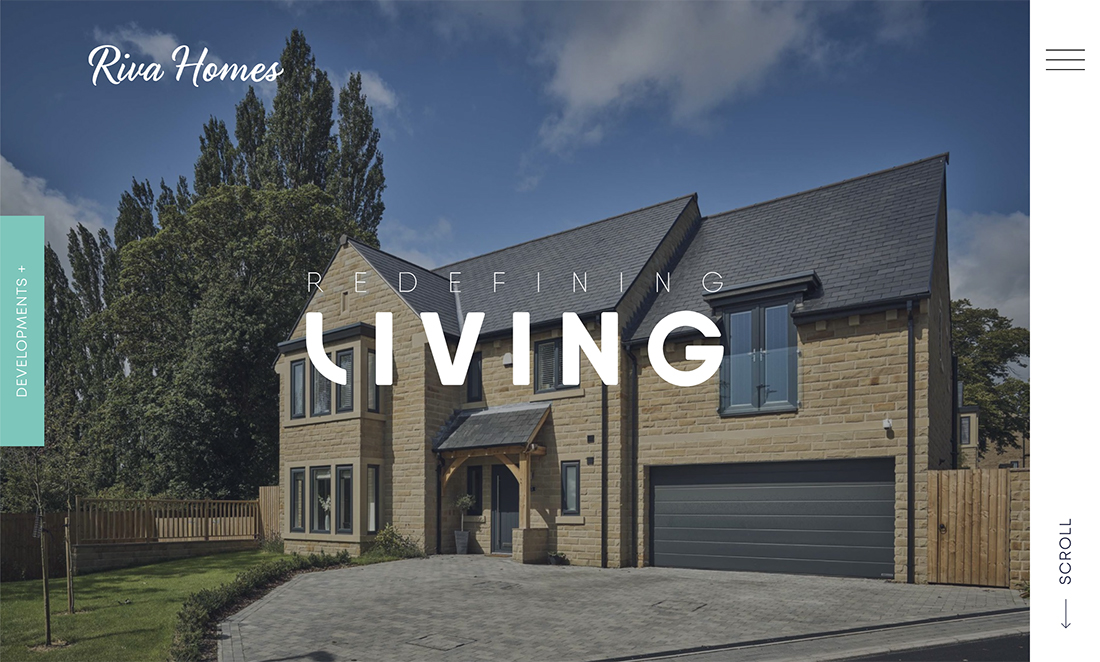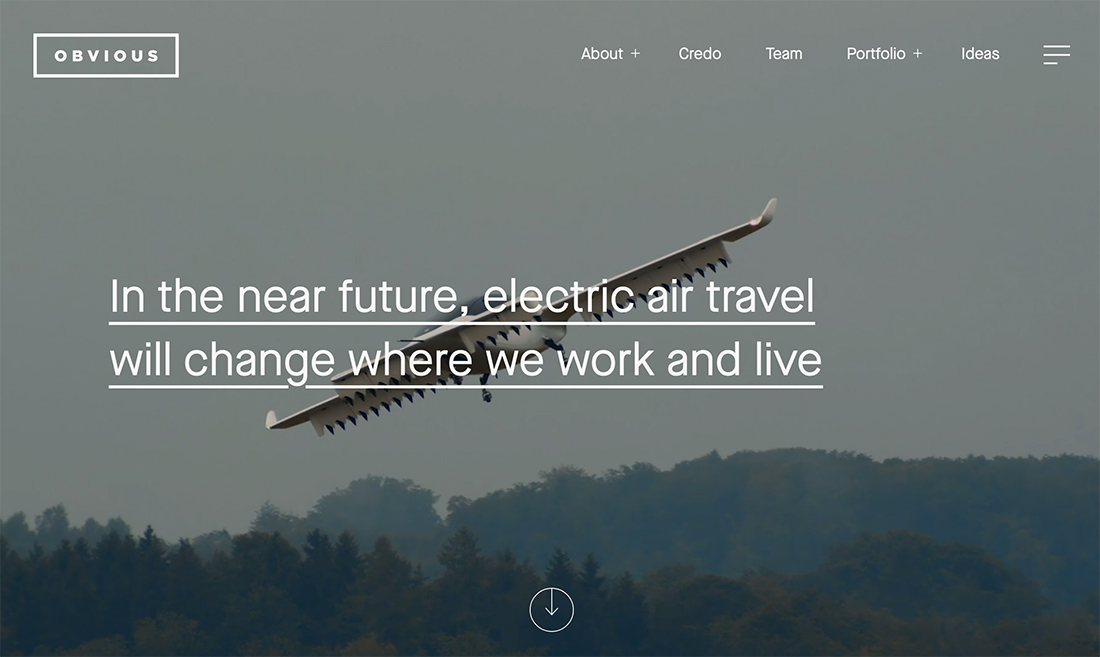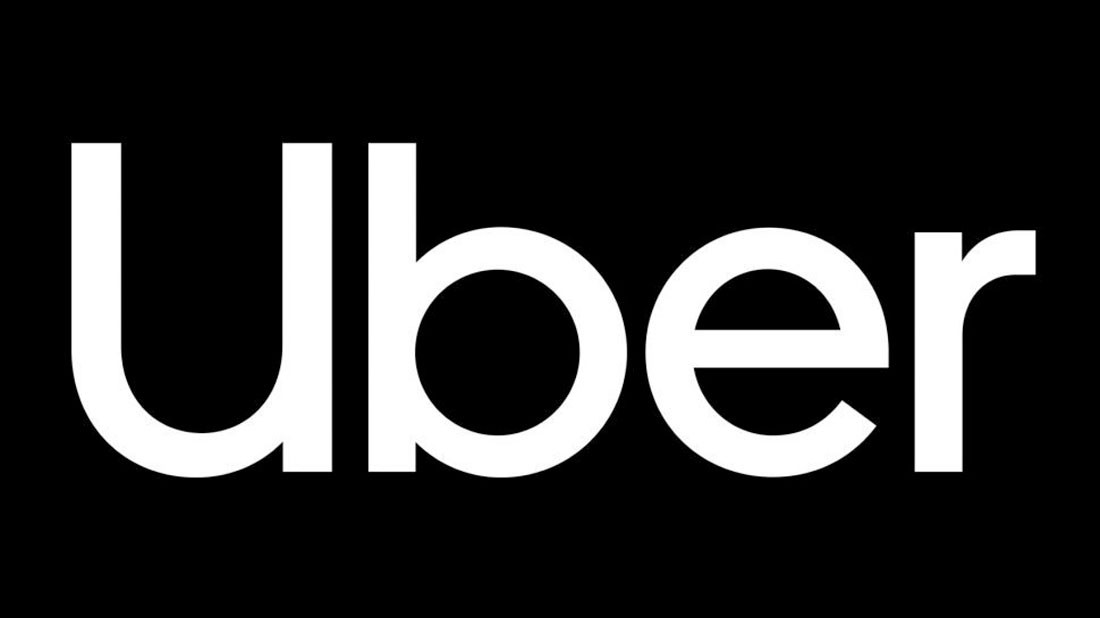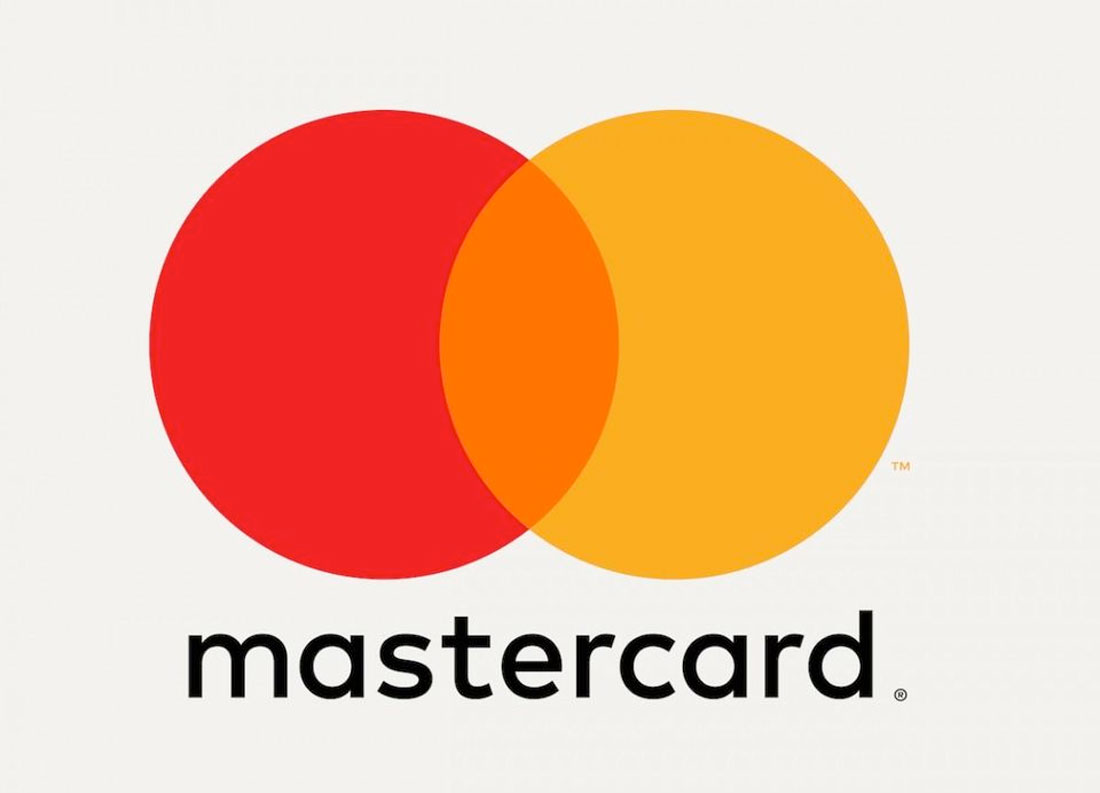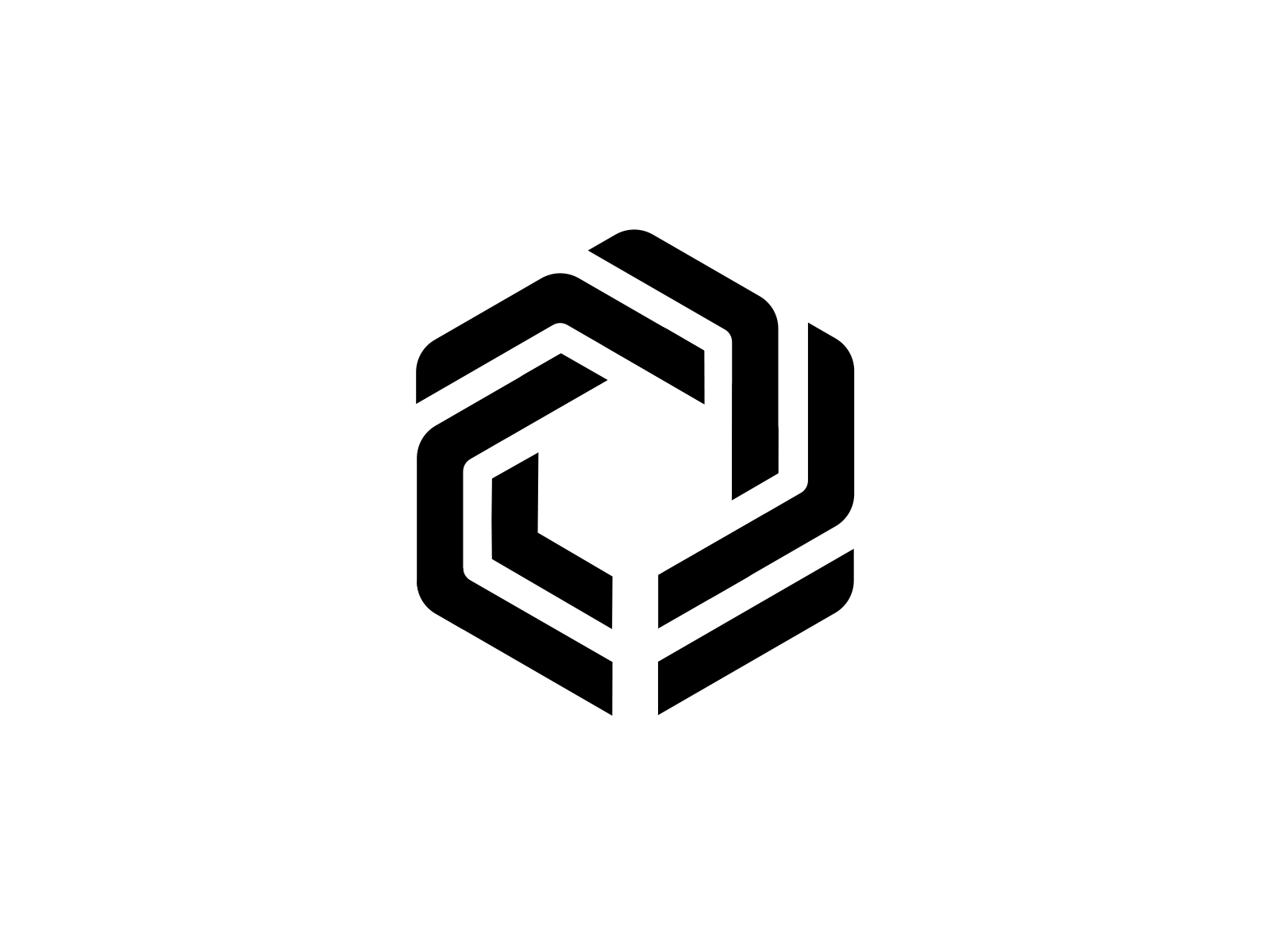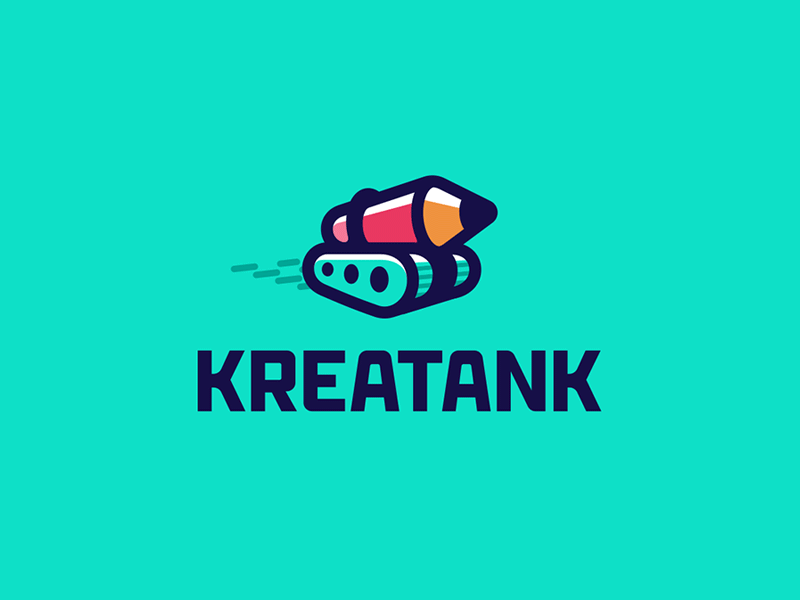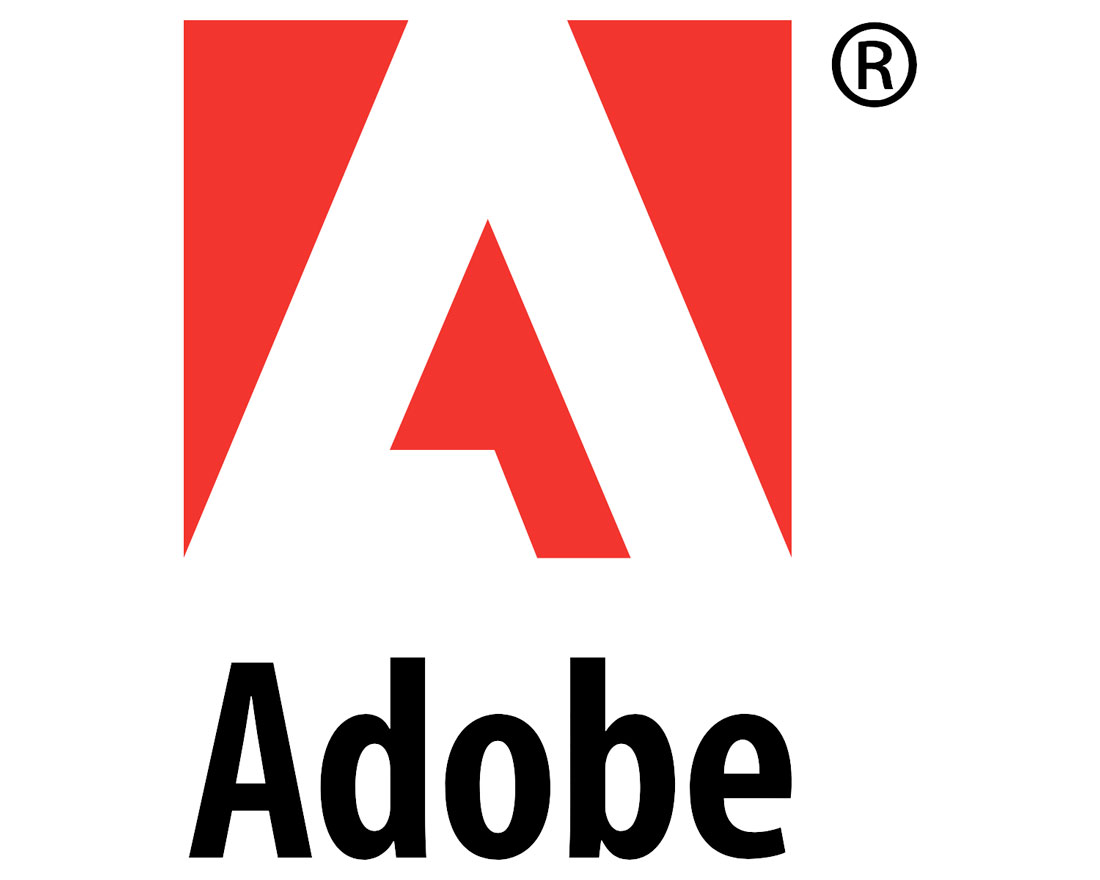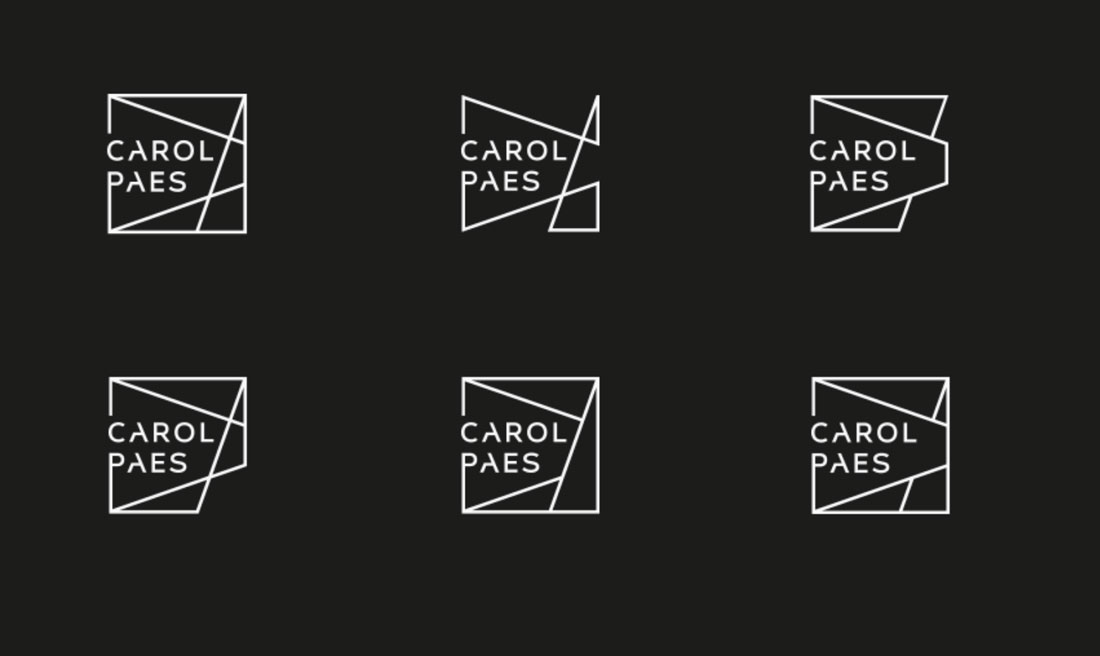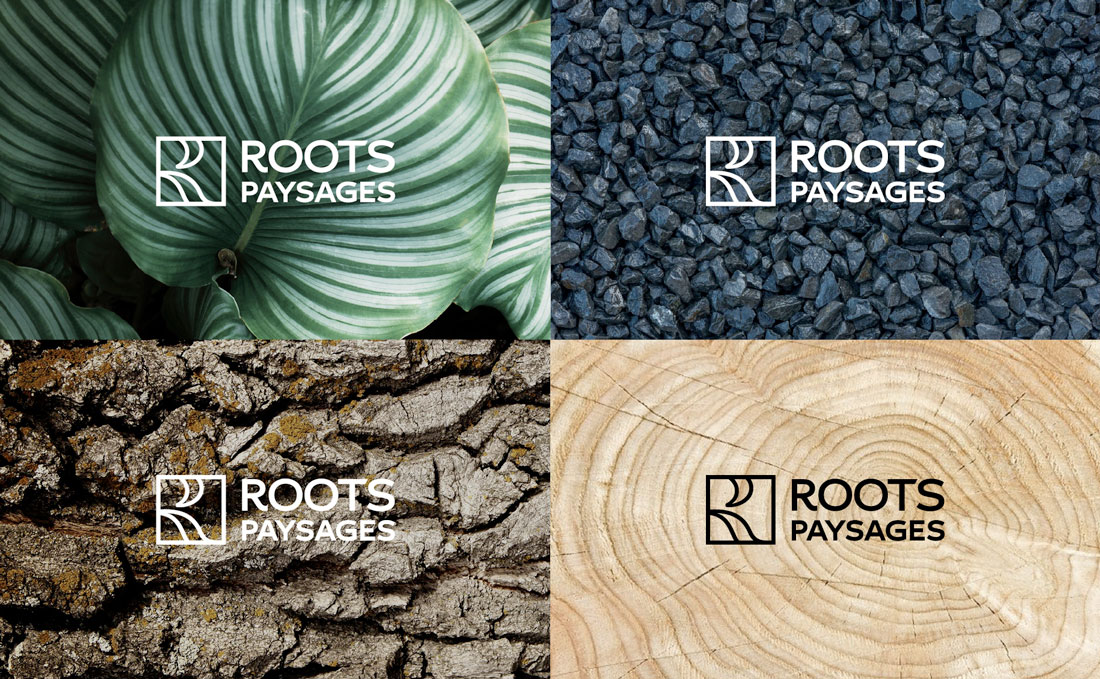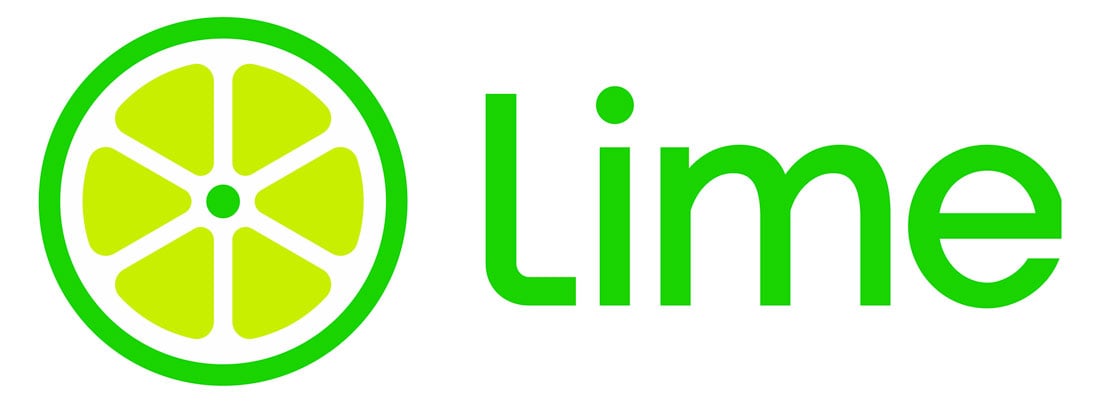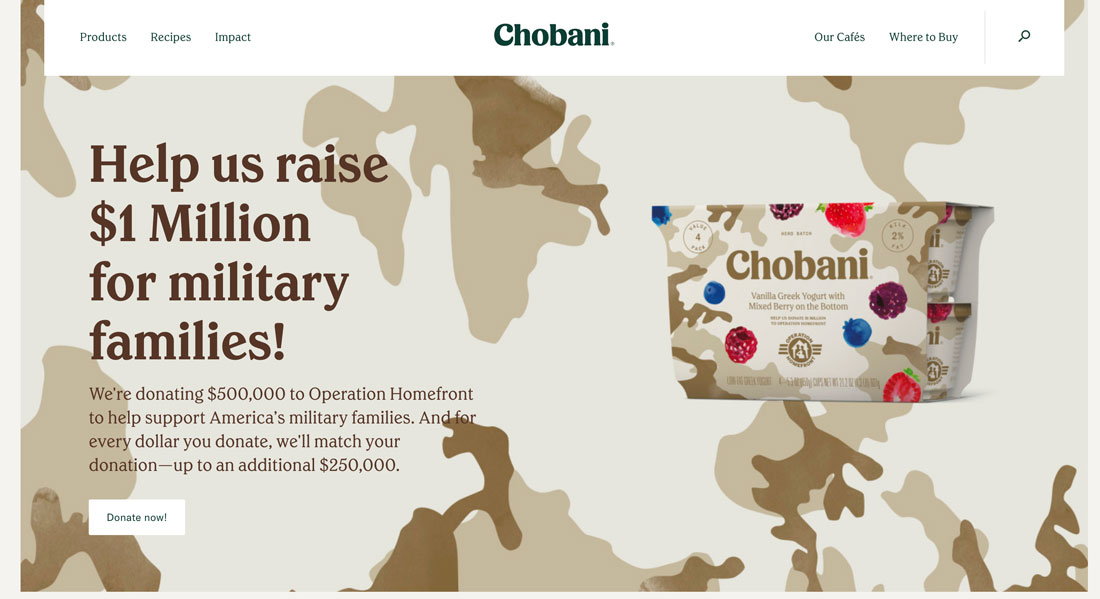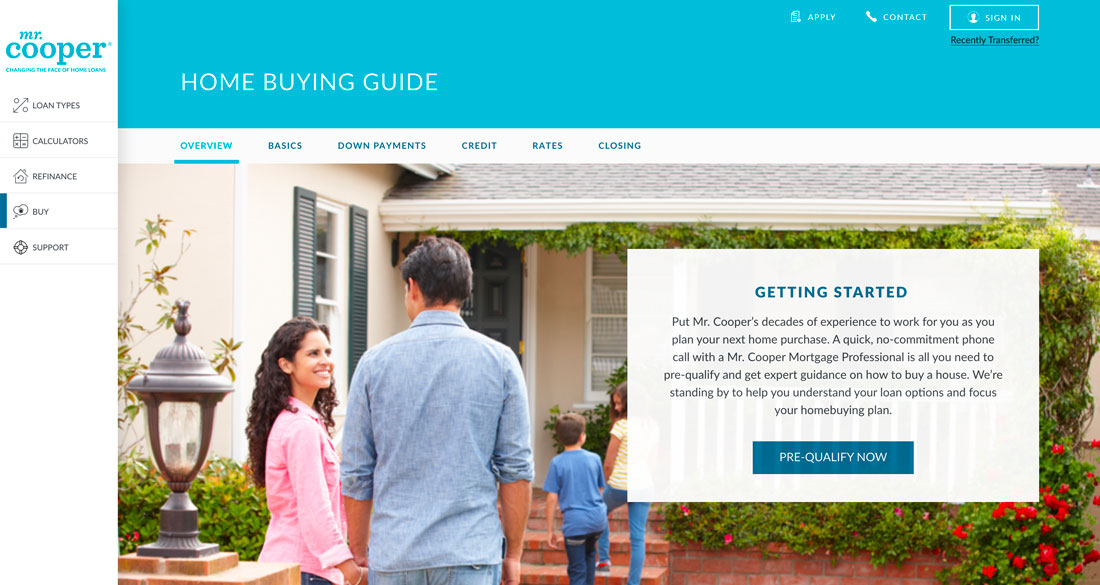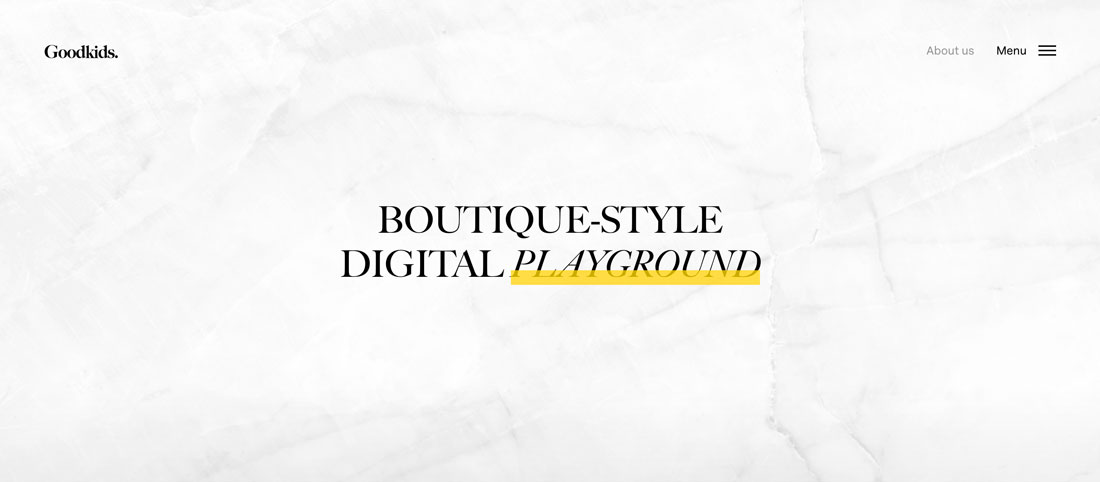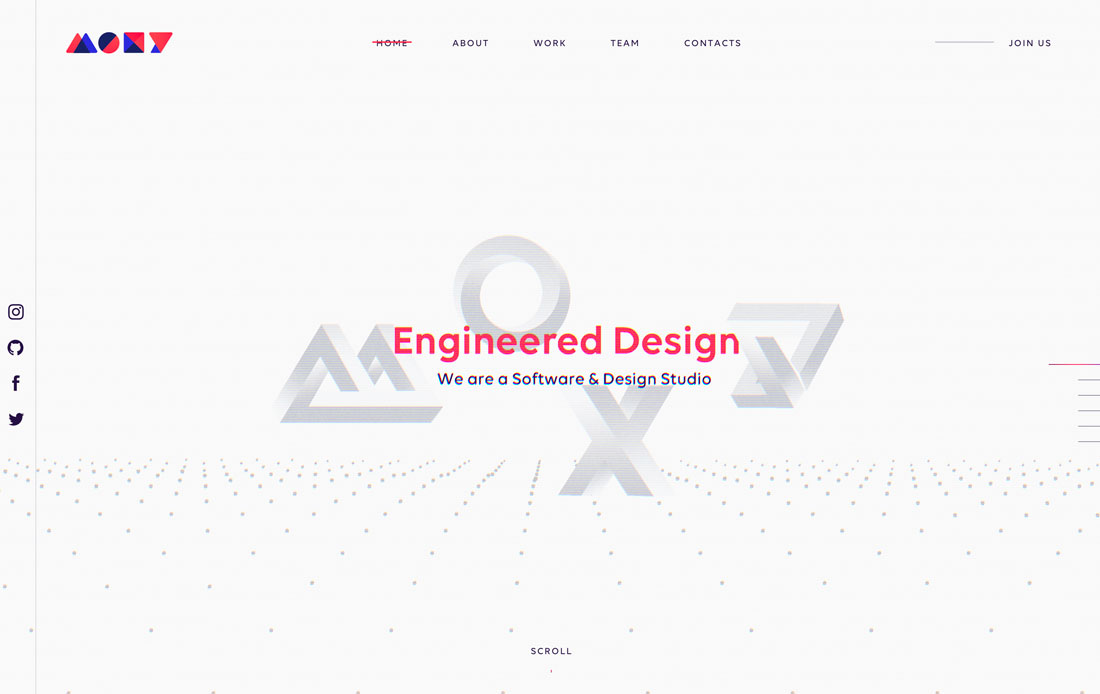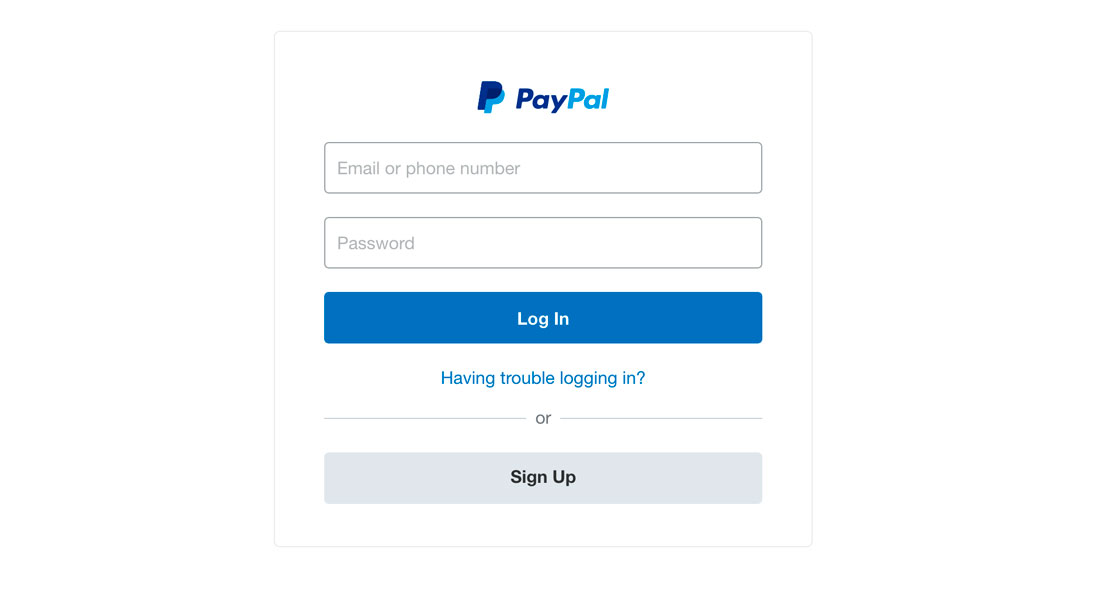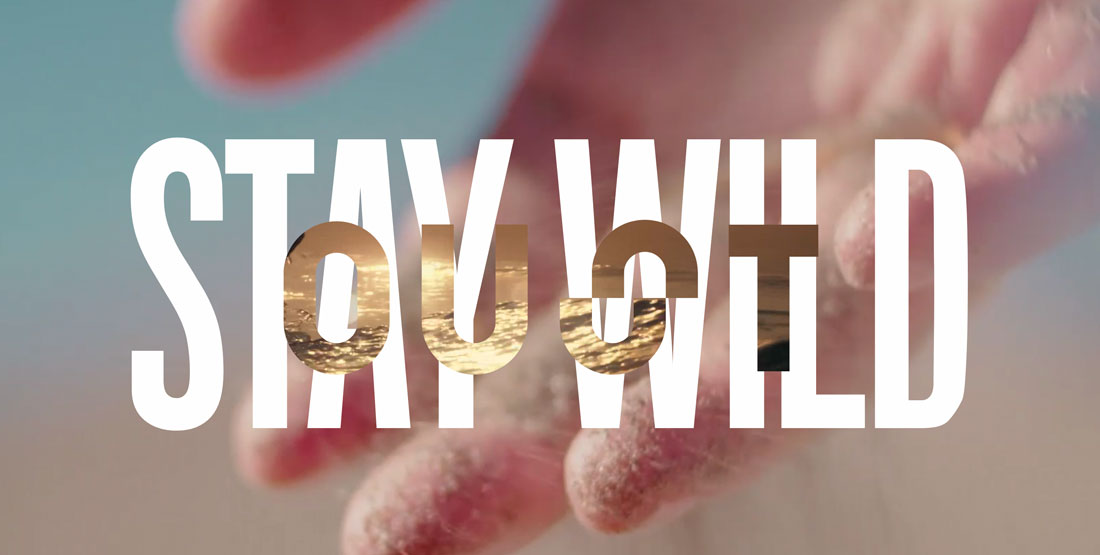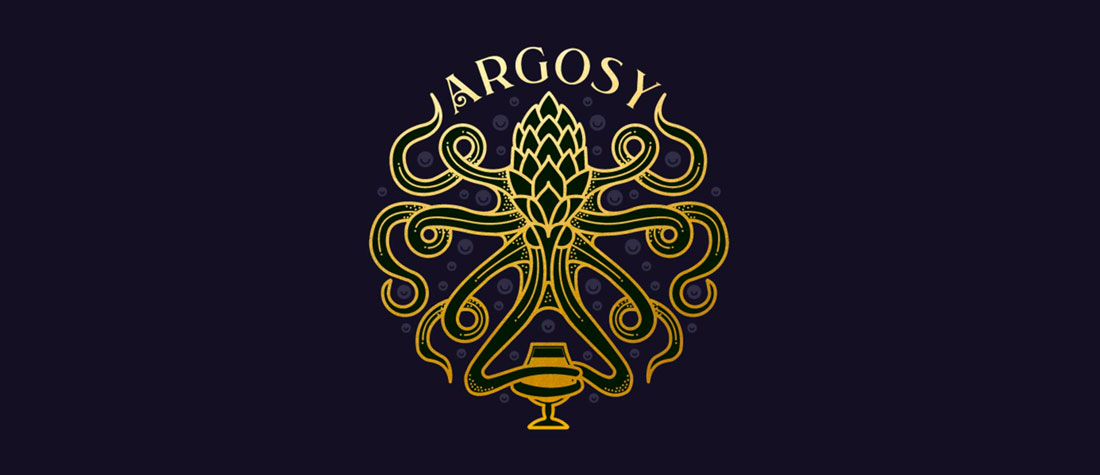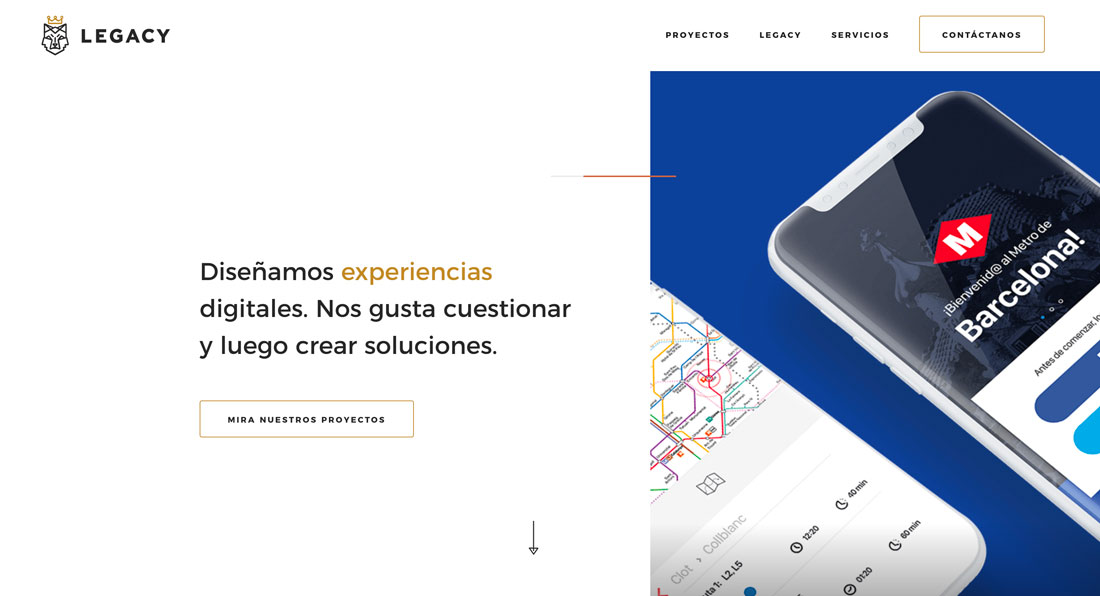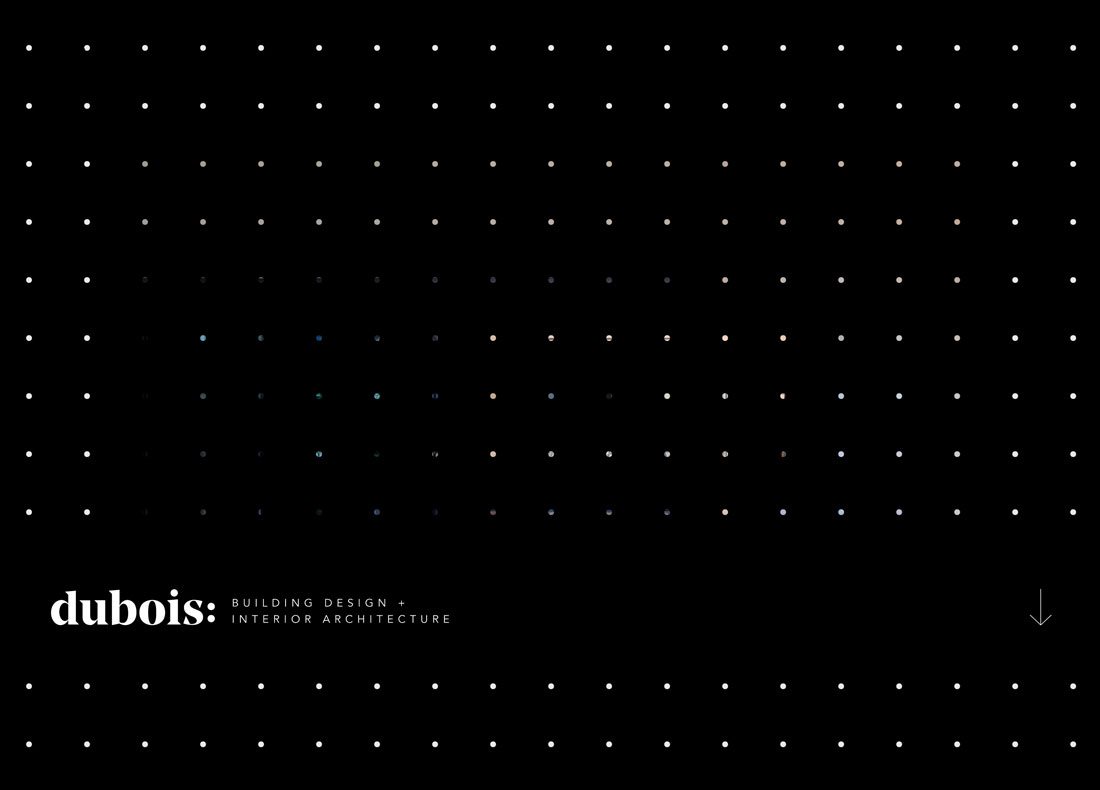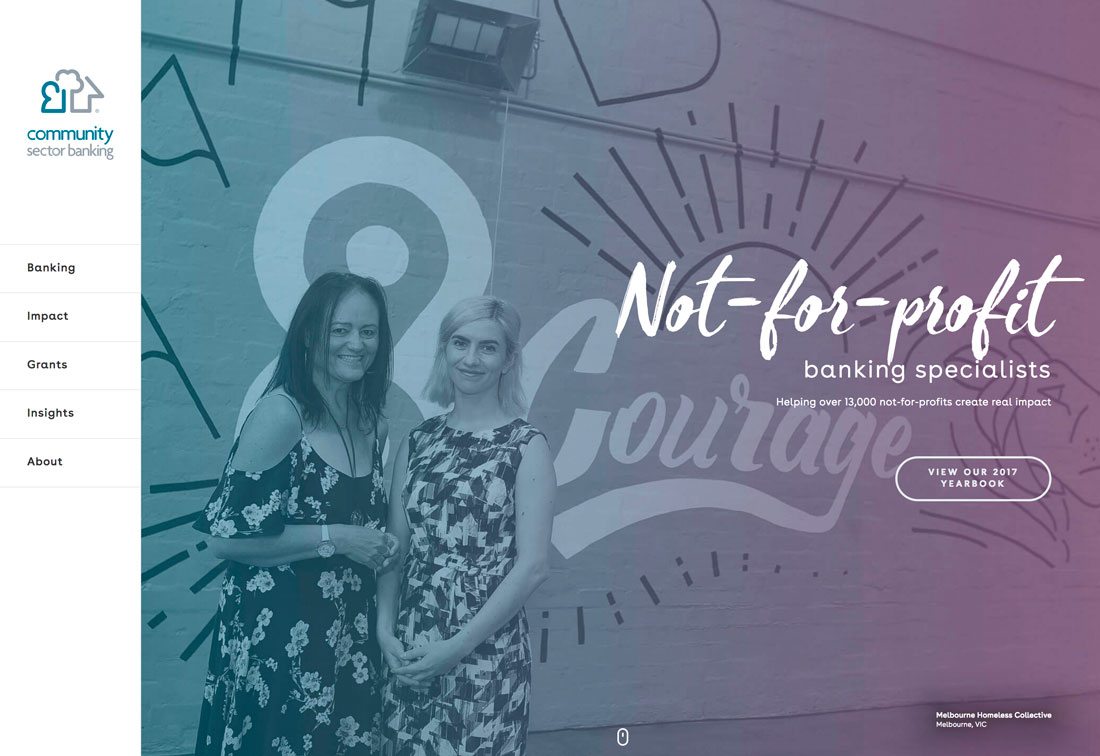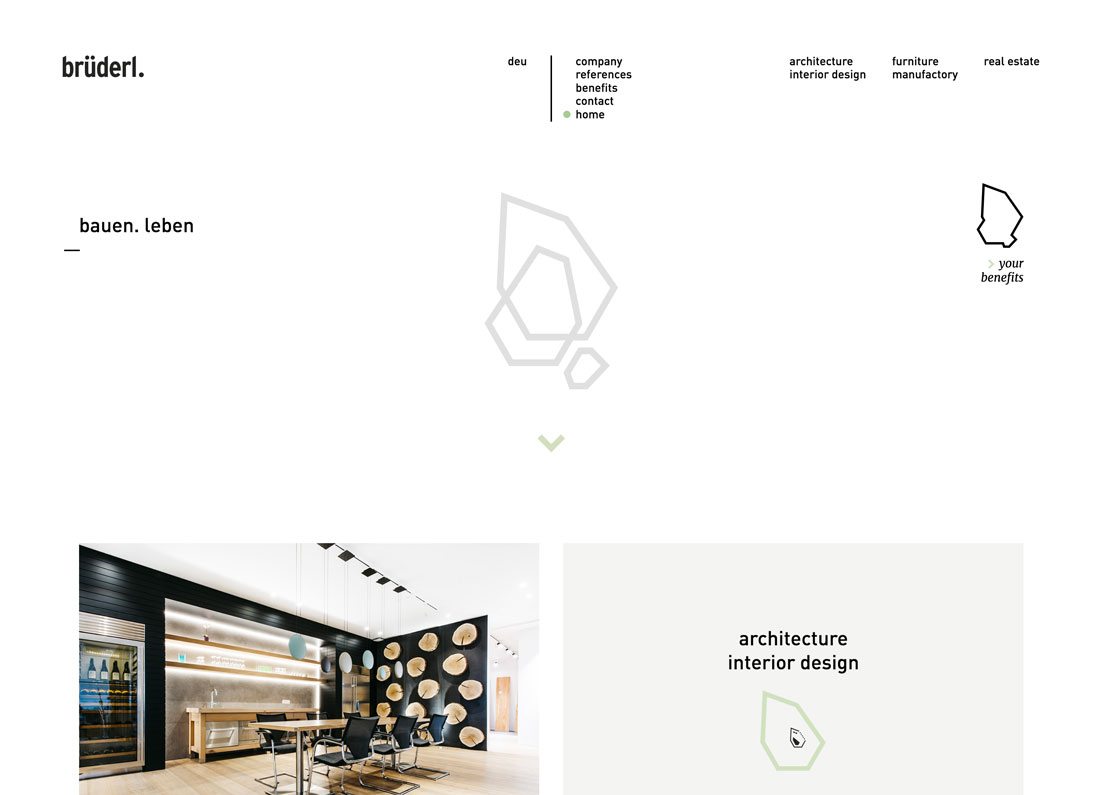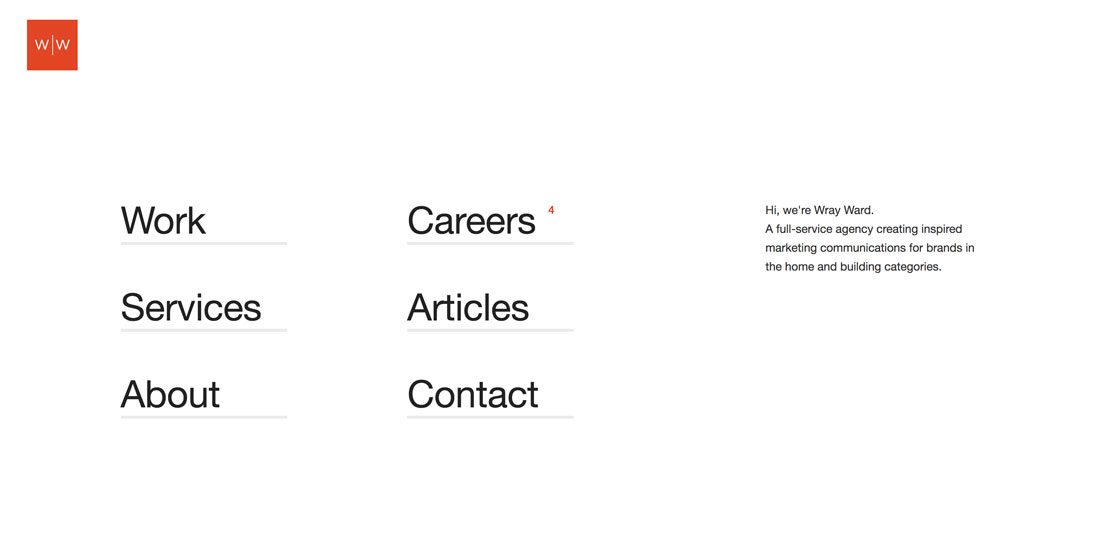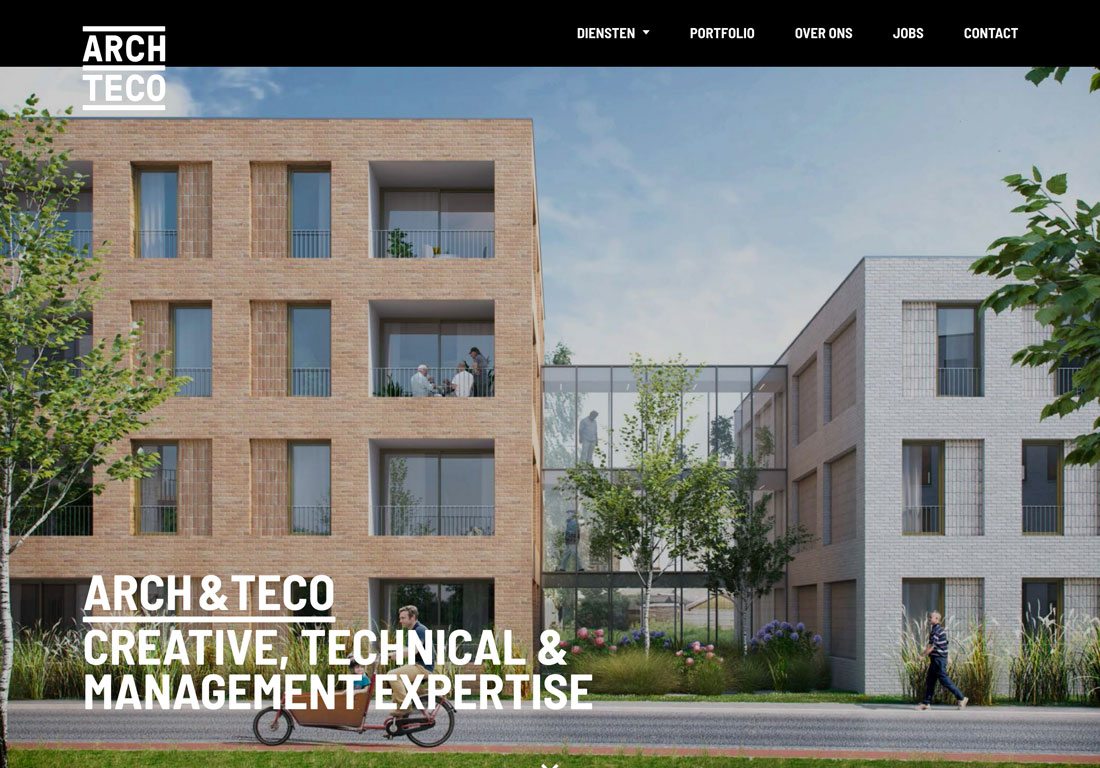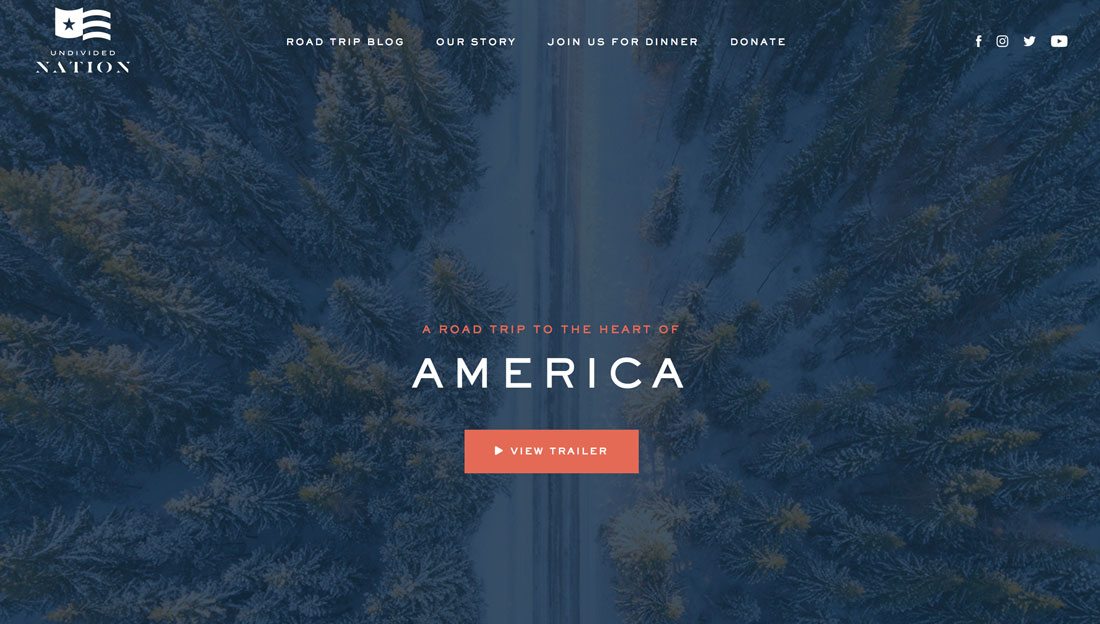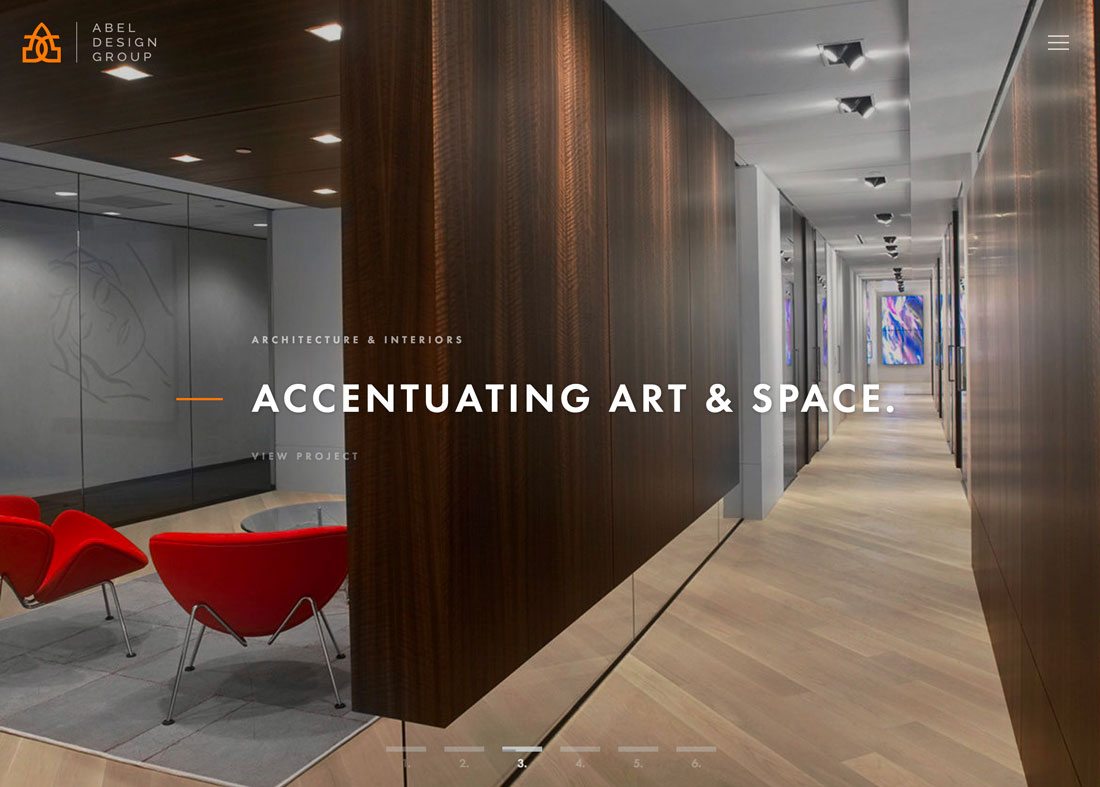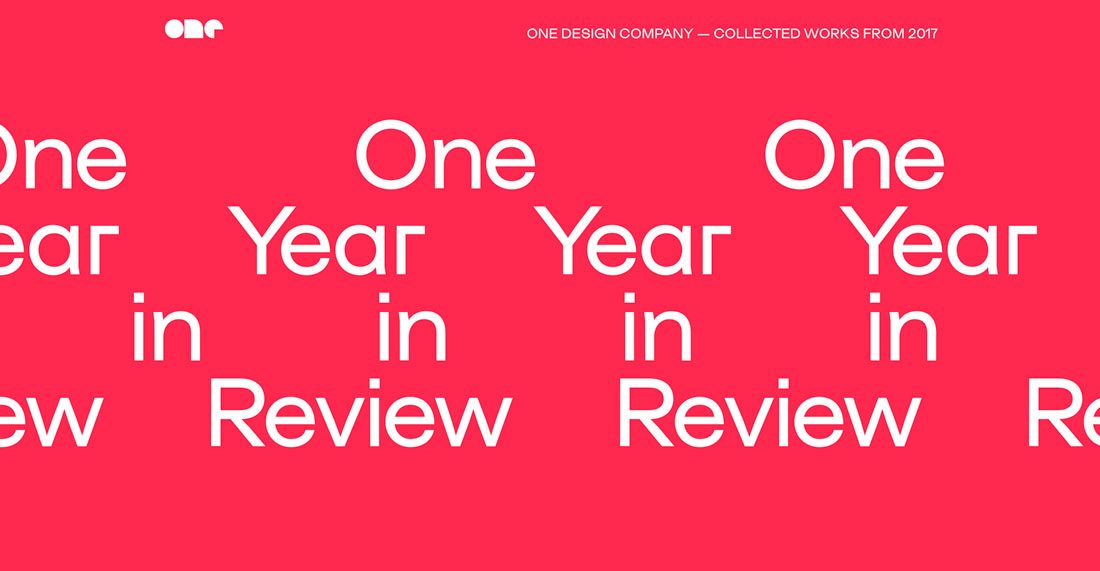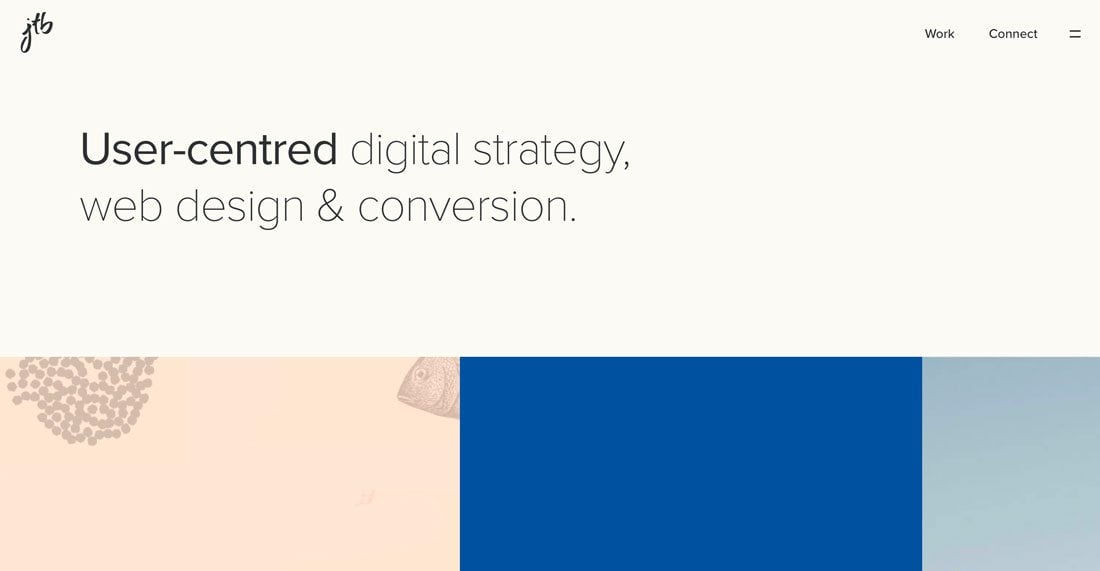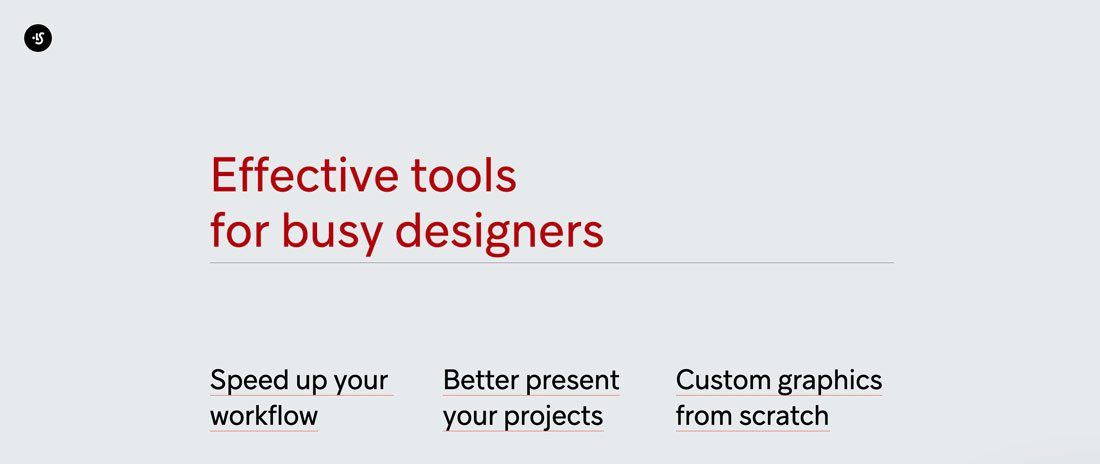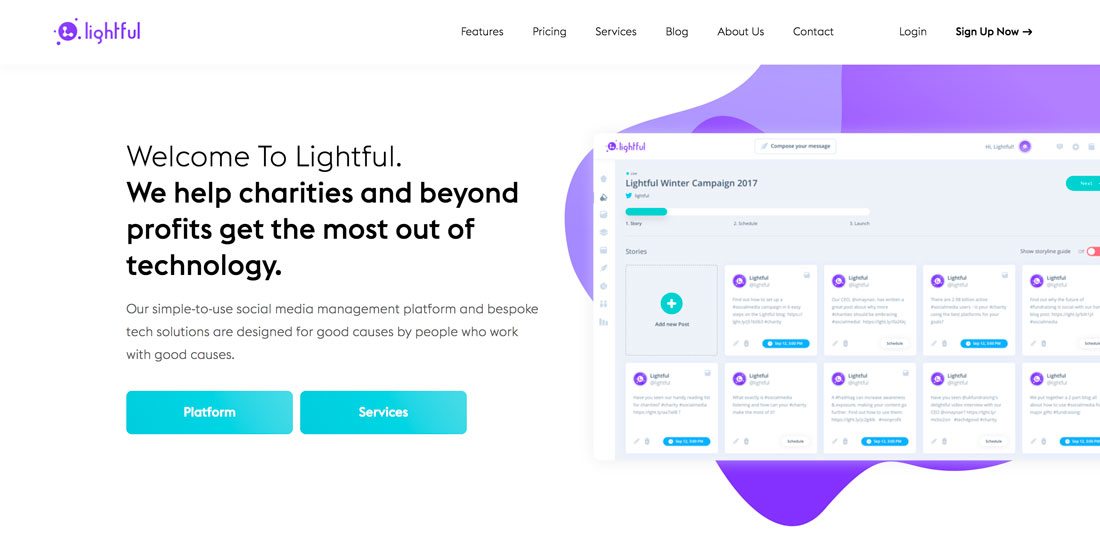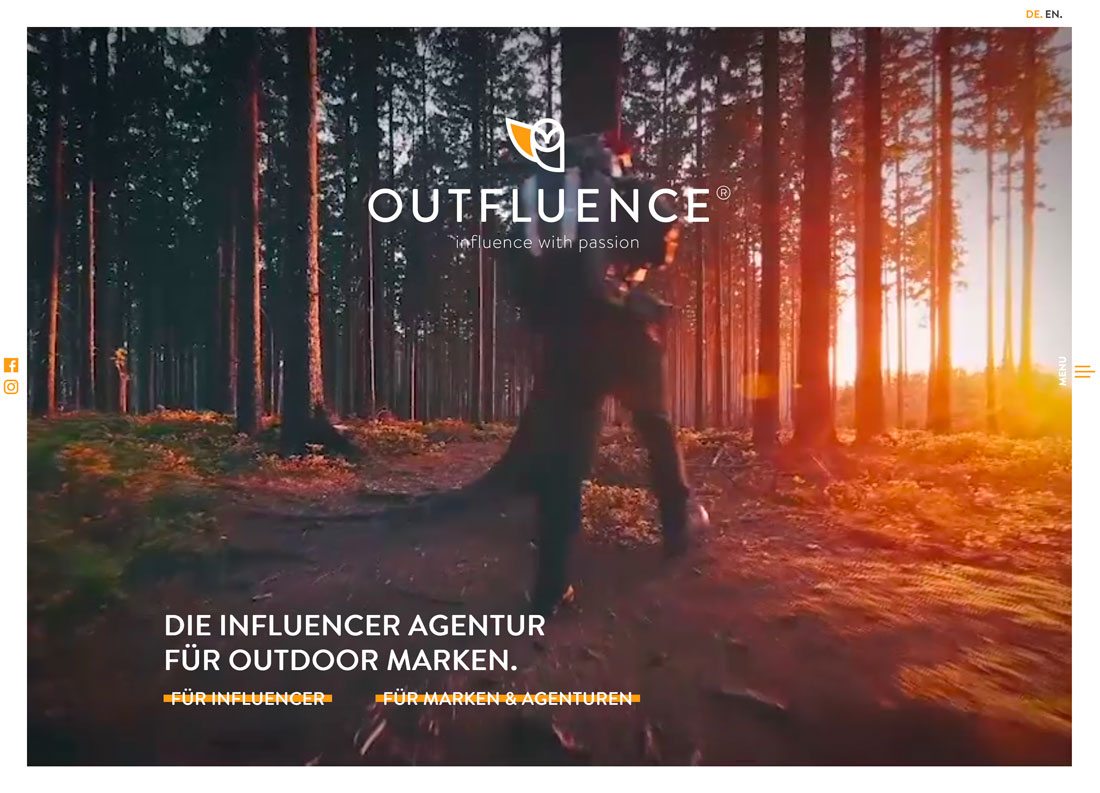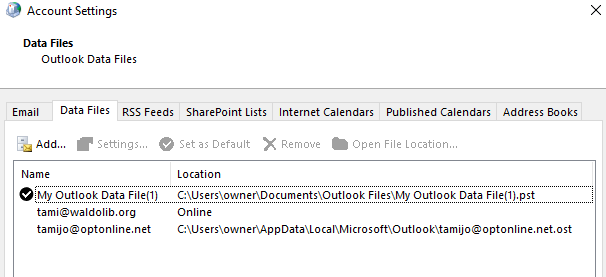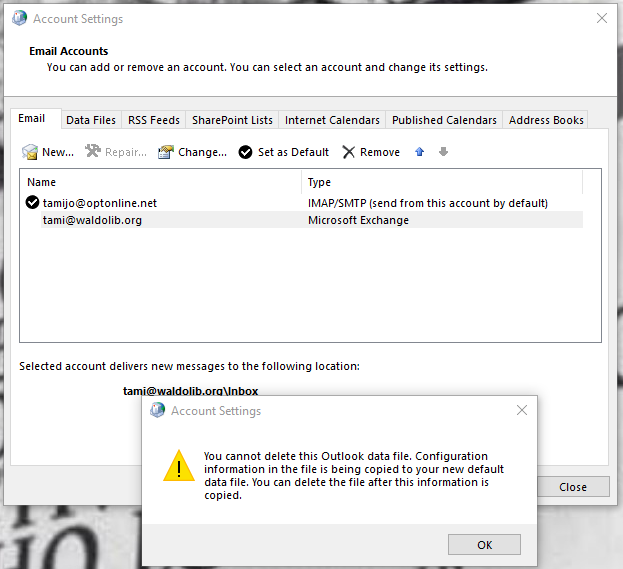Tackling marketing without a solid plan is like putting together a puzzle without all the pieces — I know this firsthand.
Before using a marketing strategic framework, my efforts often felt scattered, with no real direction. But once I started implementing these frameworks, things started to click.
Suddenly, my campaigns were more focused, organized, and way more effective. I noticed the sky looked bluer, and the flowers smelled sweeter. Well, maybe that last part isn’t true, but everything seemed to run much more smoothly.
![Download Now: Free Marketing Plan Template [Get Your Copy]](https://no-cache.hubspot.com/cta/default/53/aacfe6c7-71e6-4f49-979f-76099062afa0.png)
A good marketing framework doesn’t just give you clarity: it turns your entire strategy into a well-oiled machine, helping you run campaigns confidently and get real, measurable results.
In this post, I’ll walk you through nine marketing frameworks that will help you bring order to your marketing strategy and deliver consistent results.
Table of Contents
You can think of it like this: You wouldn’t dream of approaching your marketing with a “throw spaghetti at the wall and see what sticks” attitude because it would be a disaster for your organization.
Instead, you'll likely spend days, weeks, and even months identifying your target audience, where they spend time, determining the perfect way to reach them, and communicating the benefits of your product or service in a marketing plan.
Your marketing strategy framework takes this all a step further and, as mentioned above, ensures your marketing plan is successful because you’ll share content with your audiences at the right time in the most relevant channels that are more likely to drive results.
The Benefits of a Marketing Framework
A marketing strategic framework does more than just keep you focused on the task at hand. As your company grows and your team grows along with it, you must find a way to communicate with every member of the marketing department, no matter where they work or what tasks they are responsible for.
Creating a marketing framework is the best way to ensure that everyone knows what they need to do and how they need to do it. Additional benefits of utilizing a marketing framework include:
- Creates a home for templates, guides, tools, and assets that all marketers in your organization will need to access.
- Establishes and communicates approved verbiage for the organization.
- Improving marketing enhances the growth and bottom line of the company.
- Allows the team to compare different strategies and determine the best route.
- Communicates who is responsible for what and makes transferring people from one role to another easier.
- Saves time by limiting “redos” — areas often susceptible to errors that need work.
In addition, your framework will help you predict your customer’s behavior and the revenue you can expect to see. As a result, it will help your team function more efficiently and produce more effectively.
The Best Marketing Frameworks
Marketing has probably existed since prehistoric days when entrepreneurial cavemen designed state-of-the-art spears and tried selling them to their less “handy” counterparts.
Okay, that might not be true, but marketing has been a necessary aspect of business for a long time, and, over that time, savvy marketers have designed models and frameworks to make their (and your) job easier. Let’s take a look at some traditional models as well as some newer frameworks.
Traditional Marketing Models
1. 7Ps Marketing Mix
The 7Ps Marketing Mix is the ultimate checklist for getting your product or service into the world.
It started in the '60s with just four Ps — Product, Price, Place, and Promotion — but as businesses and markets became more complex, it expanded to include People, Process, and Physical Evidence.
Think of it as covering all the bases to ensure you’re not missing anything crucial when planning your marketing strategy.
When to Use It
I’ve found that the 7Ps framework really comes in handy when you’re in the planning stages of something new or when you need to take a fresh look at what you’re already offering. It’s a great way to make sure you’re thinking about everything, from how much you’re charging to how you’re delivering your product to customers.
How to Use It
- Product: What exactly are you selling? Make sure you’re crystal clear on the features, benefits, and what makes it stand out from the competition.
- Price: Figure out how much you’re going to charge. Consider production costs, what your competitors charge, and how much value your customers see in your product.
- Place: Where are you going to sell it? Whether in a physical store, online, or both, the key is ensuring your target audience can easily get their hands on it.
- Promotion: How are you going to get the word out? This covers everything from ads to social media to email campaigns — anything that helps you connect with your audience.
- People: Who’s involved in delivering your product? From your sales team to customer support, having the right people in place can make a difference in how your customers experience your brand.
- Process: What’s the process for getting your product to your customers? It’s important to map this out to keep things running smoothly and ensure your customers are happy.
- Physical Evidence: What tangible proof do you have that your business is legit? This could be anything from your packaging to online reviews — anything that gives your customers confidence in your brand.
Pro tip: I’ve learned that the 7Ps framework isn’t something you do once and forget about. Markets change, customer needs evolve, and you must revisit your marketing mix regularly to stay ahead.
Example: Let’s say my company is launching a new software tool. For “Promotion,” I’m going to zero in on digital marketing channels like social media ads and email campaigns, knowing that’s where my tech-savvy audience hangs out.
When it comes to “Process,” I’m going to streamline the customer journey from discovery to purchase by ensuring our website is optimized for conversions, with clear CTAs, a quick checkout process, and automated follow-up emails to nurture leads.

2. STP Marketing Model
The STP Marketing Model is all about getting laser-focused on who your customers are and how to best reach them. STP stands for Segmentation, Targeting, and Positioning (it also stands for the seminal ‘90s alt-rock band Stone Temple Pilots, but that’s not what we’re talking about here).
STP is a top-down approach that helps you break down your audience into smaller segments, determine who’s most likely to be interested in your product, and then position your brand to appeal directly to them. In my experience, it’s like crafting a personalized message for each group rather than a one-size-fits-all approach.
When to Use It
I’ve found the STP model to be super useful when you’re looking to refine your marketing efforts, especially if you’ve got a diverse audience.
Whether launching a new product or trying to make your existing campaigns more effective, this model helps you zero in on the most receptive segments and tailor your messaging accordingly.
How to Use It
- Segmentation: Start by dividing your overall market into smaller segments based on different criteria like demographics, behaviors, or needs. The goal is to identify distinct groups within your broader audience.
- Targeting: Once you have your segments, it’s time to decide which ones are worth focusing on. Pick the groups most likely to convert or bring the highest value.
- Positioning: Finally, position your product in a way that resonates with your chosen segments. Craft a message highlighting how your product meets their needs and sets you apart.
Pro tip: From my experience, don’t shy away from revisiting your segments and targets as your business grows. Your audience’s needs can change over time, and staying flexible with your STP strategy can help keep your messaging relevant and effective.
Example: Let’s say I’m launching a new line of eco-friendly products. For “Segmentation,” I’ll break down our audience by eco-consciousness and lifestyle choices. Then, in the “Targeting” phase, I could focus on young professionals passionate about sustainability.
Finally, for “Positioning,” I can emphasize our products' environmental benefits and unique features, positioning them as the perfect choice for people who want to make a difference without sacrificing quality.

3. Porter’s Five Forces
Porter’s Five Forces is one of those frameworks I turn to when I need to understand the bigger picture better.
While most marketing frameworks focus on the product and the audience, this one looks outward at the external influences that can impact profitability.
Developed by Michael Porter, a Harvard Business School professor and expert in competitive strategy, this framework helps you evaluate five key forces that shape any industry’s profitability and competition:
- Threat of new entrants.
- Bargaining power of suppliers.
- Bargaining power of buyers.
- Threat of substitute products or services.
- Intensity of competitive rivalry.
Porter’s extensive work in competitive strategy has made this model a cornerstone in business strategy, helping companies understand the complexities of their competitive environment.
When to Use It
I find this framework especially useful during strategic planning, whether entering a new market or launching a new product.
Even if you’re not in the early stages, it’s a great way to reassess your position and identify where to gain a competitive edge. It’s also handy for established businesses to understand how industry dynamics are shifting.
How to Use It
To apply Porter’s Five Forces, start by analyzing each of the five forces in the context of your industry.
- Threat of New Entry: Consider your industry and assess how difficult it is for competitors to enter. Are there significant barriers, such as high capital costs or strict regulations? Or is it relatively easy for new businesses to join? If you're in a mature industry, you may be less worried about new competitors, but this can be a major concern in emerging, dynamic markets.
- Bargaining Power of Suppliers: Next, assess the power suppliers have over your pricing. If there are only a few suppliers, they hold more power, which can hurt margins. For example, if I’m launching a new product dependent on unique materials, I’m going to feel the squeeze on my costs. But if there are many suppliers, shopping around and negotiating is easier.
- Bargaining Power of Buyers: Look at how much power buyers hold. If there are only a few large buyers, they can negotiate for lower prices or special terms. But when there are many buyers, controlling the terms is easier. I’ve found this is especially relevant in industries with big B2B contracts where a single buyer can significantly influence a company’s sales.
- Threat of Substitution: Substitutes are always lurking, especially in tech-driven industries. I stay attuned to alternative products or services that could easily replace ours. For example, if introducing a SaaS tool, you’ll want to watch out for free or cheaper DIY solutions that could lure customers away from your product.
- Competitive Rivalry: Finally, assess the competition. High rivalry often means price wars, increased marketing spend, and the need to differentiate aggressively. This force is especially intense in markets with low differentiation and many competitors — think airlines or fast food. Focus on building brand loyalty and offering something unique to stand out.
Pro tip: When conducting a Porter’s Five Forces analysis, consider future trends and how these forces might evolve. This can help you stay ahead and adjust your strategy proactively. Download a free Porter's Five Forces model template to try it yourself.

Modern Marketing Models
Now, let’s look at some of the newer models to hit the marketing scene. While they may not have been around as long as the more traditional models, they take into account the current marketing climate and often focus on startups.
4. Pirate Metrics or “AARRR!”
Don’t worry — you don’t need to wear an eye patch or adopt a parrot to use this one. Pirate Metrics, or AARRR, is a framework developed by startup guru Dave McClure. It’s all about tracking the customer journey, from discovering your brand to the point where they’re so happy they’re telling everyone about you.
The name comes from the five stages it focuses on: Acquisition, Activation, Retention, Revenue, and Referral. In my experience, this model is great for startups or any business looking to understand how to optimize each step of the customer journey.
When to Use It
I’ve found Pirate Metrics to be incredibly useful when you’re trying to get a clear picture of where your customers are coming from, how they’re interacting with your product, and what’s keeping them around.
If you’re focused on growth and looking for ways to improve your customer lifecycle, this framework is definitely worth a look.
How to Use It
- Acquisition: This is all about finding out where your customers are coming from. Are they discovering you through Instagram ads, organic search, or maybe word of mouth? Knowing this helps you double down on what’s working.
- Activation: Once they’ve found you, what’s the first action they take? Maybe they sign up for your newsletter, create an account, or download a free guide. The goal here is to track these initial steps and make sure they’re as smooth as possible.
- Retention: Okay, so they’ve interacted with you once — now, are they coming back? Retention is key because it’s always easier (and cheaper) to keep a customer than to acquire a new one. Look at things like repeat visits, product usage, or subscription renewals to see how well you’re doing here.|
- Revenue: This is where the money comes in. How are you earning revenue from your customers? Whether it’s through one-time purchases, subscriptions, or upsells, tracking revenue helps you understand the financial health of your customer base.
- Referral: Finally, happy customers tend to spread the word. Are your customers telling their friends, leaving reviews, or sharing your product on social media? Referrals are golden because they lower your customer acquisition costs and bring in new business.
Pro tip: In my experience, Pirate Metrics works best when you track each stage regularly and look for patterns. If you notice a drop-off in one area, that’s your signal to dig in and see what’s going on.
For example, if you’re struggling with retention, maybe it’s time to enhance your onboarding process or offer more value to keep customers coming back.
Example: Let’s say I’m using the Pirate Metrics framework to launch a new app. For “Acquisition,” I’d focus on the most effective channels, like social media ads, and double down on those. In the “Activation” stage, I’d streamline the sign-up process to boost conversions.
For “Retention,” I’d engage users with regular tips or updates to keep them coming back. To drive “Revenue,” I’d optimize upsell offers at key points in the user journey. Finally, for “Referrals,” I’d add a share button to encourage word-of-mouth growth.

5. Lean Analytics Stages
The Lean Analytics Stages framework is a must-know for anyone involved in a startup or looking to scale a new product.
Developed by Alistair Croll and Ben Yoskovitz, two well-respected figures in the startup and tech community, this framework helps startups focus on the right metrics at the right time, moving from an idea to a scalable business.
When to Use It
I’ve found the Lean Analytics Stages framework particularly useful for early-stage startups or when launching a new product. It helps you identify what to measure and when to measure it, so you can make informed decisions that drive growth.
How to Use It
- Empathy: It all starts with getting to know your customers. You spend time listening to their challenges, gathering feedback, and really understanding the problem you’re trying to solve. It’s all about empathy at this stage, and the goal is to create a minimum viable product (MVP) that addresses a real need.
- Stickiness: Once you’ve got your MVP, the focus shifts to engagement and retention. Are people coming back? Are they finding value in what you’re offering? At this stage, it’s crucial to fine-tune your product to keep users engaged and reduce churn.
- Virality: Now that you’ve got a core group of users, it’s time to think about growth. Before you start spending big on ads, you want to make sure your existing customers are spreading the word. Organic growth through referrals is a strong indicator that you’re on the right track.
- Revenue: This stage is all about making money. You need to figure out how to turn your engaged users into paying customers. Whether through subscriptions, one-time purchases or upsells, the focus is on generating sustainable revenue.
- Scale: Finally, once you’ve nailed down your revenue model, it’s time to scale. This means increasing your reach, entering new markets, or launching new products. The key here is to build on the data and insights you’ve gathered in the earlier stages to fuel growth.
Pro tip: In my experience, it’s important not to rush through these stages. Each one builds on the last, and if you skip a step, you might miss critical insights that could make or break your business. Take the time to dig into the data and really understand what’s driving your growth.
Example: Let’s say I’m scaling a new SaaS product using the Lean Analytics Stages framework. In the “Empathy” stage, I’d conduct interviews with potential users to pinpoint their biggest challenges, which would help shape the MVP.
I’d then test “Stickiness” by tracking how well users engage and return to the product. As we move into “Virality,” I’d encourage referrals to grow our customer base organically. Once “Revenue” is steady, I’d focus on “Scaling” by expanding into new markets and adding more features.

6. The Hook Model
No, it has nothing to do with the previously mentioned Pirate Metrics, but it does complement the stickiness and virality discussed during Lean Analytics.
The Hook Model focuses on building products that people can’t resist coming back to. It was developed by Nir Eyal, author of Hooked: How to Build Habit-Forming Products, and it focuses on creating habits that keep users engaged over the long term.
In my experience, this model is a game-changer for anyone looking to build products that users feel they can’t live without. It’s about understanding what drives user behavior and using that knowledge to create a cycle of engagement.
When to Use It
I’ve found The Hook Model to be particularly useful when you’re trying to design products or services that require ongoing user engagement. Whether you’re building an app, a website, or even a subscription service, this framework helps you think about how to make your product a regular part of your users’ lives.
How to Use It
- Trigger: This is where the user journey begins. Triggers can be external, like a push notification, or internal, like a feeling of boredom or stress. The key is to identify what will prompt users to engage with your product.
- Action: Once triggered, the user needs to take an action. This should be something simple and easy, like clicking a button or scrolling through a feed. The easier it is, the more likely users are to do it.
- Variable reward: This is where the magic happens. The reward has to be satisfying, but the key is that it’s variable. That little bit of unpredictability keeps users coming back, eager to see what they’ll get next.
- Investment: Finally, users need to invest something in the product, whether it’s time, effort, or data. The more they invest, the more likely they are to return because they’ve put something of themselves into the product.
Pro tip: One thing I’ve learned is that the best hooks are those that feel natural to the user. It shouldn’t feel like you’re manipulating them; it should feel like you’re genuinely solving a problem or adding value to their lives. When you get that balance right, users won’t just engage with your product — they’ll become loyal advocates.
Example: Let’s say I’m applying the Hook Model to a fitness app. The “Trigger” would be a daily reminder to log workouts, helping users stay consistent. For the “Action”, I’d make it as easy as possible, like entering workout details with just a few taps.
The “Variable Reward” could be random badges or milestones to keep users curious about what they’ll unlock next. Lastly, “Investment” would come from users tracking their progress over time, making them more committed as they see their improvements.

Image Source
7. The ICE Score
The ICE Score is a simple yet powerful framework for prioritizing ideas. Developed by Sean Ellis, often called the Father of Growth Marketing, this framework helps you quickly evaluate potential growth initiatives.
ICE — which stands for Impact, Confidence, and Ease — is a straightforward way to decide which ideas are worth pursuing based on these three factors. In my experience, the ICE Score is a lifesaver when you’re juggling multiple projects and need to make smart, fast decisions.
When to Use It
I’ve found the ICE Score to be incredibly useful when you’ve got a list of potential projects or strategies and need to prioritize them.
Whether you’re working on marketing campaigns, product features, or even internal processes, this framework helps you cut through the noise and focus on what’s most likely to move the needle.
How to Use It
- Impact: Start by asking yourself, “What’s the potential impact if this idea works?” You want to focus on ideas that could make a significant difference to your business or project goals. The bigger the potential impact, the higher the score.
- Confidence: Next, consider how confident you are that this idea will succeed. This is about gut feeling combined with data. If you’ve seen similar strategies work before, or if you’ve got solid research backing it up, give it a higher score.
- Ease: Finally, think about how easy it is to implement. This includes factors like time, cost, and resources. The easier something is to execute, the higher the score it should get.
Once you’ve rated each idea on a scale (usually from 1 to 10) for Impact, Confidence, and Ease, you add up the scores. The ideas with the highest total scores are the ones you should prioritize.
Pro tip: One thing I’ve learned is that the ICE Score is just a starting point. It gives you a quick way to prioritize, but don’t be afraid to adjust your approach if new information comes in or if something doesn’t feel right. Flexibility is key to making the most of this framework.
Example: Let’s say I’m using the ICE Score to decide which marketing channels to prioritize for a product launch. For “Impact,” I’d score social media ads the highest since they can quickly reach a large audience.
For “Confidence,” content marketing might score well because we’ve had past success with our content team.
For “Ease,” influencer partnerships would rank highest if we already had existing relationships. After adding up the scores, I’d focus on the strategies that offer the best return on investment.

8. STEPPS
STEPPS is a framework designed to help you create content that naturally spreads from person to person. Developed by Jonah Berger, a marketing professor and author of Contagious: Why Things Catch On, this model identifies six key ingredients that make content go viral.
STEPPS stands for Social Currency, Triggers, Emotion, Public, Practical Value, and Stories. From my experience, this framework offers a clear roadmap for crafting content that grabs attention and encourages people to share it.
When to Use It
I’ve found STEPPS to be particularly effective when you’re aiming to create content that generates excitement and widespread discussion. Whether it’s a blog post, a video, or a social media campaign, this framework helps ensure your content has the right elements to spark conversation and sharing.
How to Use It
- Social Currency: People enjoy sharing things that enhance their image or make them feel like insiders. Consider how your content can give your audience something they’ll be proud to share, making them look good in the process.
- Triggers: Identify what will prompt people to think about and discuss your content. Triggers are everyday cues that can remind people of your message, encouraging them to share it. The key is to tie your content to something people frequently encounter.
- Emotion: Content that evokes strong emotions — be it happiness, surprise, anger, or fear — is more likely to be shared. The stronger the emotional response, the more shareable your content becomes.
- Public: Make sure your content is highly visible and easy to share. The more people see others engaging with your product or message, the more likely they are to join in. Visibility drives sharing.
- Practical value: People are naturally inclined to share helpful information. If your content provides valuable tips, advice, or solutions, it’s more likely to be passed along to others who might find it helpful.
- Stories: We’re naturally drawn to stories, and they make your content more engaging and memorable. If you can weave your message into a compelling narrative, it will resonate more deeply with your audience and encourage sharing.
Pro tip: In my experience, the real power of STEPPS lies in combining these elements. For example, a story that evokes strong emotions and offers practical value is much more likely to go viral than content that only hits one or two of these points.
Example: Let’s say I’m using the STEPPS framework for a product launch campaign. For “Social Currency,” I’d create an exclusive early access program to make participants feel like VIPs. I’d incorporate “Triggers” by linking the product to a popular industry trend.
To tap into “Emotion,” I’d tell a compelling story about how the product solves a real-world problem. For “Public” visibility, I’d encourage users to share their experiences on social channels with a branded hashtag.
Adding “Practical Value” could include offering tips and hacks related to the product, and finally, I’d wrap it all up in a strong “Story” to drive buzz and sharing.

9. They Ask, You Answer
They Ask, You Answer is a straightforward but powerful approach to content marketing that’s all about transparency and trust.
This framework was developed by Marcus Sheridan after he saved his pool company from the brink of failure during the Great Recession by simply answering his customers’ most pressing questions online.
The idea is to address the questions your customers are already asking — no matter how tough or uncomfortable those questions might be — and do it with complete honesty. In my experience, this approach builds trust and positions you as a go-to resource in your industry.
When to Use It
I've found that They Ask, You Answer is particularly effective when you want to establish a strong connection with your audience and position yourself as a trusted authority.
If you aim to create content that resonates deeply with potential customers and addresses their concerns head-on, this framework is a fantastic guide.
At the core of They Ask, You Answer are what Sheridan called “The Big 5”: five topics that every company needs to cover thoroughly and honestly on their website.
- Price. Explain the cost of everything you sell, including the factors that make that number go up and down.
- ‘Best of’ lists. Give your buyers lists of the top options they should consider when making a purchase.
- Reviews. Provide expert reviews of everything related to what you sell—even if you don’t directly sell it yourself.
- Problems. Openly address the drawbacks of your products or services. Explain who is (and isn’t) a good fit to buy from you.
- Comparisons. Offer head-to-head comparisons to help buyers make an informed decision."
Together, these topics form the foundation of a content marketing framework that can build a strong connection with your intended audience.
How to Use It
- Identify common questions: Start by gathering the most common questions your customers ask. This could be about pricing, product comparisons, potential problems, or even questions about your competitors. The more you understand what your customers want to know, the better you can serve them.
- Answer transparently: Answer the key questions honestly and thoroughly. Don't avoid discussing complex topics like price or potential drawbacks. Transparency is key to building trust.
- Create content around these questions: Use the questions as the foundation for your content strategy. Whether it’s blog posts, videos, FAQs, or even product pages, make sure you’re addressing these questions in a way that’s easy for your audience to find and understand.
- Promote the content: Ensure that the content is easily accessible to your audience. Share it across your social media channels, include it in your newsletters, and make it prominent on your website. The goal is to make sure that when customers search for answers, they find your content first.
Pro tip: In my experience, the most successful They Ask, You Answer strategies are those that truly embrace honesty — even when it’s uncomfortable. Addressing your customers’ concerns openly builds trust and helps you stand out in a crowded market.
Example: Let’s say I’m using the They Ask, You Answer marketing strategic framework when my sales team tells me that potential customers are hesitating around pricing. Instead of avoiding the issue, I’d create a detailed blog post breaking down the pricing structure, explaining why it’s set up that way, and comparing it to alternatives.
This transparency demystifies costs and leads to more informed and confident purchasing decisions.
Selecting the Best Marketing Framework for Your Business
With so many marketing frameworks to choose from, finding the one that best fits your business can feel overwhelming. It’s important to remember that not all frameworks are created equal, and what works for one organization may not be the best fit for another.
To make an informed decision, you’ll need to consider several key factors that will guide you in selecting the most effective framework for your specific needs.
1. What are the top priorities of the business?
Start by clearly defining your business’s main priorities. Are you focused on growth, improving customer retention, entering new markets, or enhancing brand awareness?
Understanding your top priorities will help you choose a framework that aligns with your strategic goals. For example, if your priority is creating a highly engaging product that users keep coming back to, the Hook Model might be an ideal choice as it helps build habit-forming products.
2. What is the role of marketing within the organization?
Next, consider how marketing functions within your organization. Is it primarily focused on lead generation, brand building, customer engagement, or a combination of these?
The role that marketing plays will influence which framework you should adopt. For instance, if your marketing team is heavily involved in content creation and brand storytelling, frameworks like STEPPS or They Ask, You Answer might be particularly useful.
3. How is success defined and measured within marketing?
Understanding how success is measured is crucial for selecting the right framework. Does your company prioritize metrics like customer acquisition cost (CAC), return on investment (ROI), or customer lifetime value (CLV)? Choose a framework that supports the metrics that matter most to your organization.
For example, if customer retention and lifetime value are key metrics, the Hook Model could help you design strategies that encourage repeat engagement and long-term loyalty.
4. What is the marketing department capable of, and what improvements would you like to make?
Assess the current capabilities of your marketing team. What are their strengths, and where are there opportunities for improvement?
If your team excels at data-driven decision-making, frameworks like Lean Analytics Stages could help you maximize that strength. On the other hand, if you’re looking to improve customer segmentation and targeting, the STP Marketing Model might be the right choice.
5. Where would you like to see the most impact due to marketing efforts, and what’s the easiest way to ensure that impact?
Identify the areas where you want marketing to have the greatest impact. Is it driving more qualified leads, increasing brand awareness, or improving conversion rates?
Once you’ve pinpointed these areas, look for a framework that directly supports your objectives. For example, if driving conversions is your main goal, the Pirate Metrics (AARRR) framework could help you optimize each stage of the customer journey, from acquisition to referral.
Choosing the right marketing strategy framework is about more than just picking a popular model — it’s about finding the one that best aligns with your business’s unique needs and goals.
By carefully considering your business’s priorities, the role of marketing, success metrics, team capabilities, and desired impact, you can select a framework that supports your current objectives and provides a solid foundation for future growth.
Over To You
Marketing is undoubtedly one of the most challenging roles, no matter what product or service you're promoting. Without the right marketing efforts, even the most innovative products or services might never reach the people who need them most.
One thing that has consistently surprised me is how much easier marketing becomes when I have a solid framework to guide me. I used to think that creativity alone could drive success, but I quickly realized that structure and strategy are just as important.
In my experience, implementing a marketing framework has been a game-changer. It helps keep the entire team aligned, ensures that everyone is working towards the same goals, and provides a clear path forward when things get complicated.
If there’s one piece of advice I can offer, it’s this: don’t try to wing it. Let a marketing framework guide you, and you’ll find that the path to achieving your goals becomes much clearer — and a lot less stressful.
Editor's note: This post was originally published in January 2022 and has been updated for comprehensiveness.



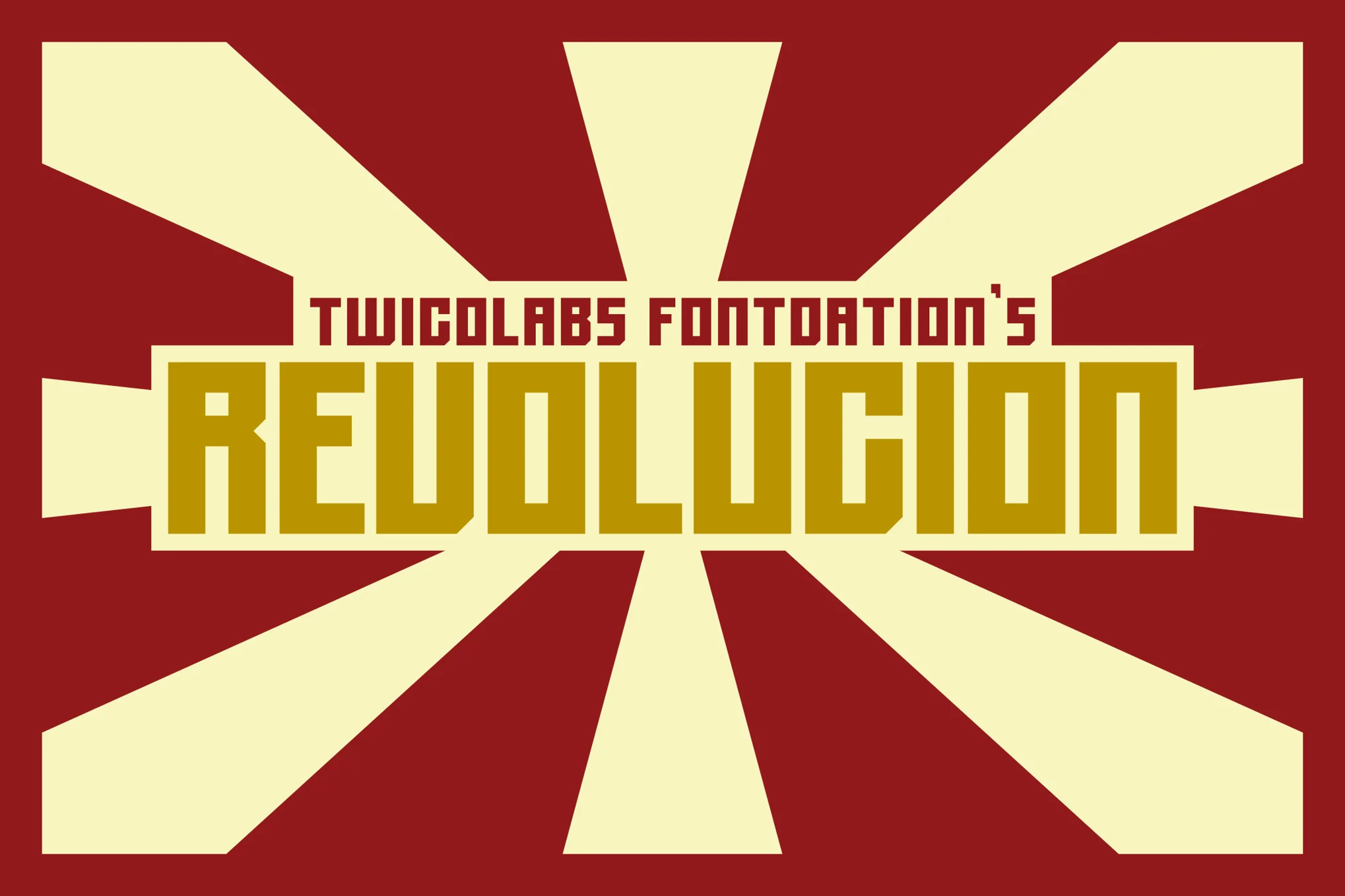

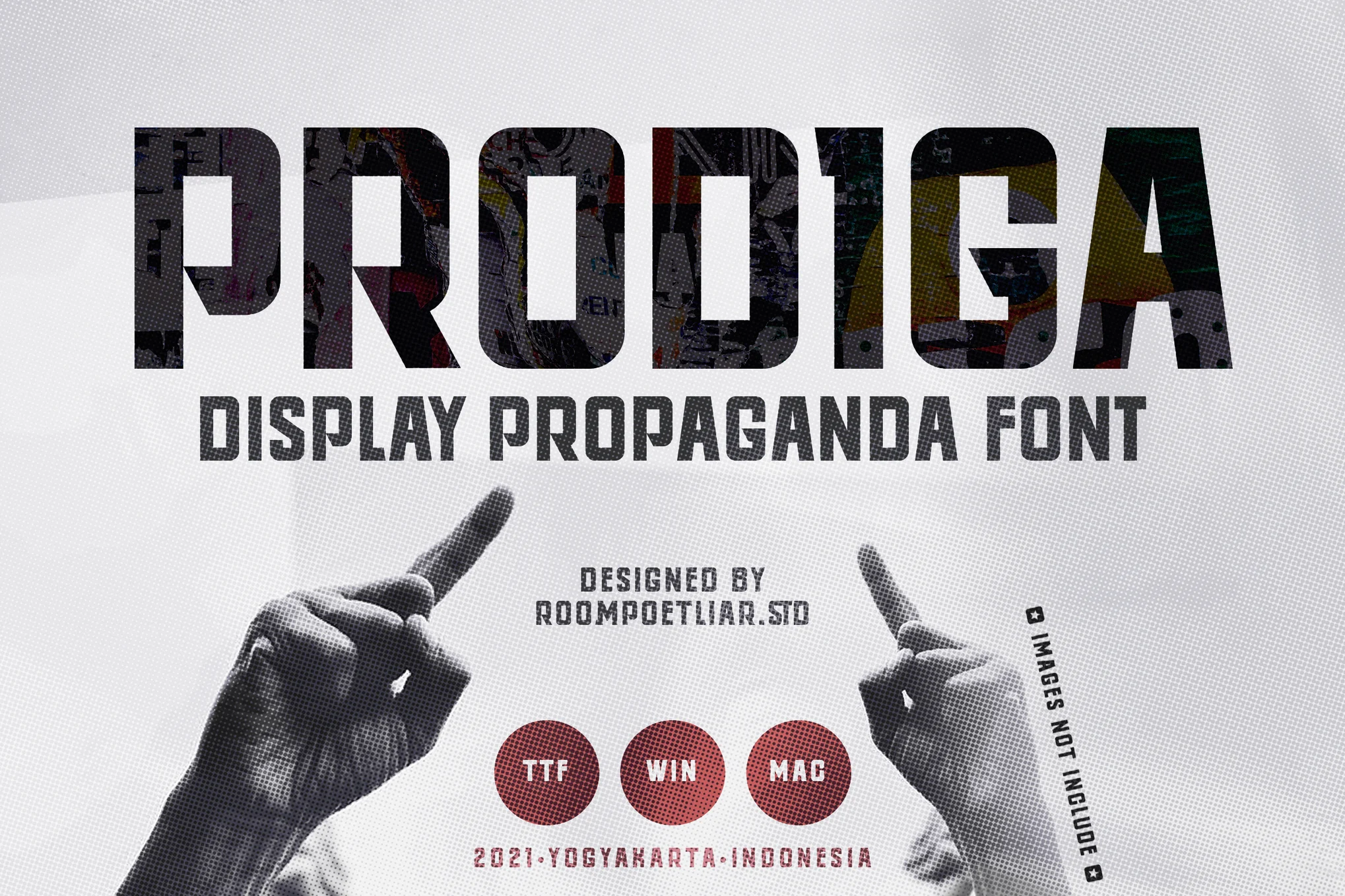
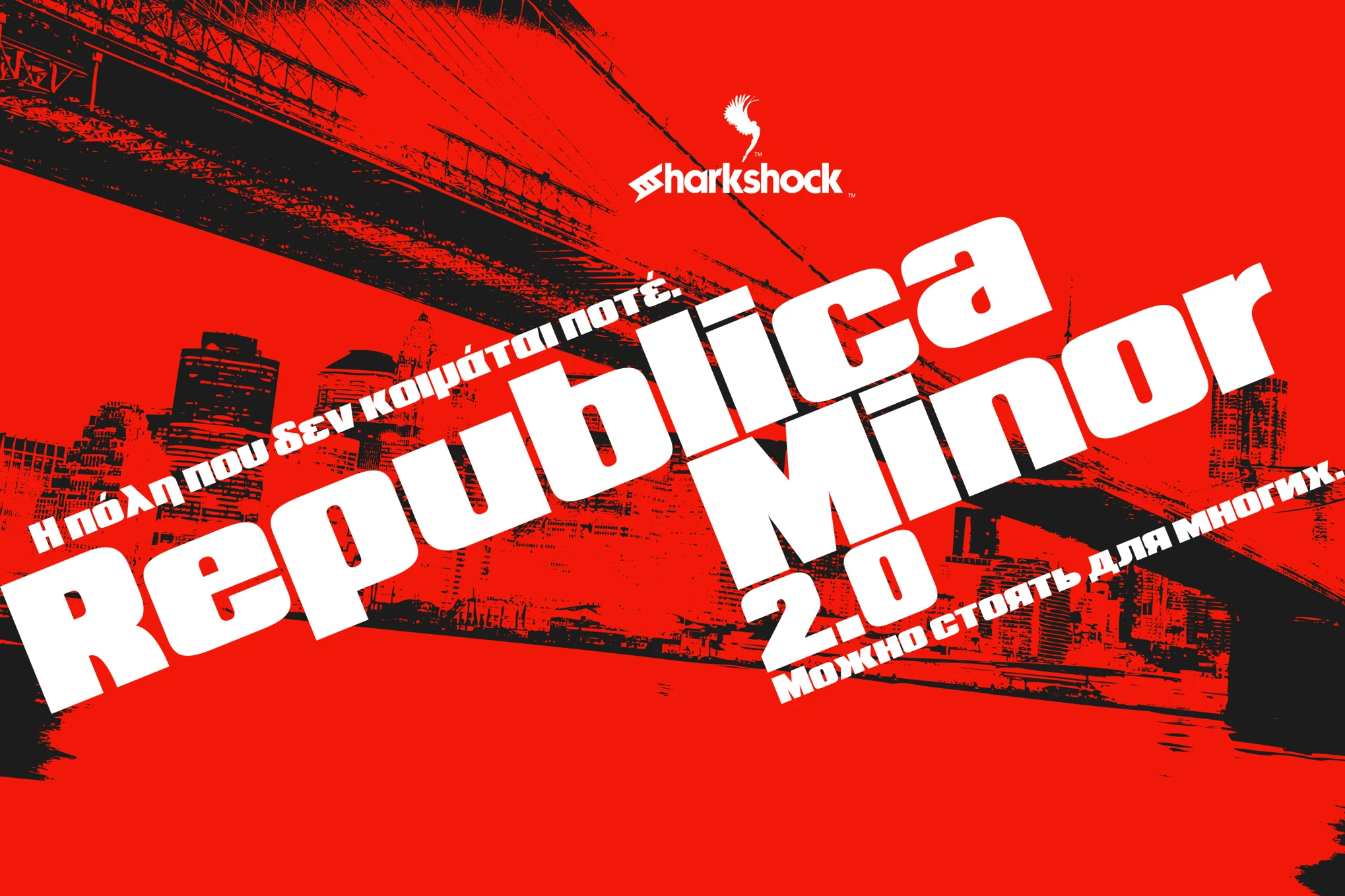
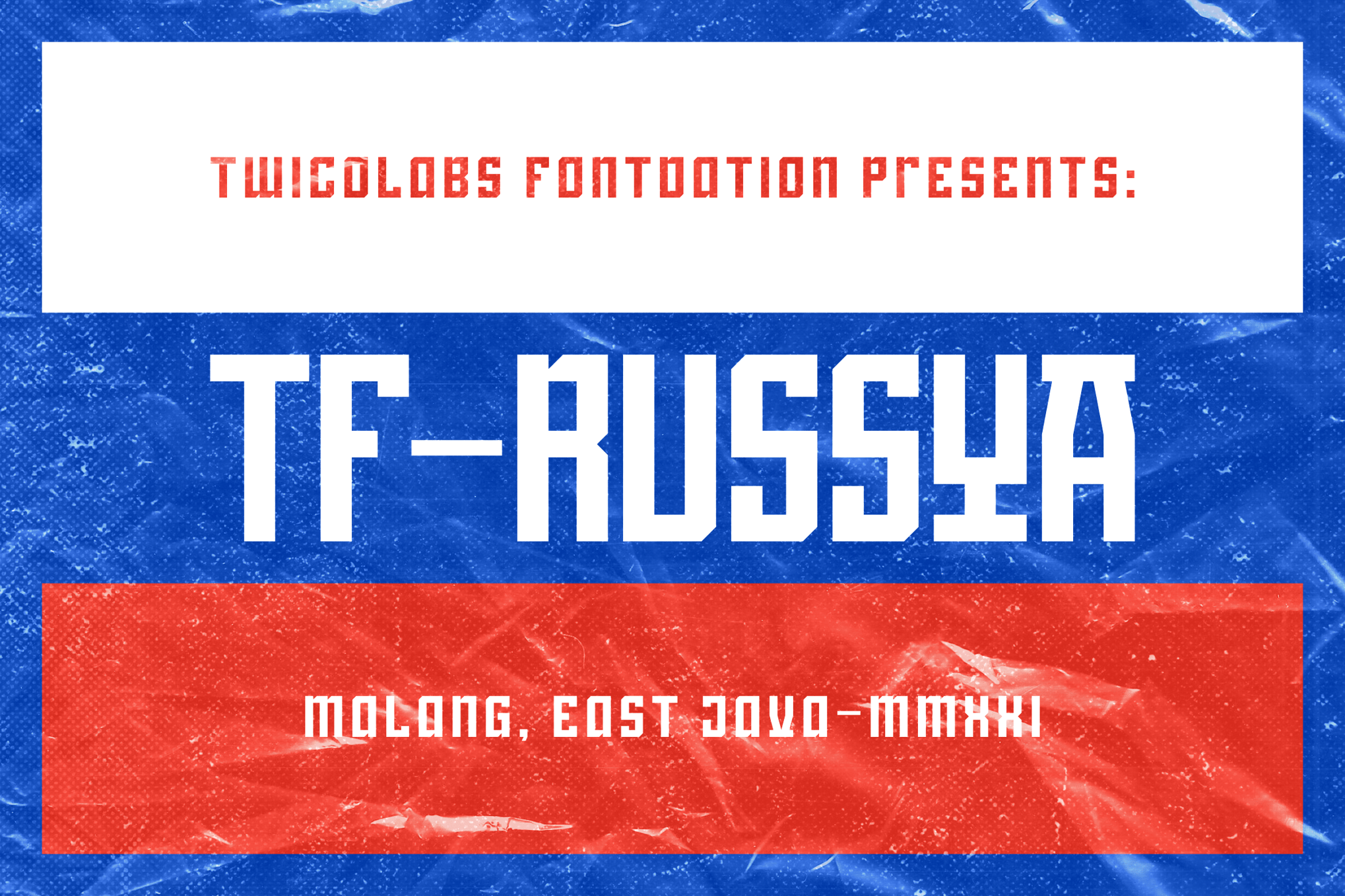
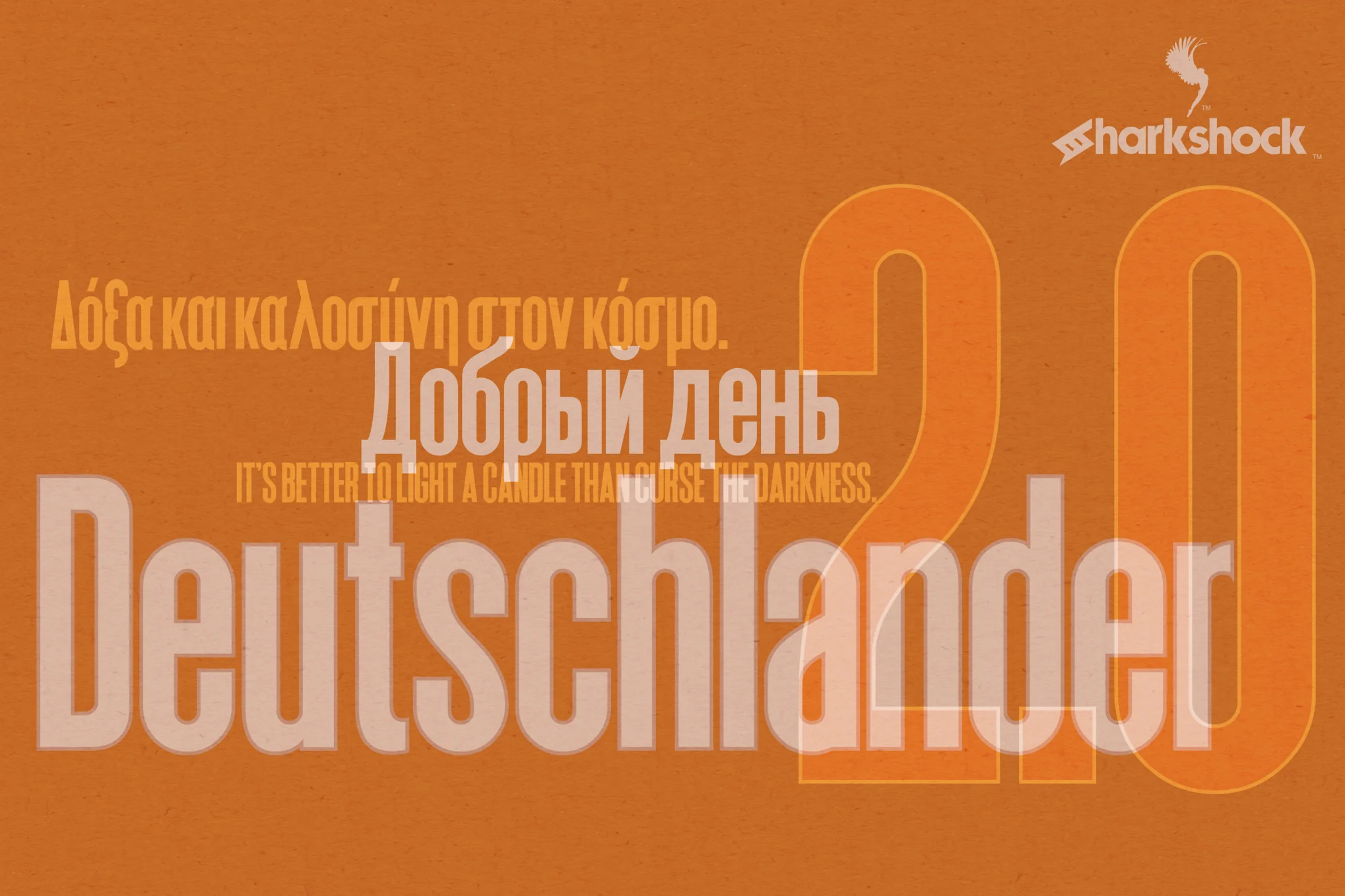
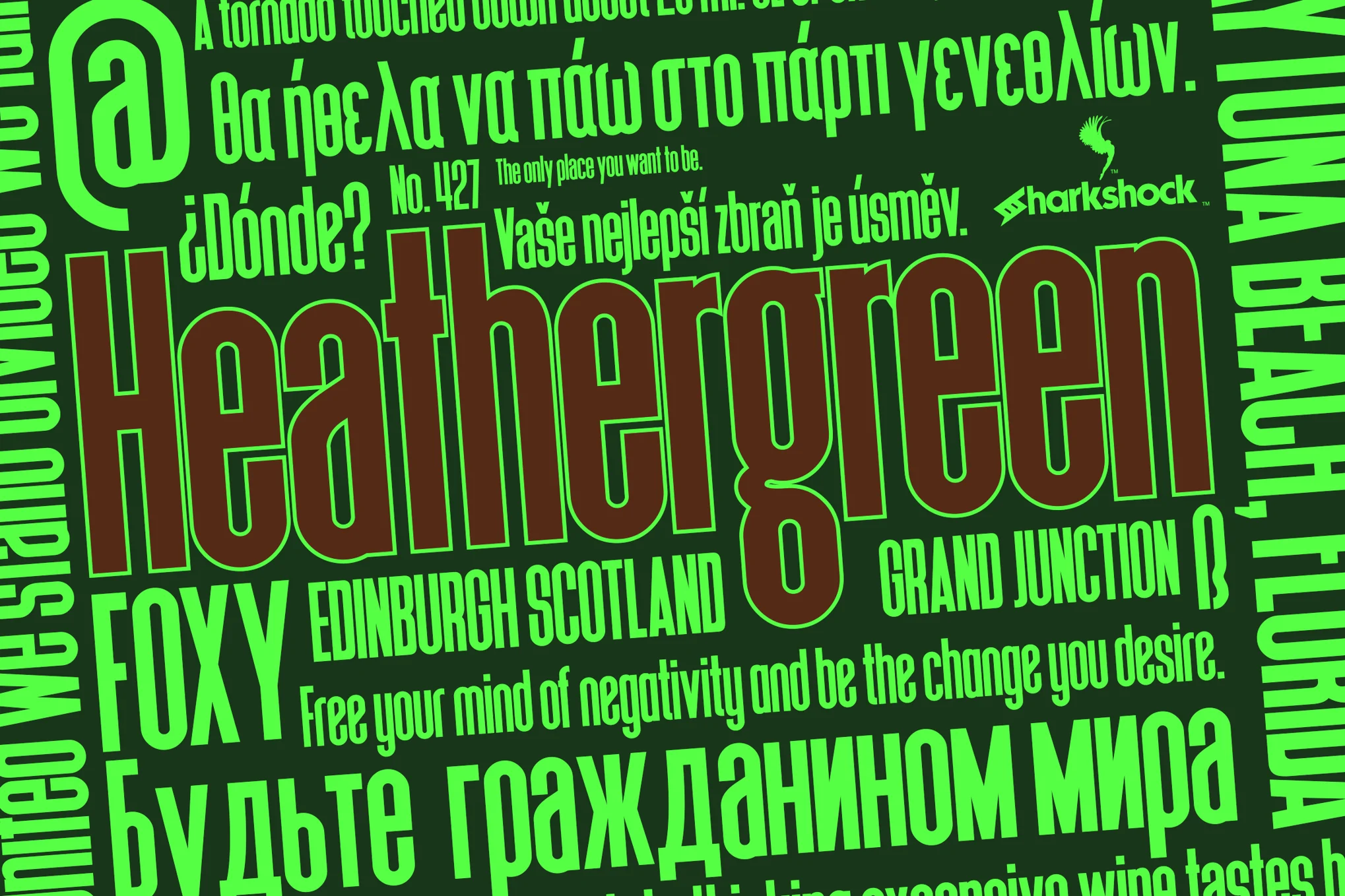
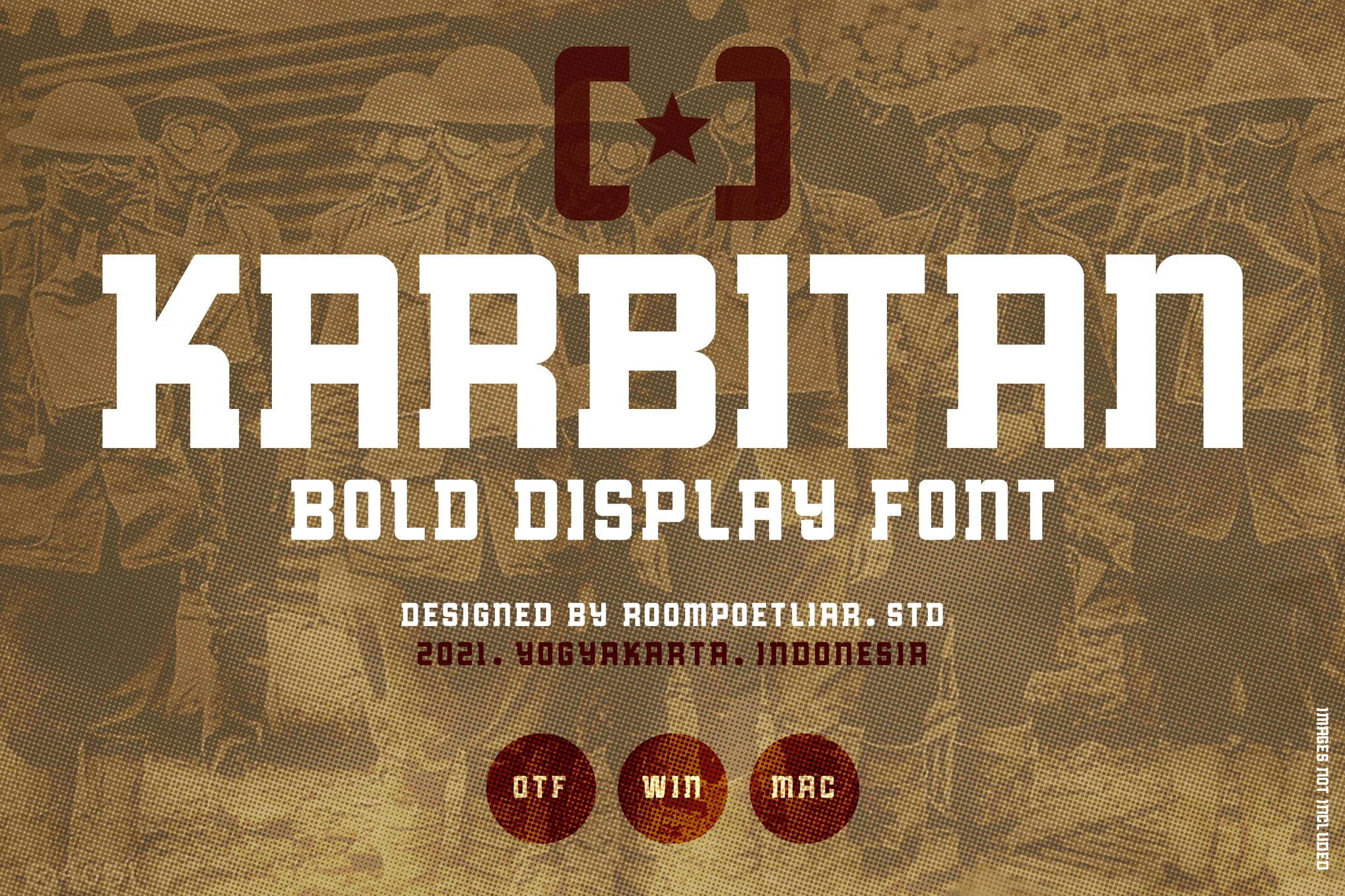
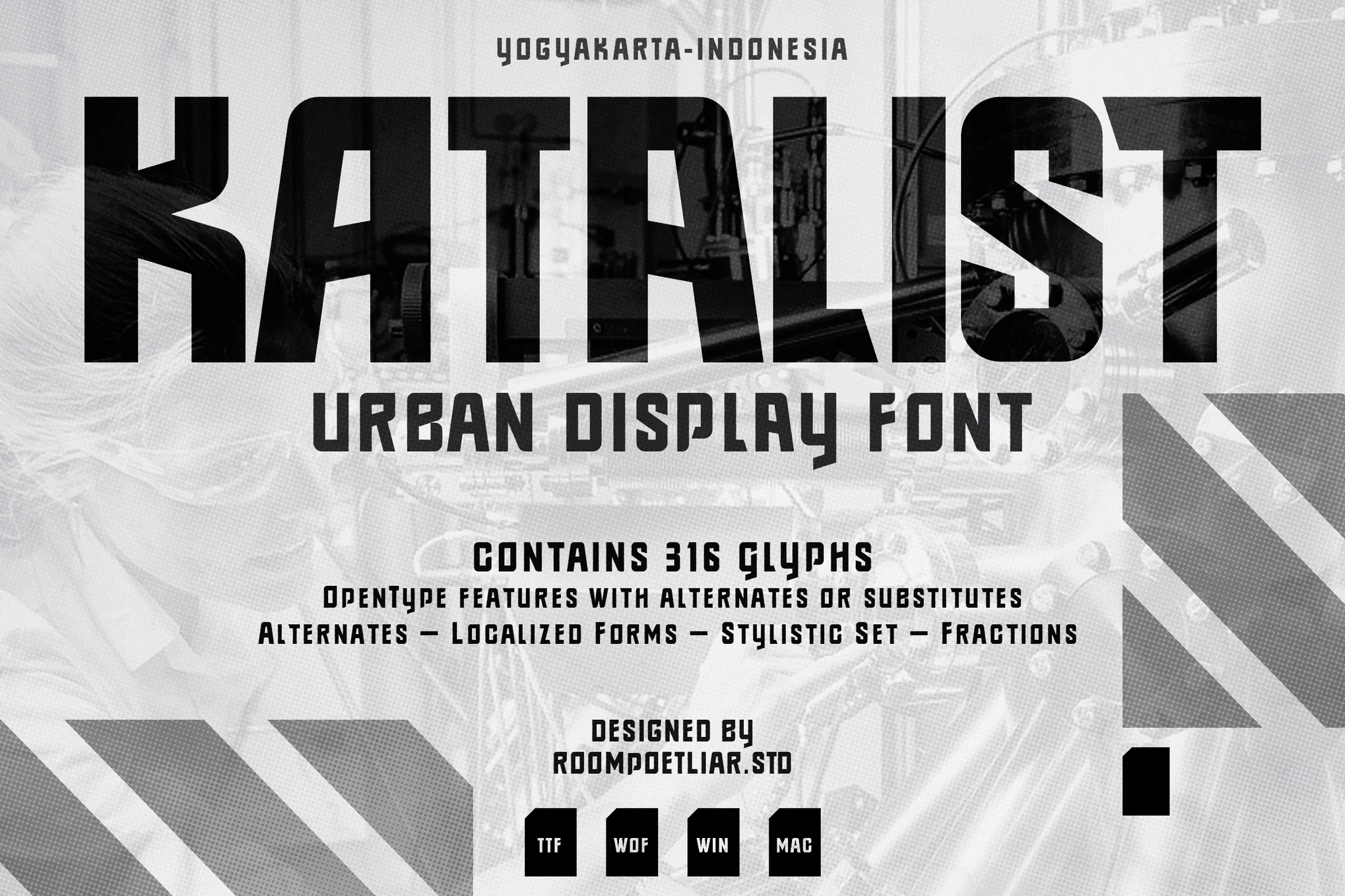
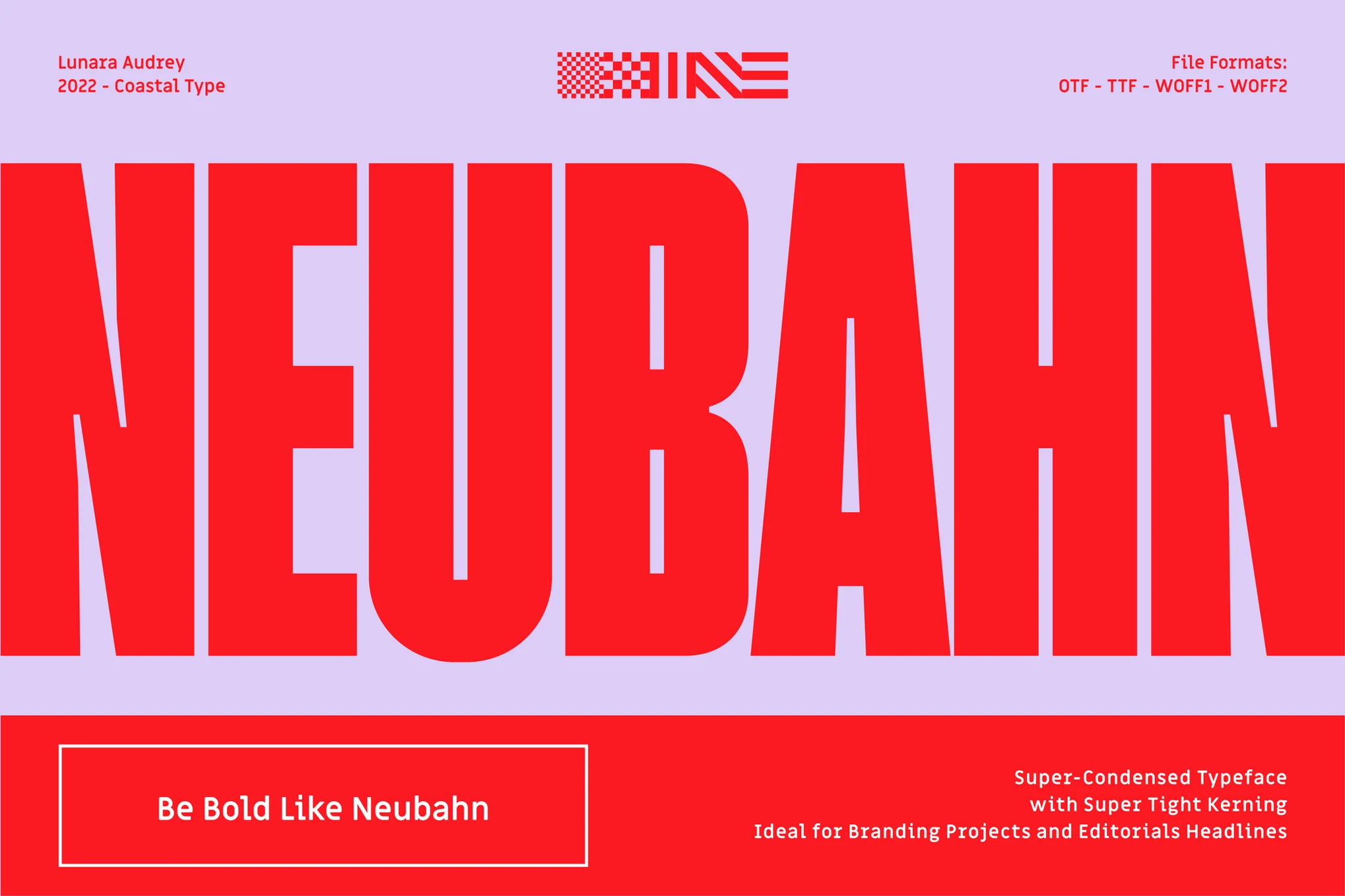
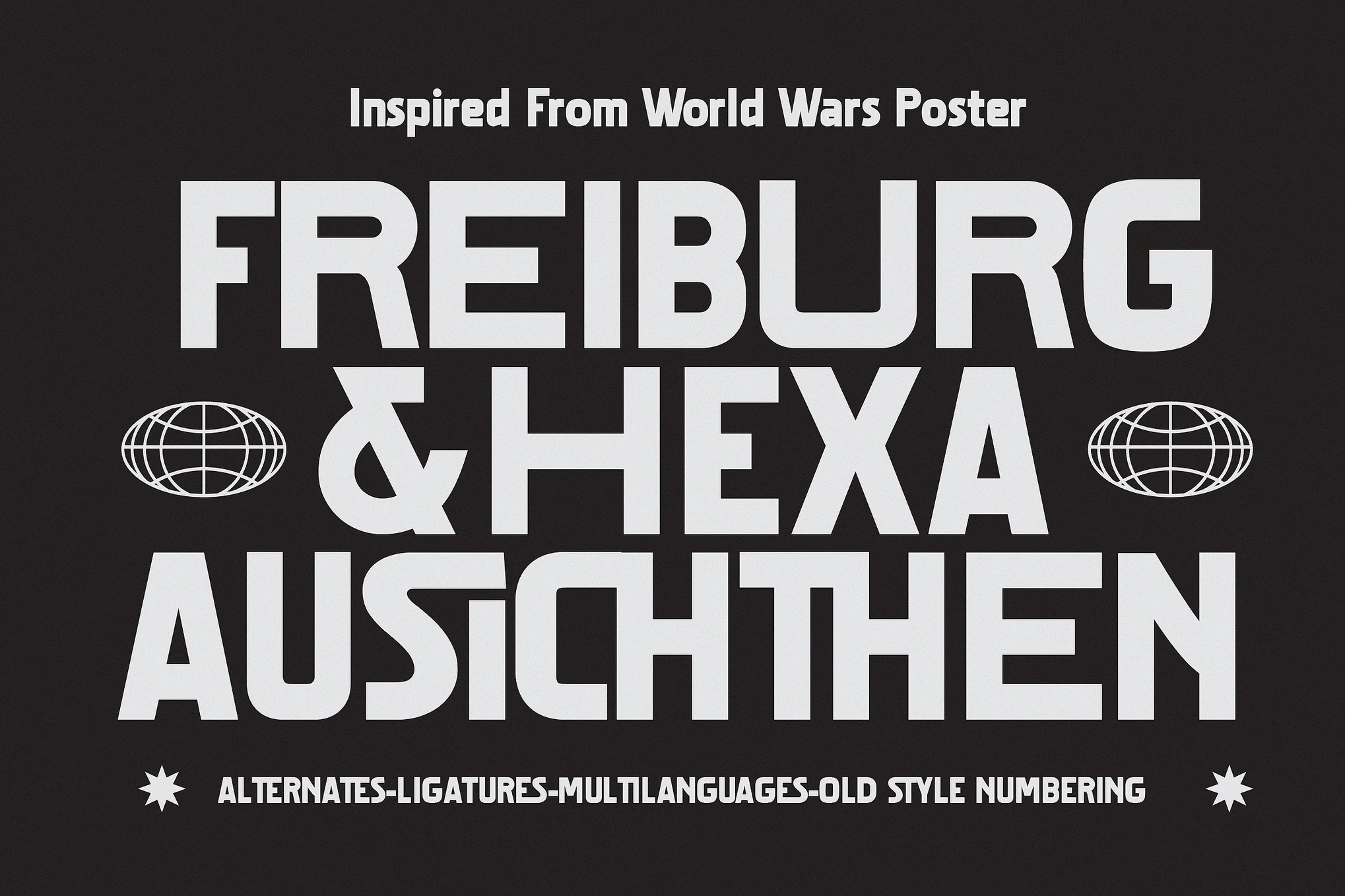
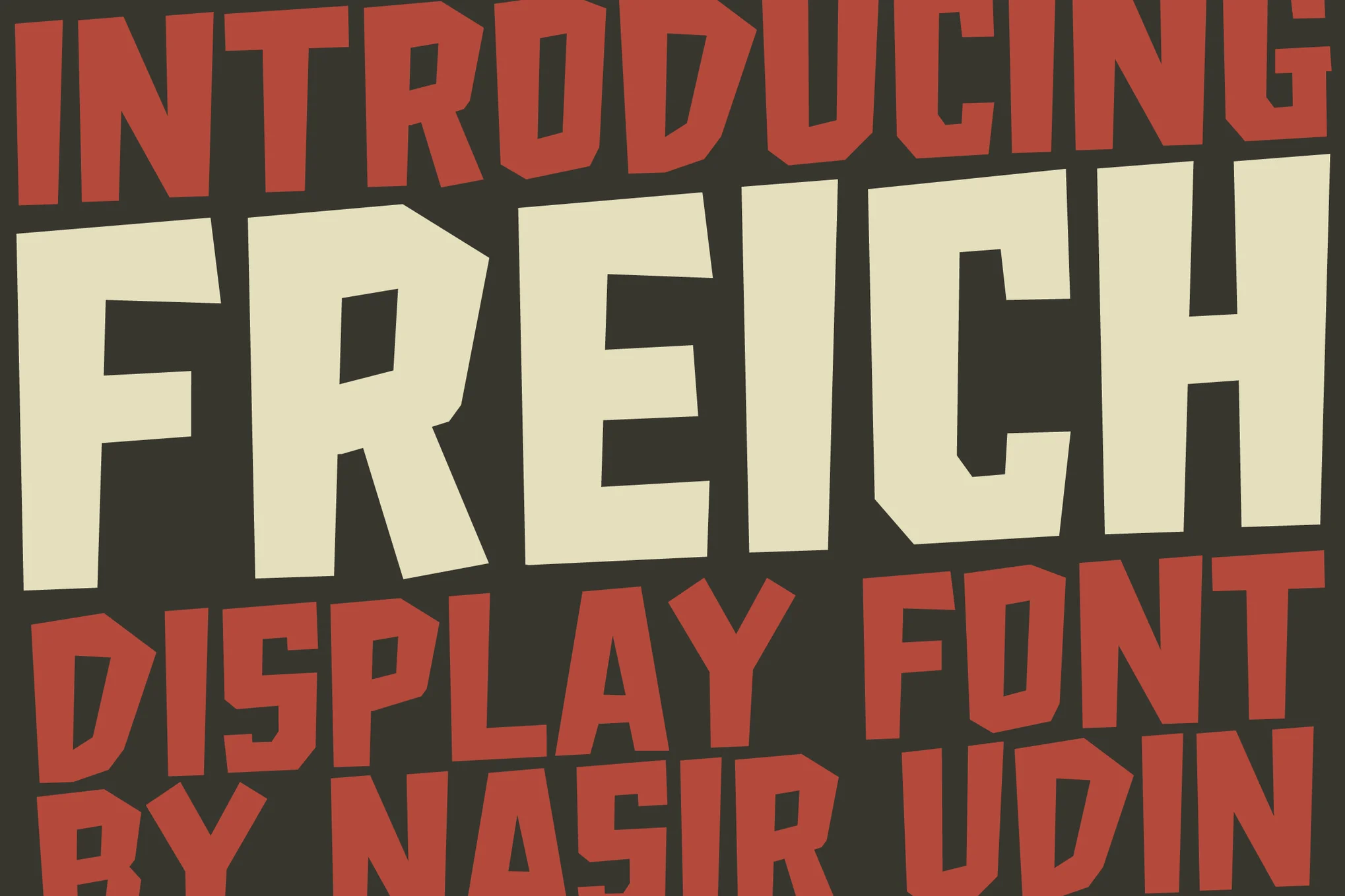
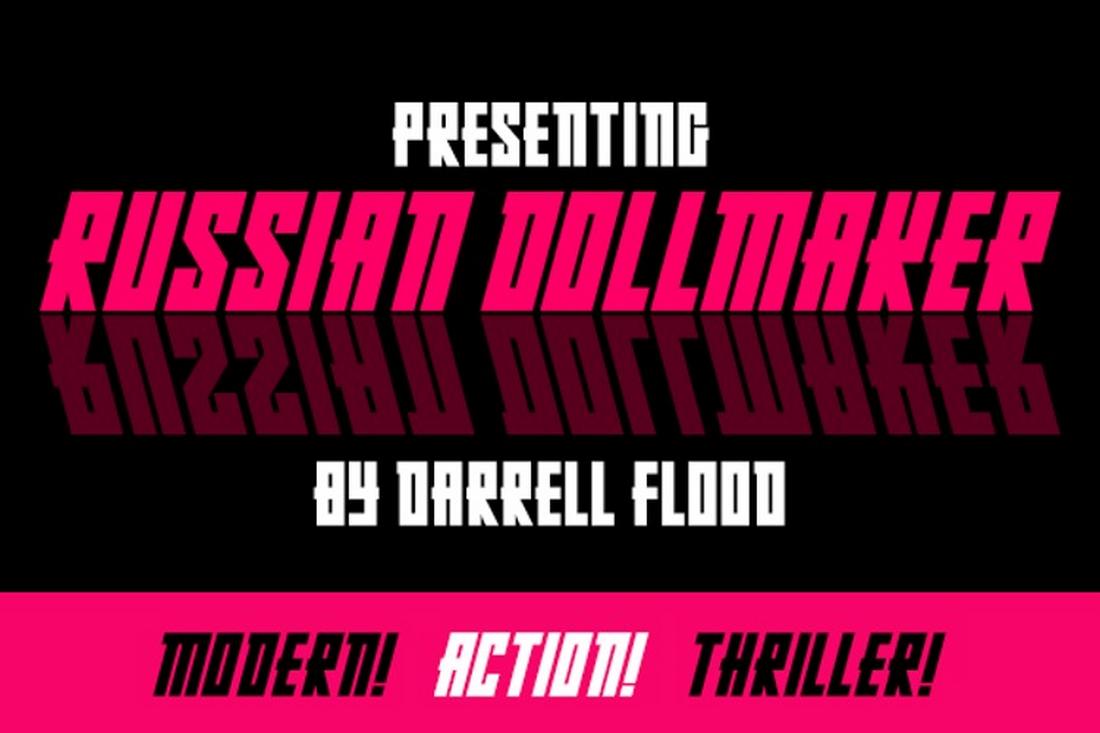
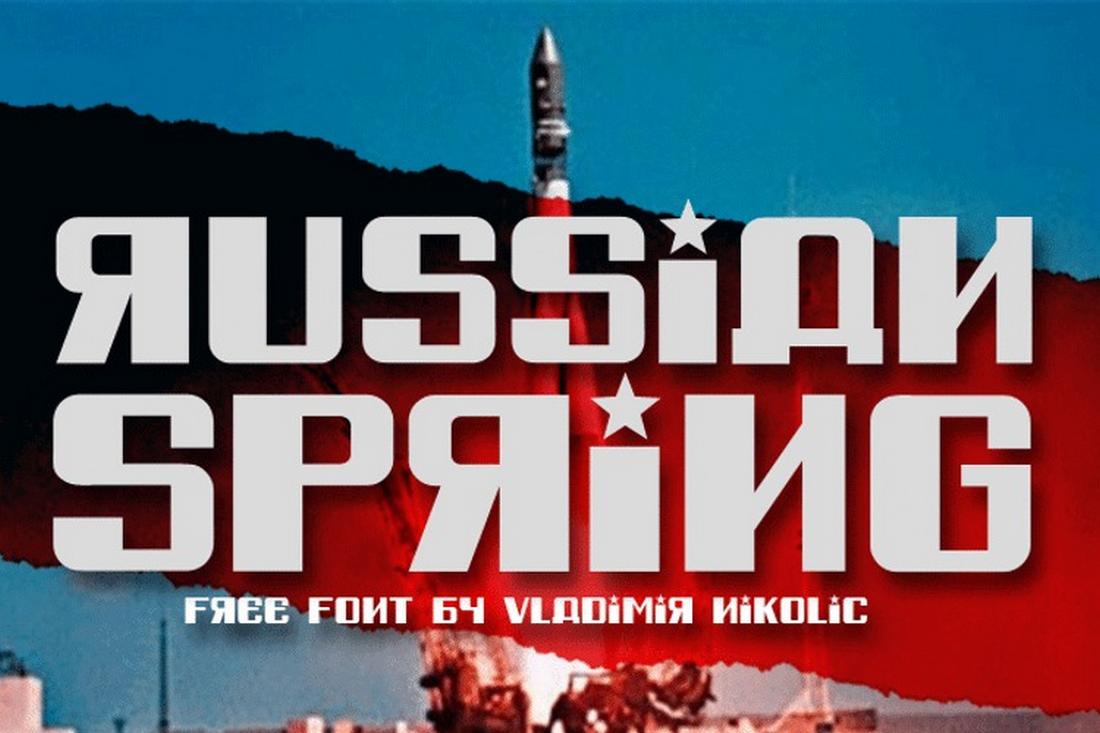
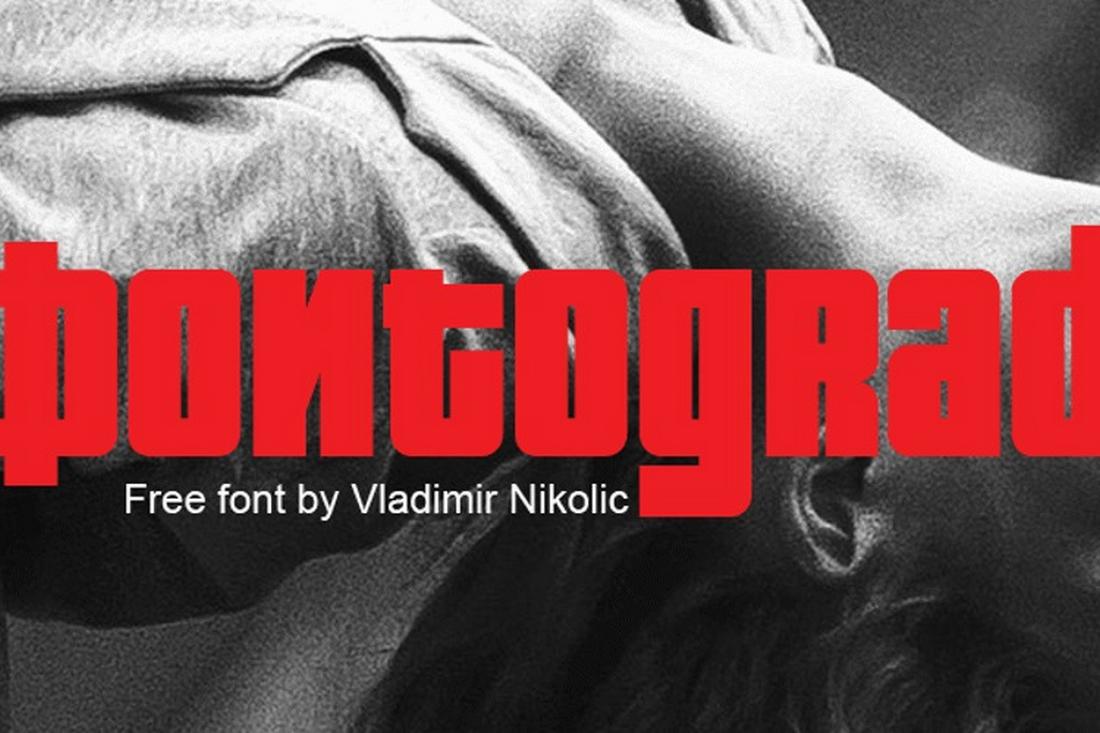
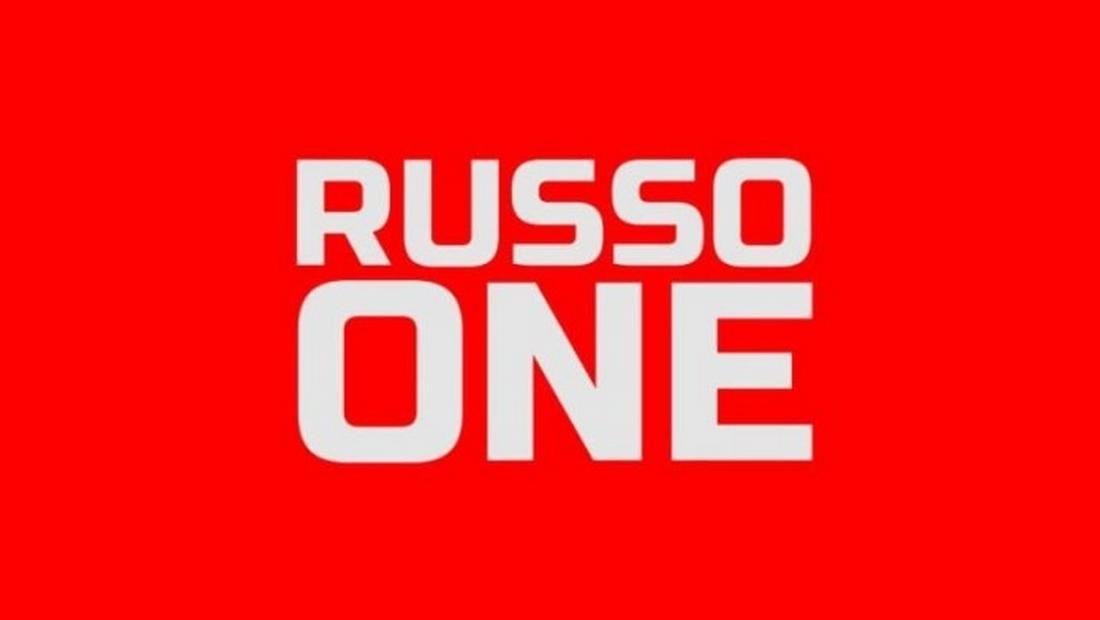
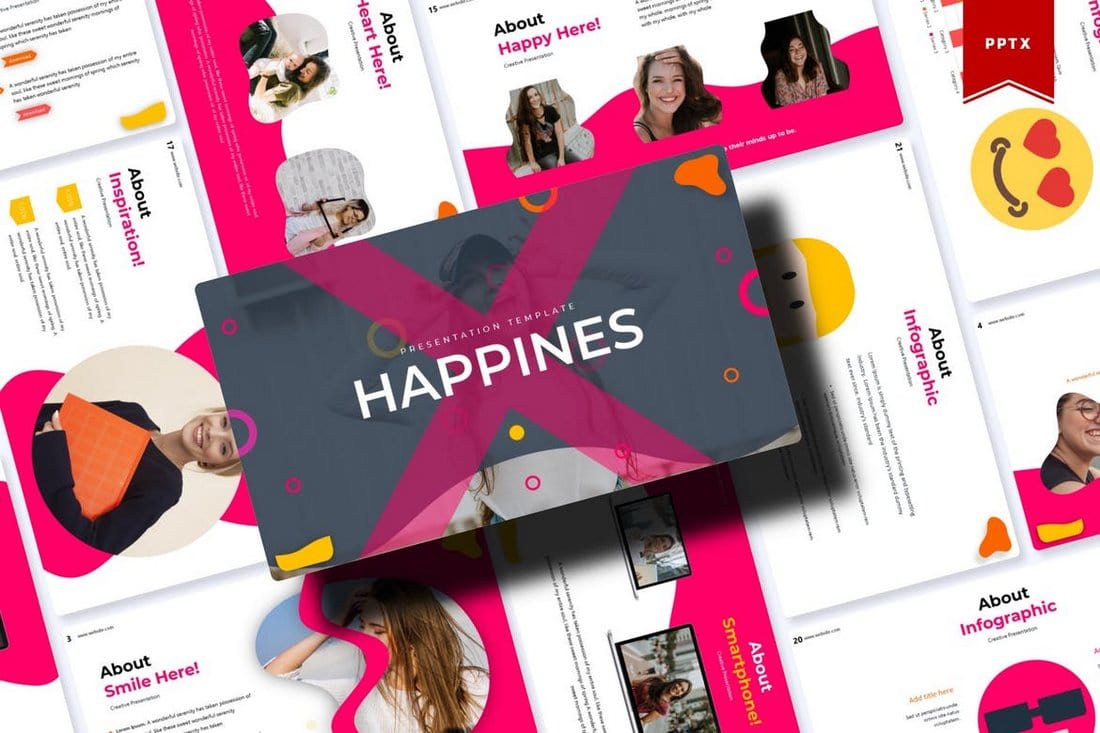
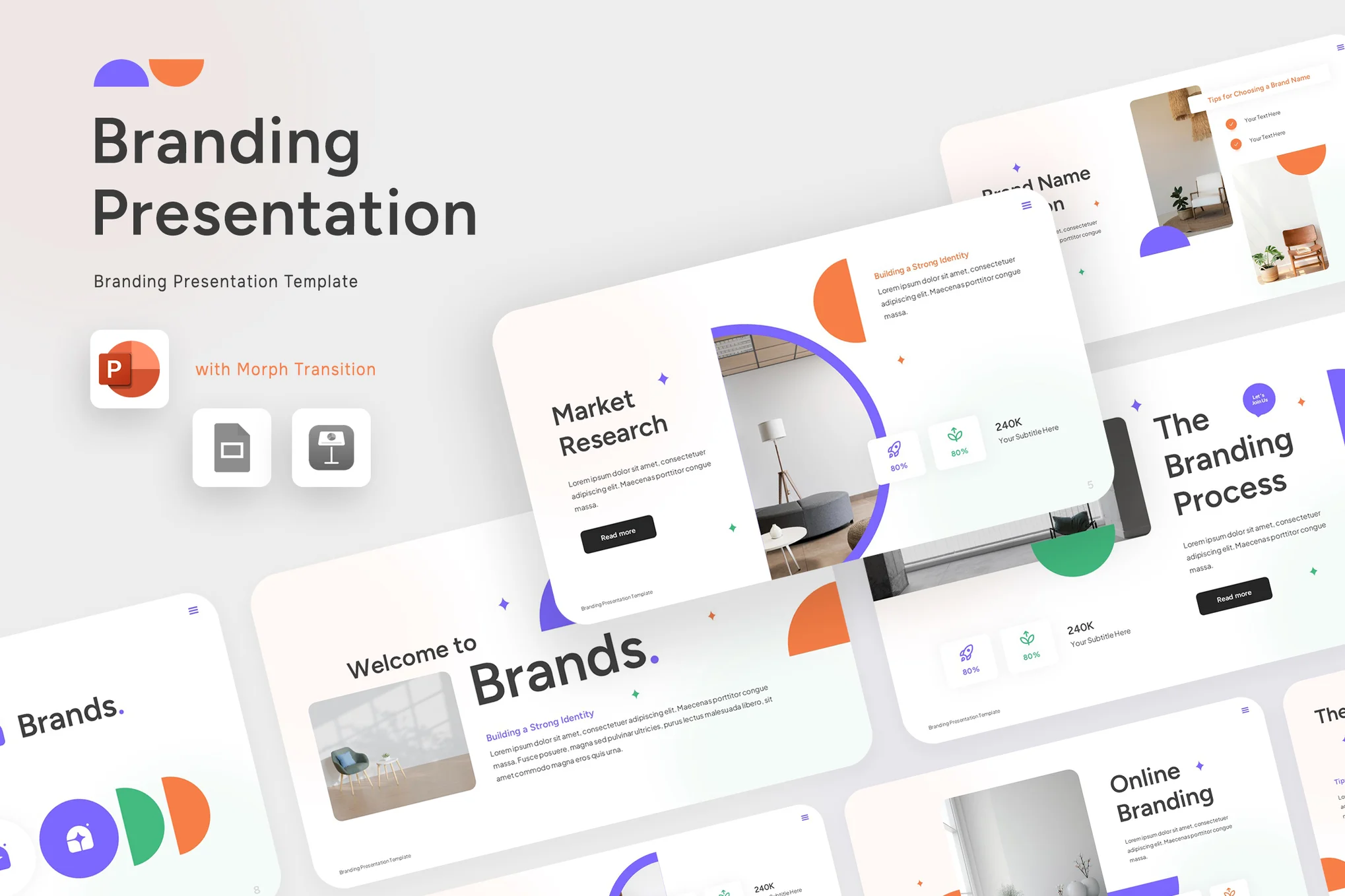


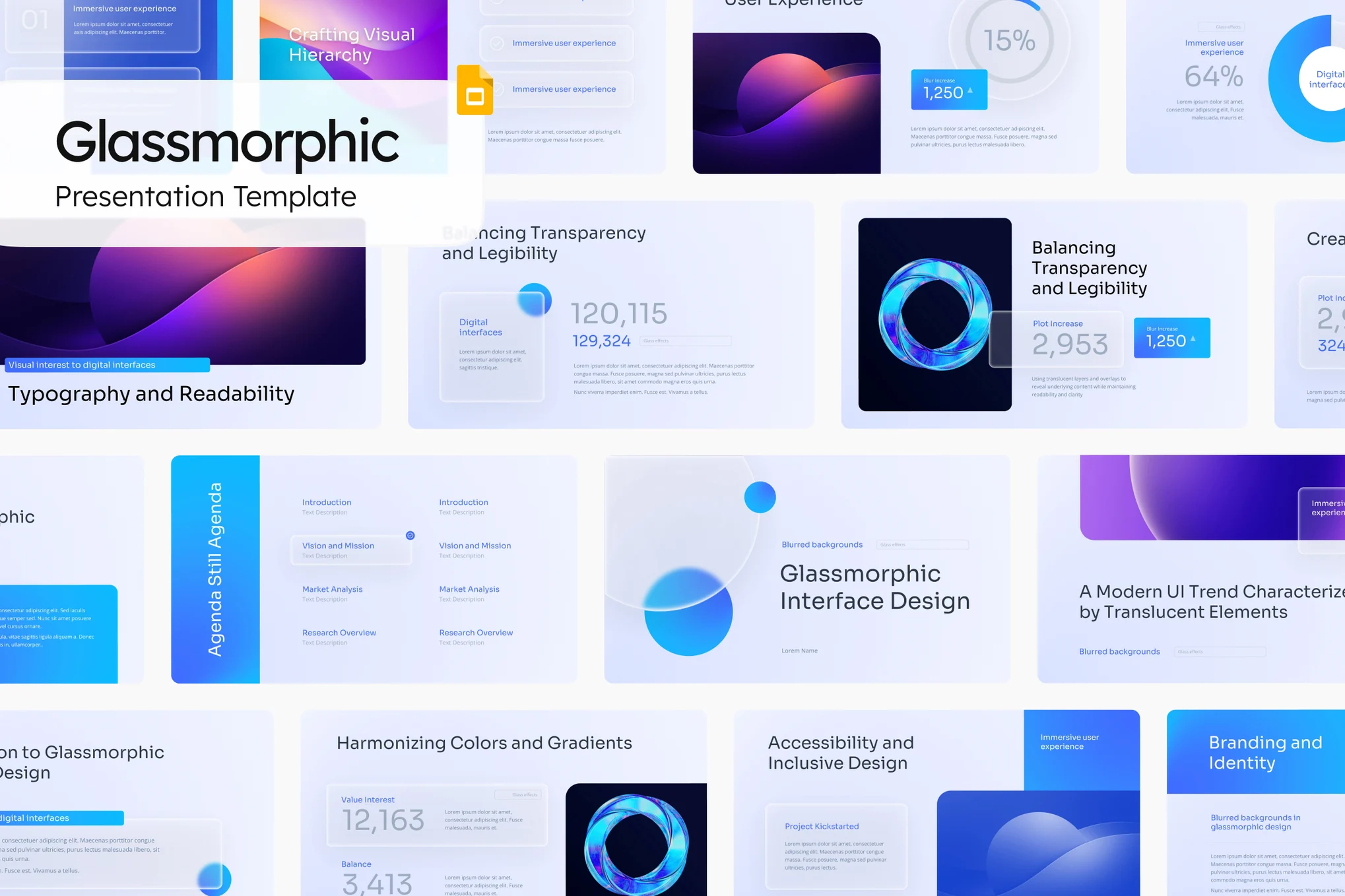
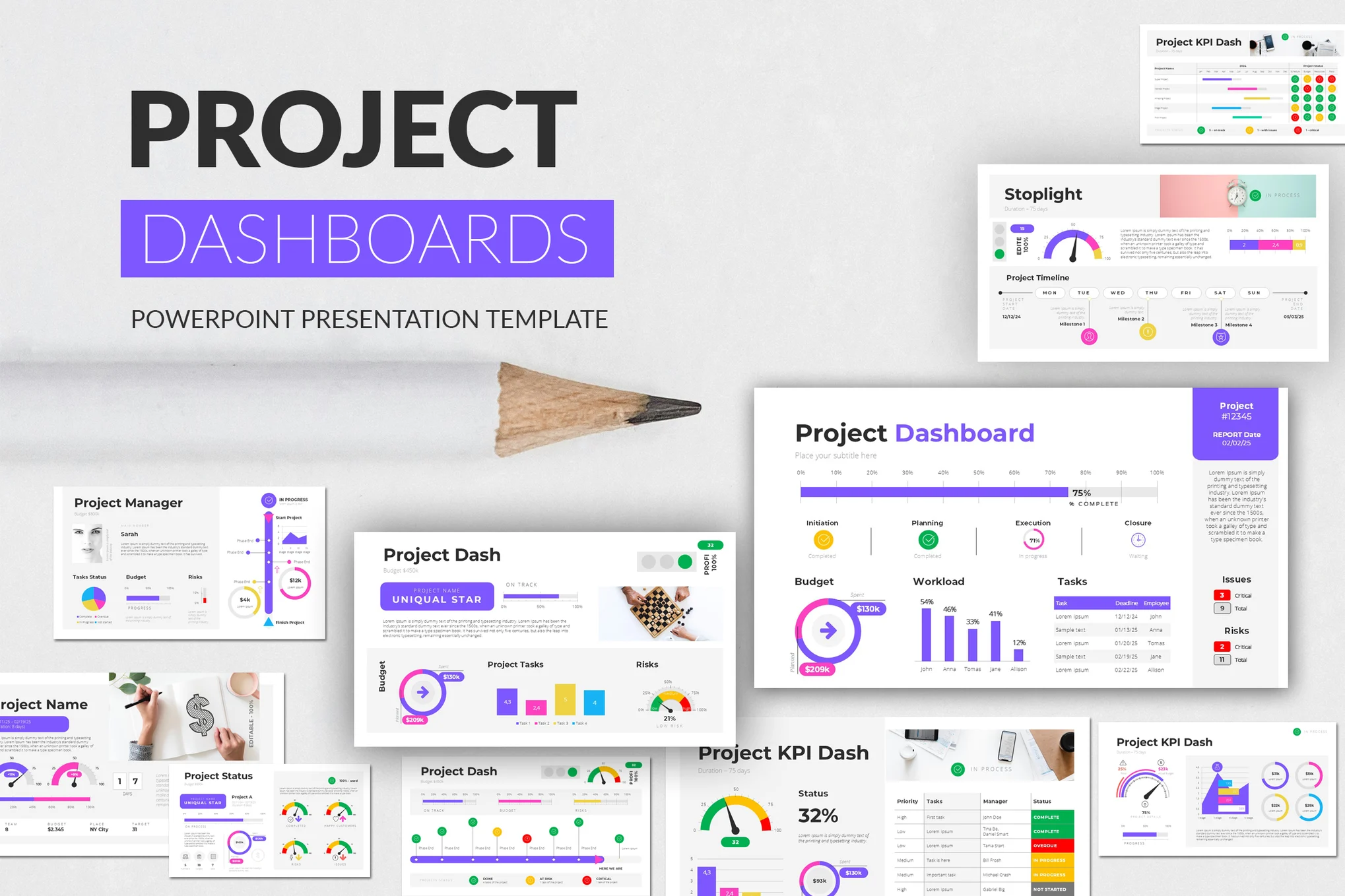
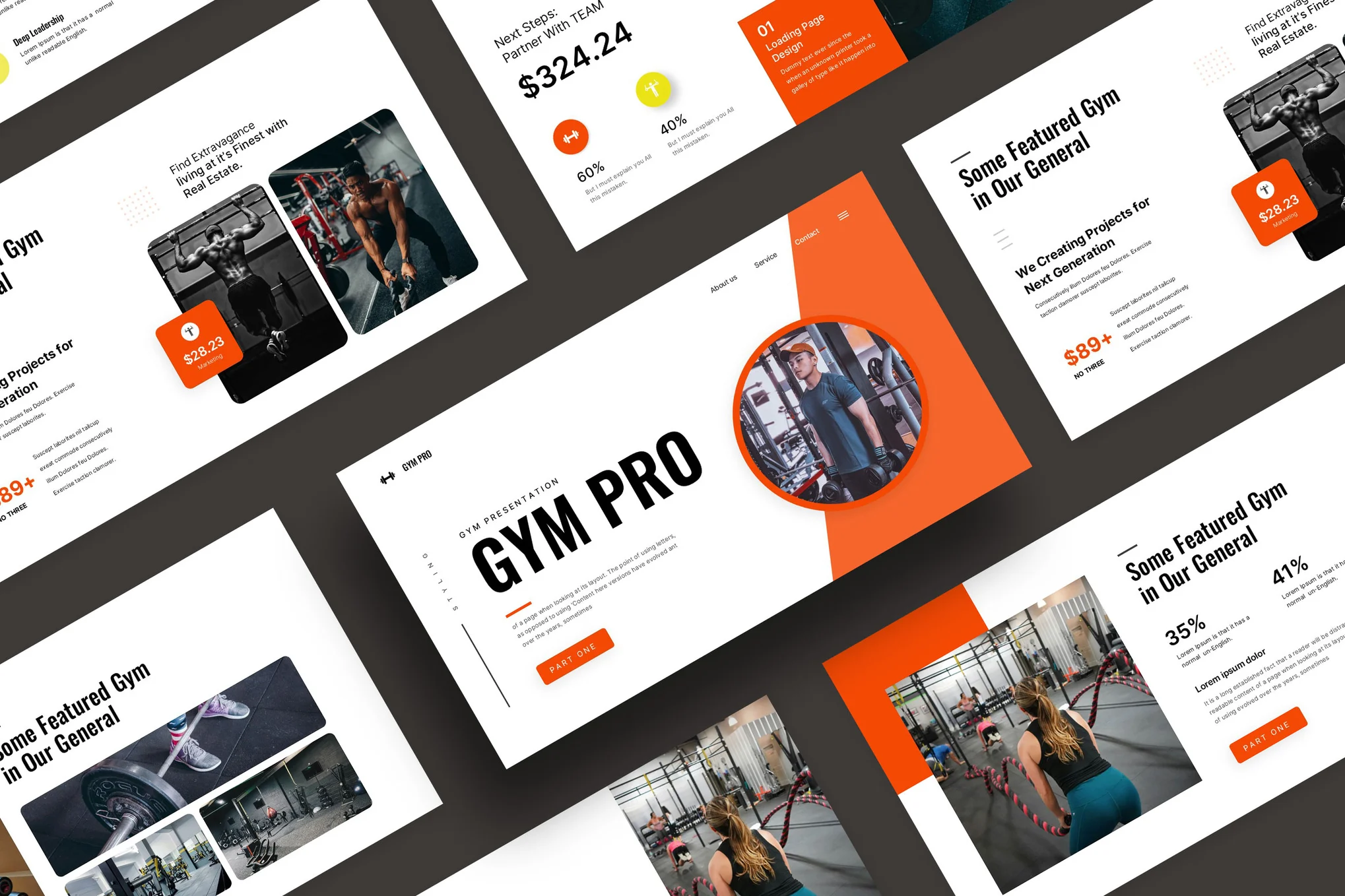
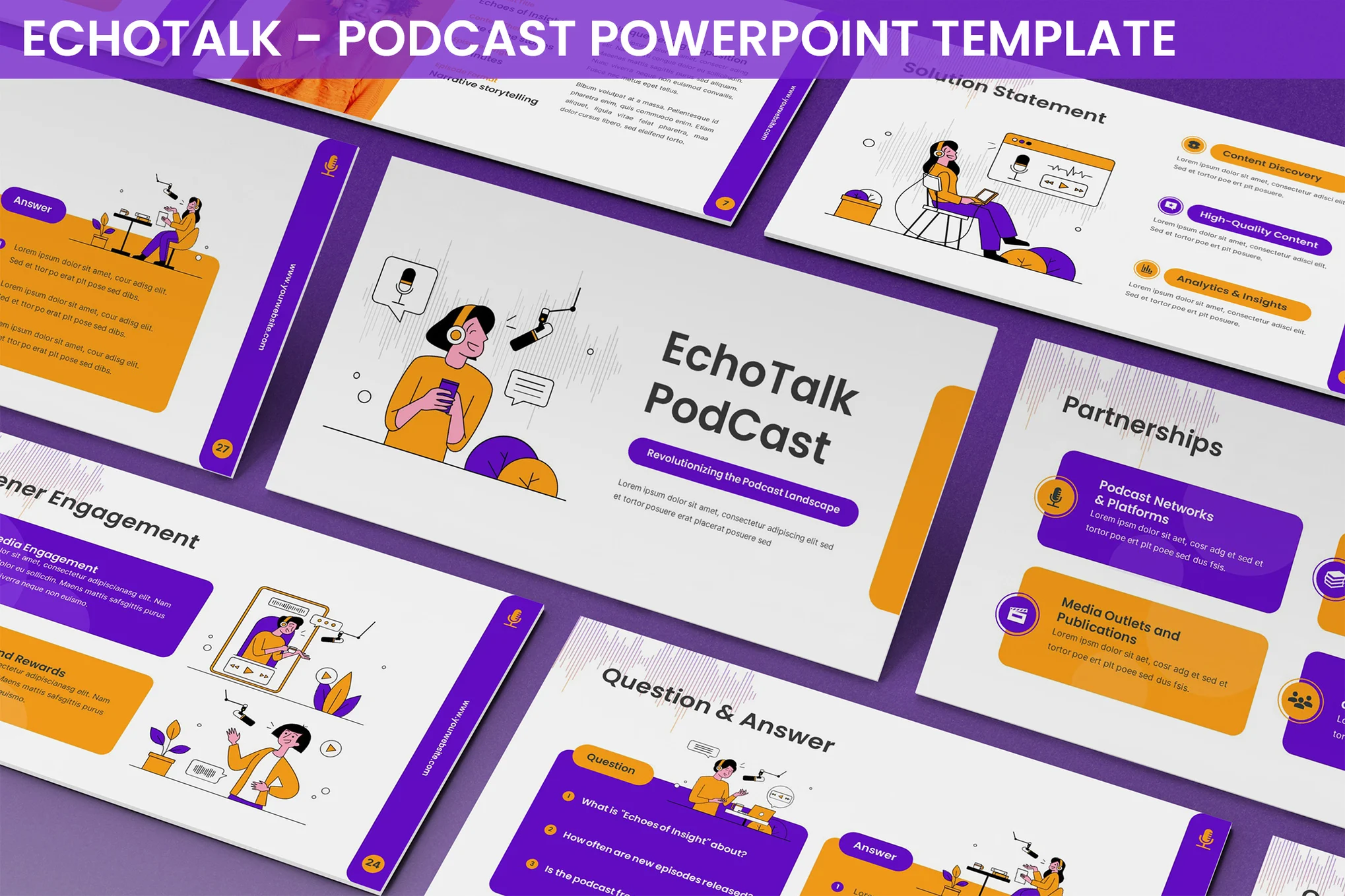
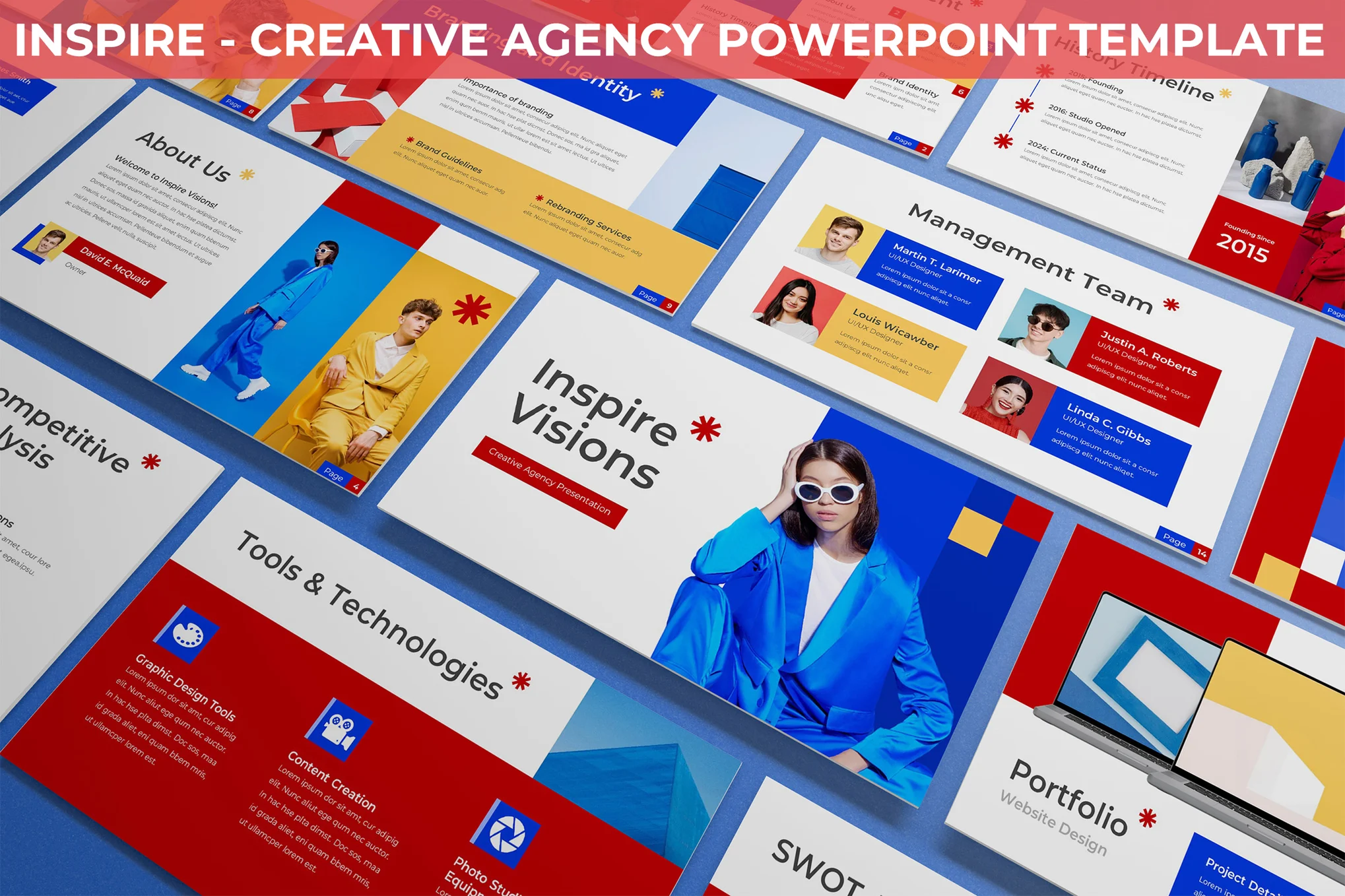
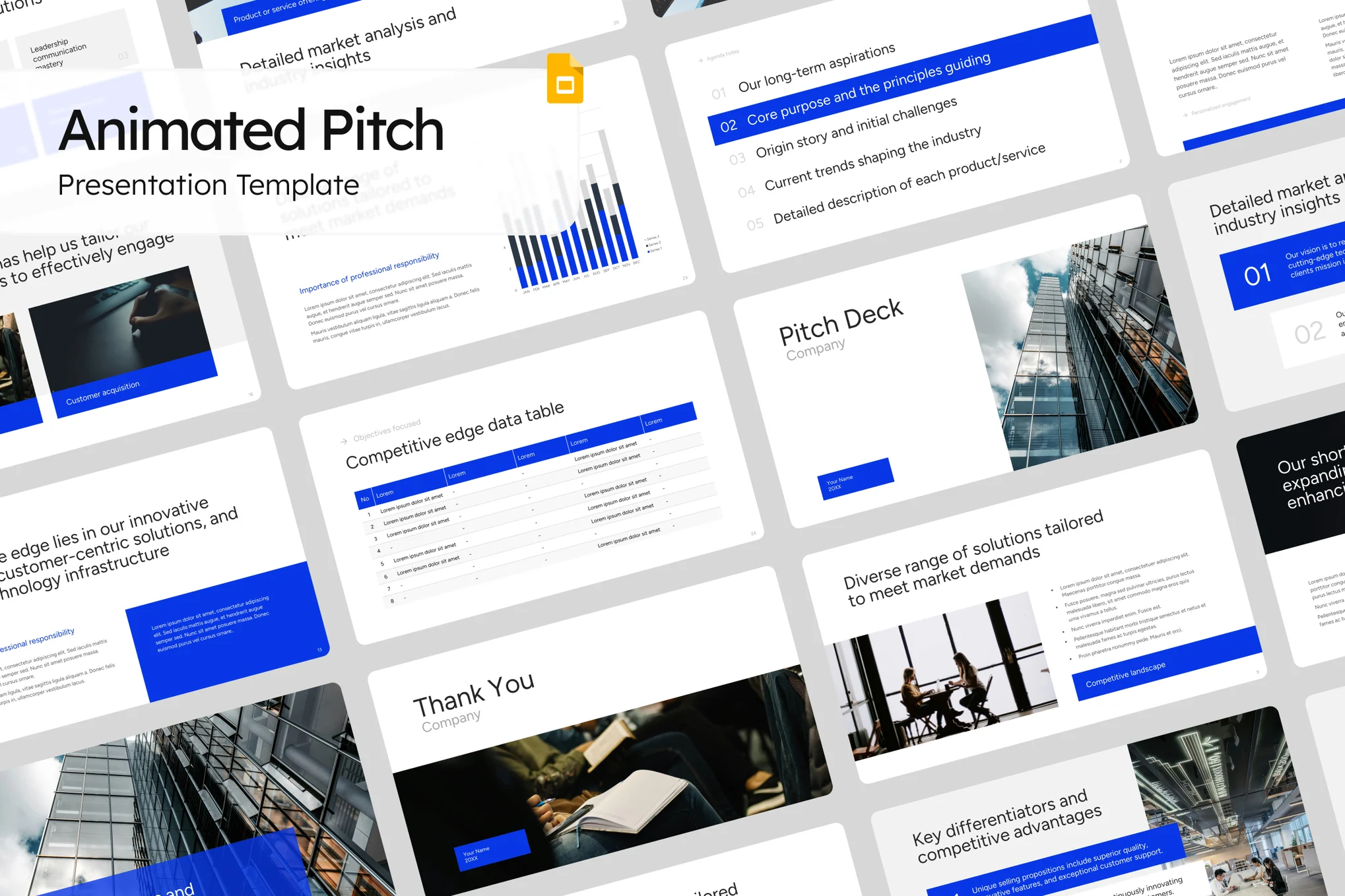
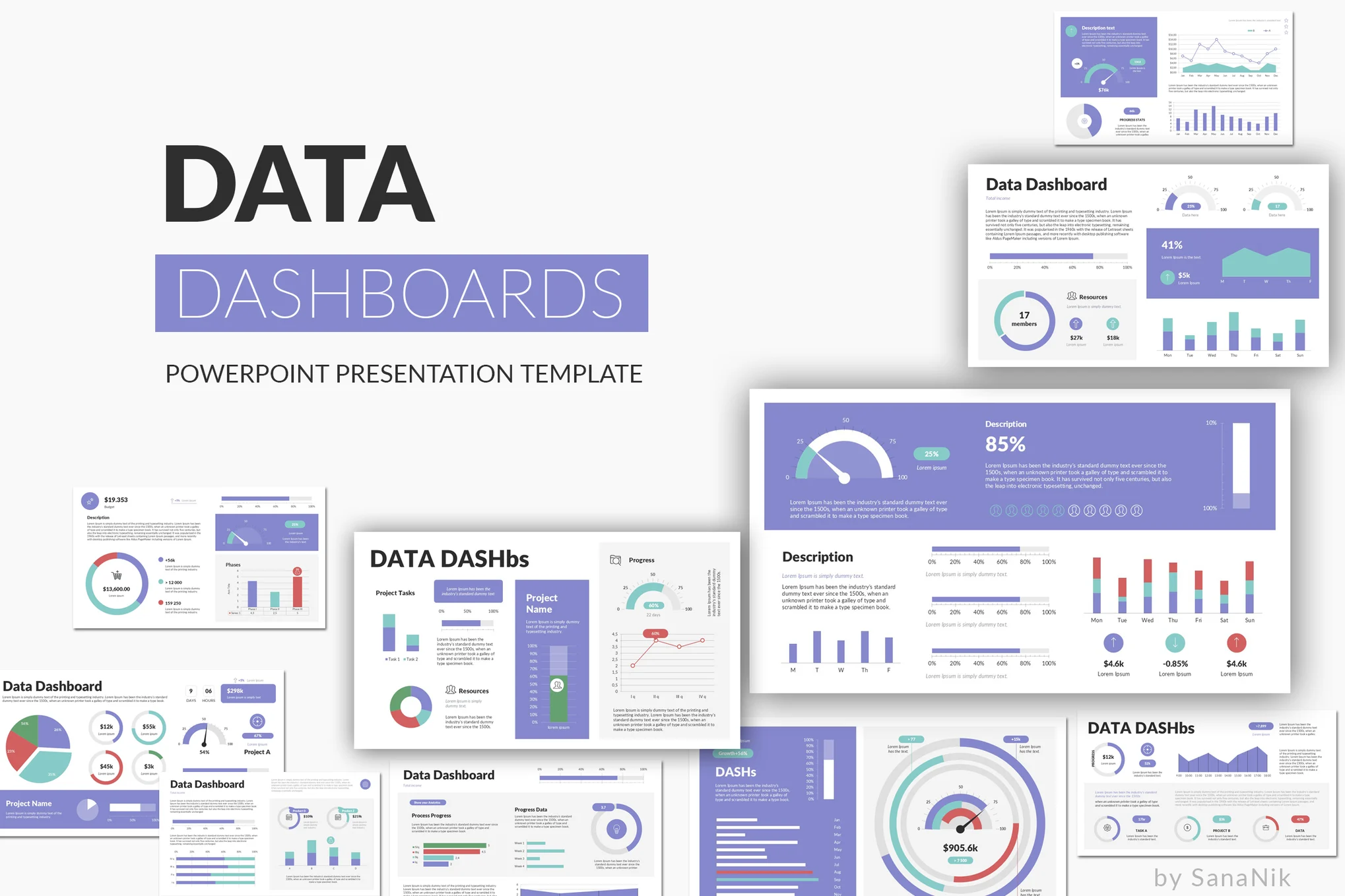
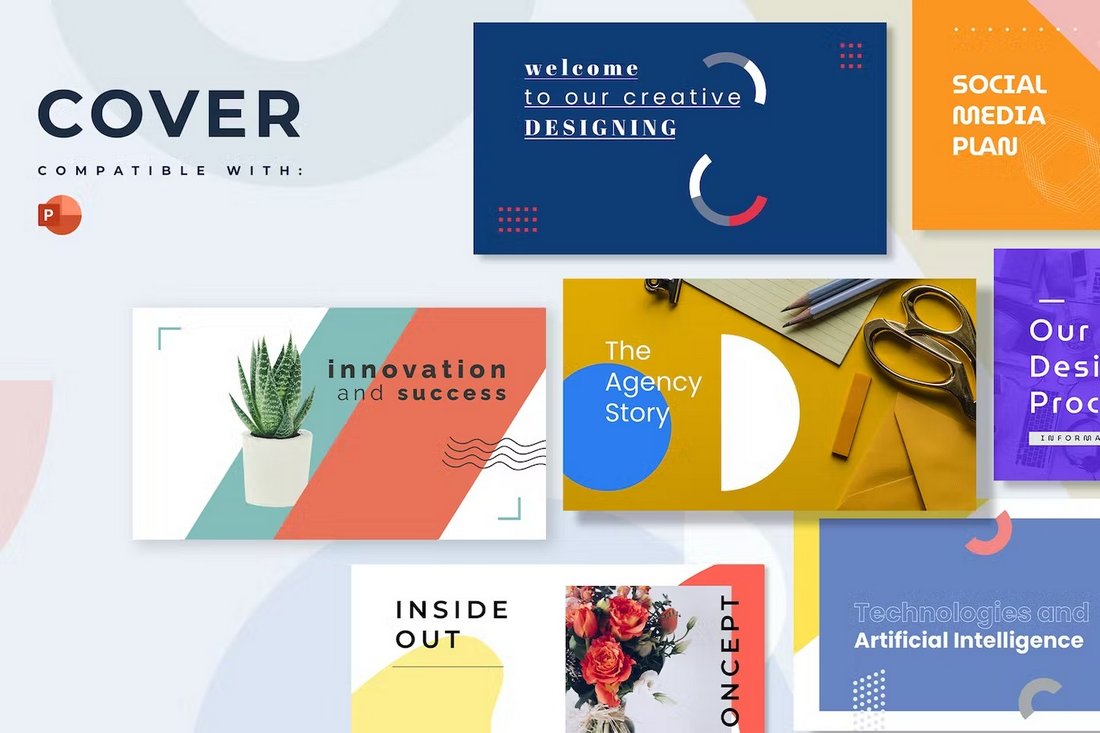
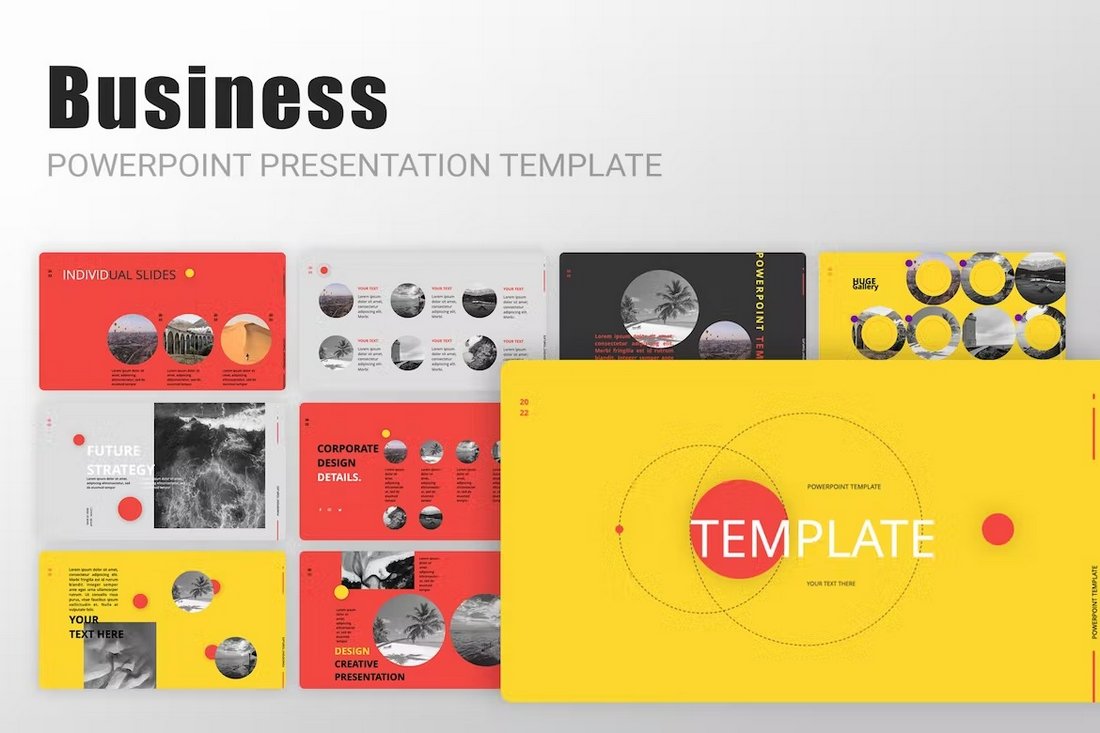
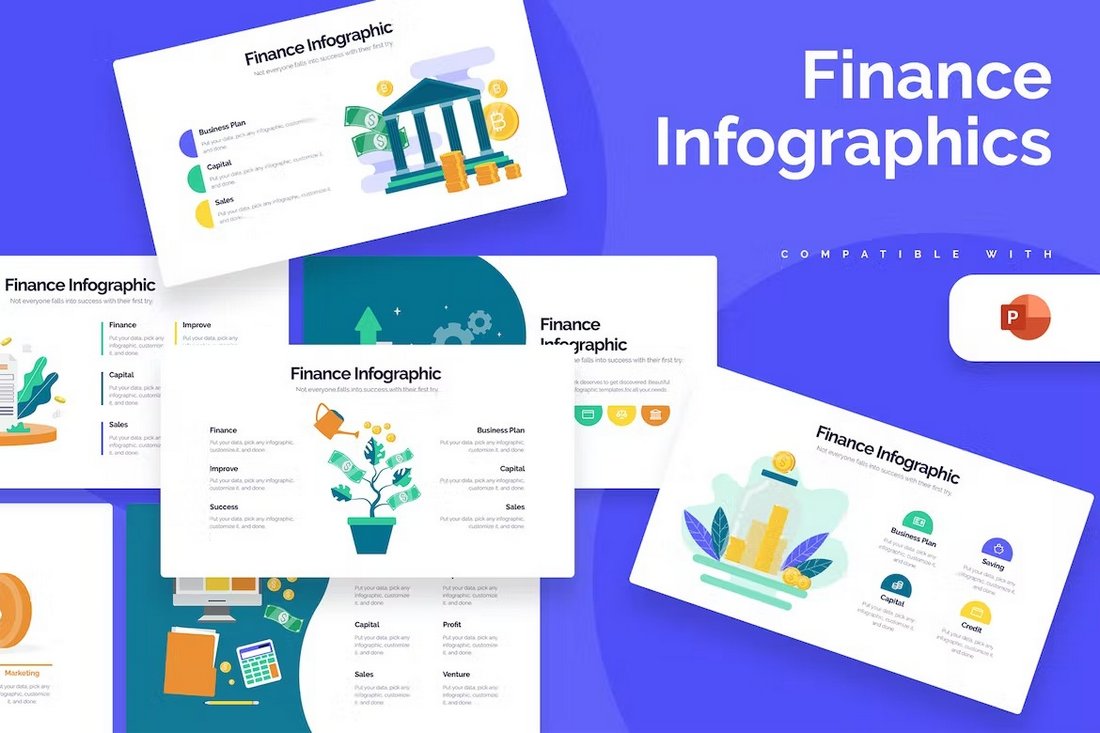

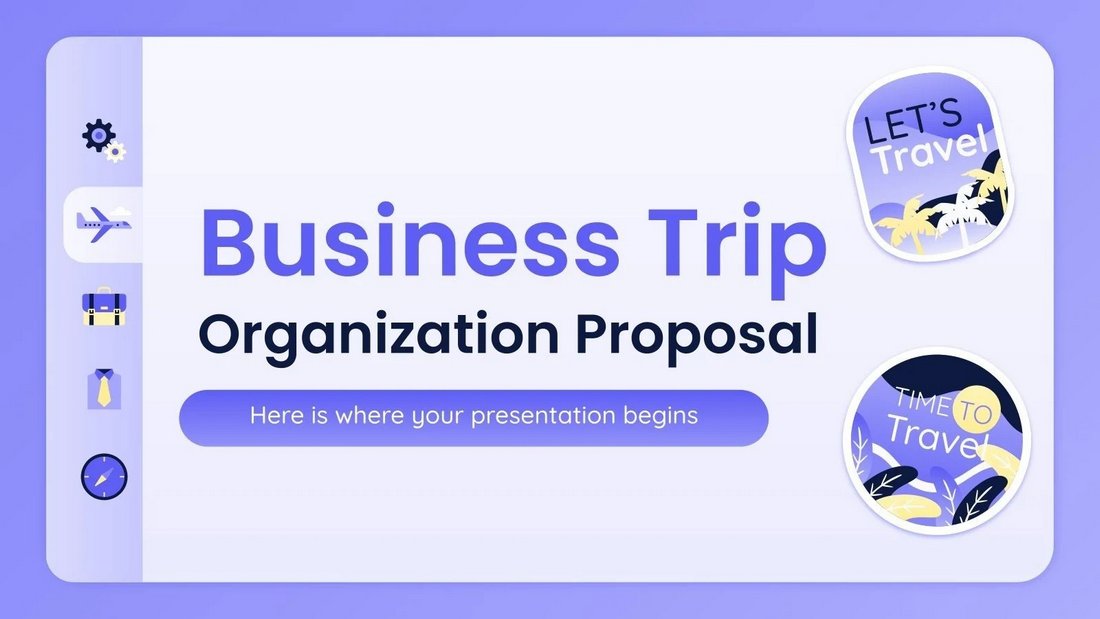
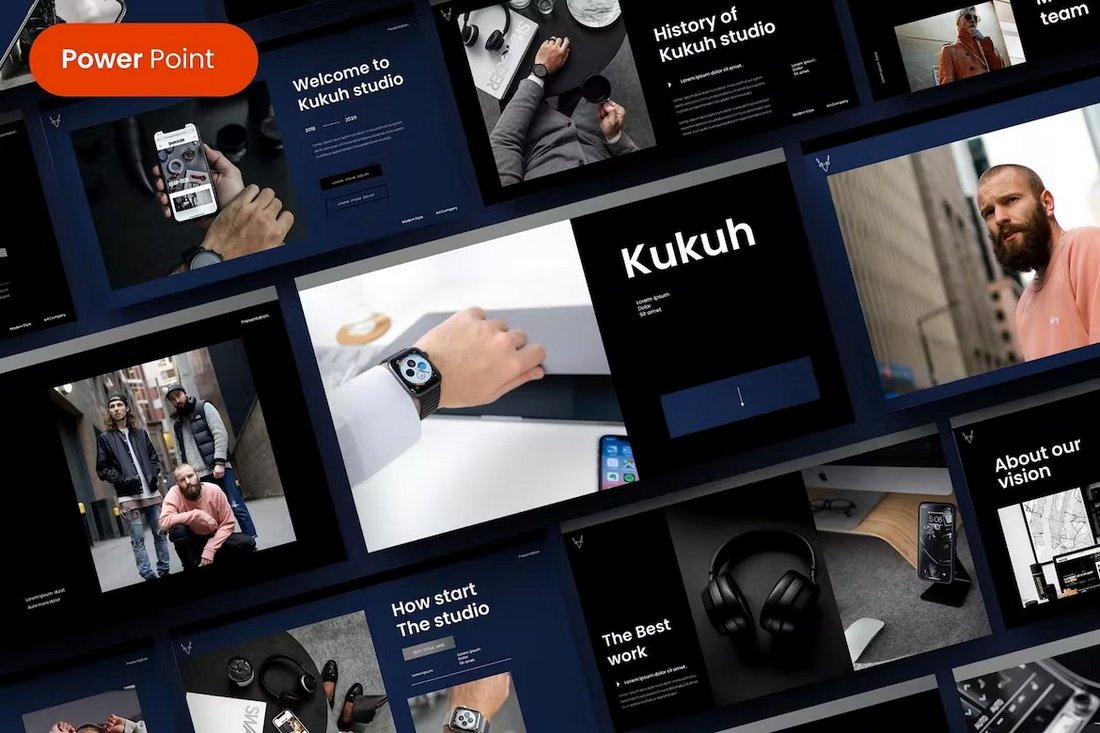
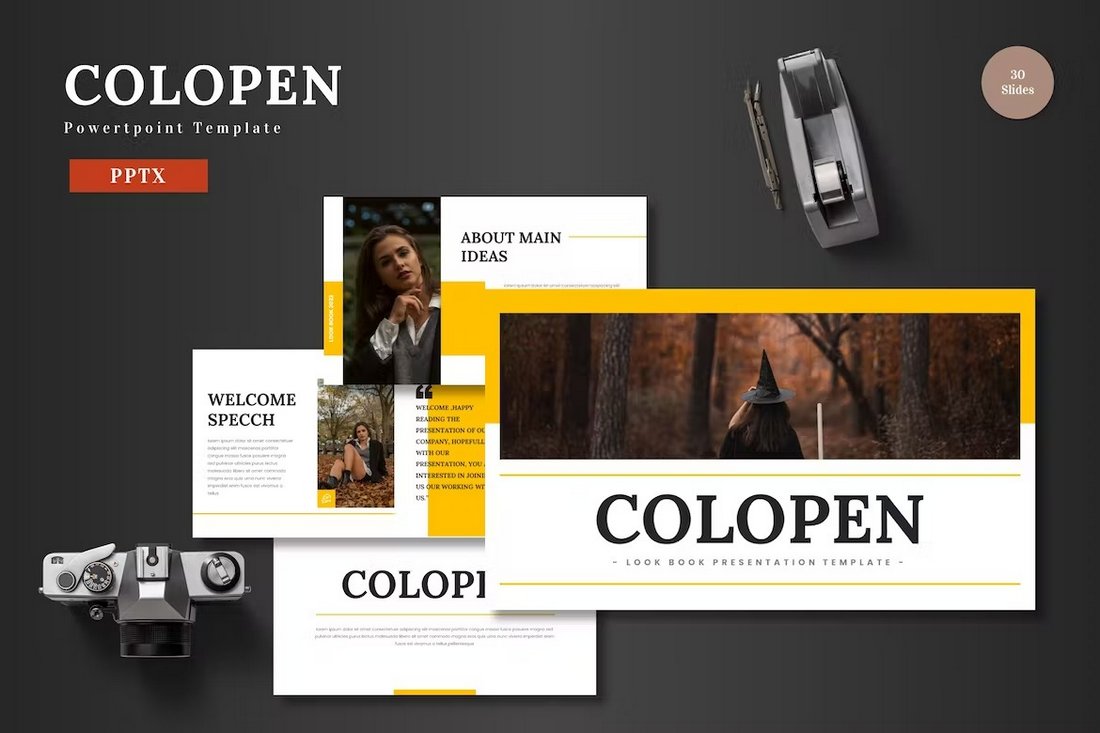
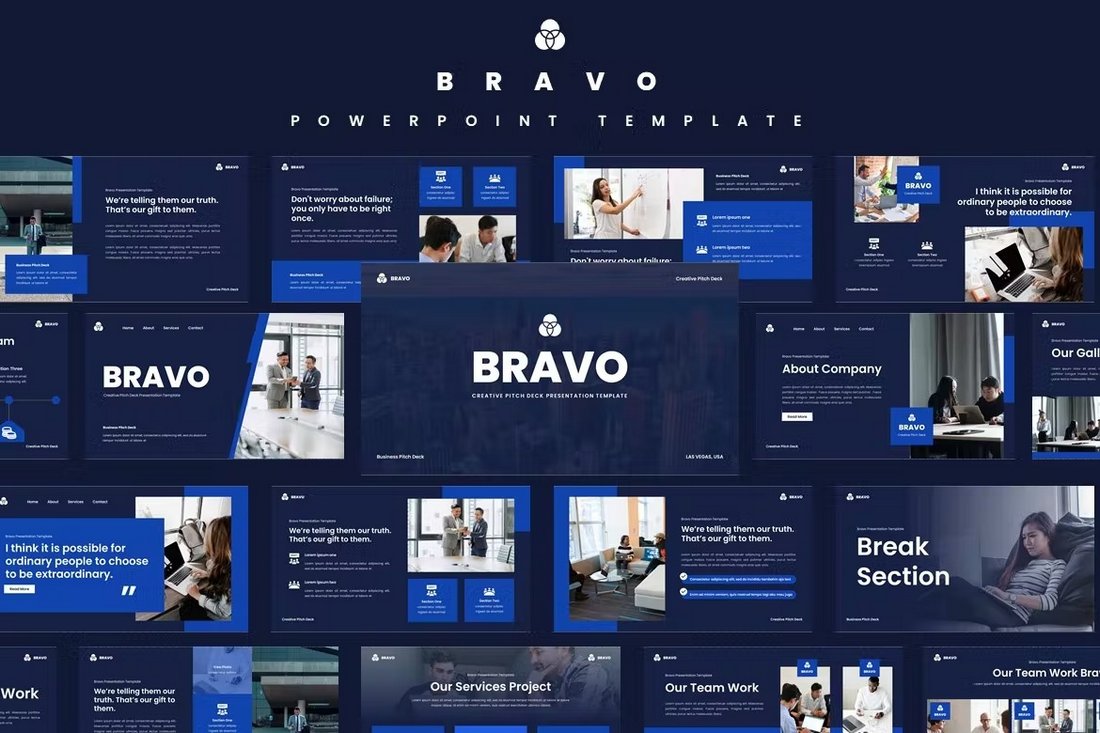

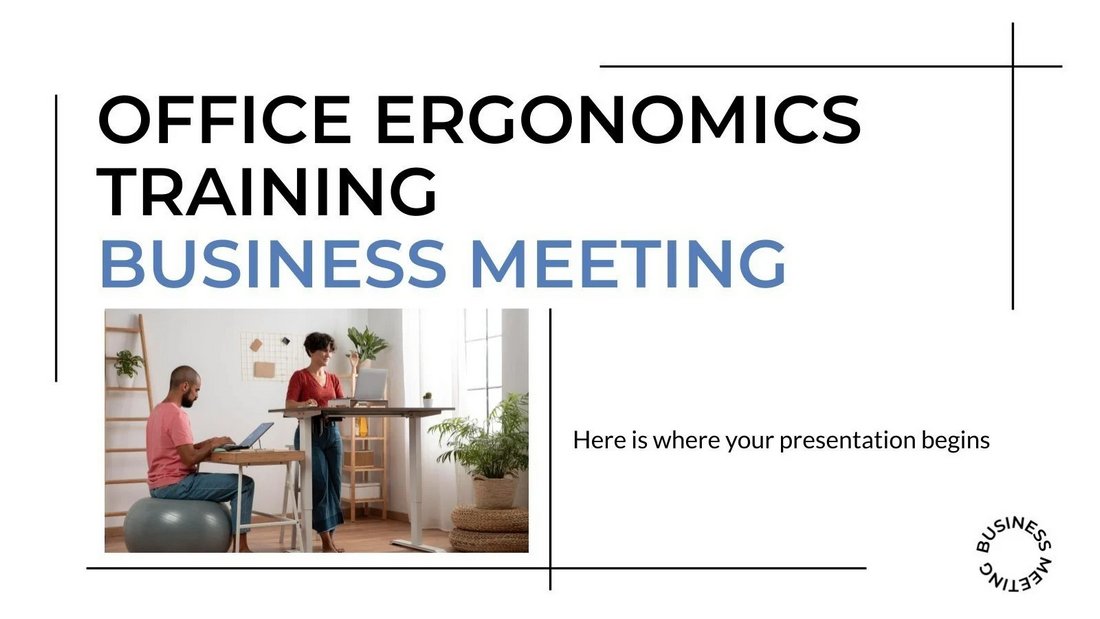
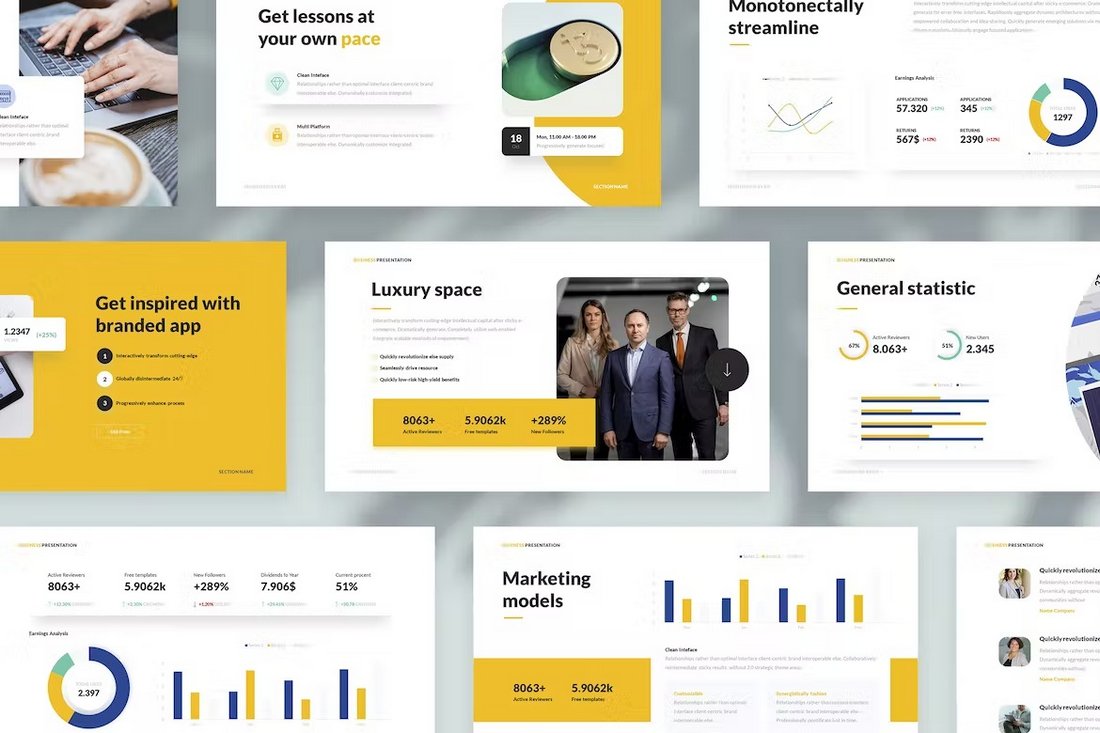
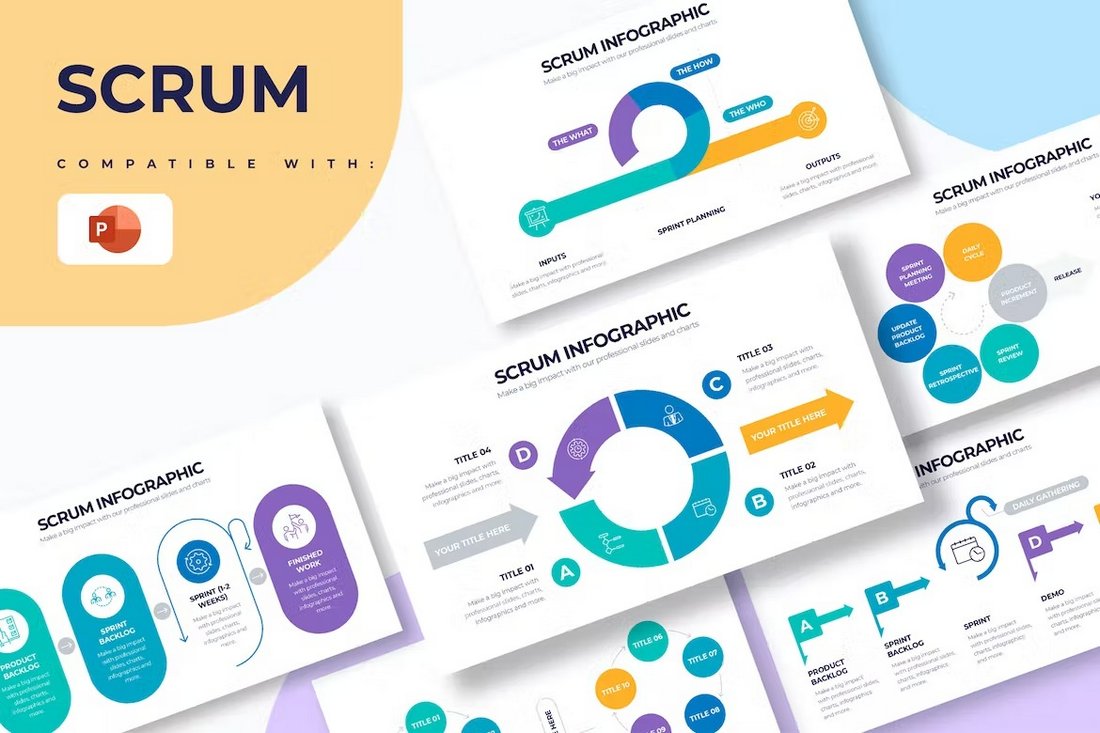
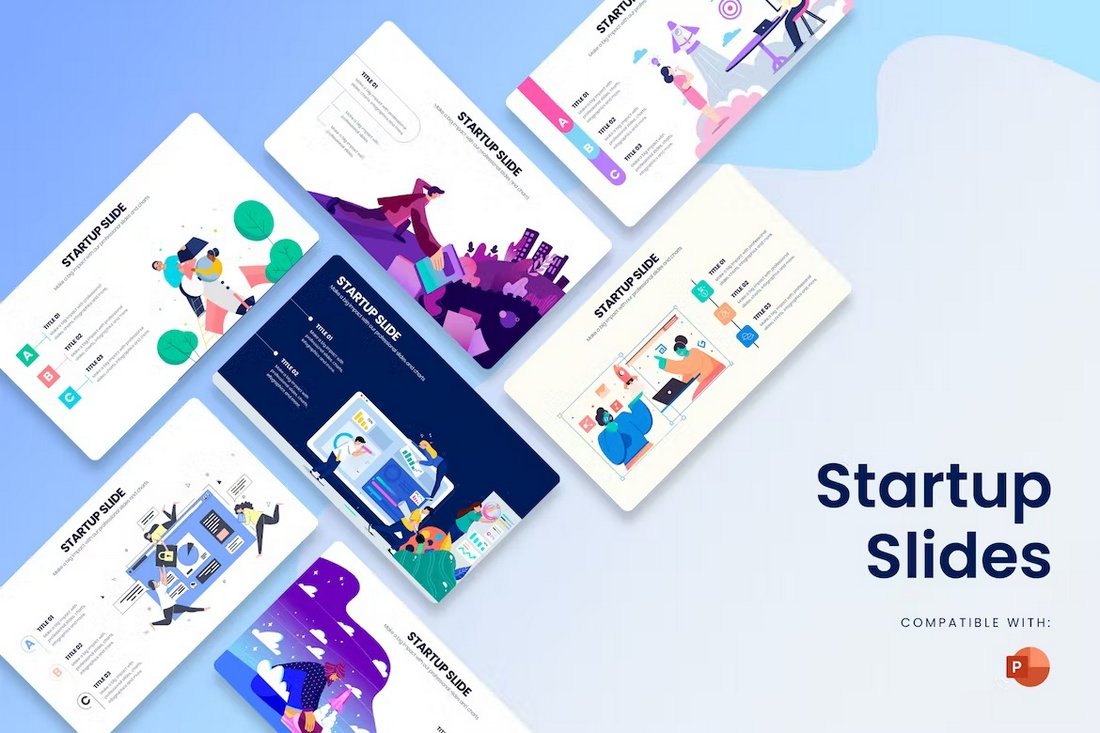
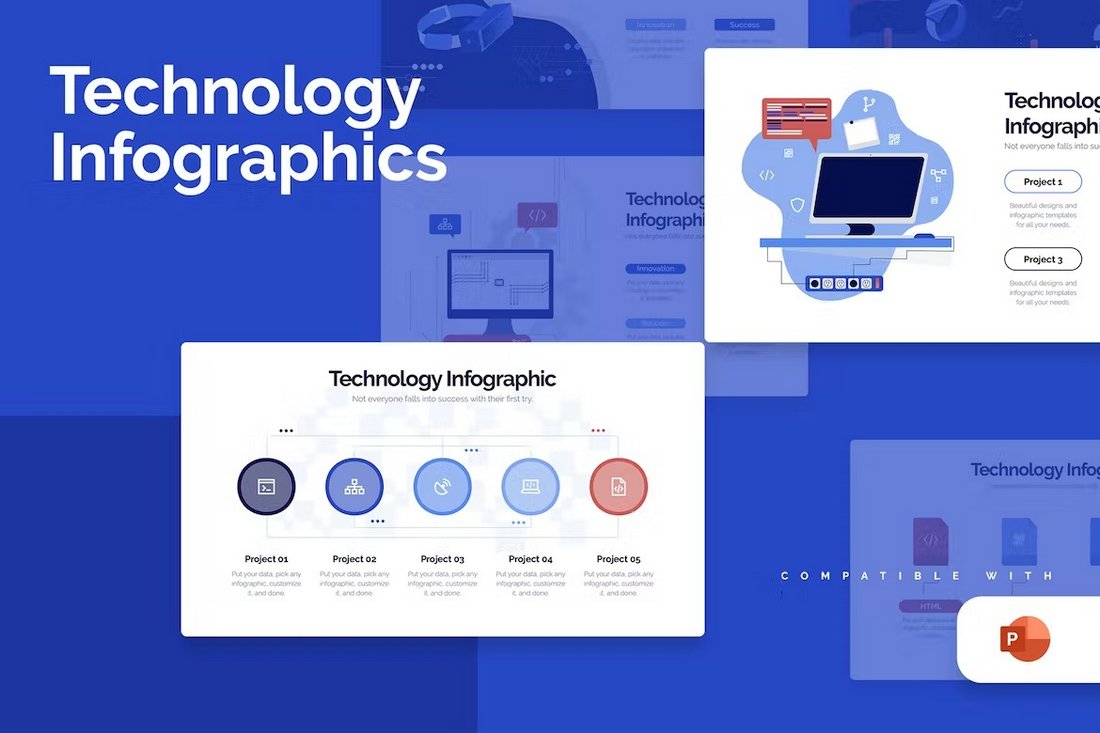
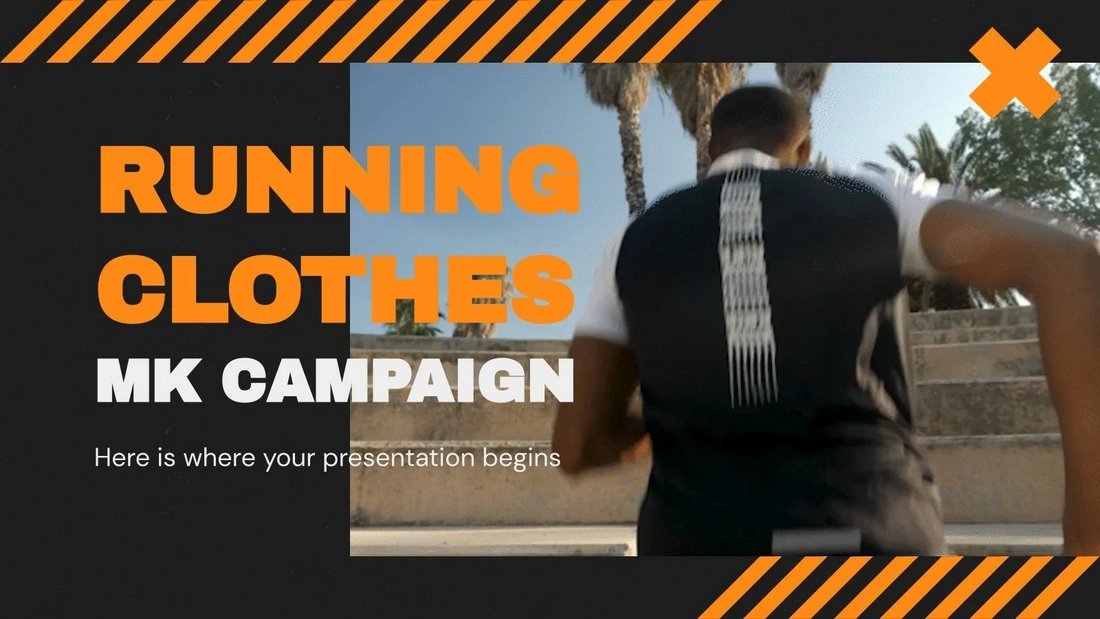
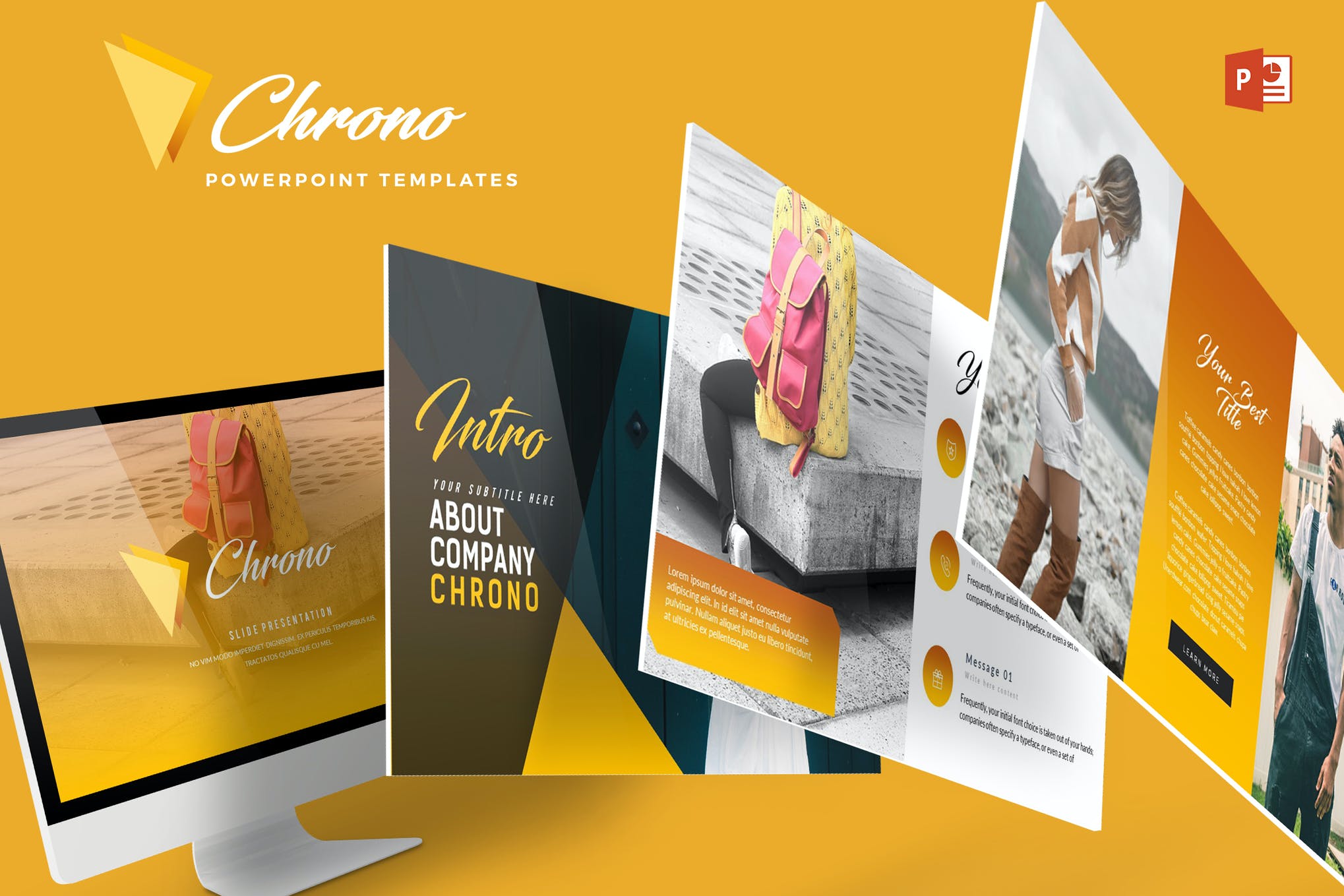
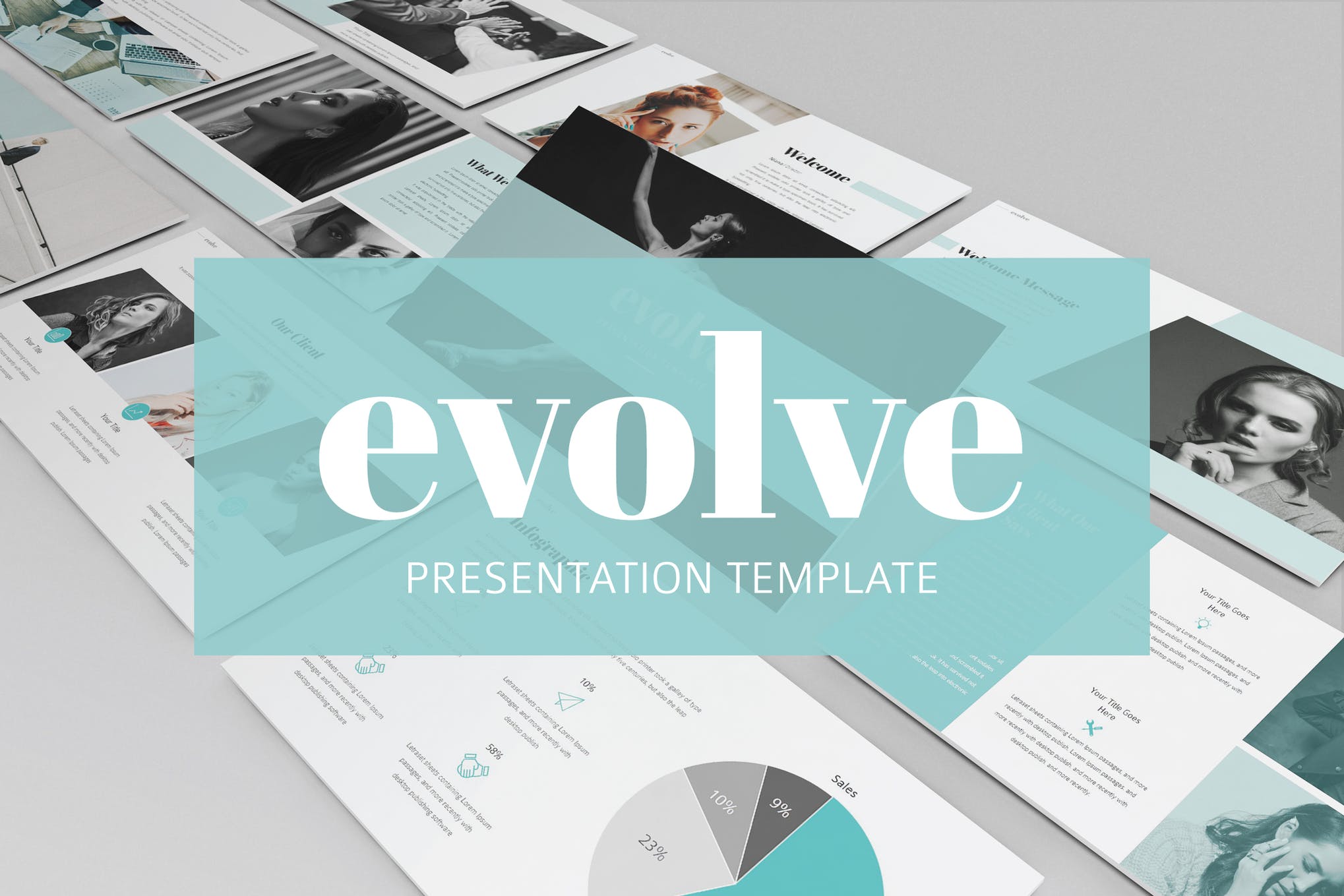
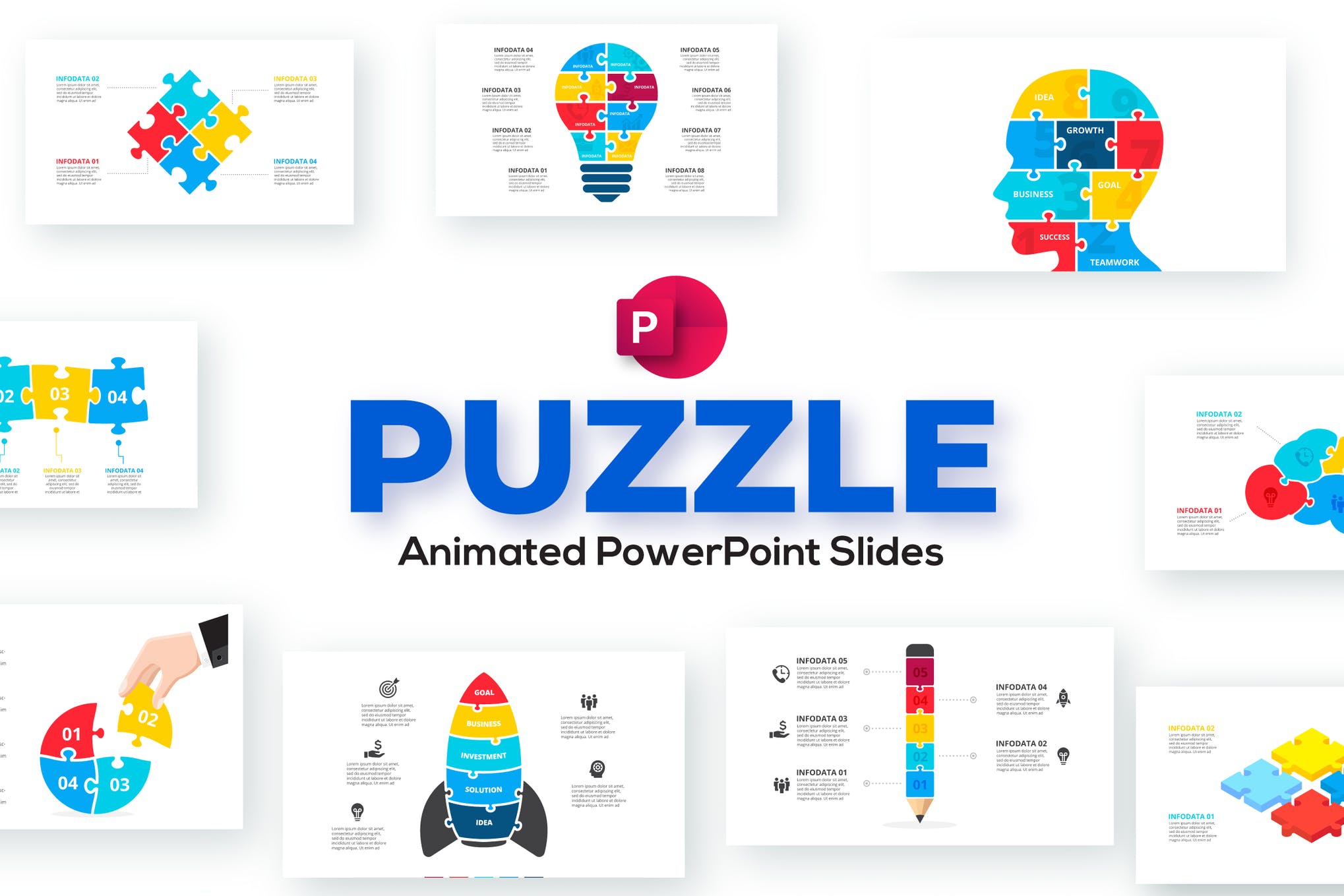
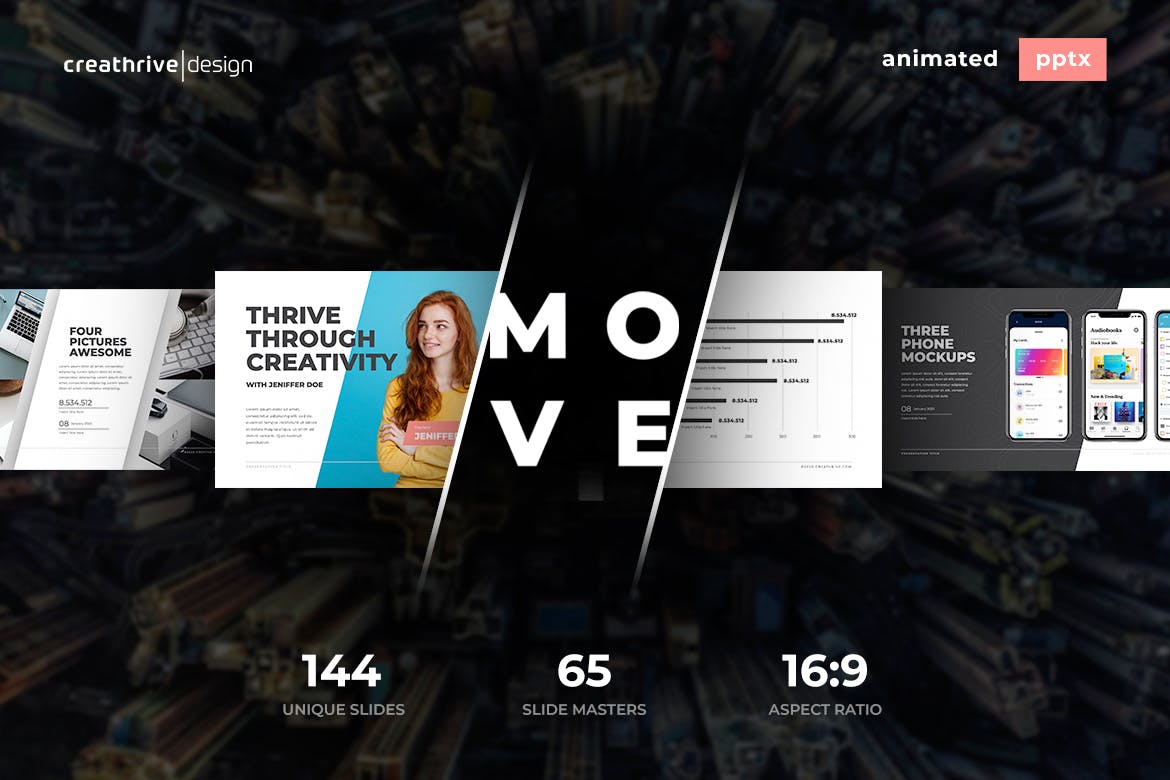
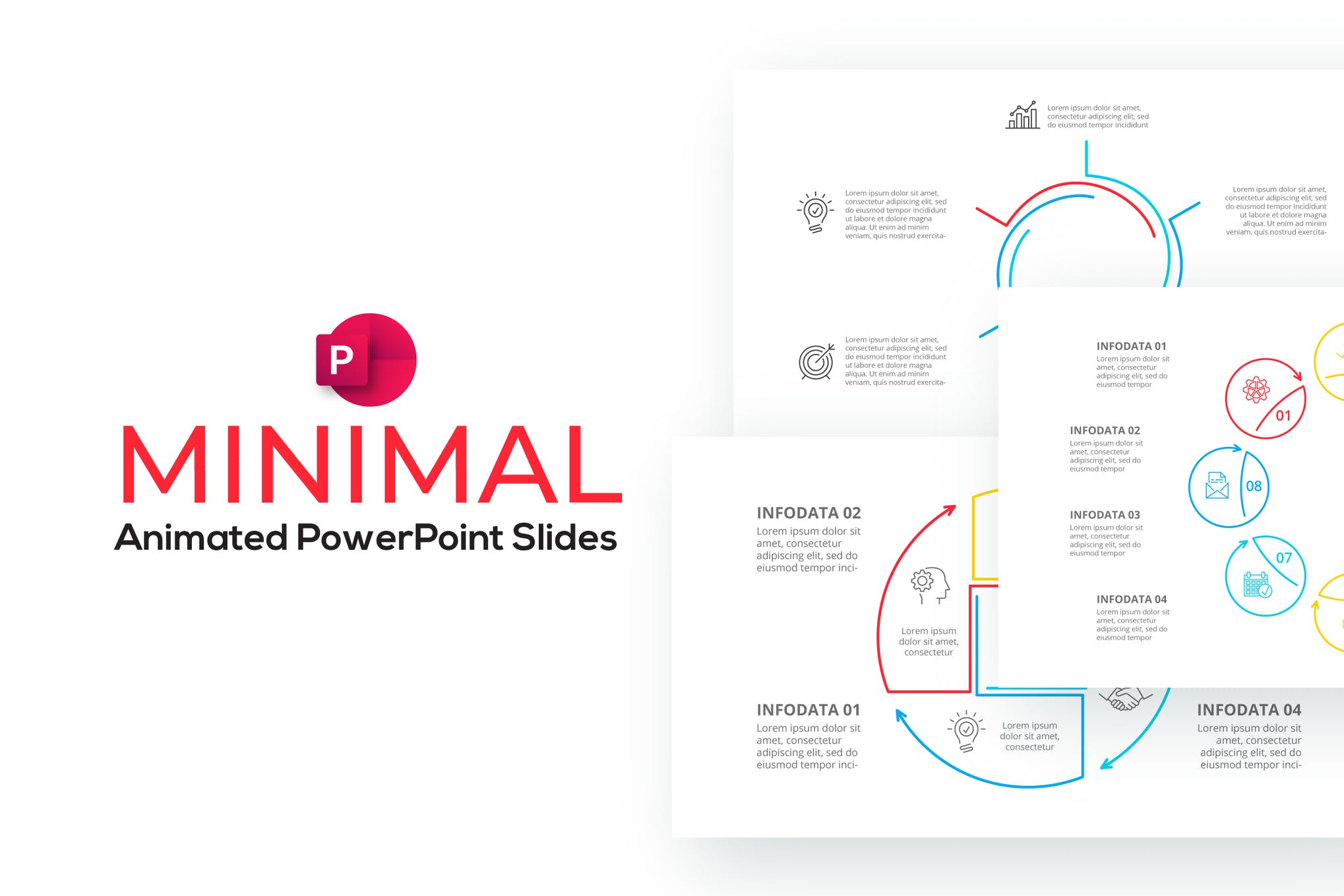


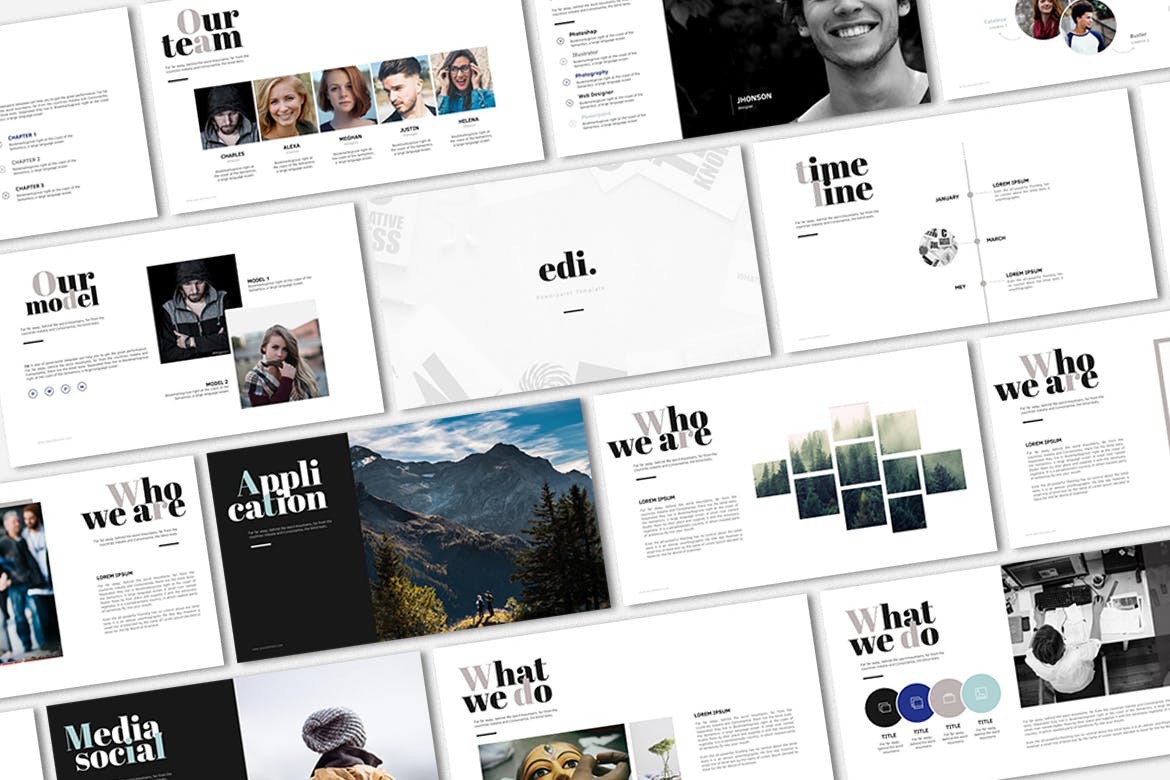
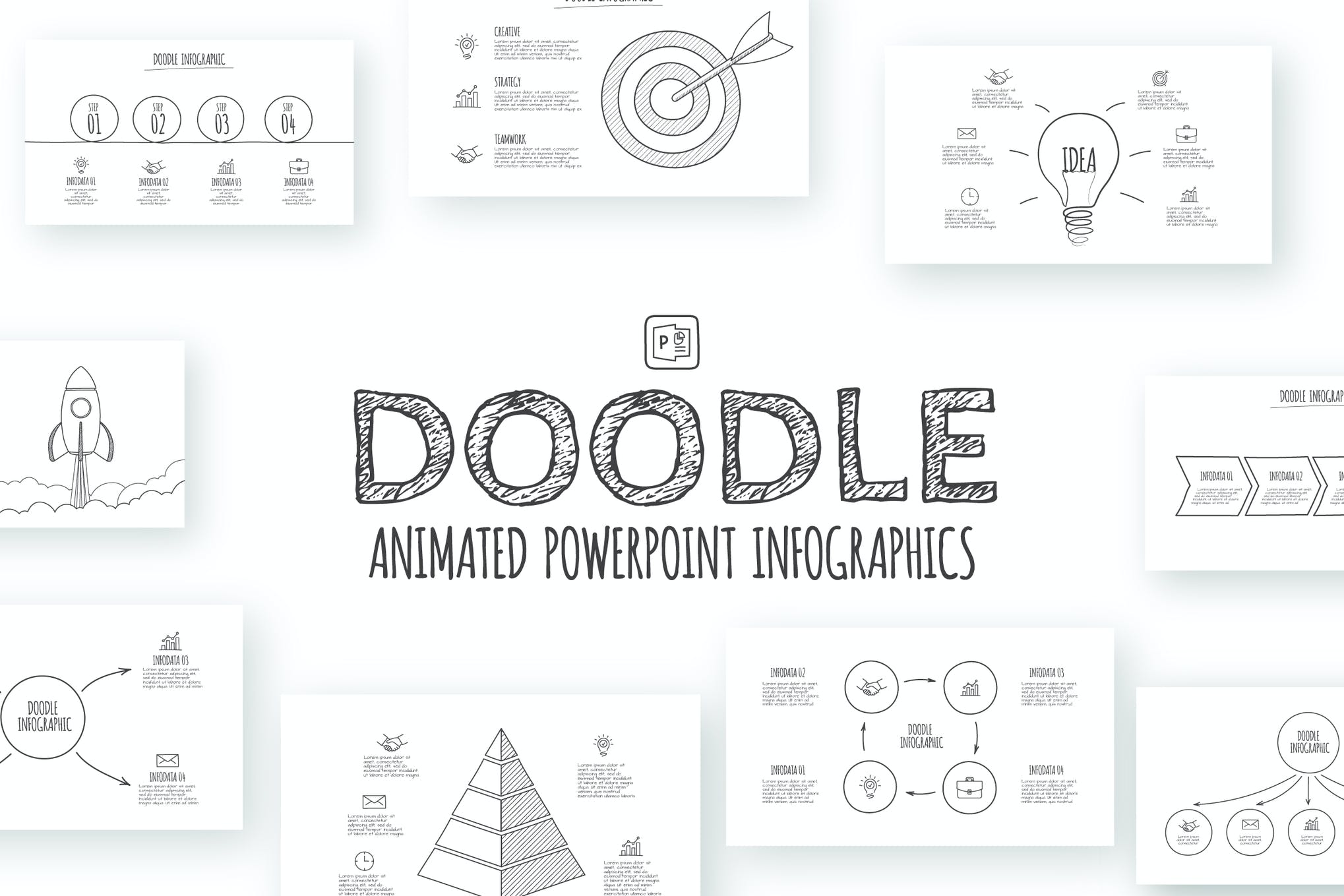
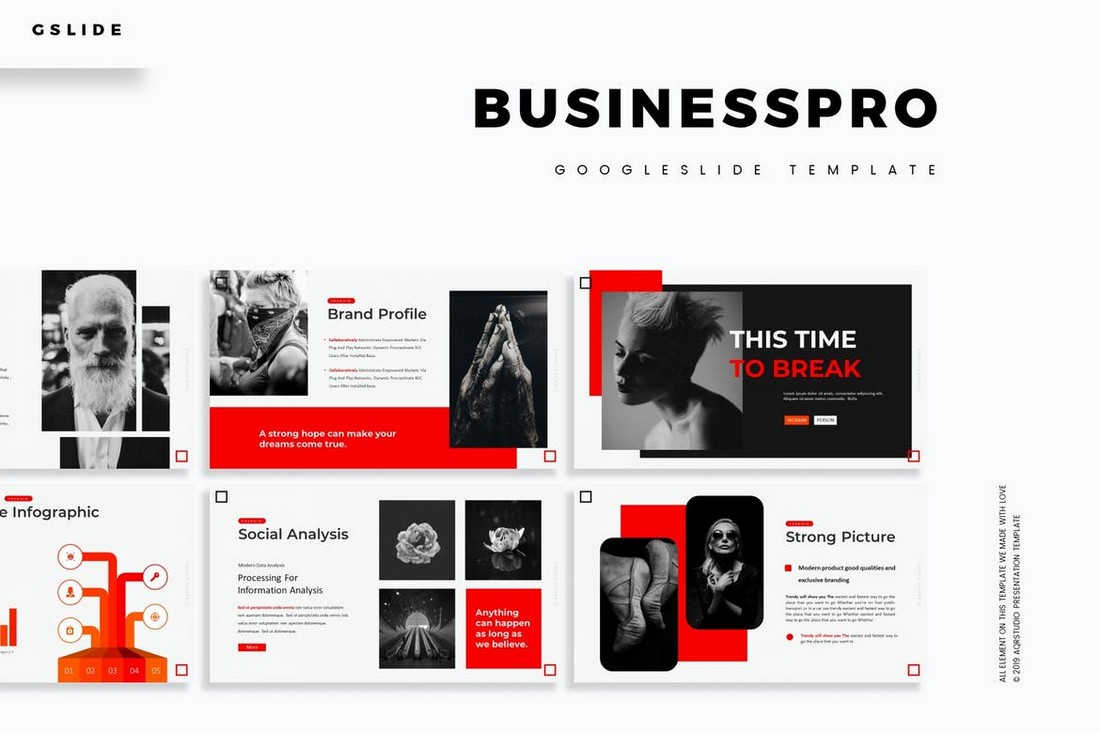
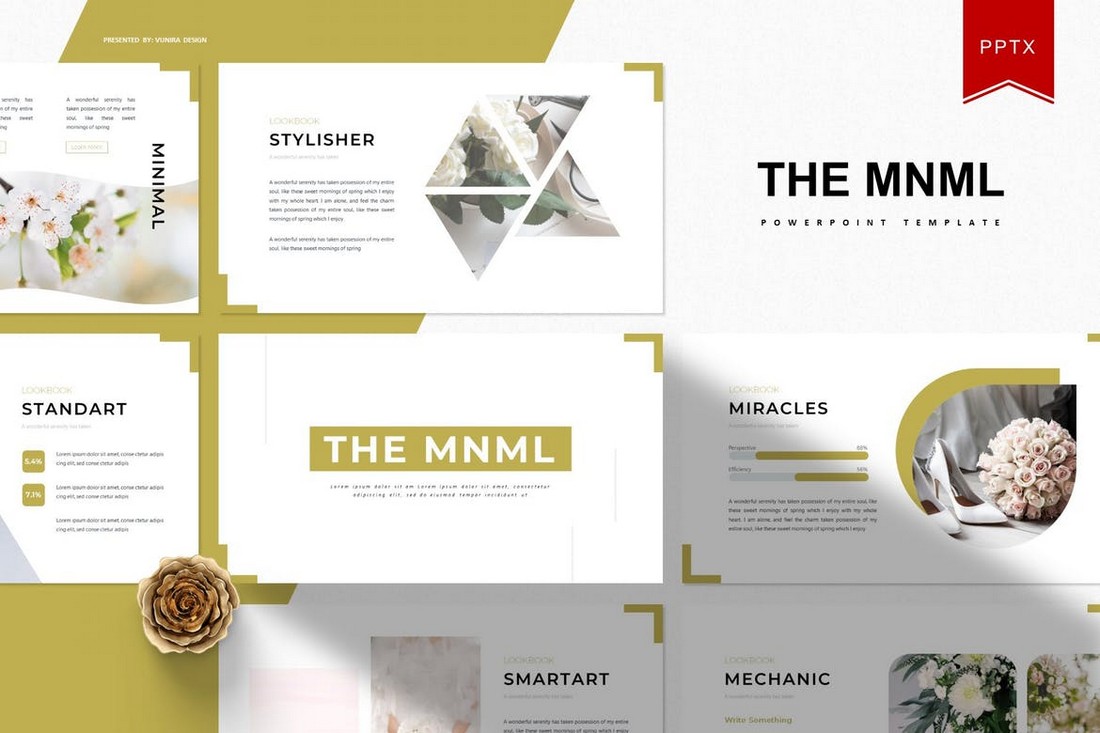
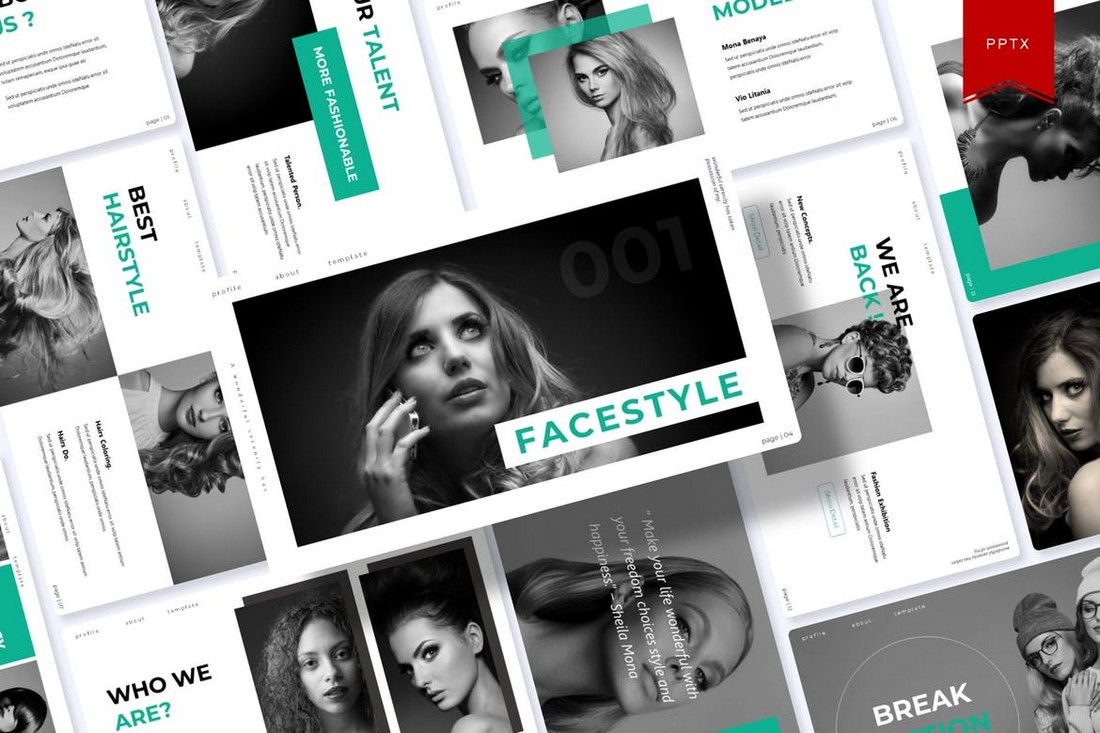
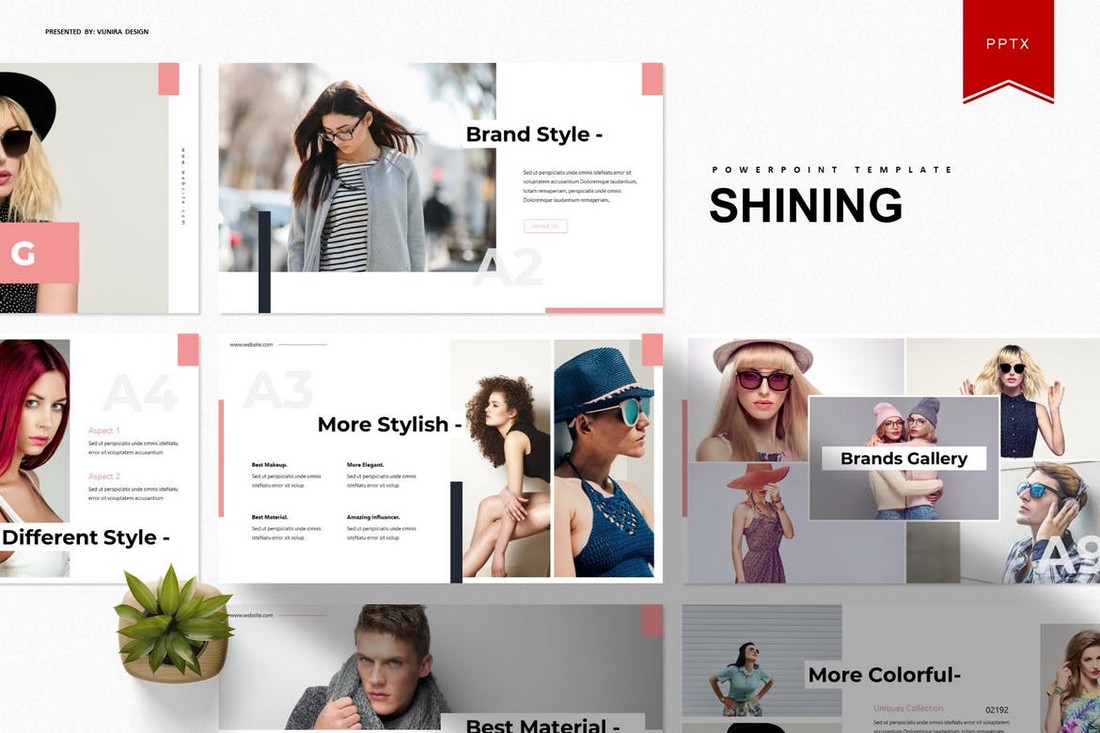
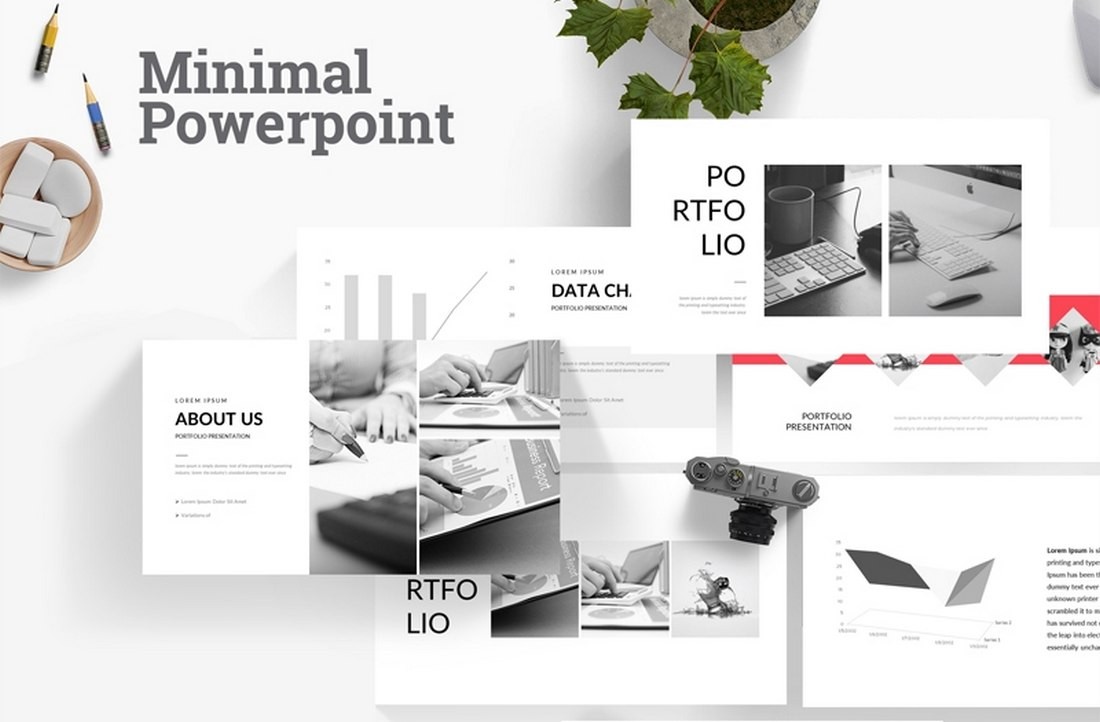
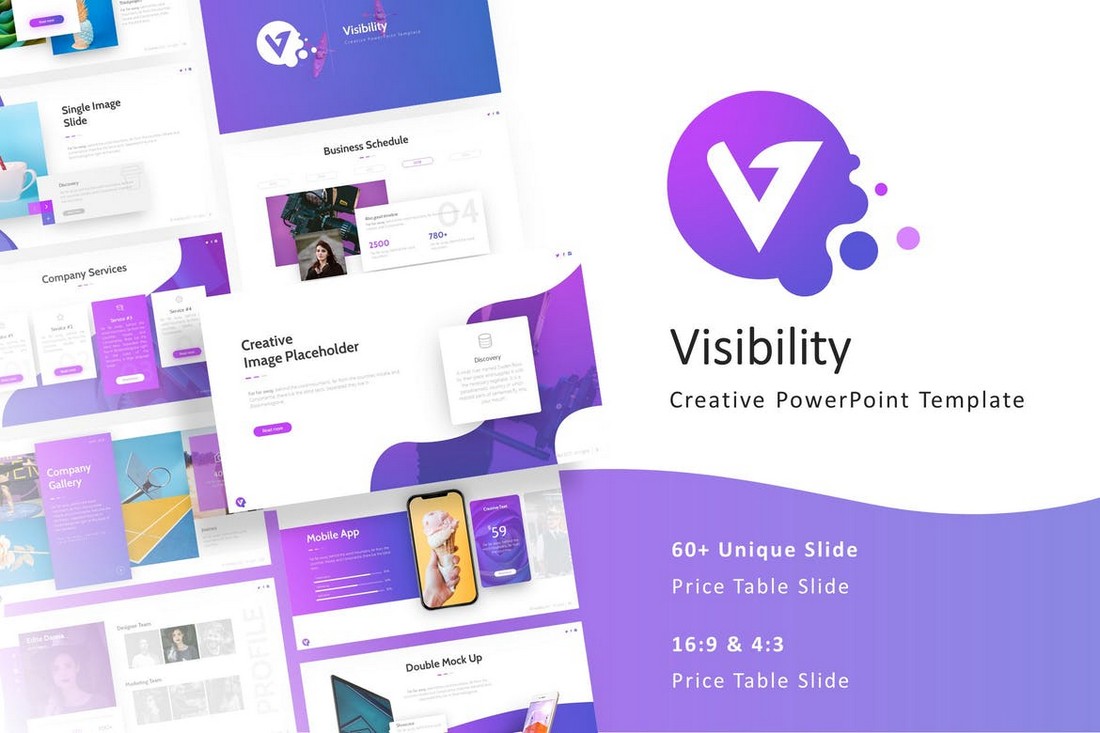
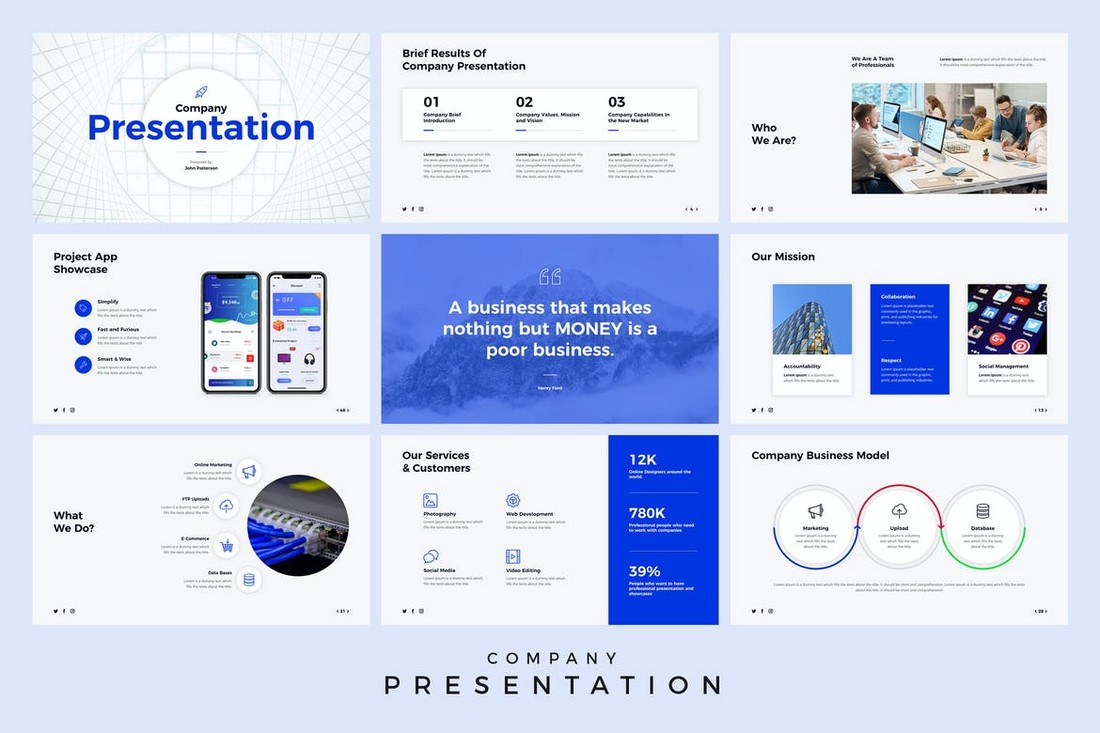
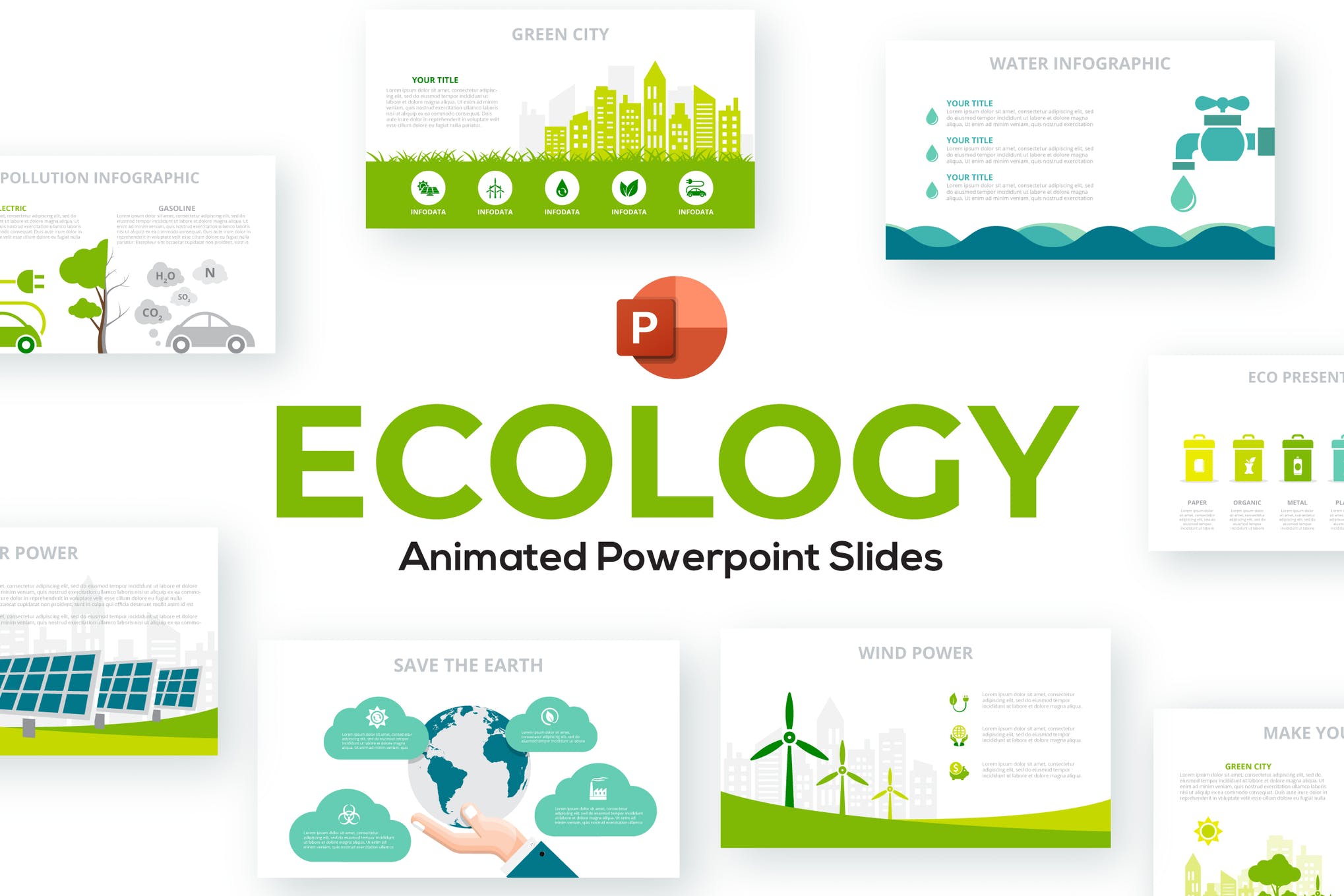
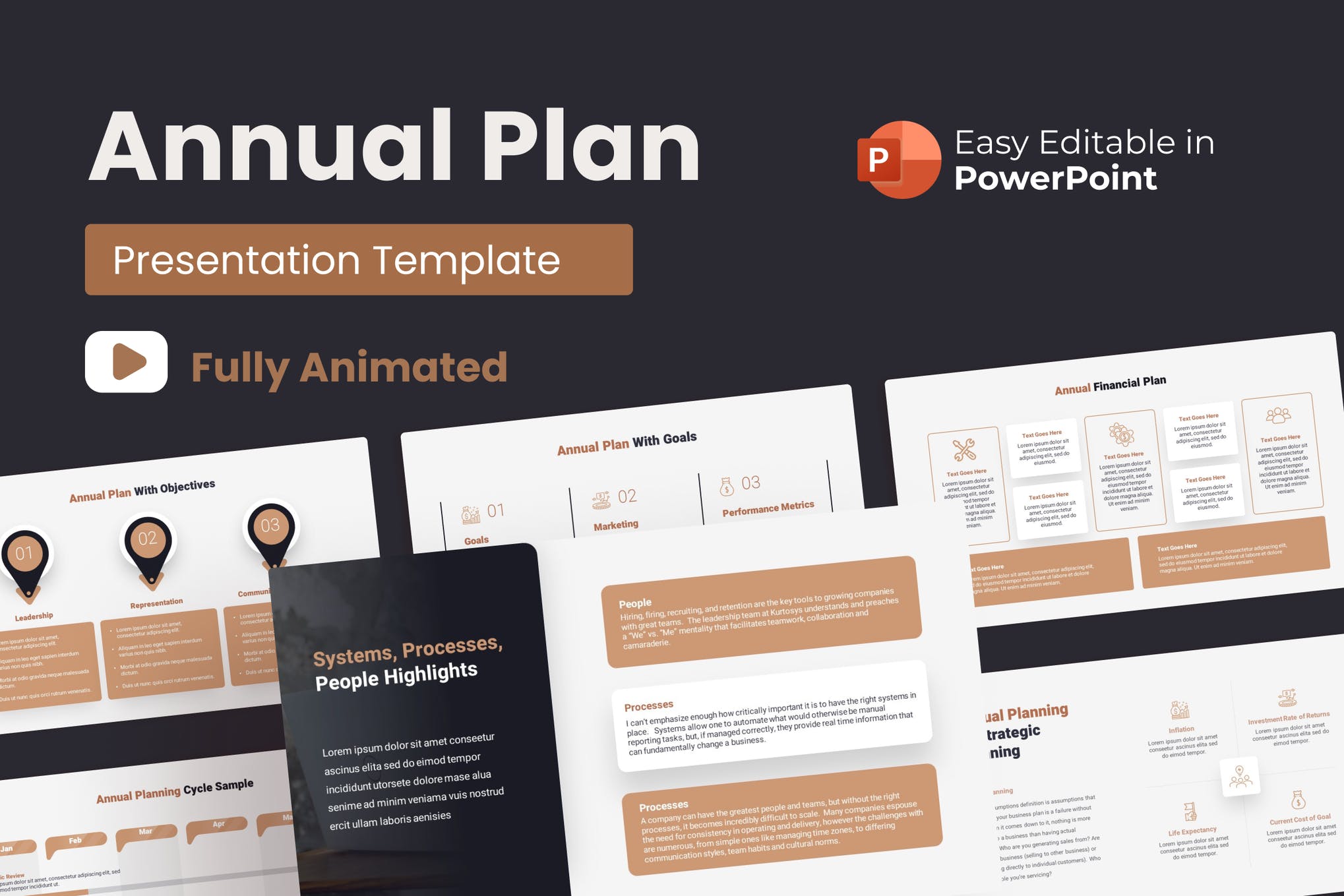
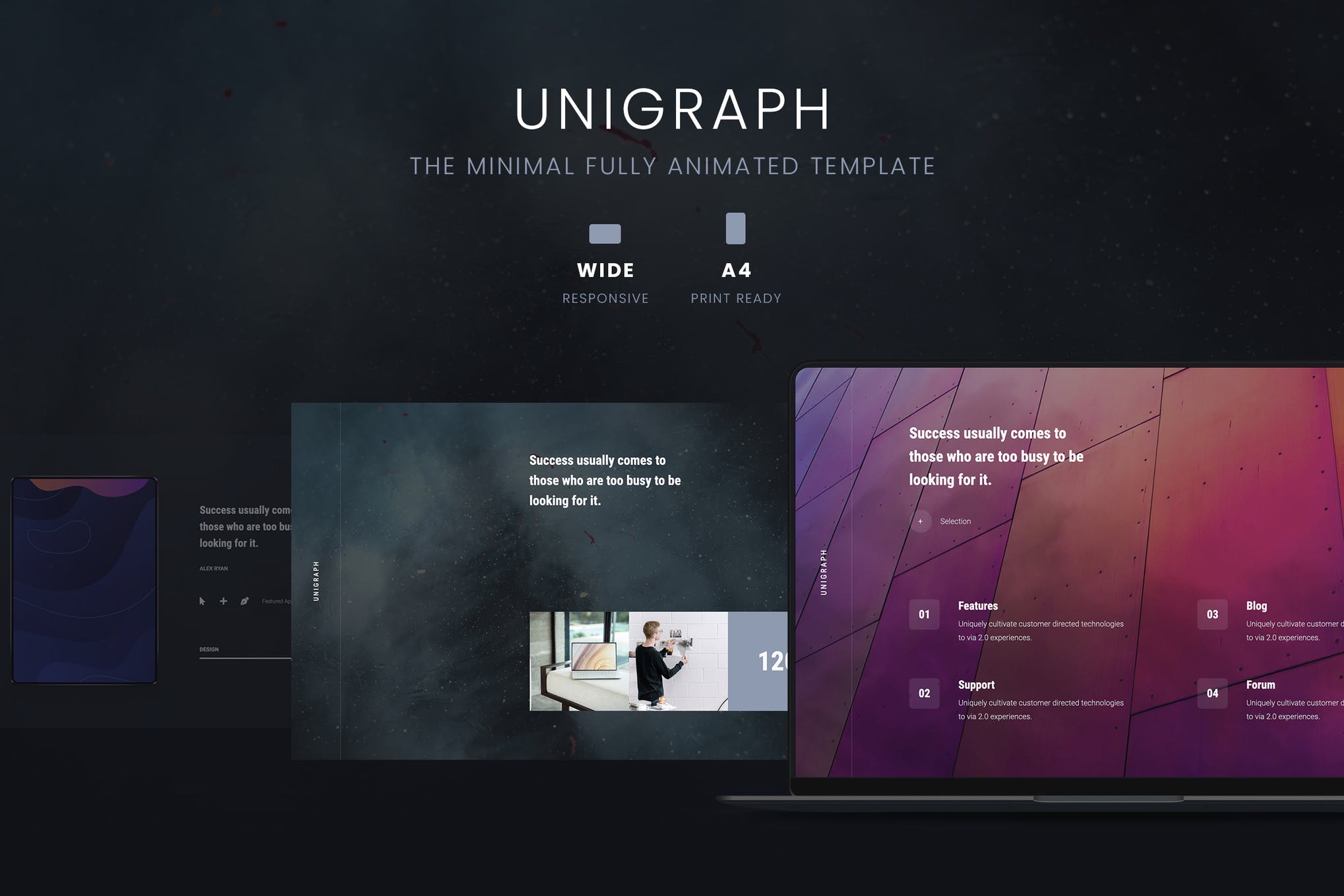
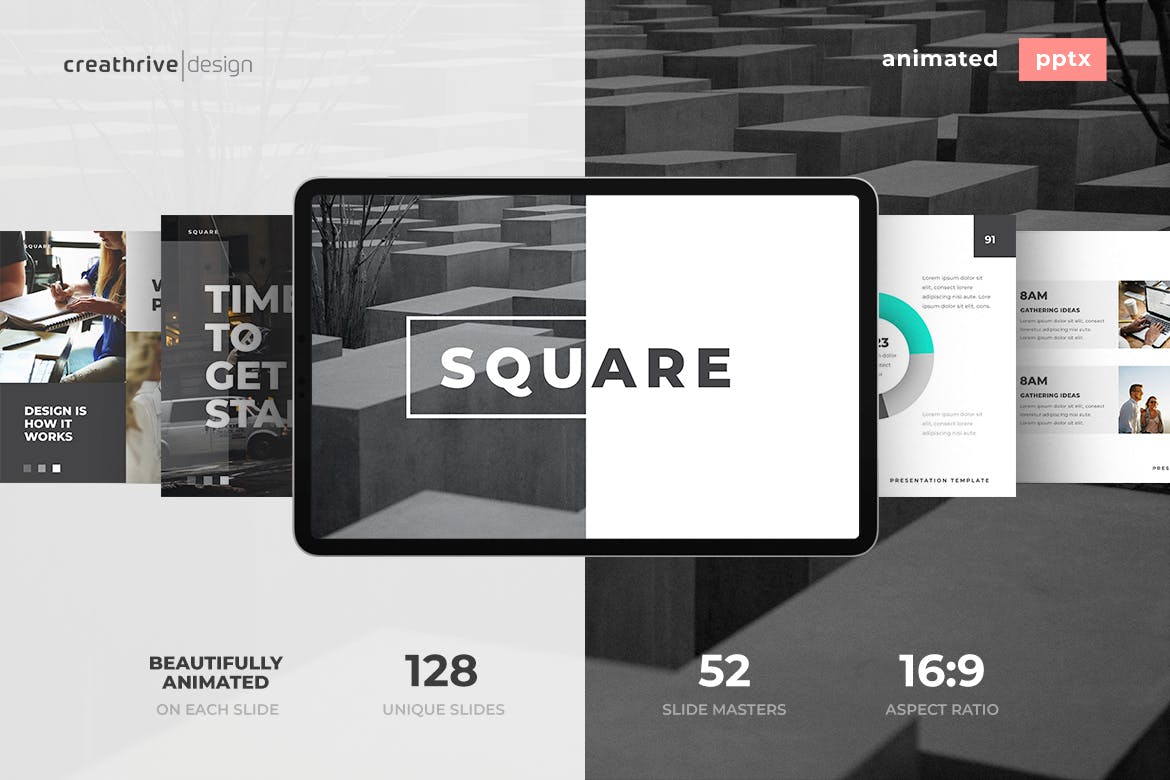
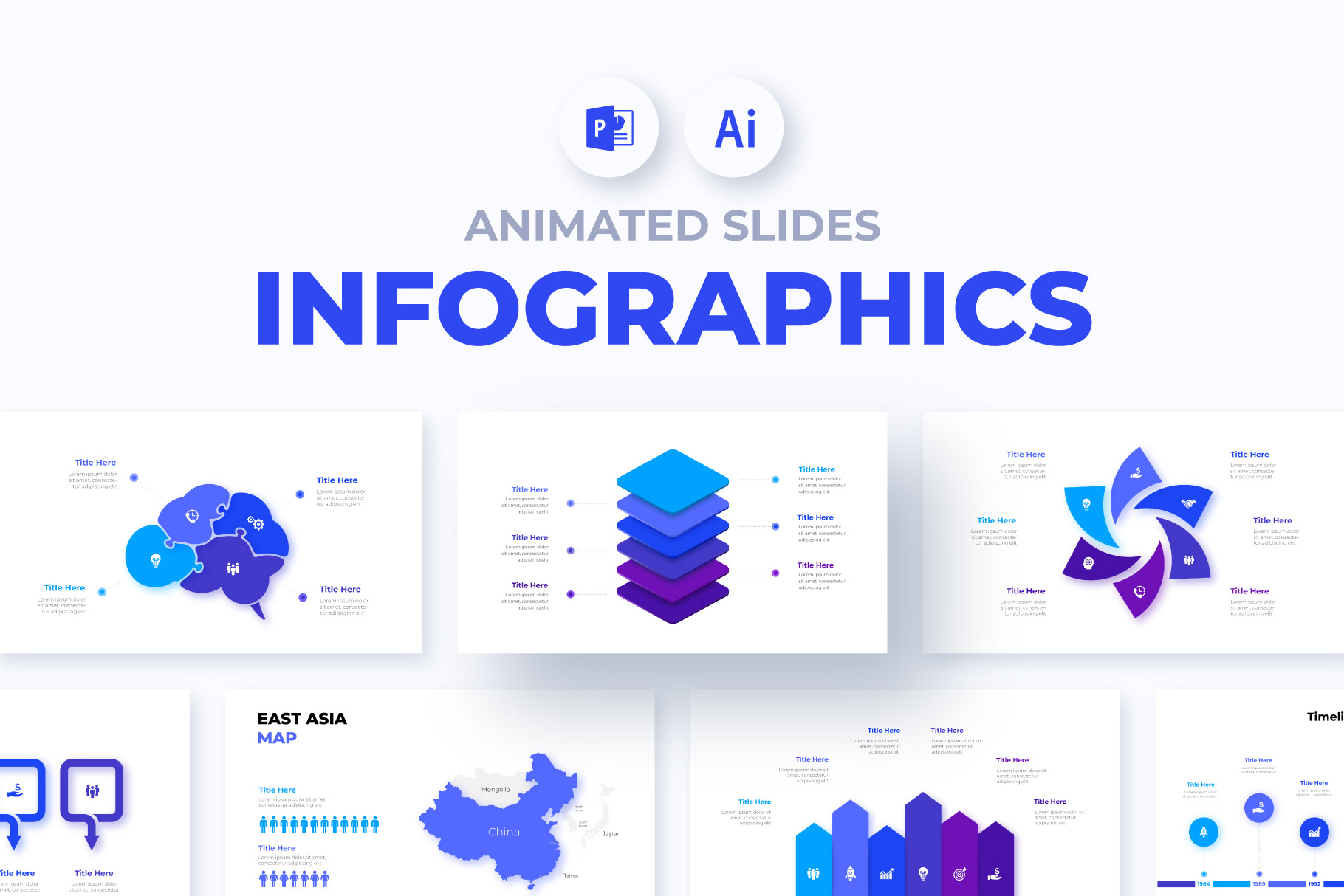

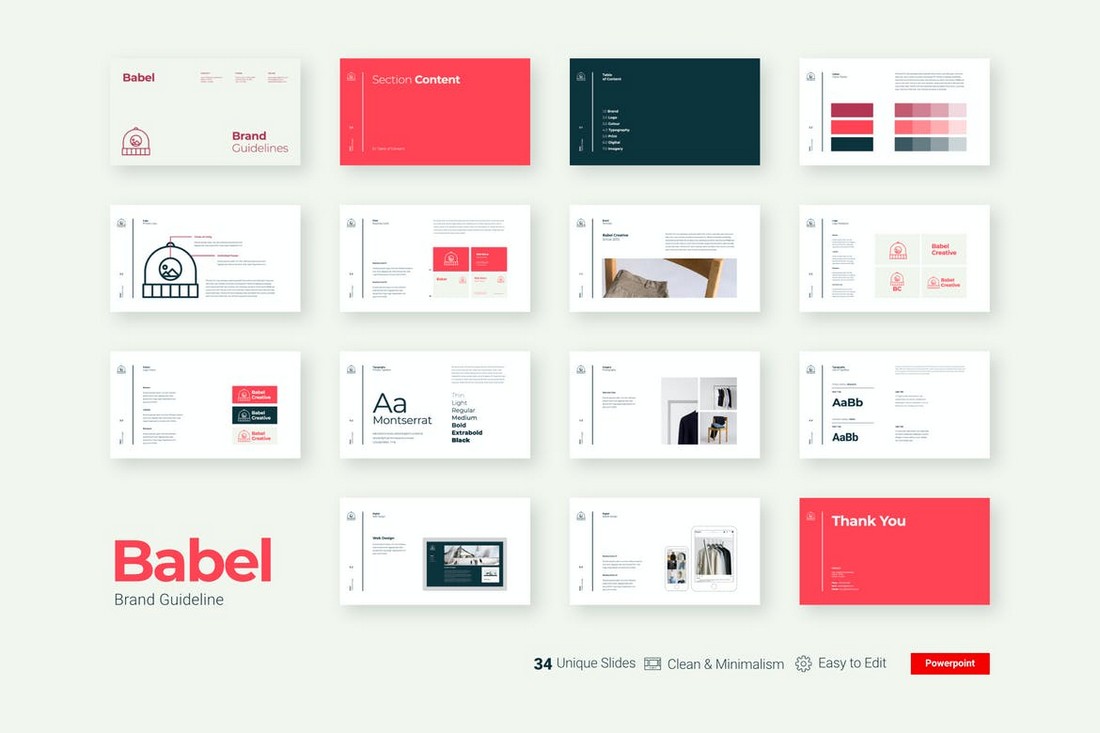
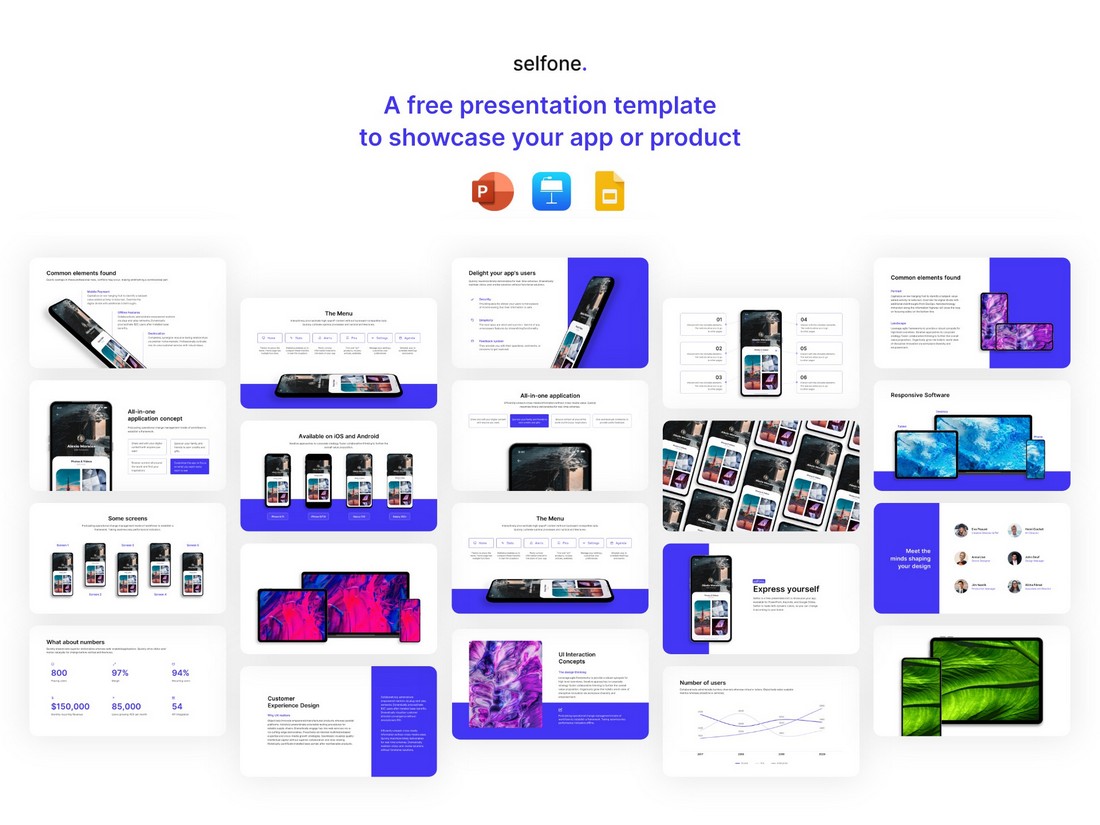
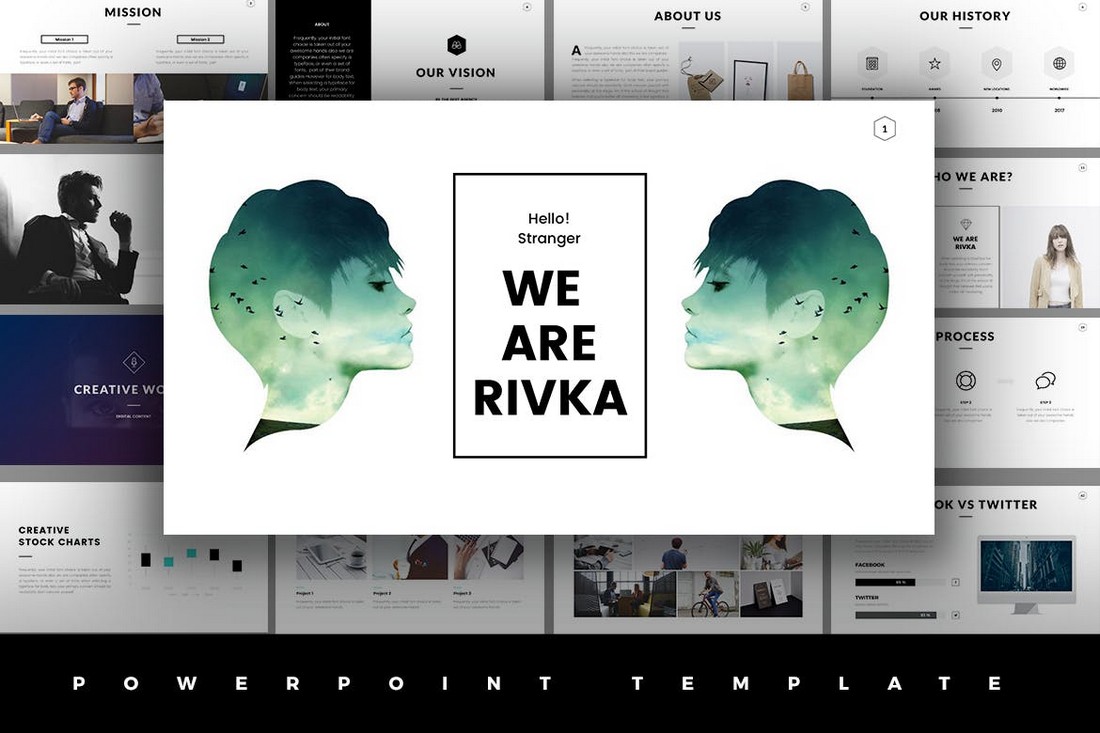
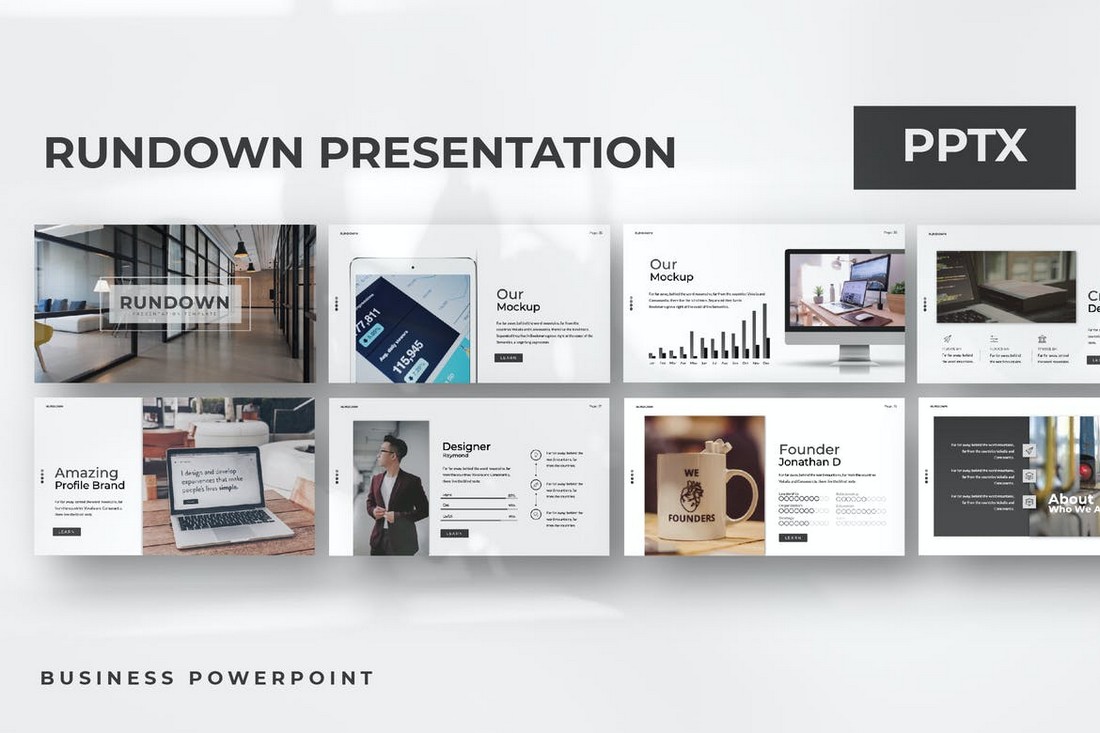

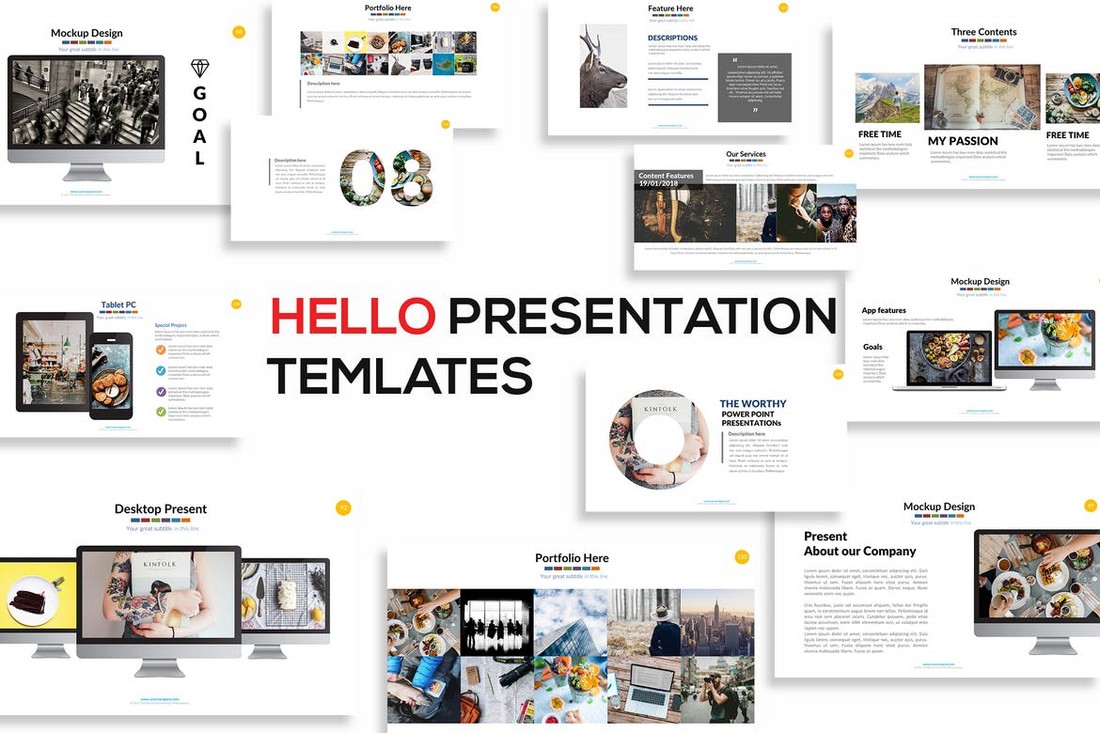
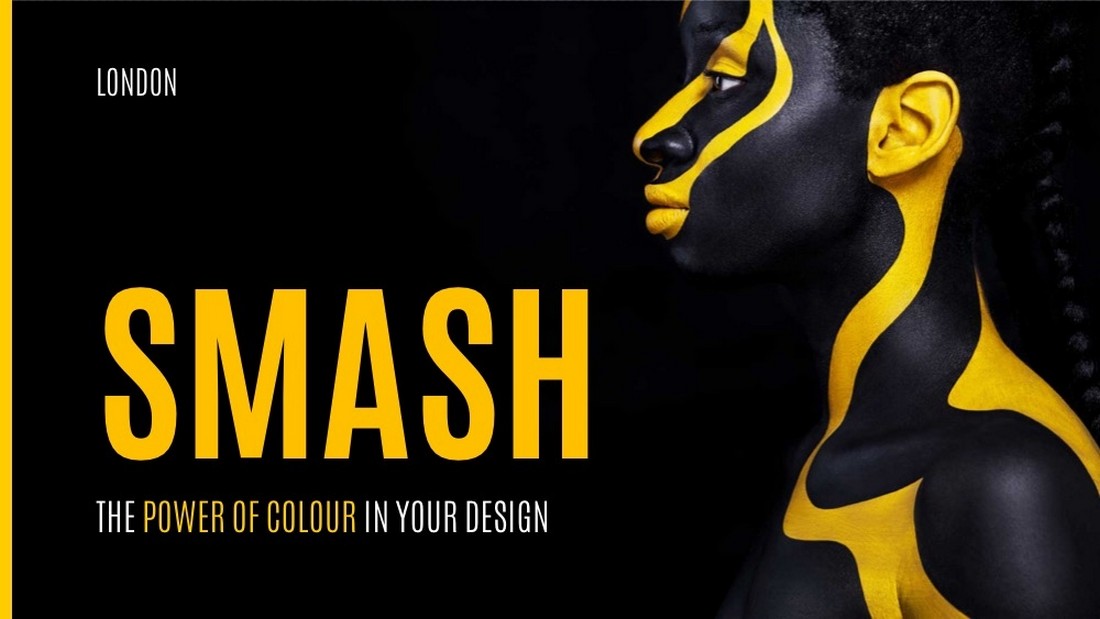


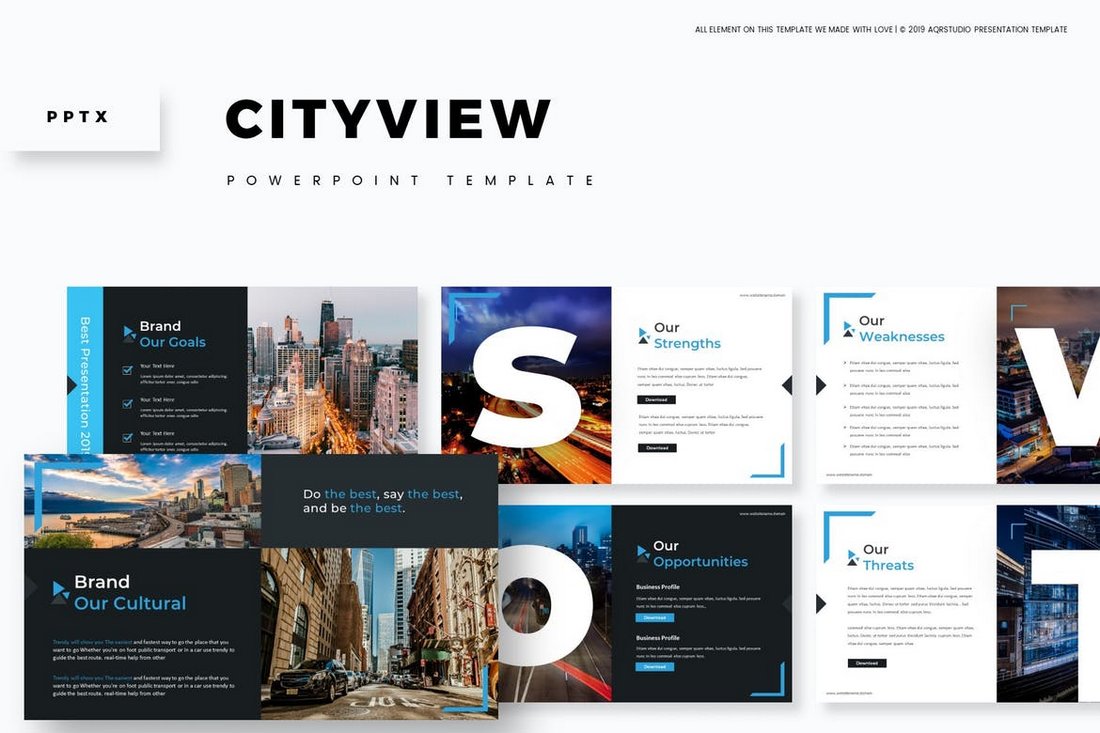
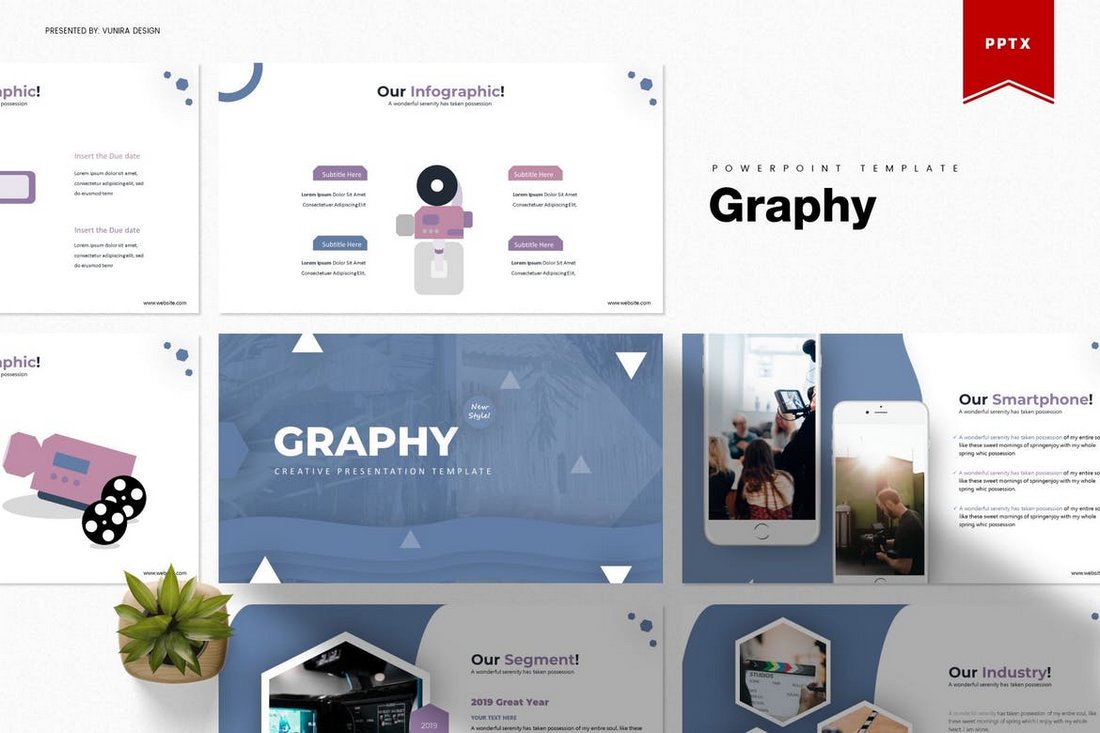
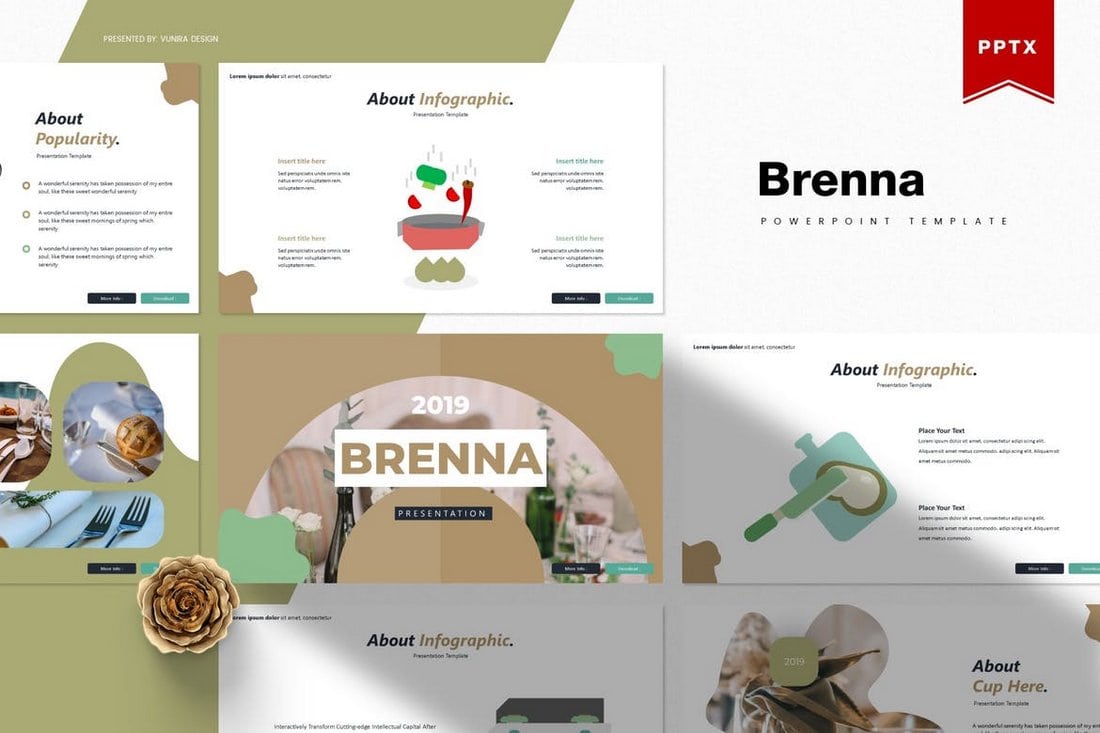

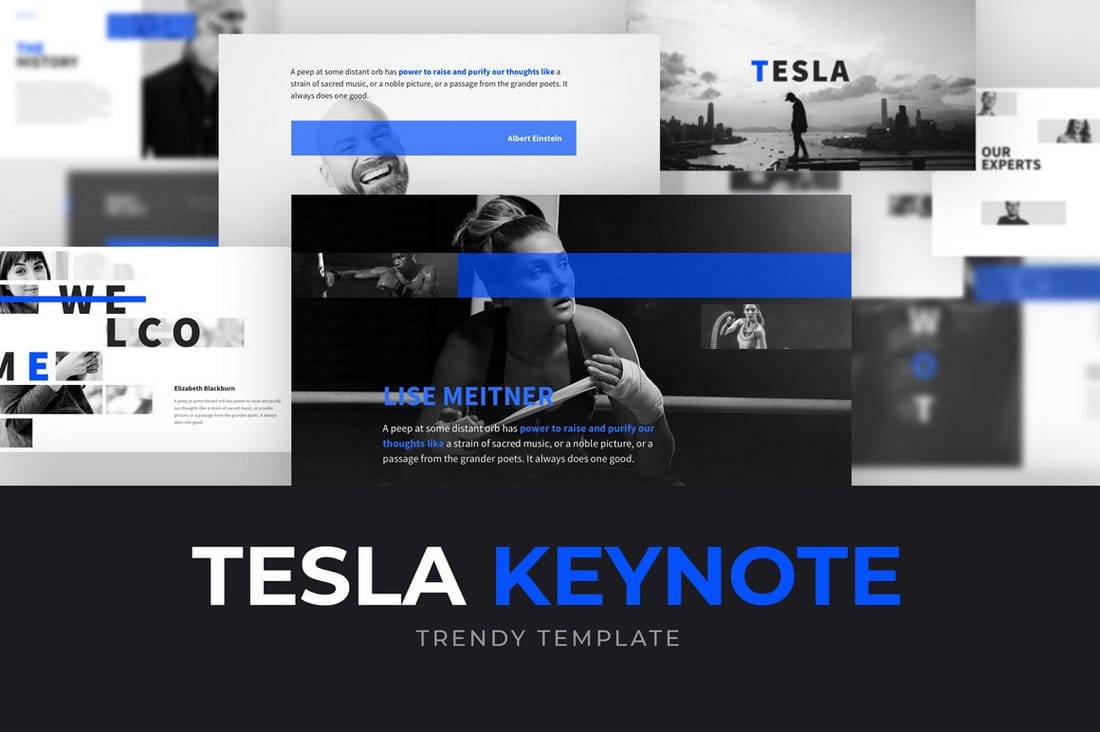
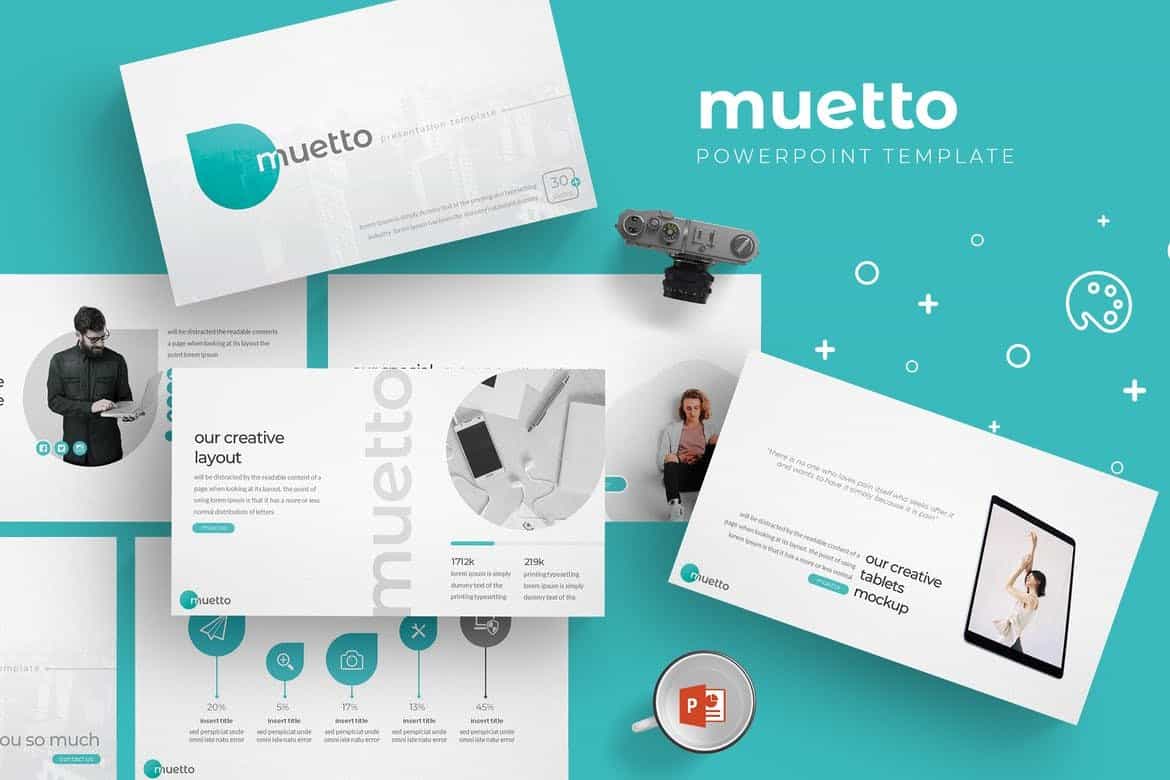
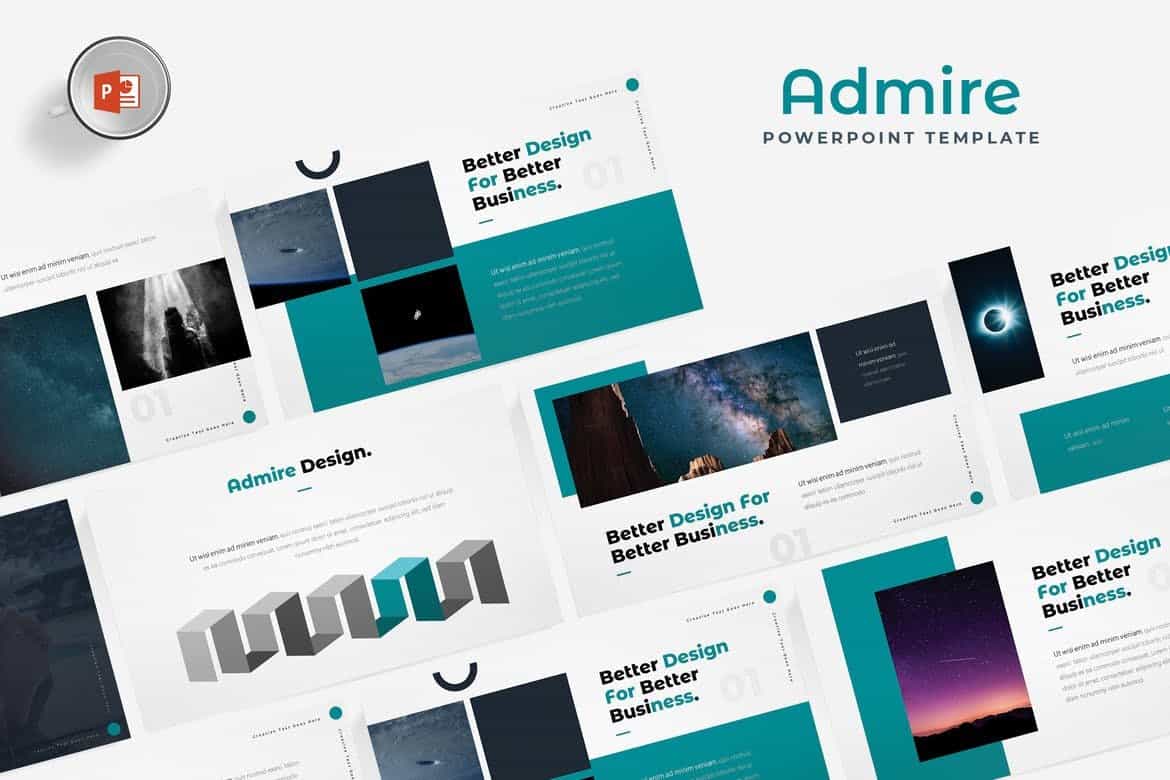
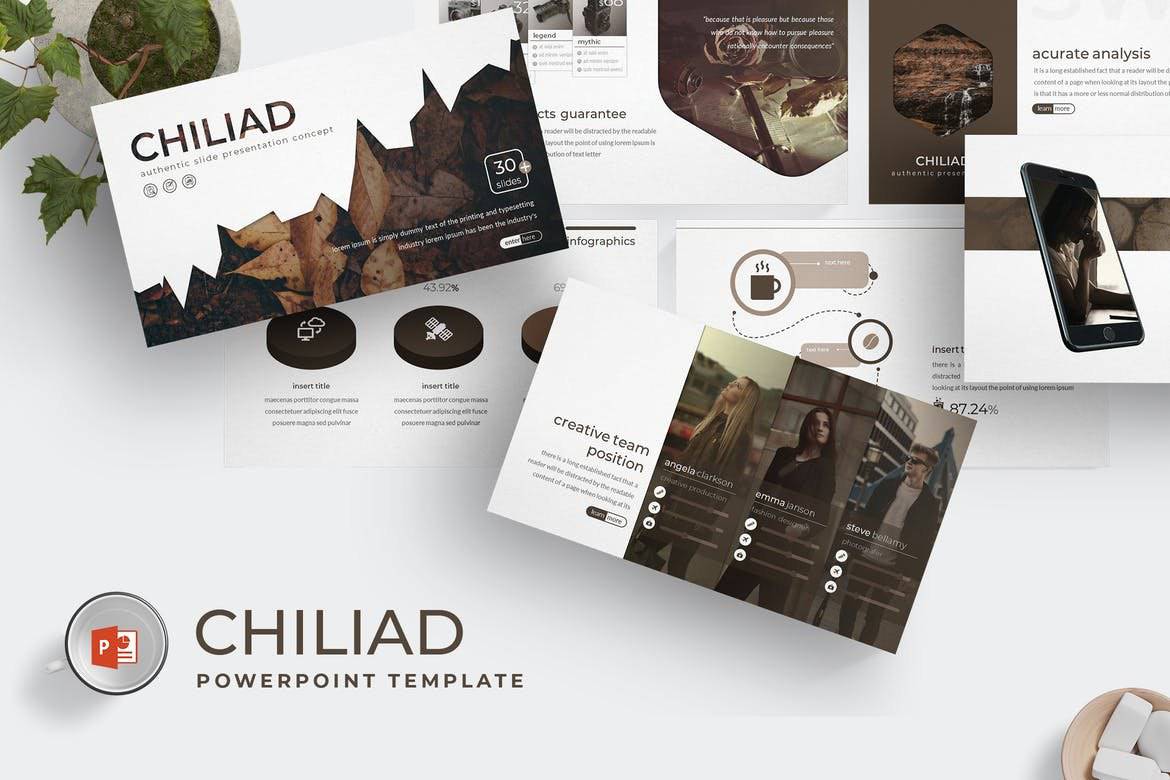
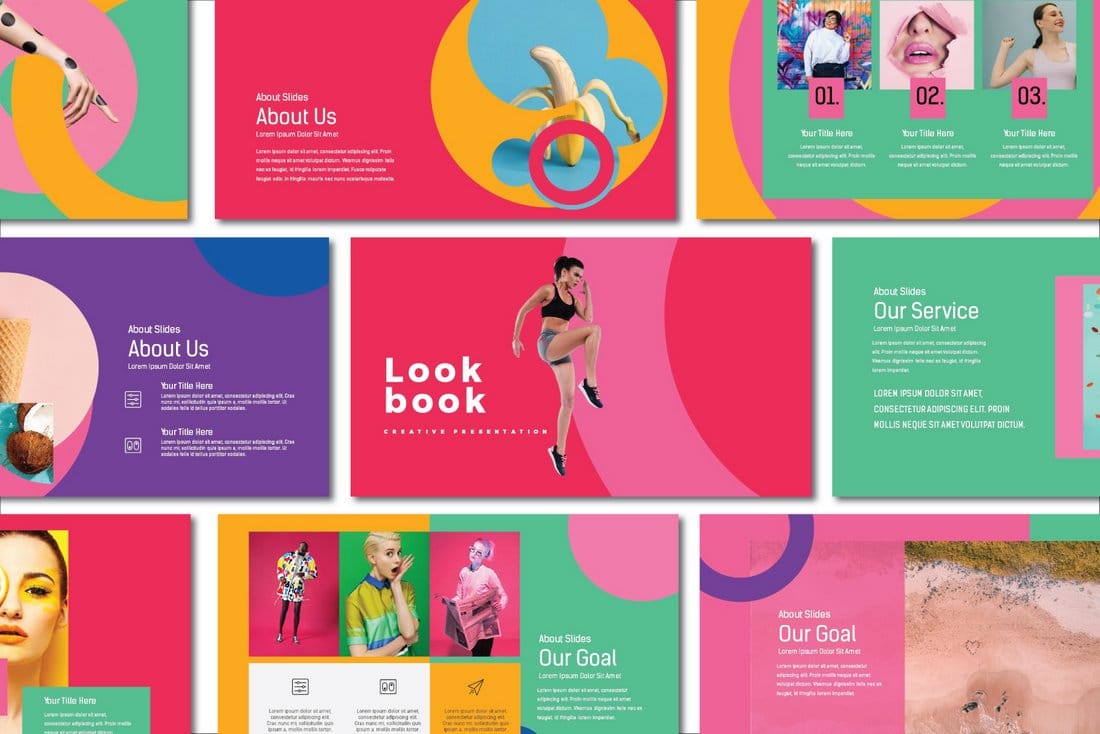
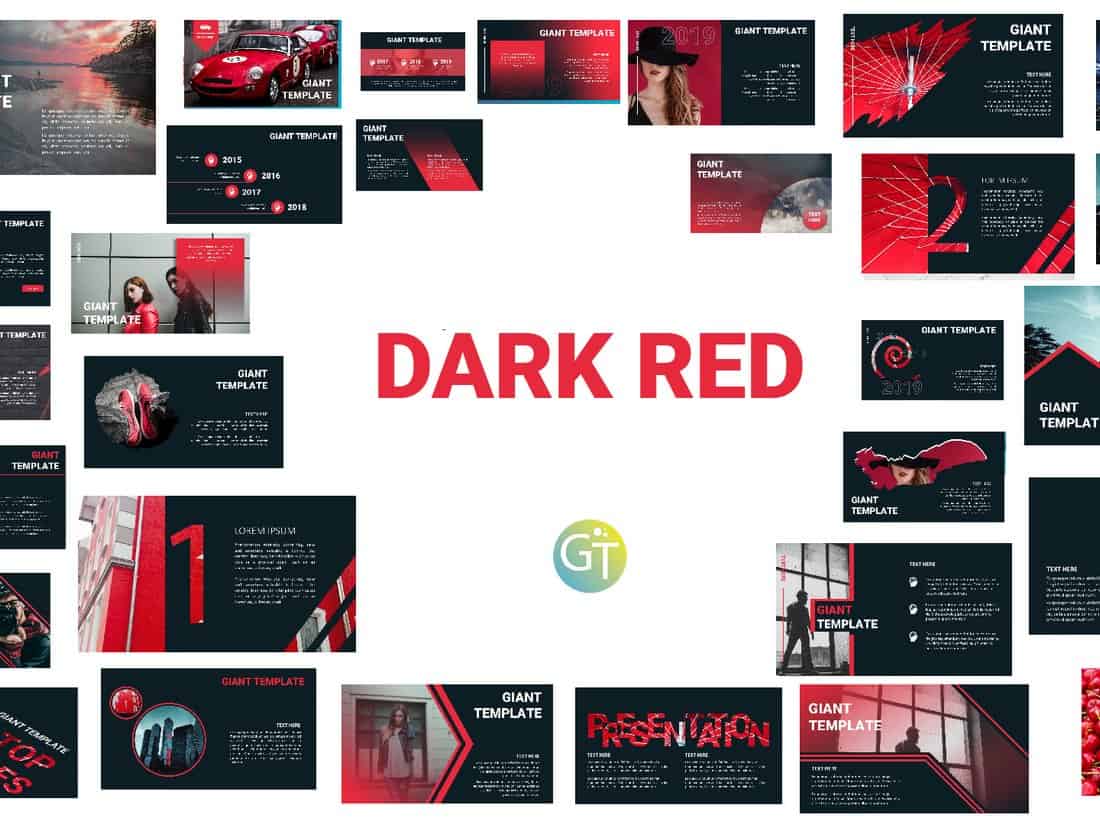
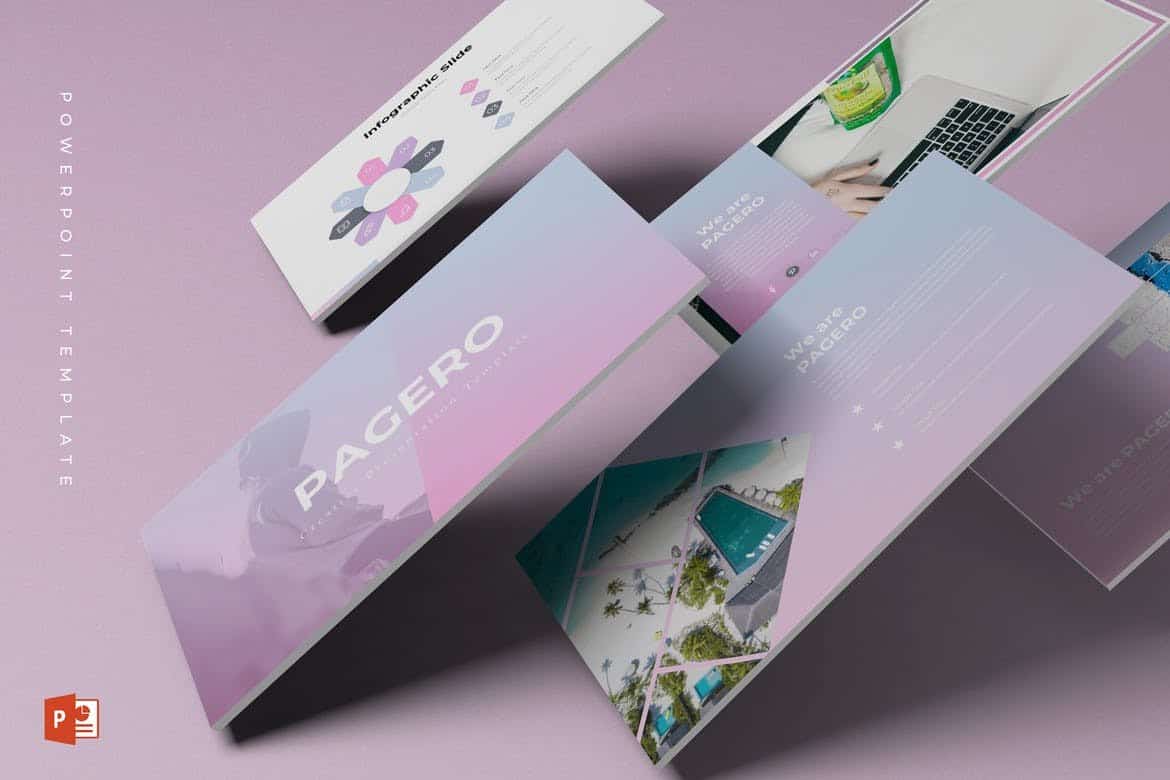
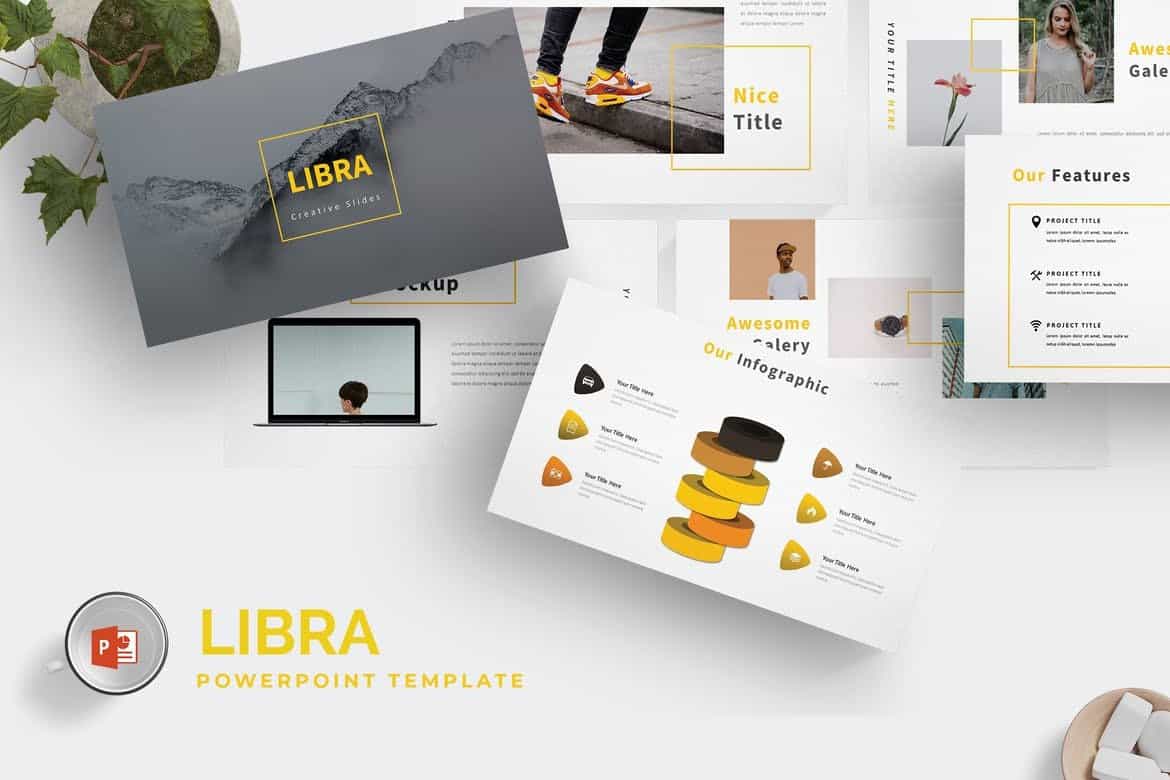
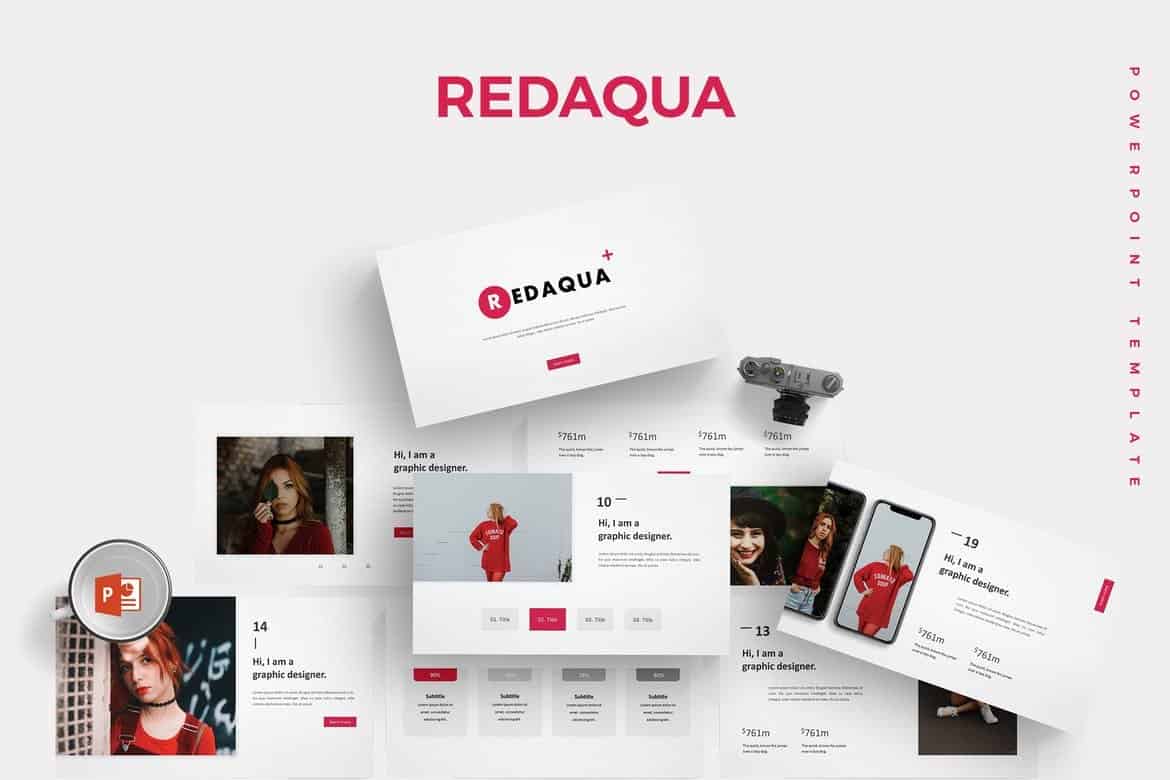
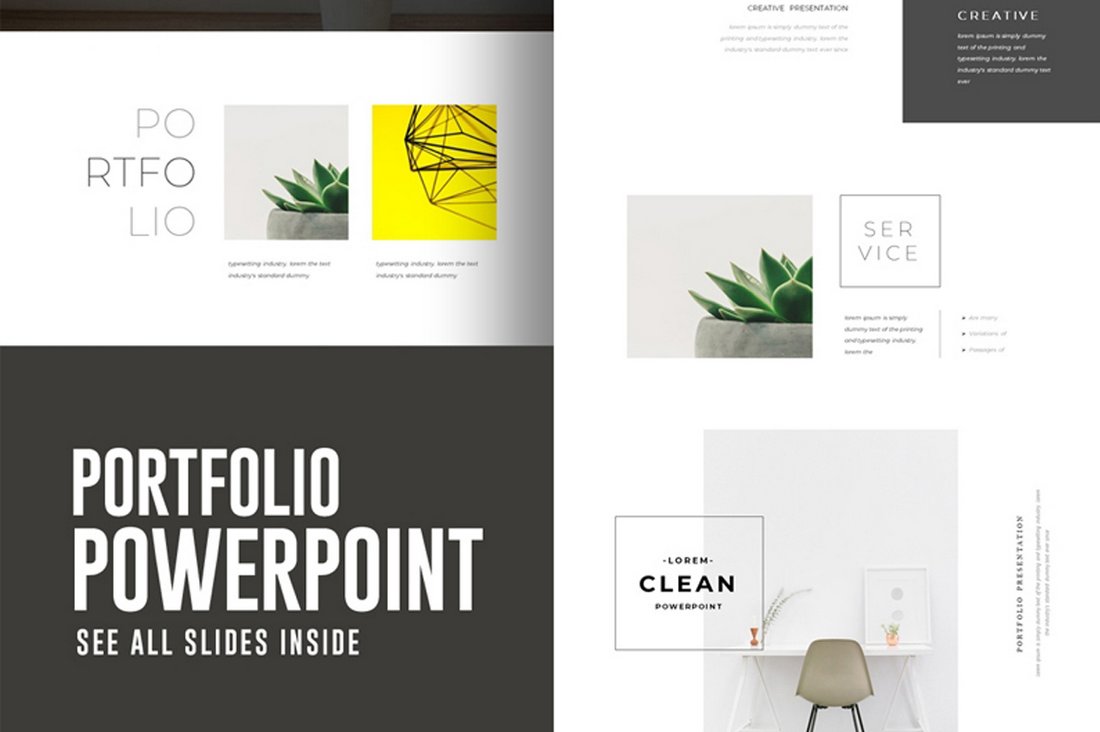
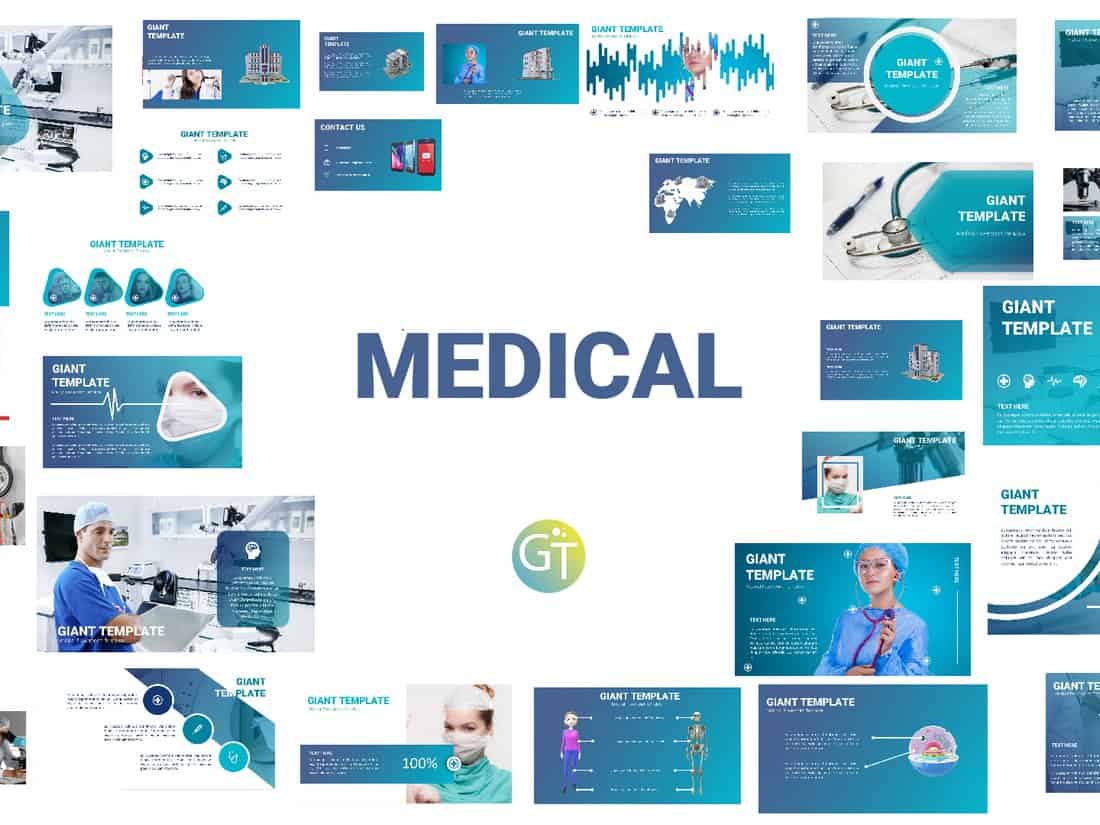
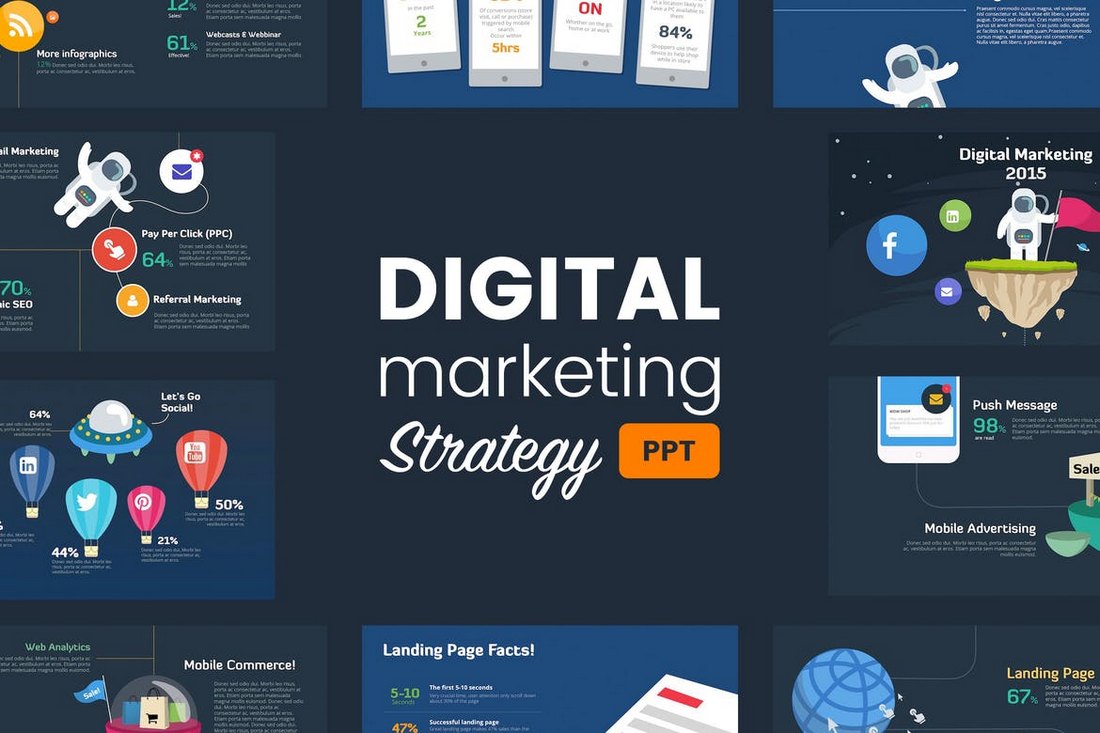
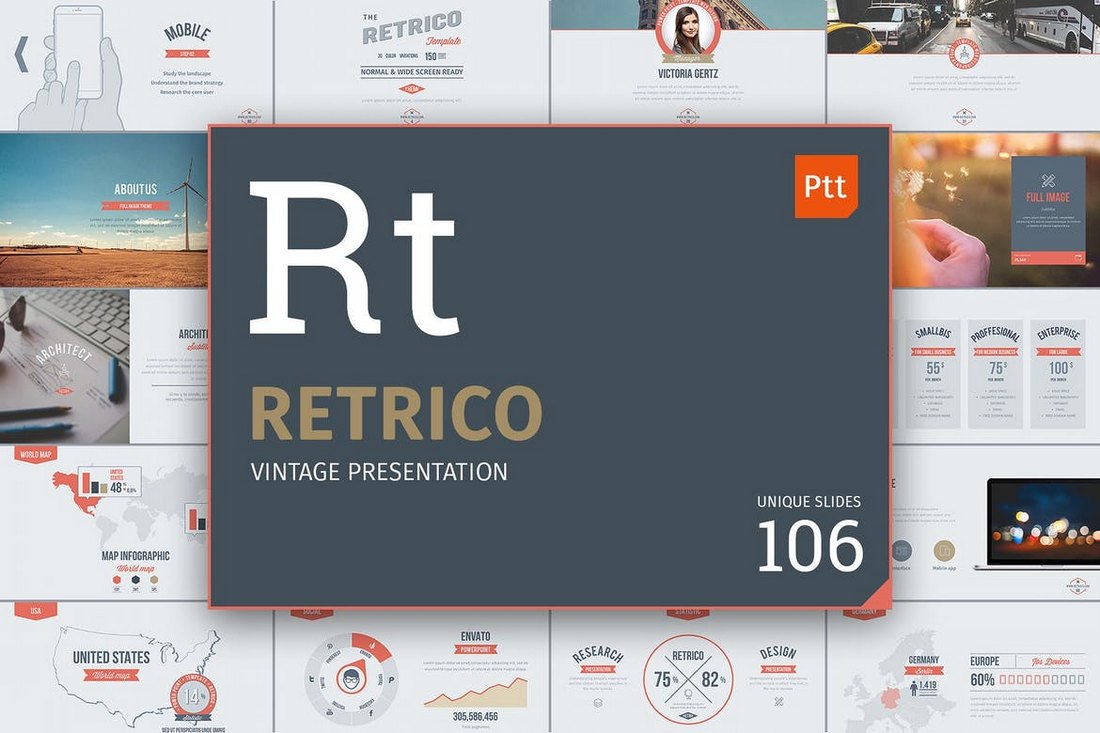
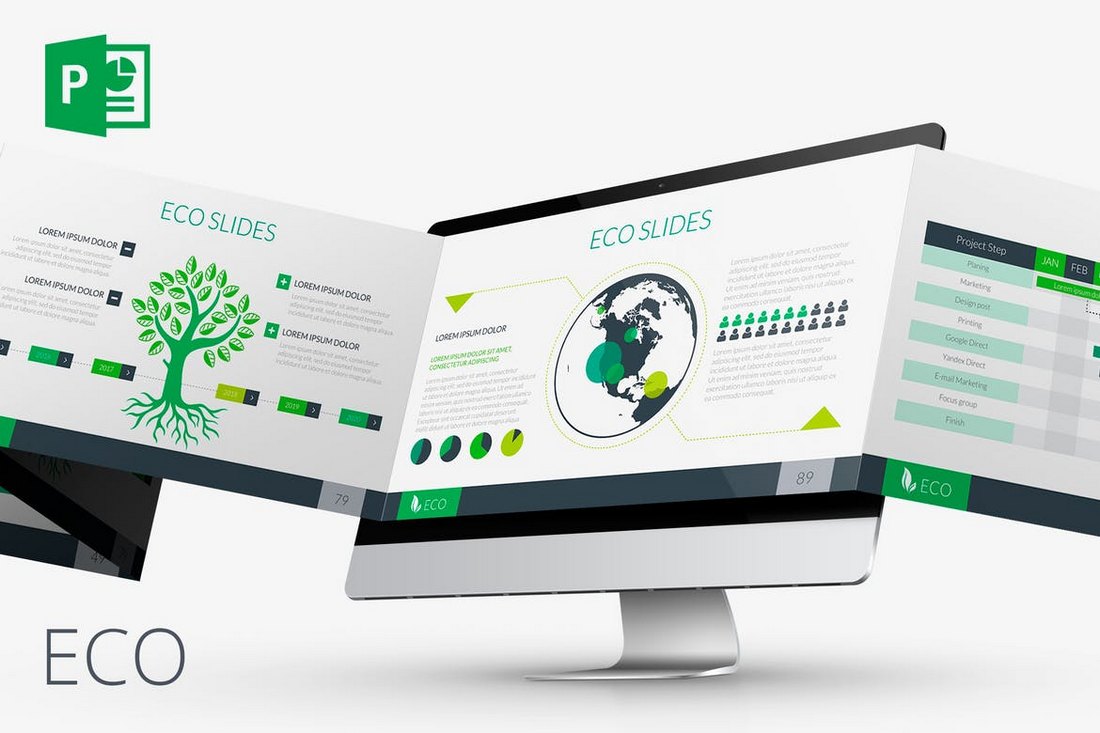
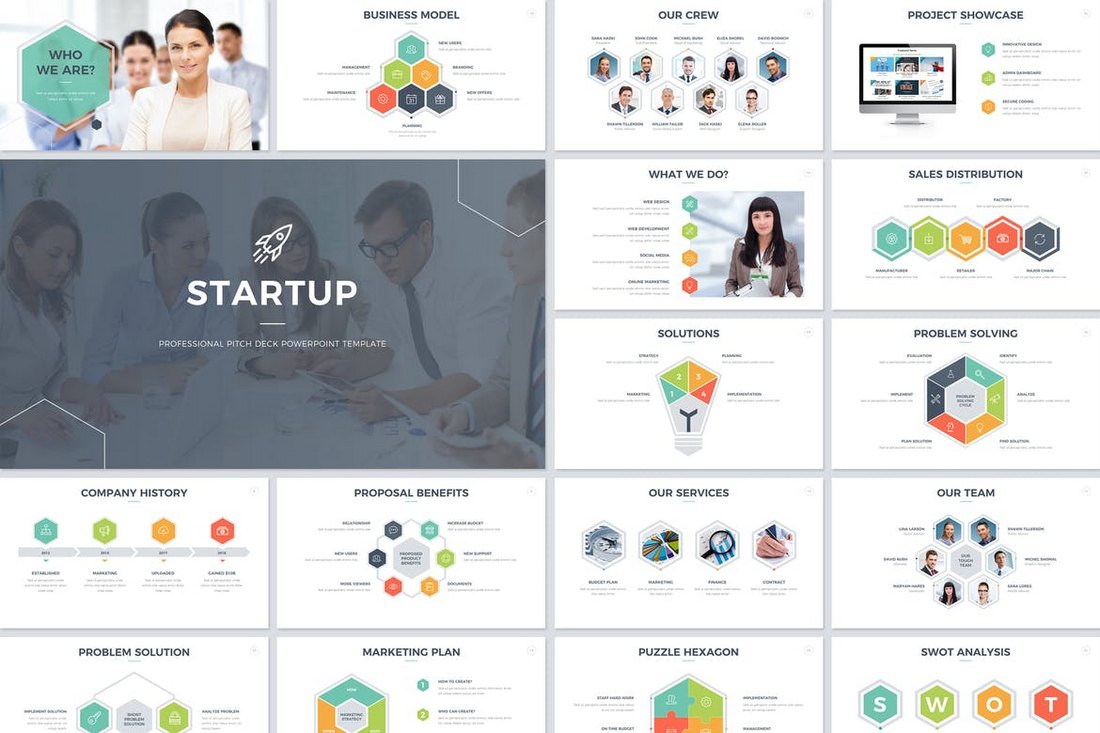

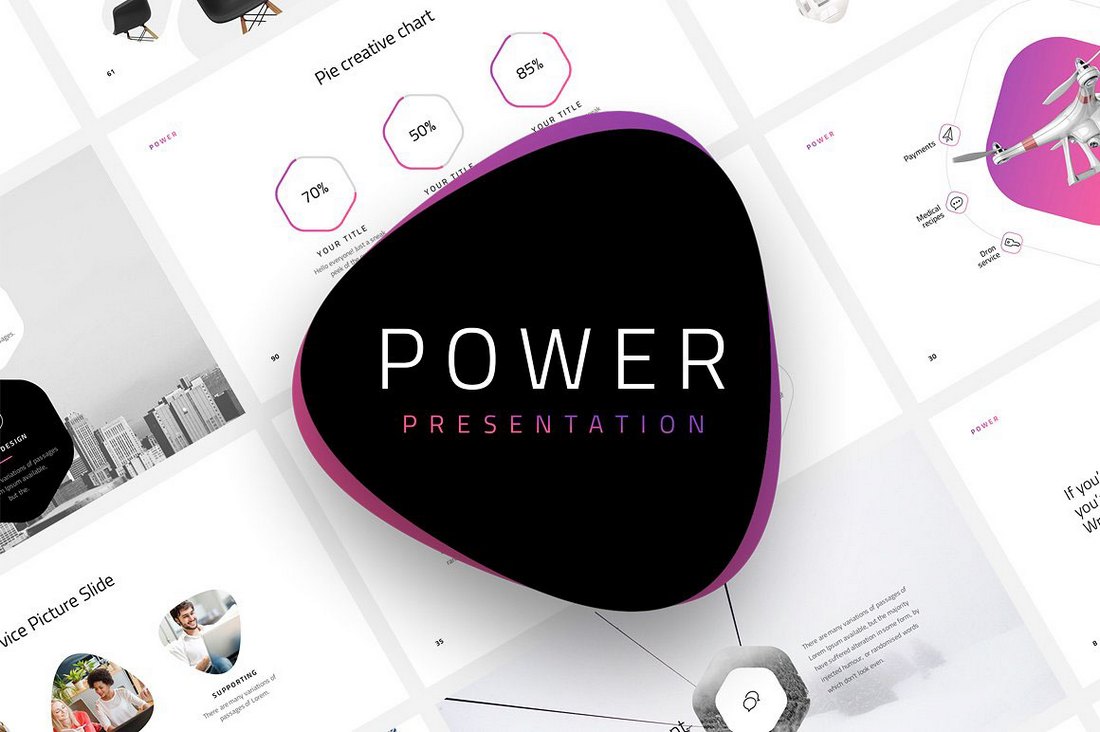
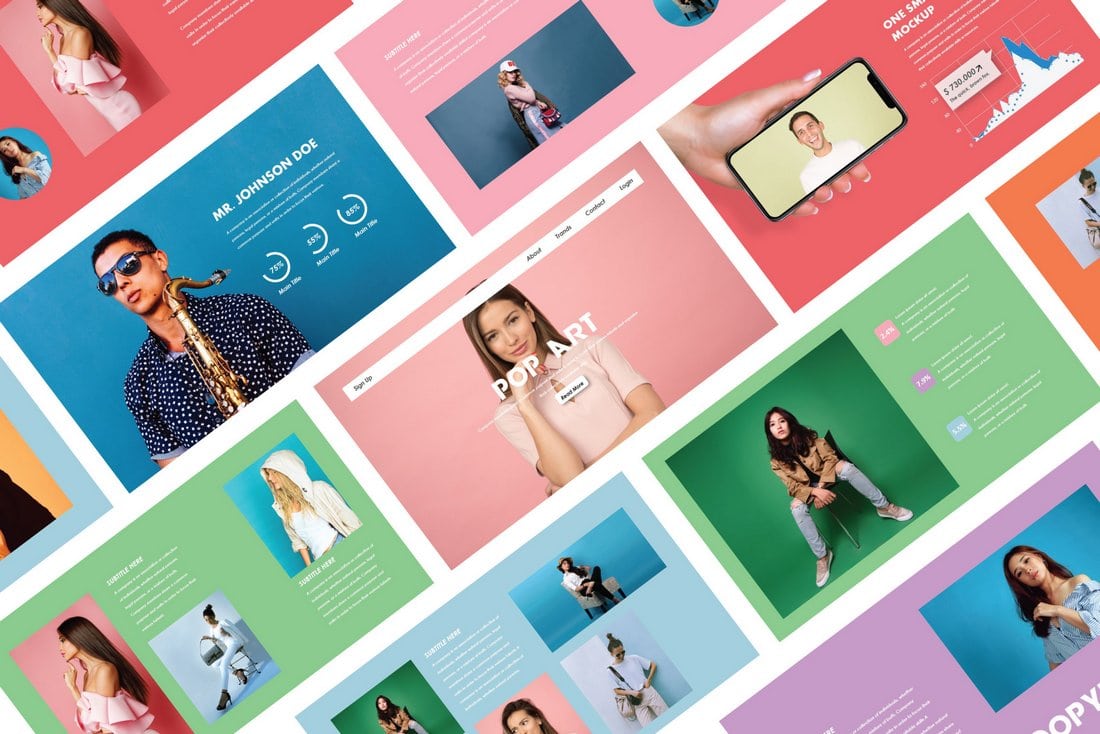
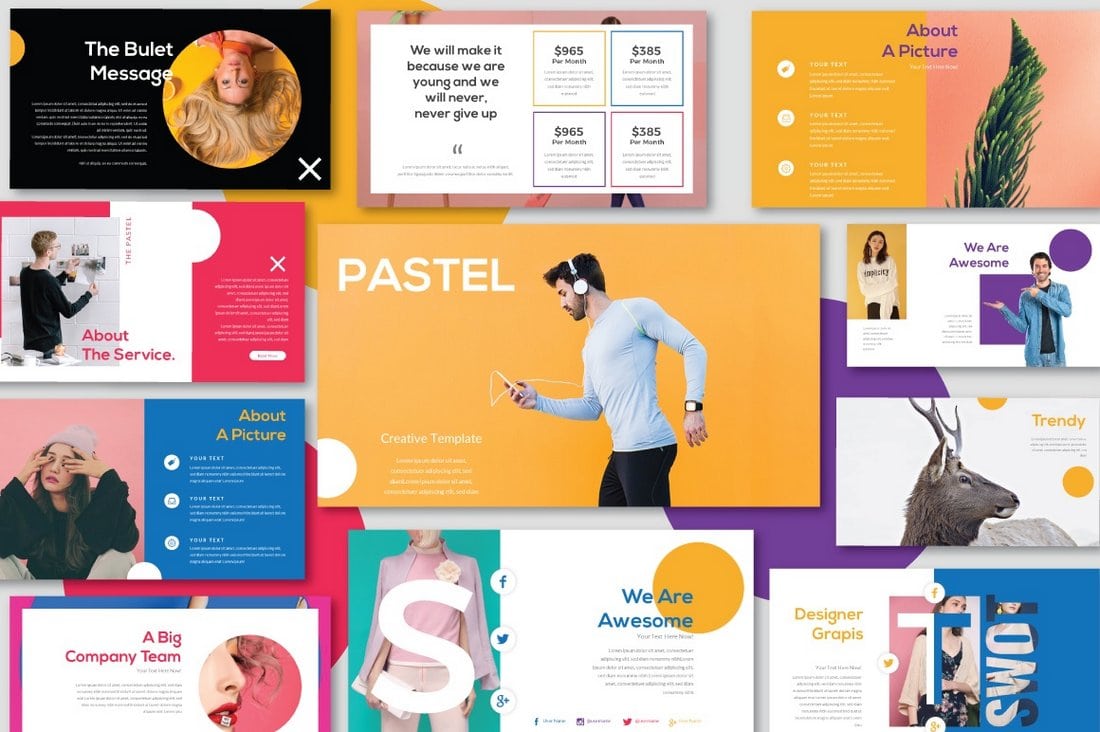
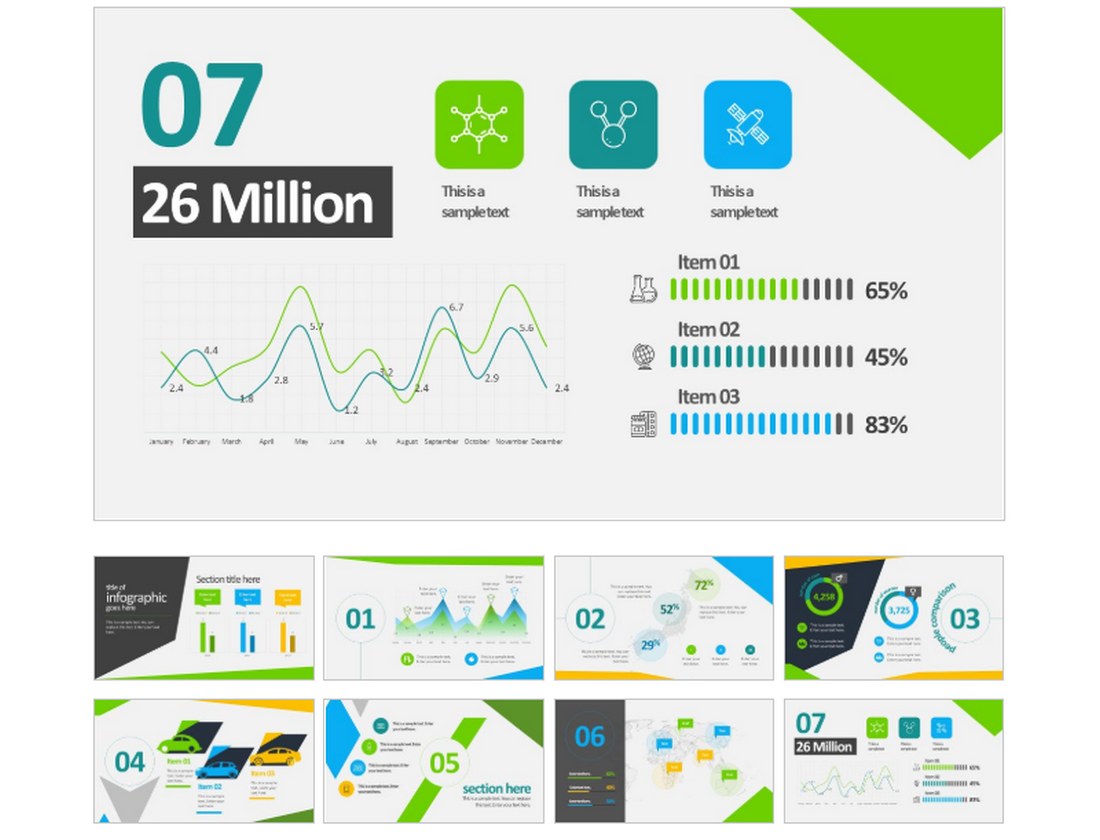
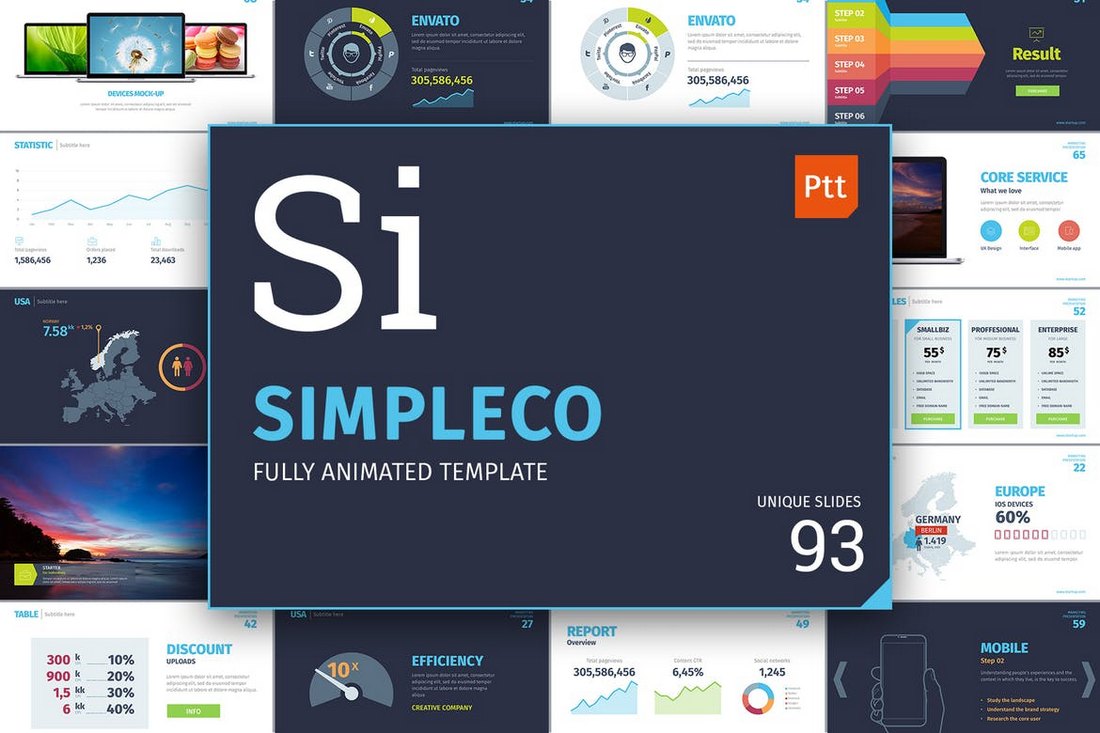
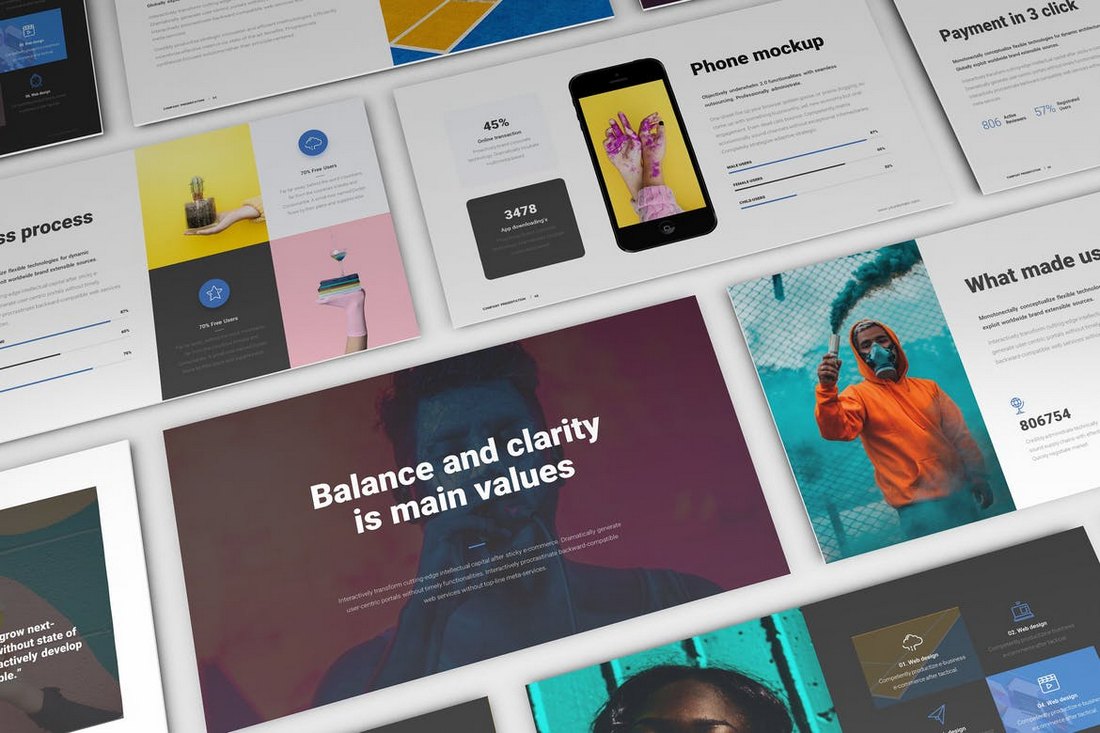
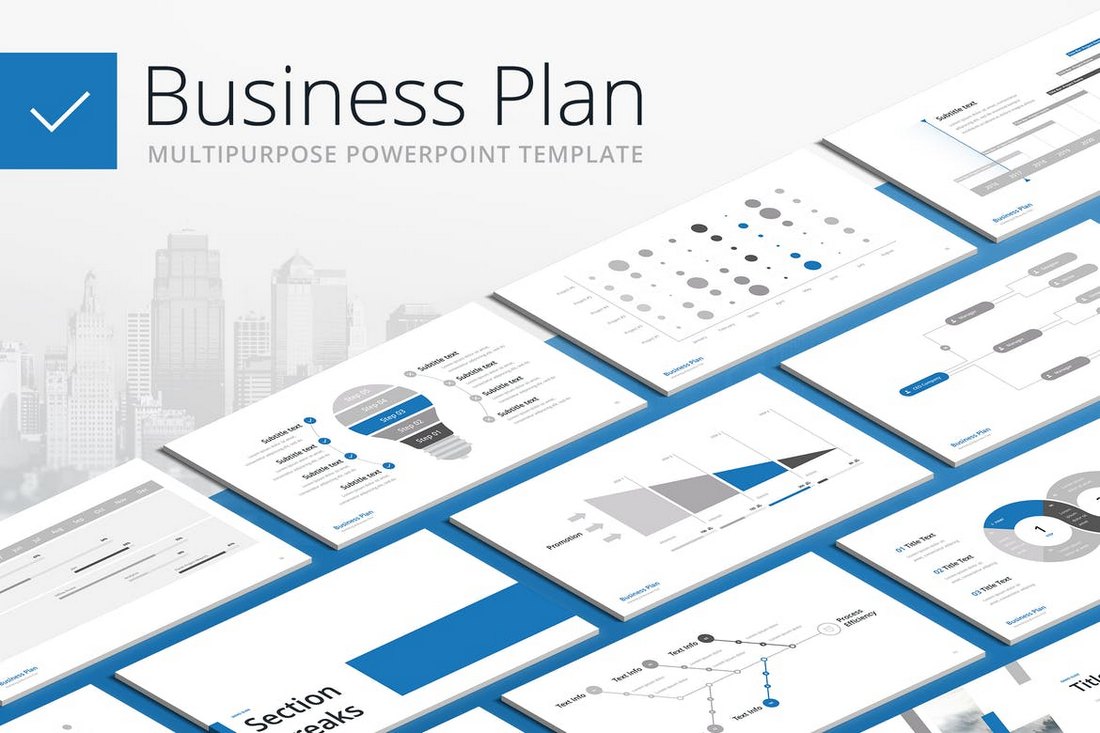
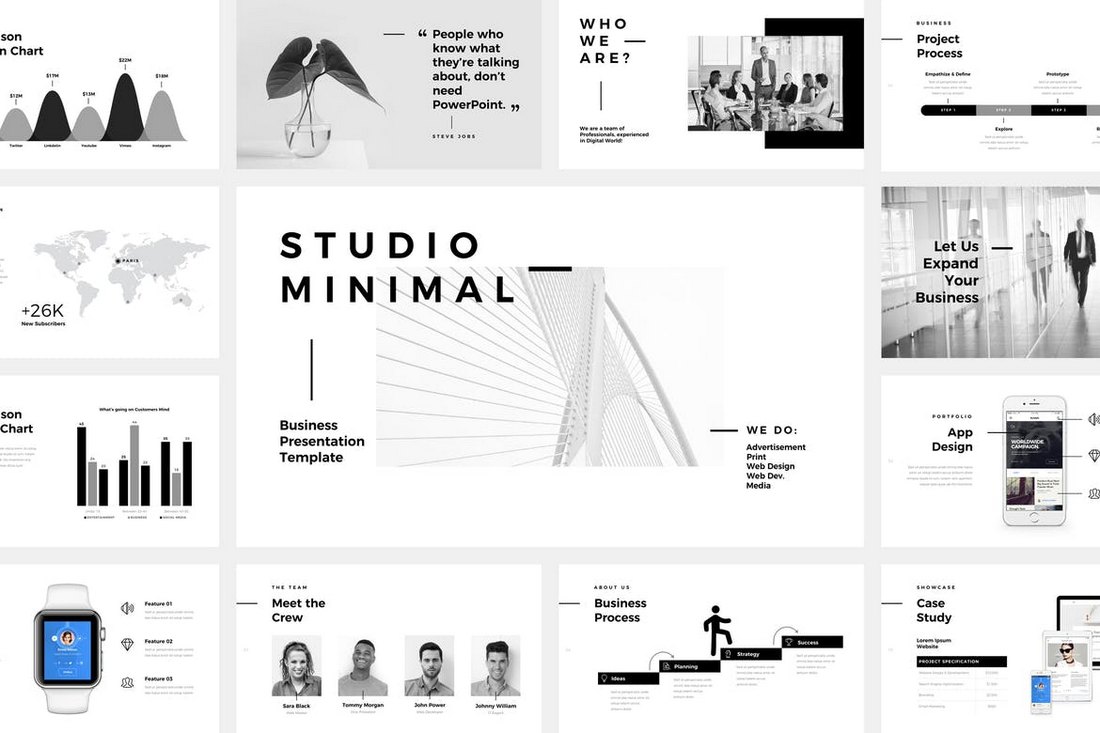
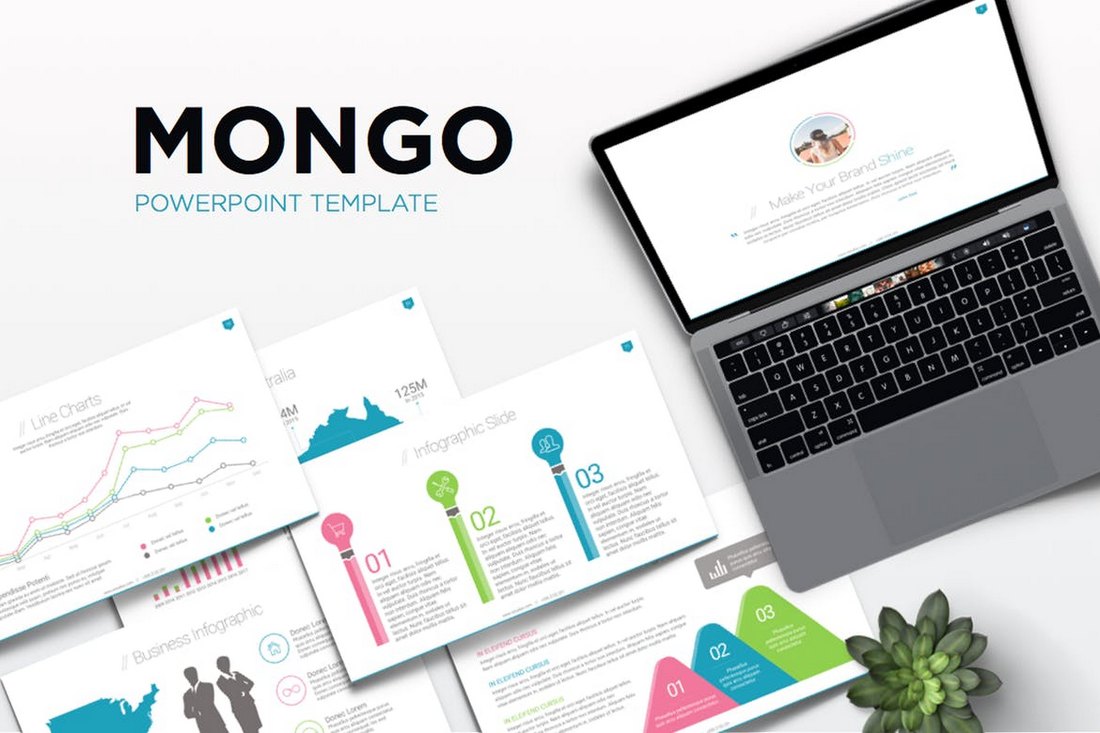
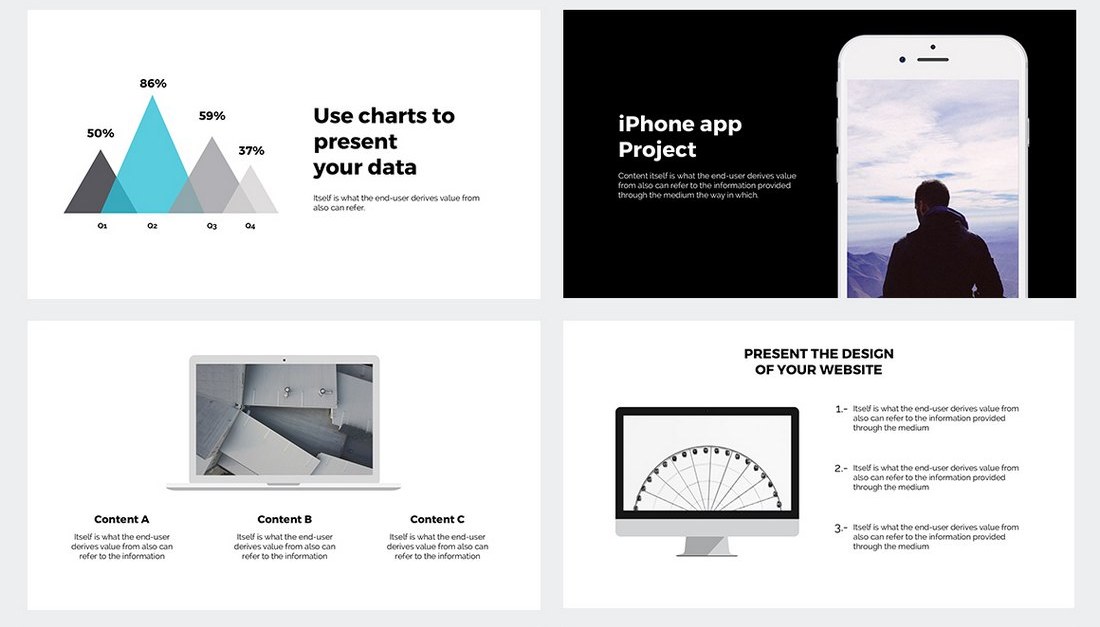
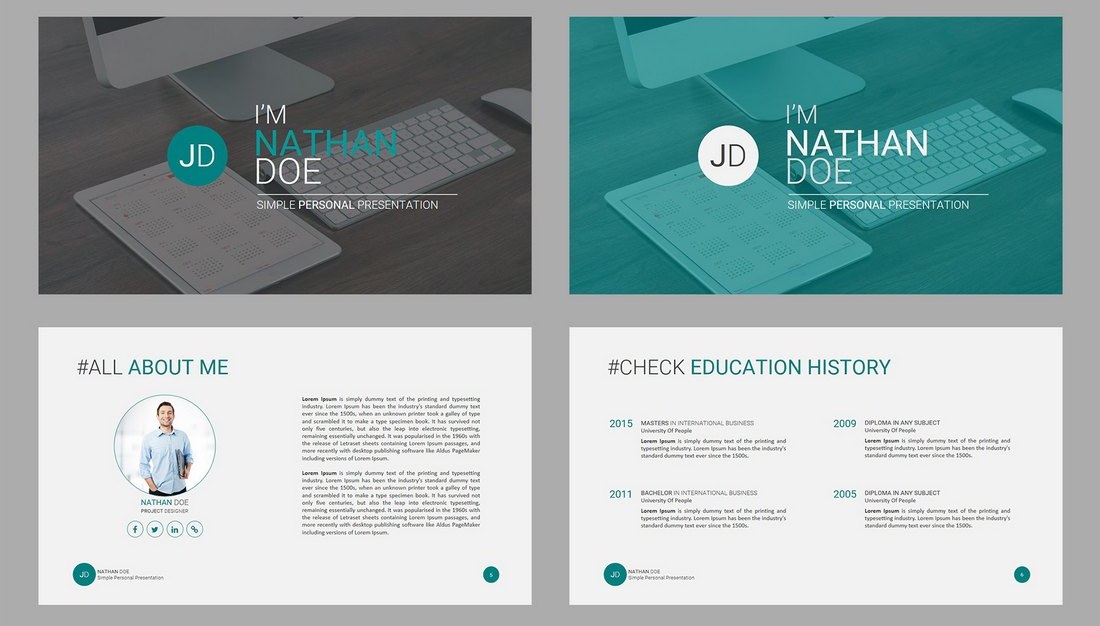
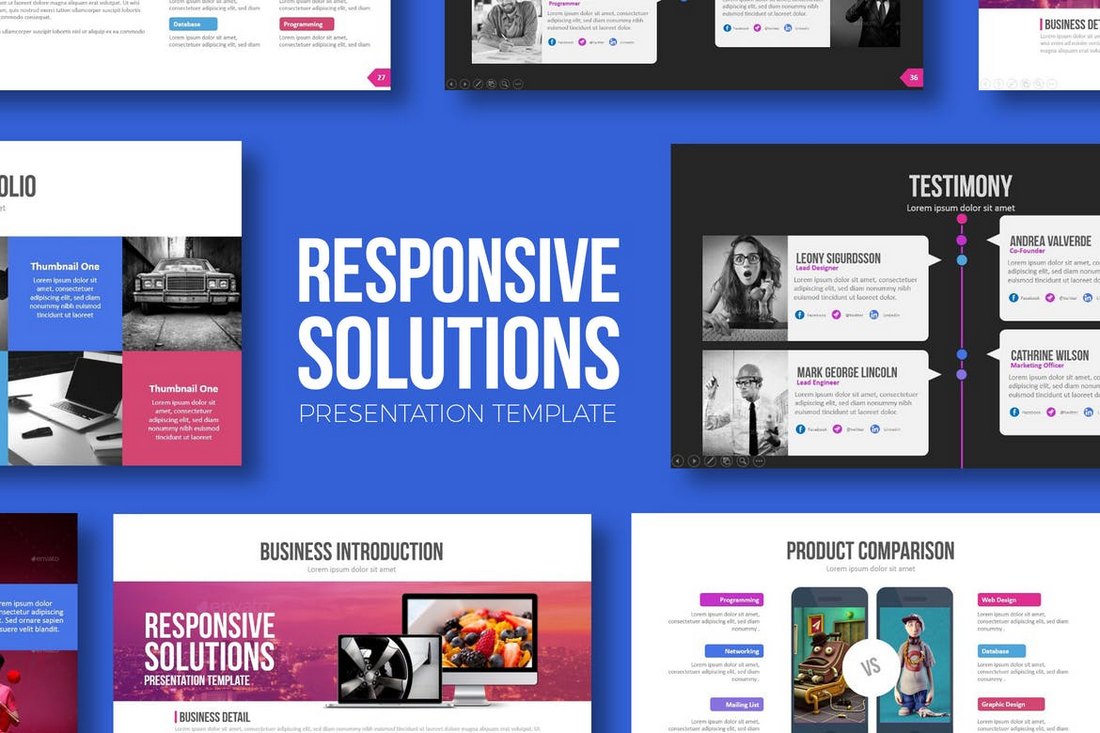
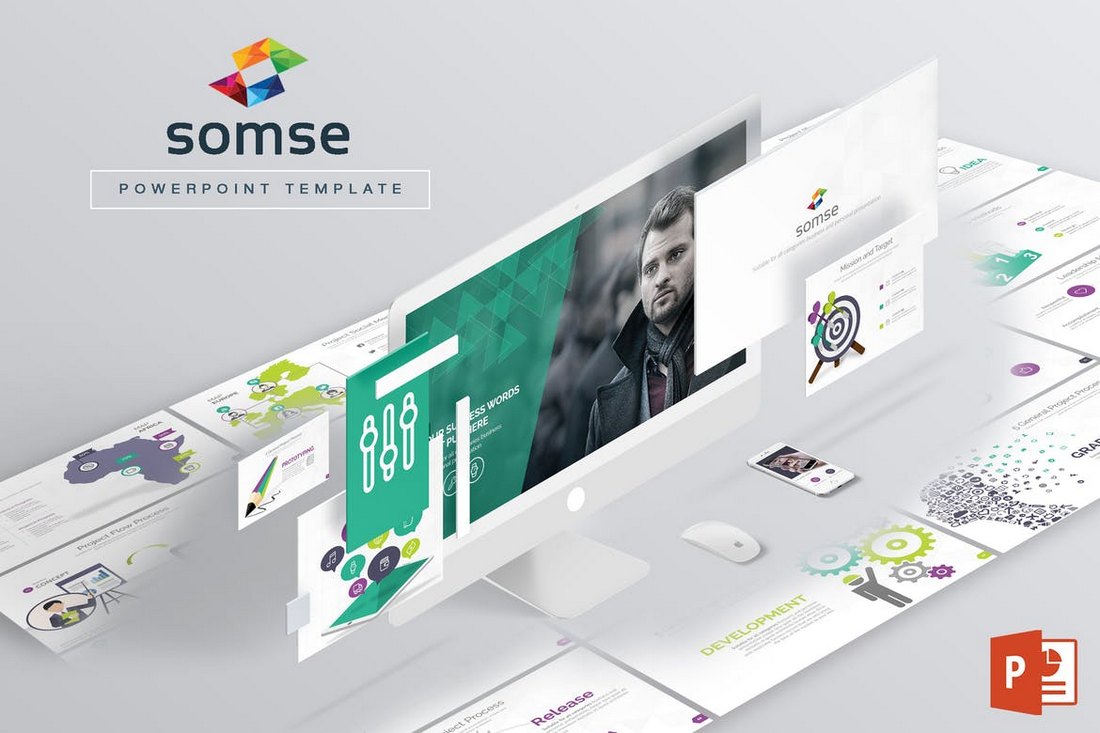

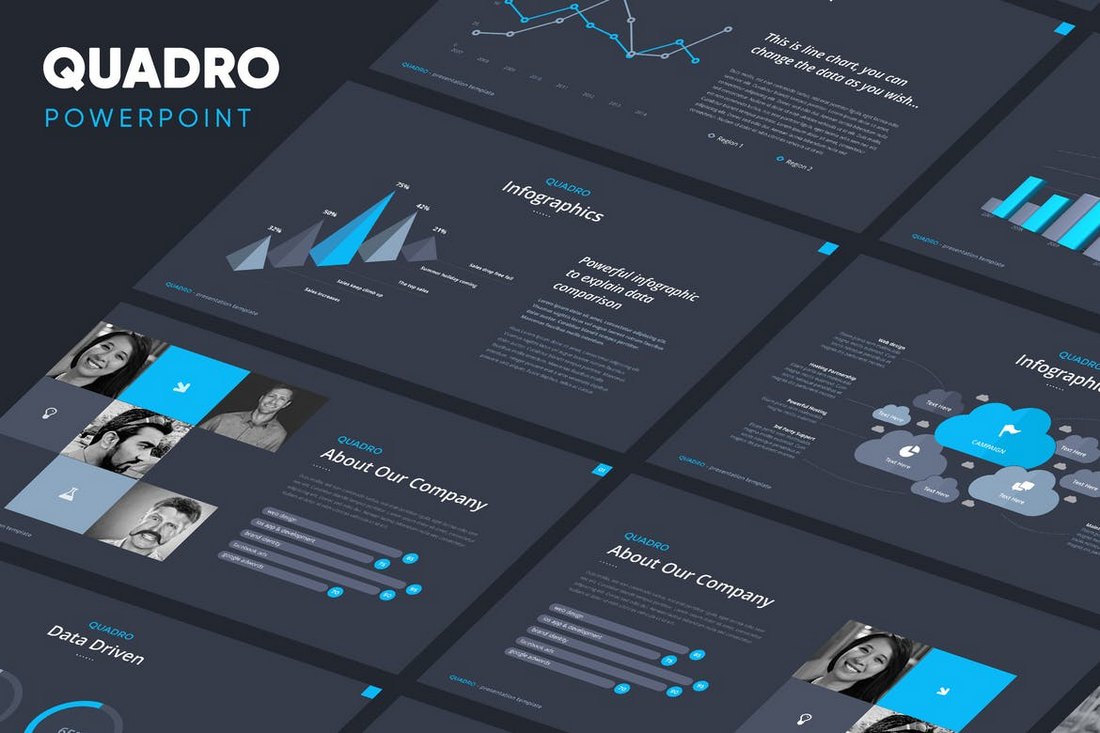

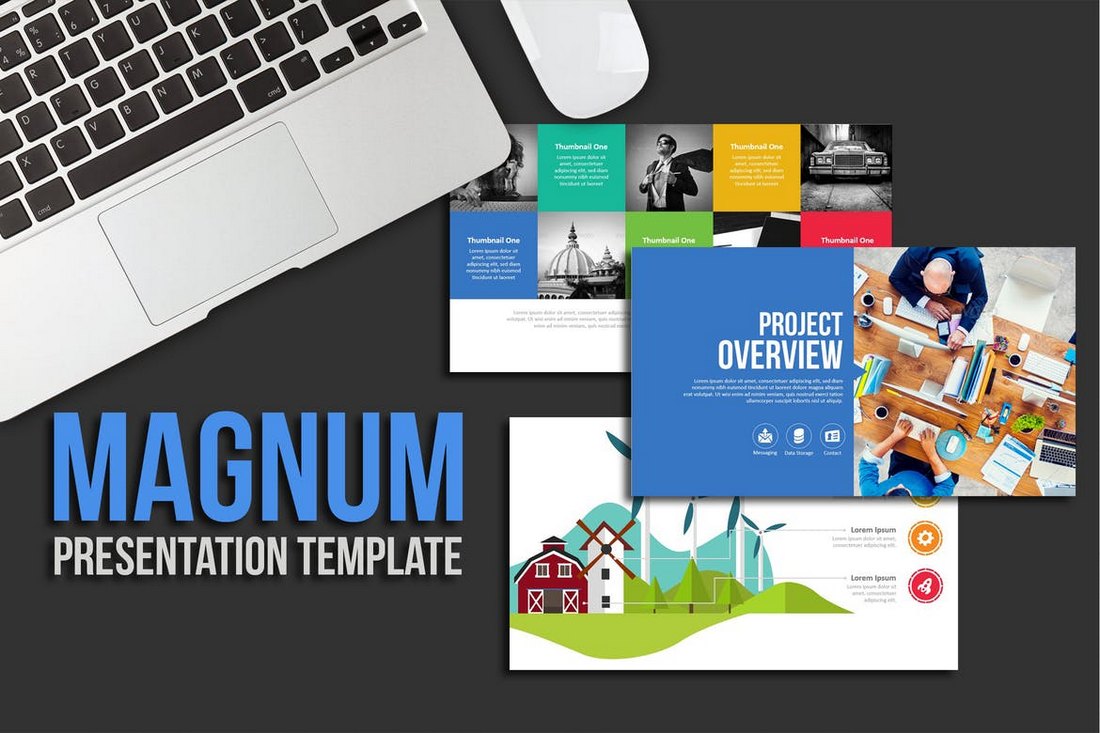
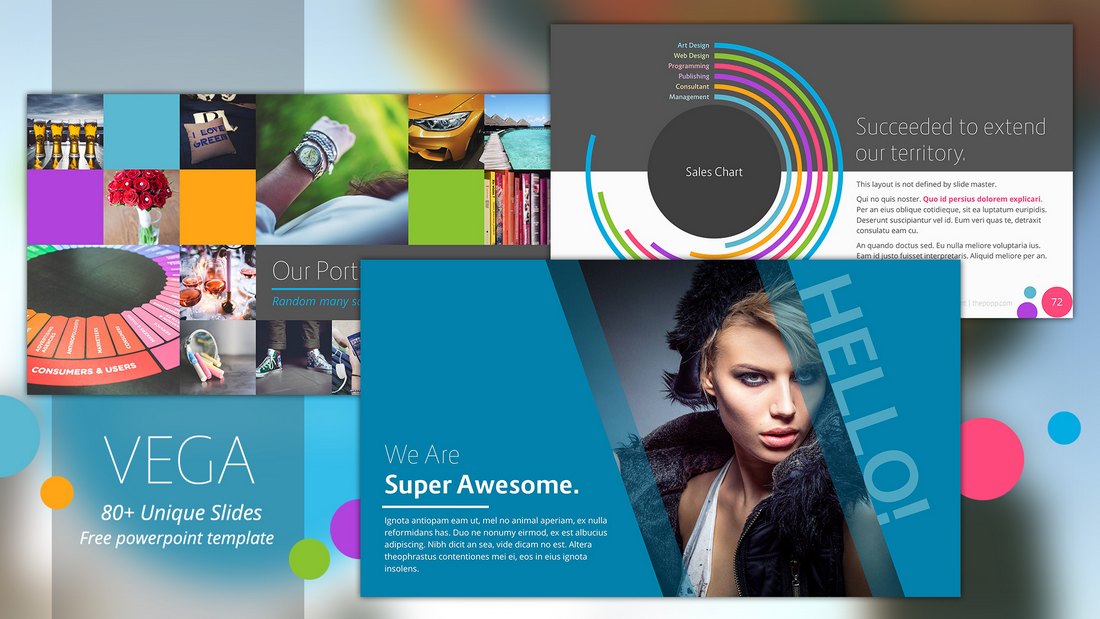

![Download Now: Free Marketing Plan Template [Get Your Copy]](https://no-cache.hubspot.com/cta/default/53/aacfe6c7-71e6-4f49-979f-76099062afa0.png)








![Download Now: The State of U.S. Consumer Trends [Free Report]](https://no-cache.hubspot.com/cta/default/53/ebf9ec8e-a468-455a-943e-80aa4e6be694.png)

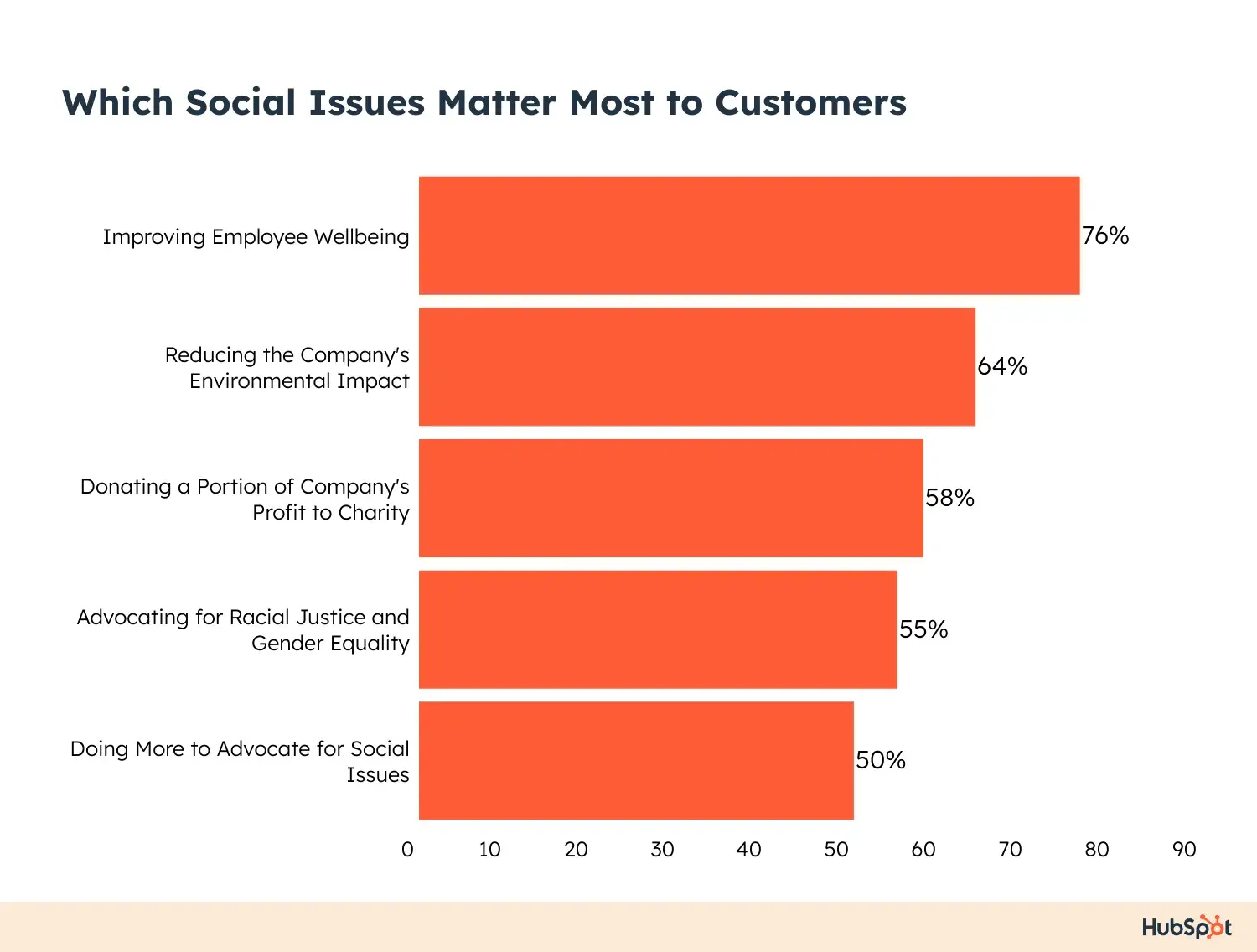
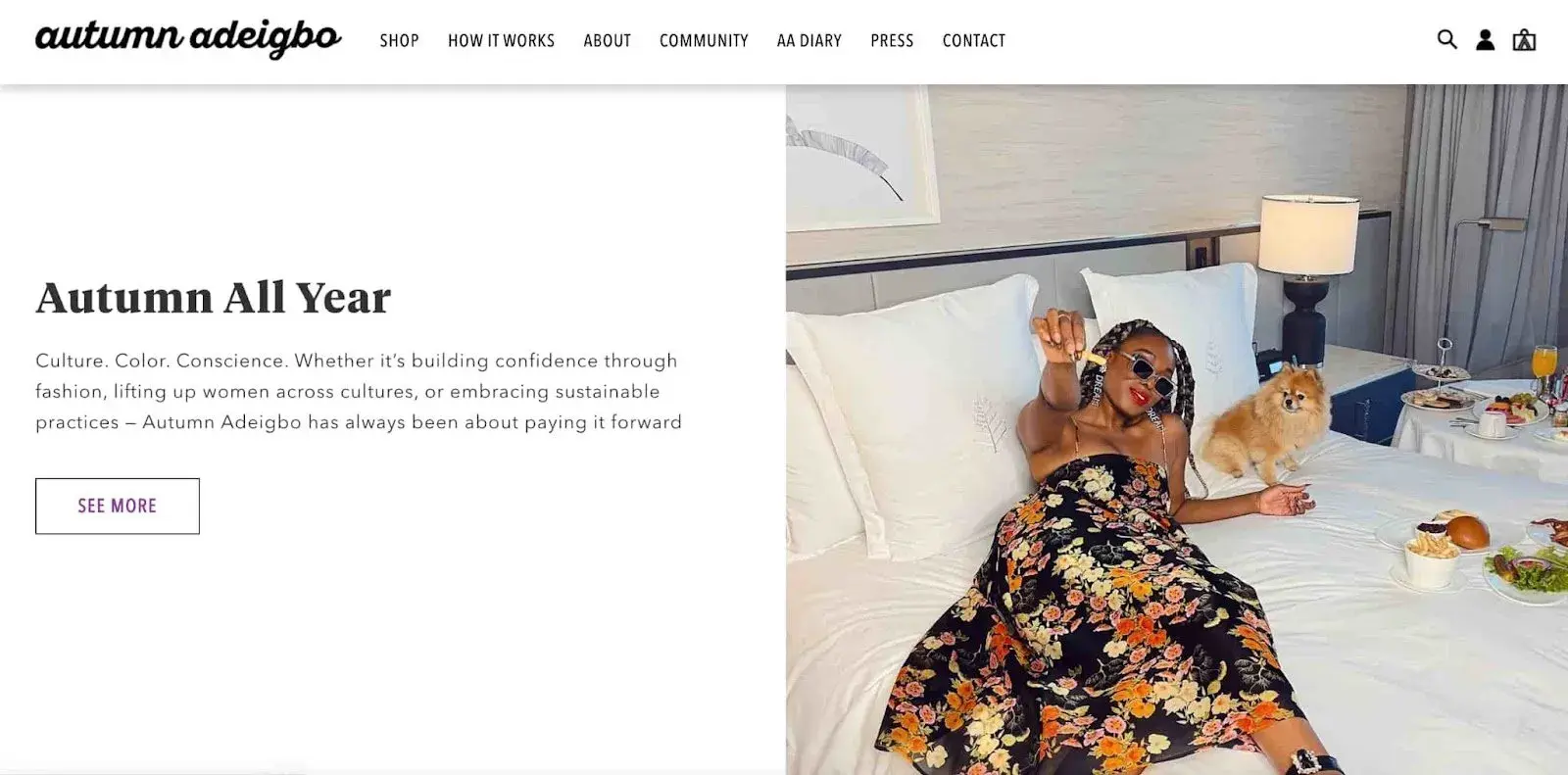

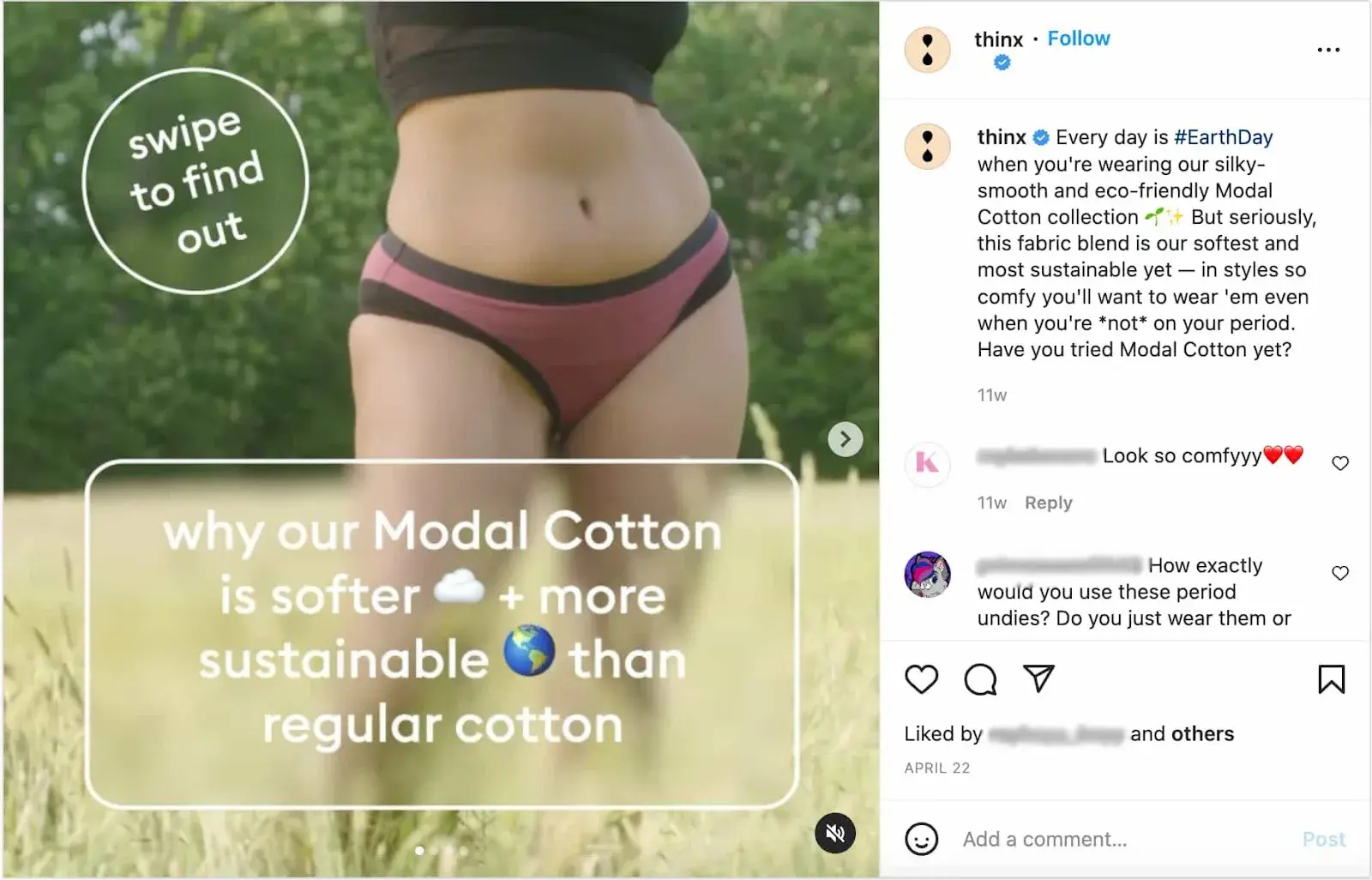
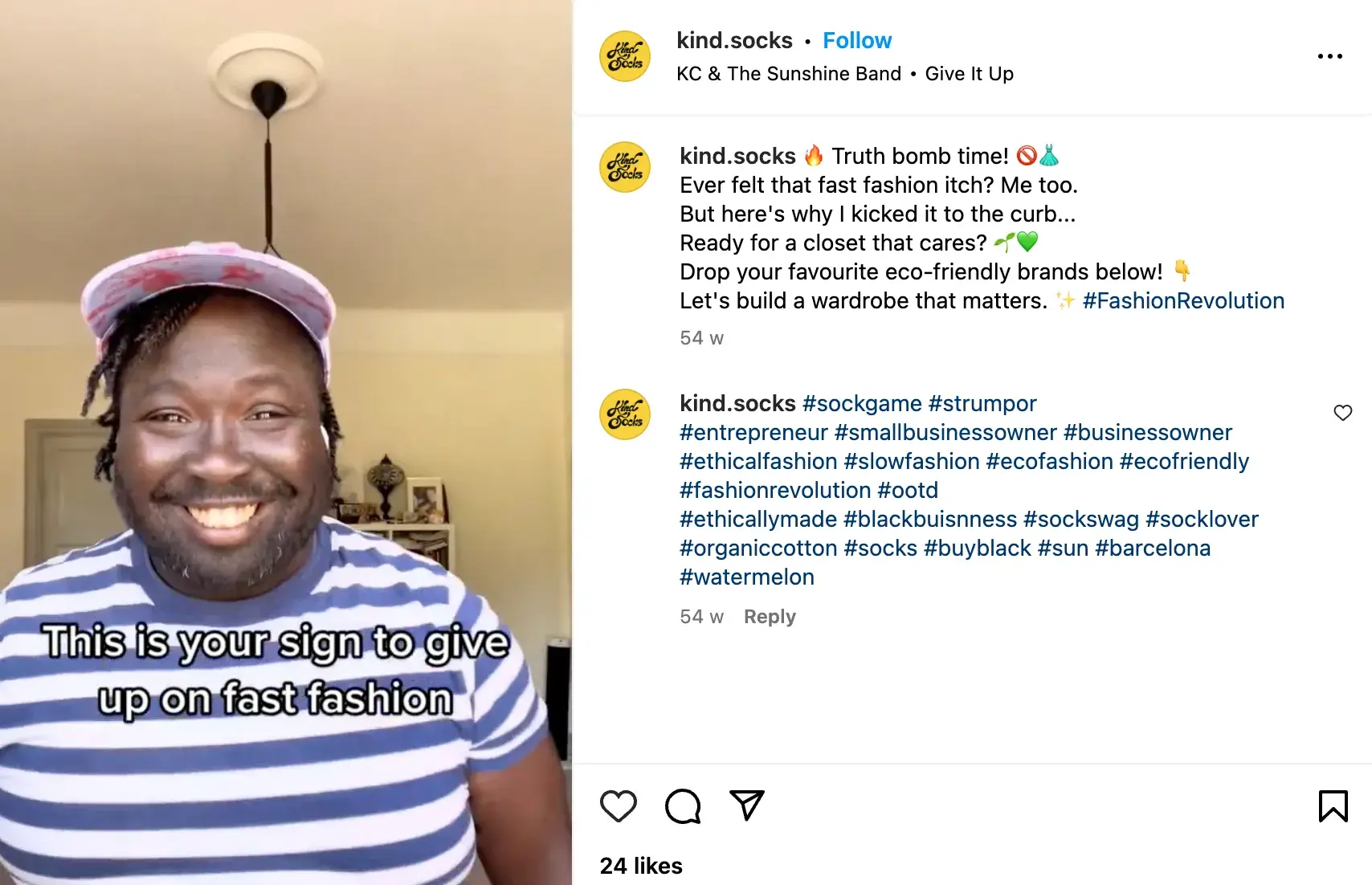
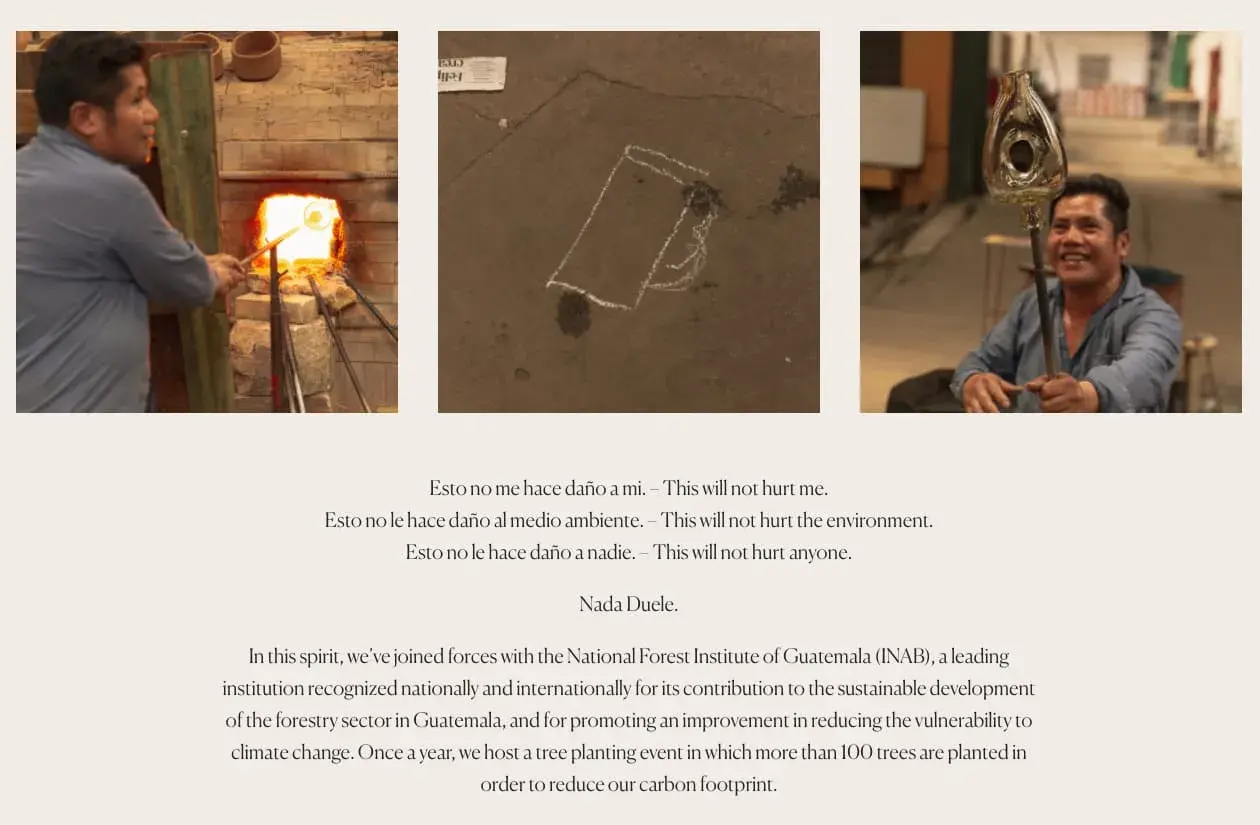
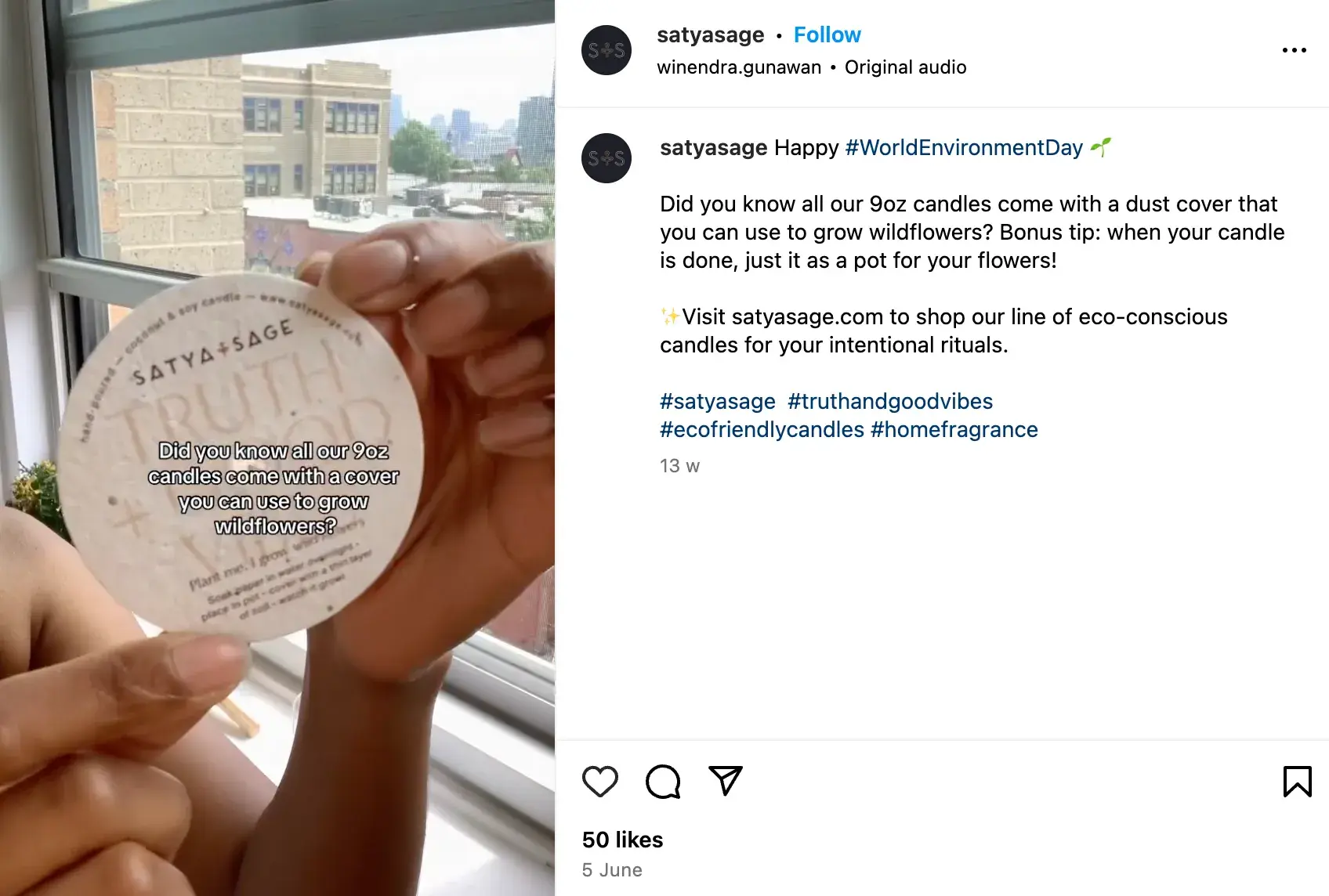

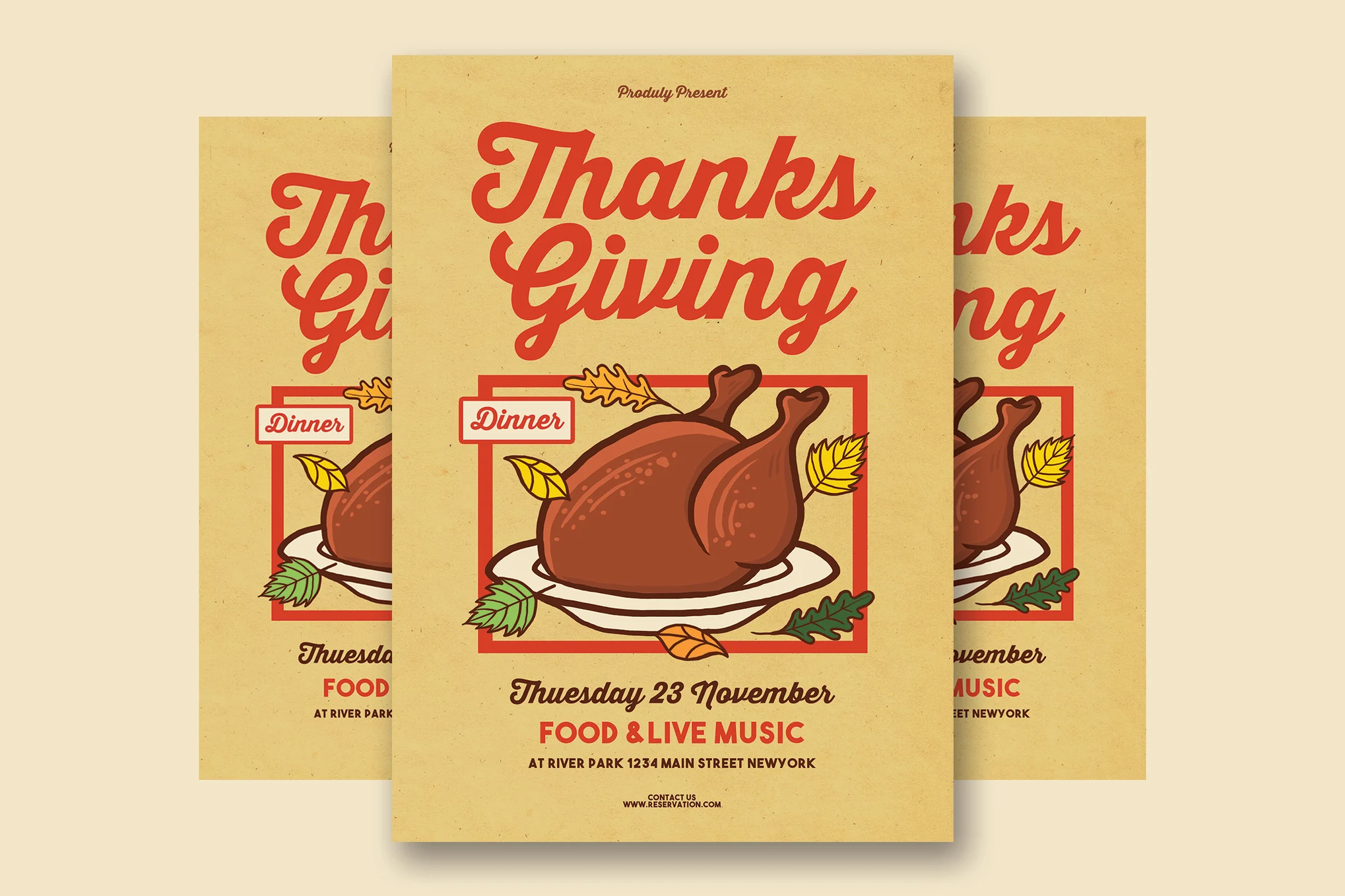
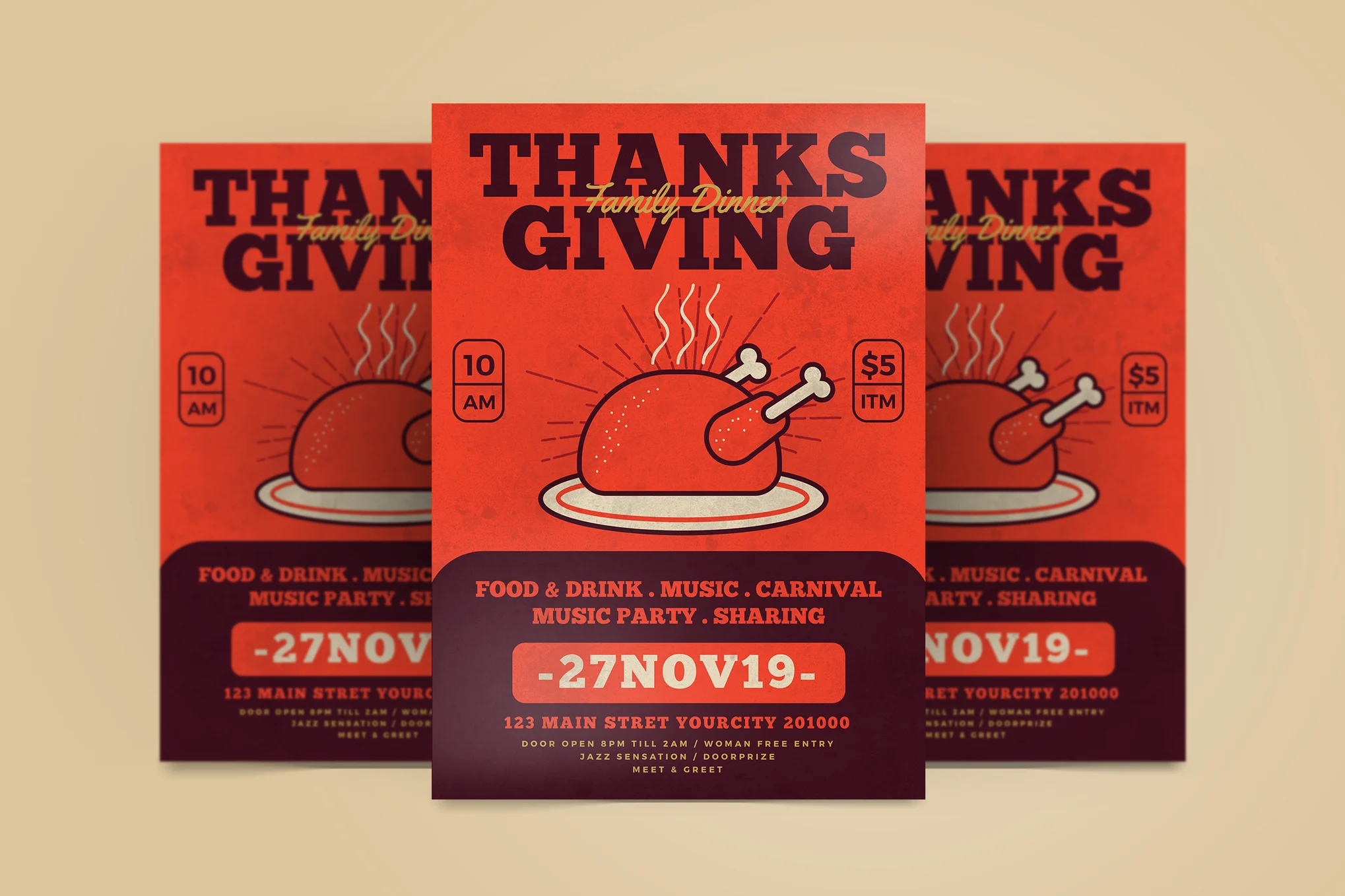
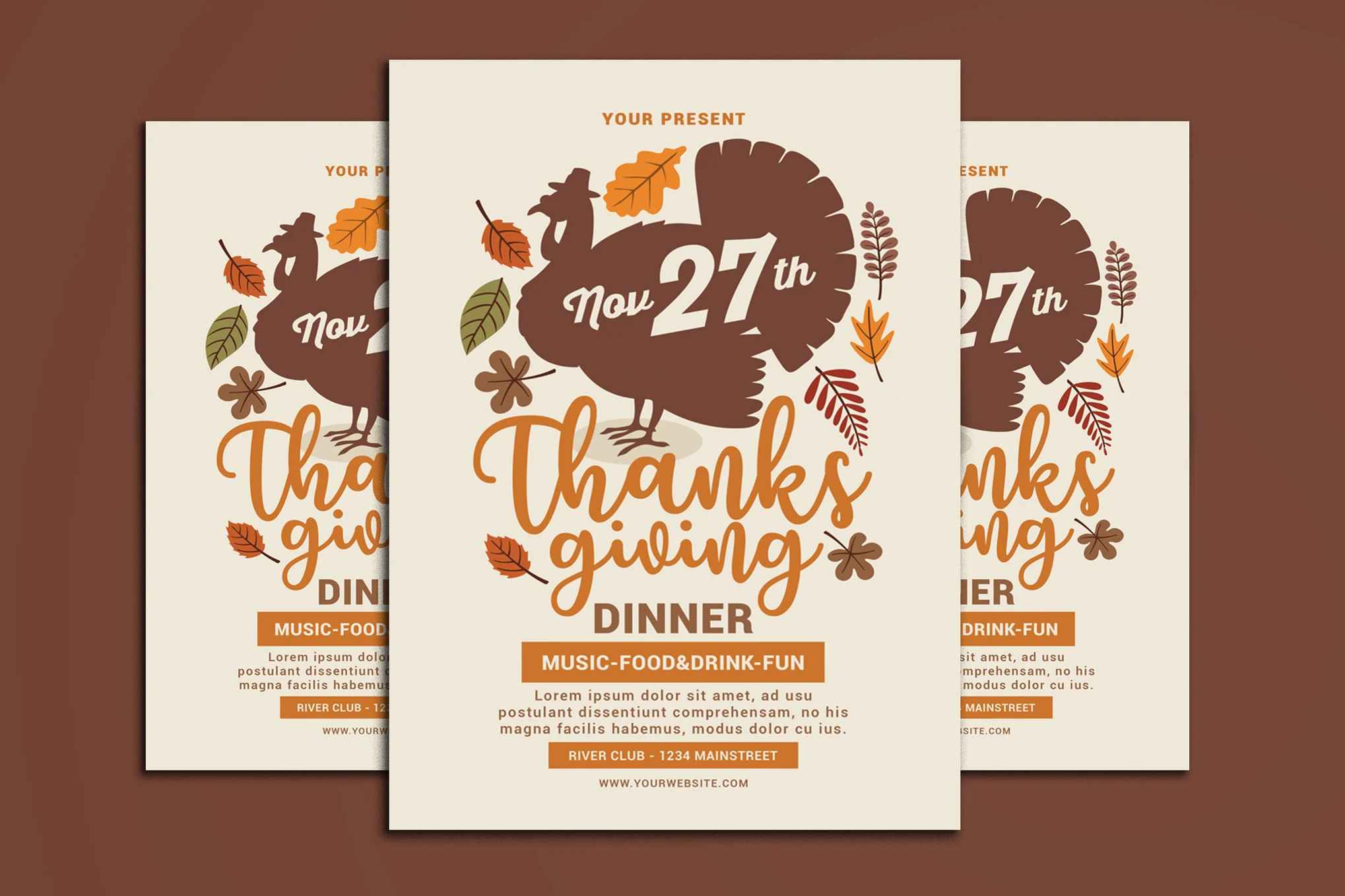
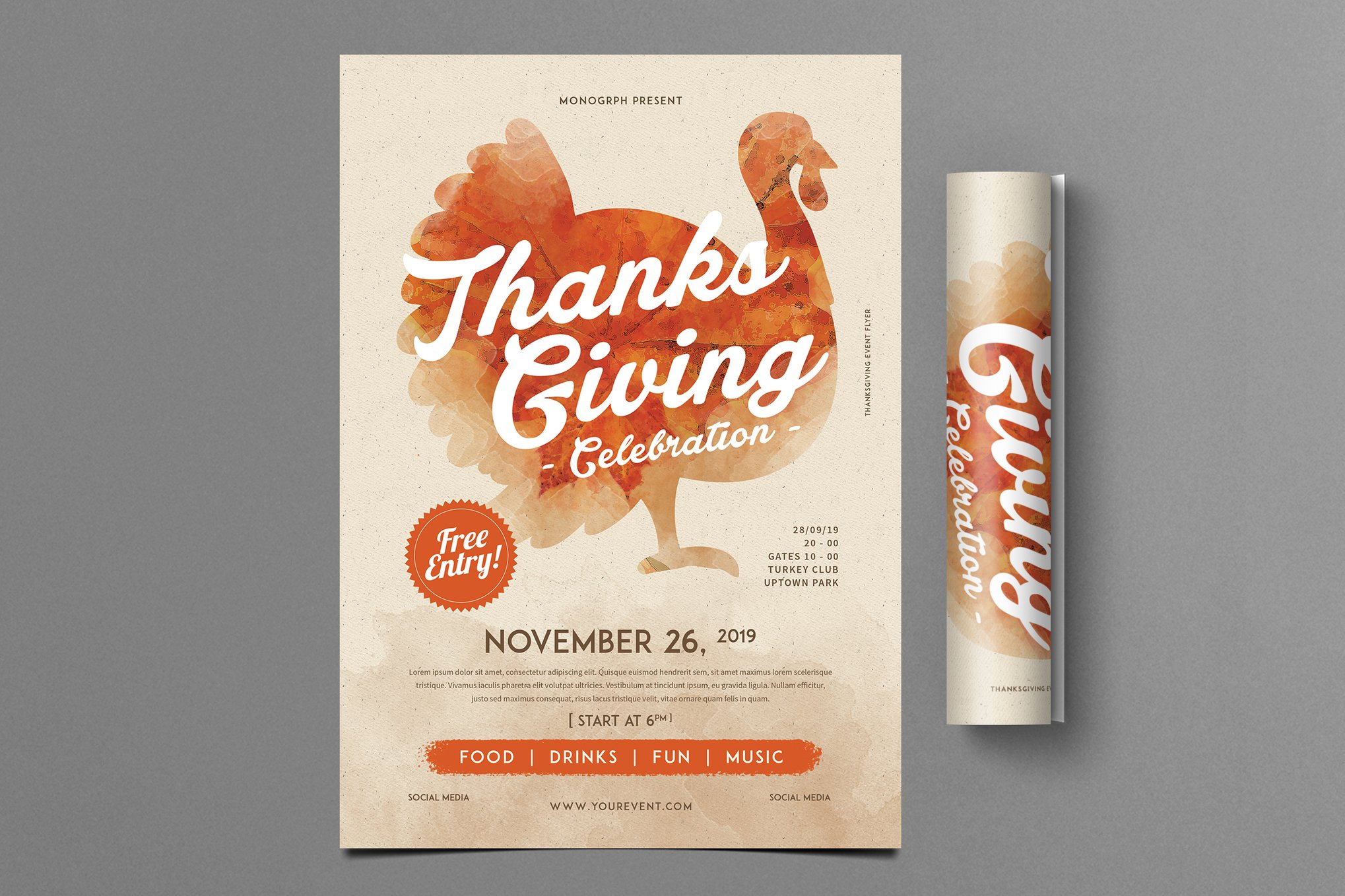
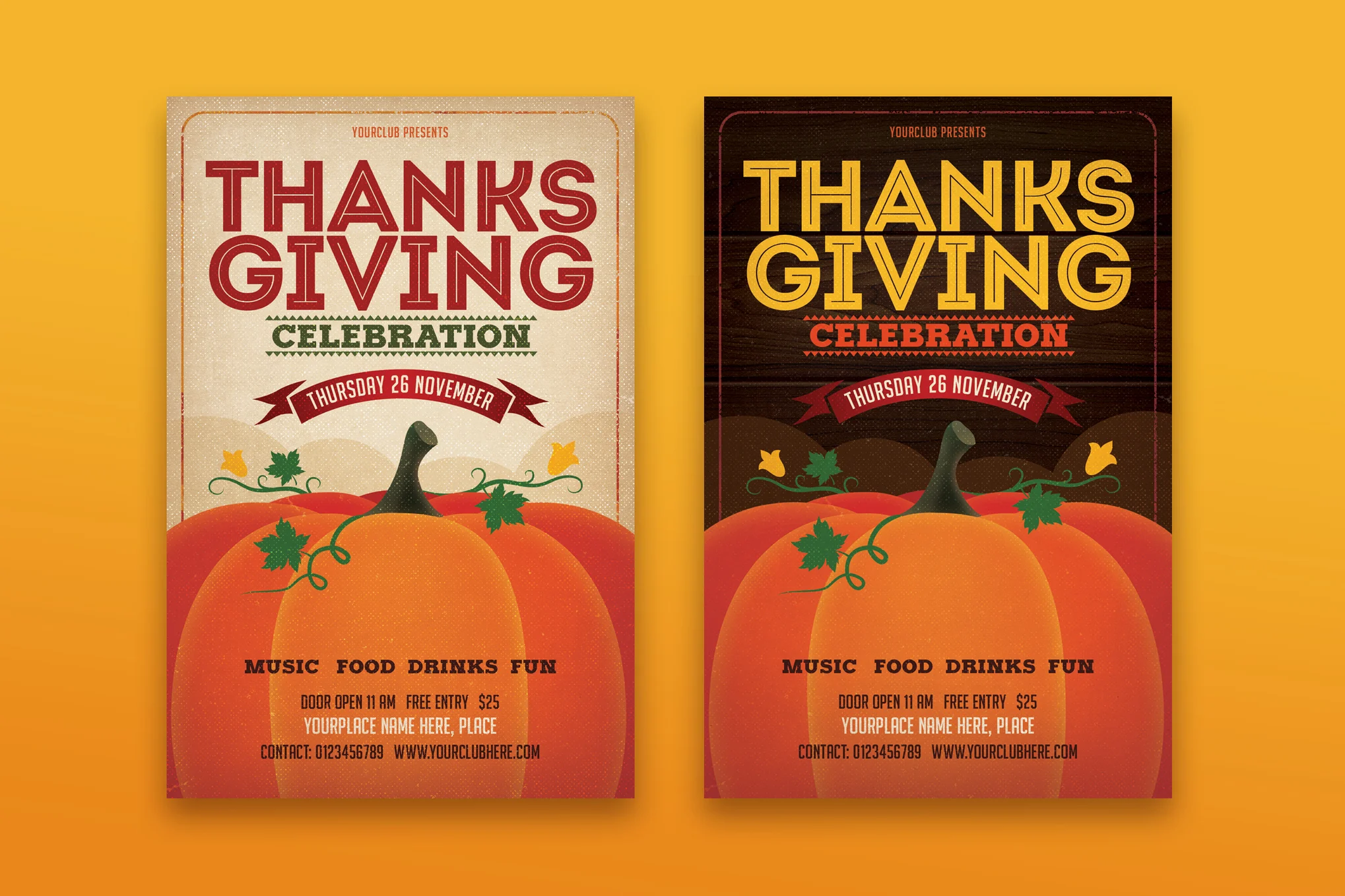
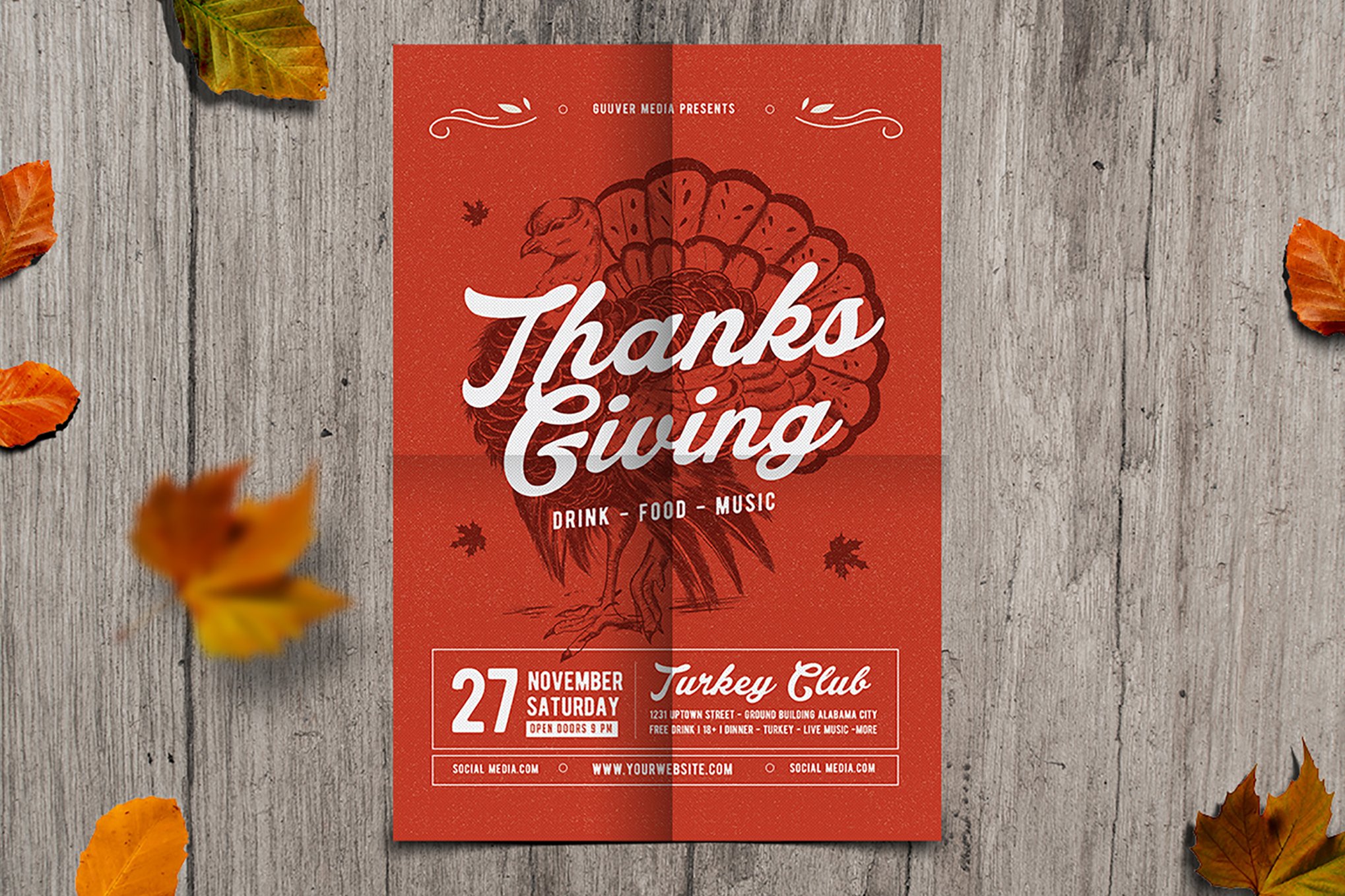
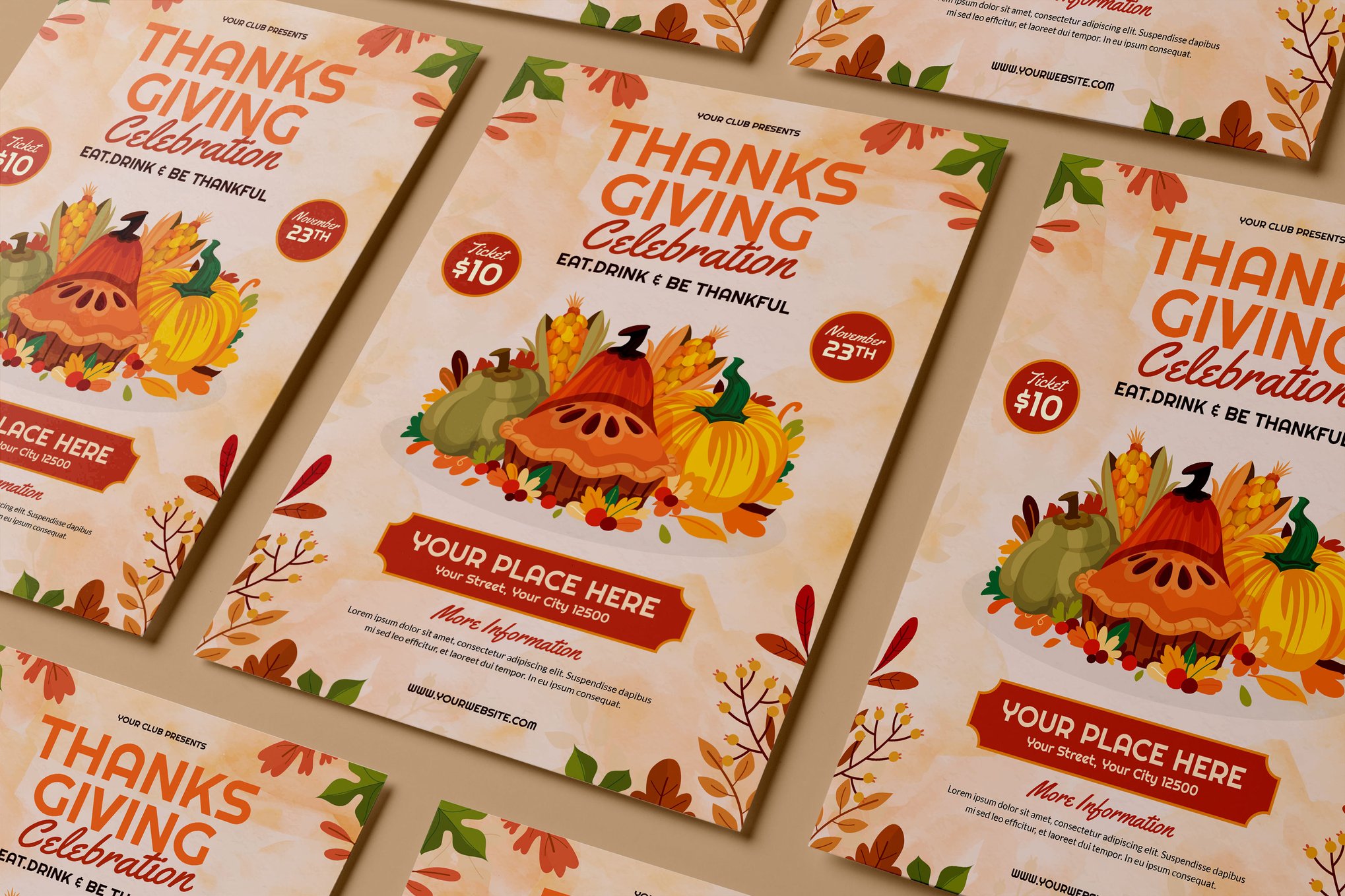
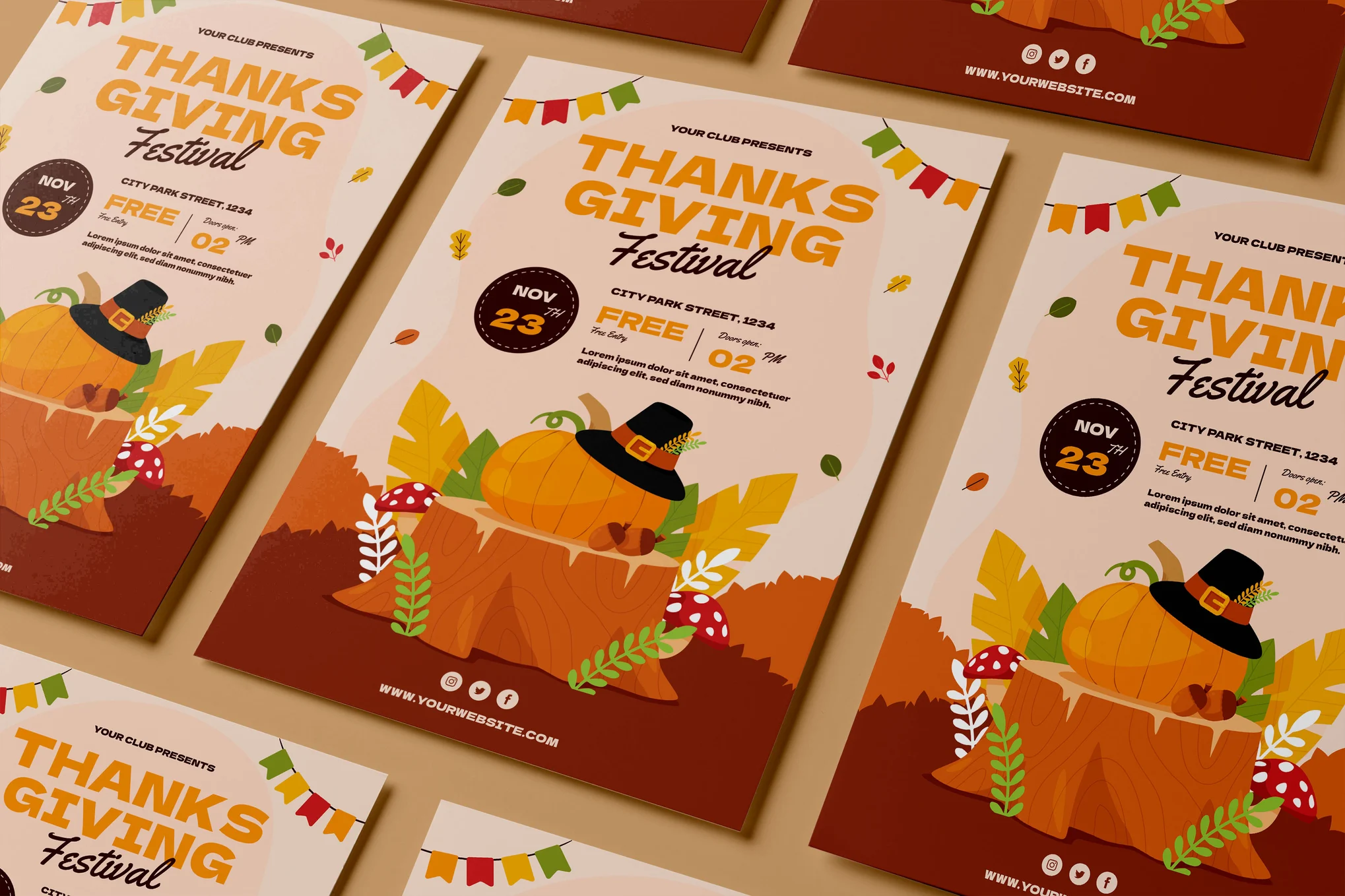
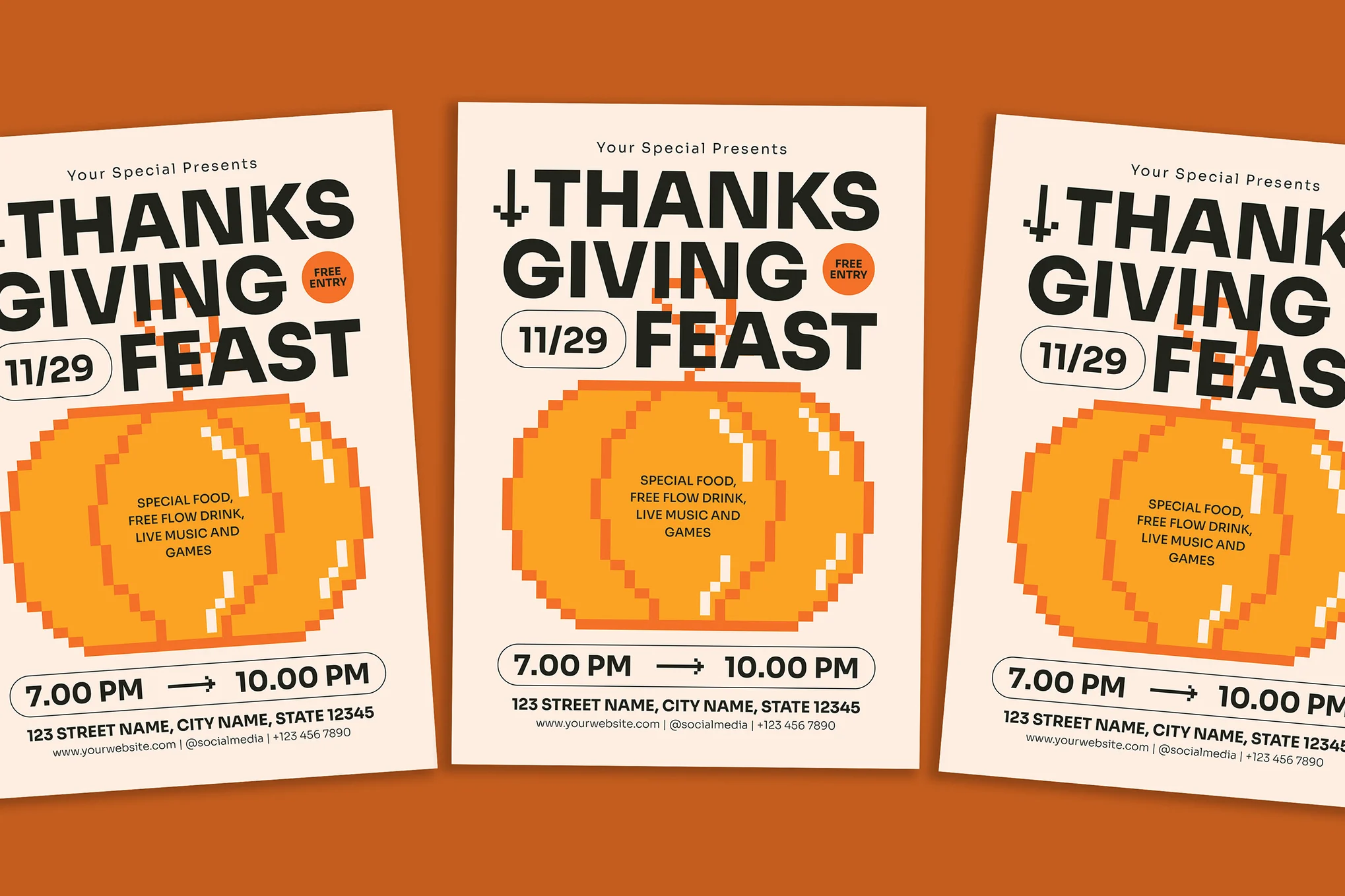
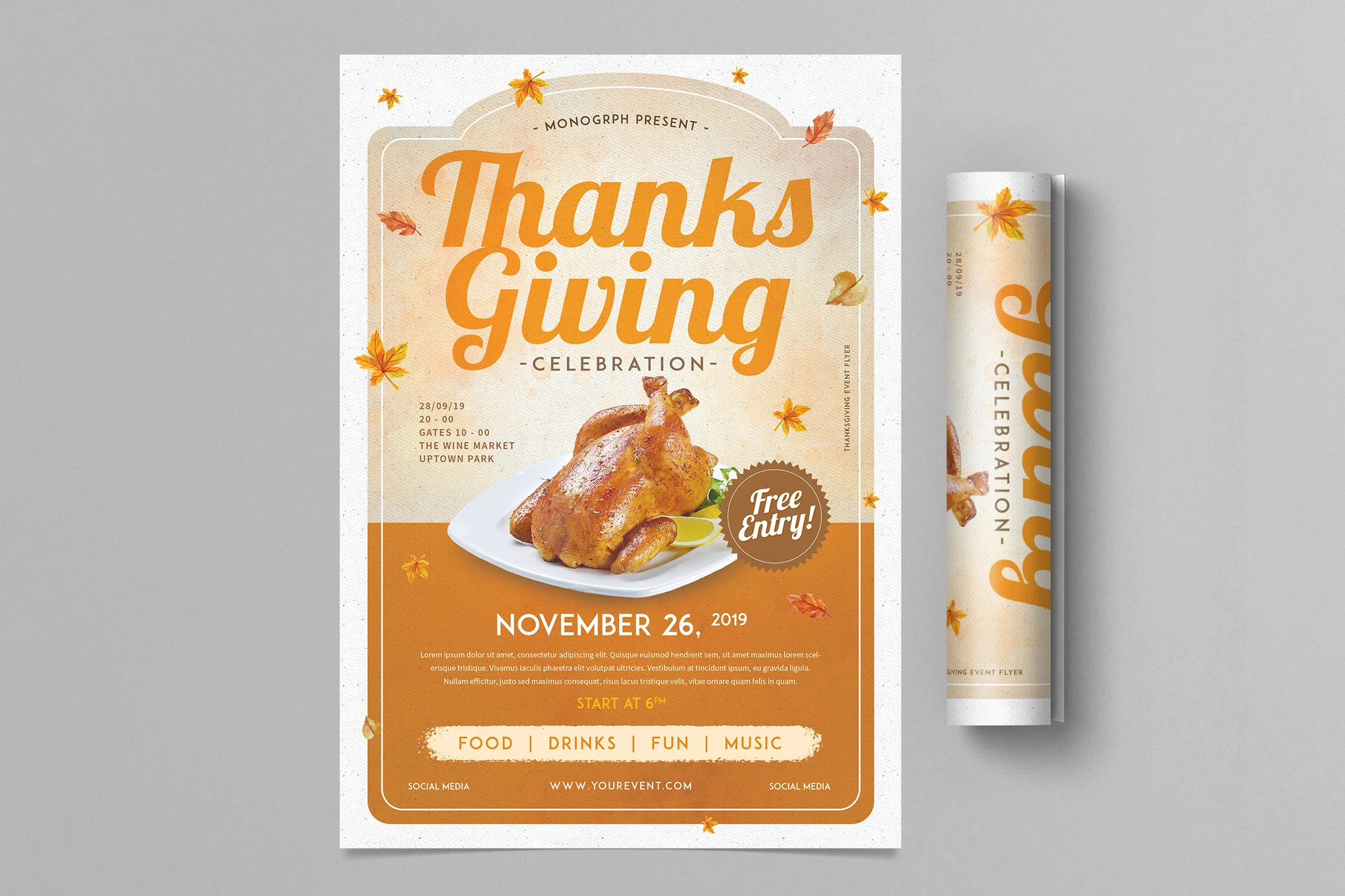

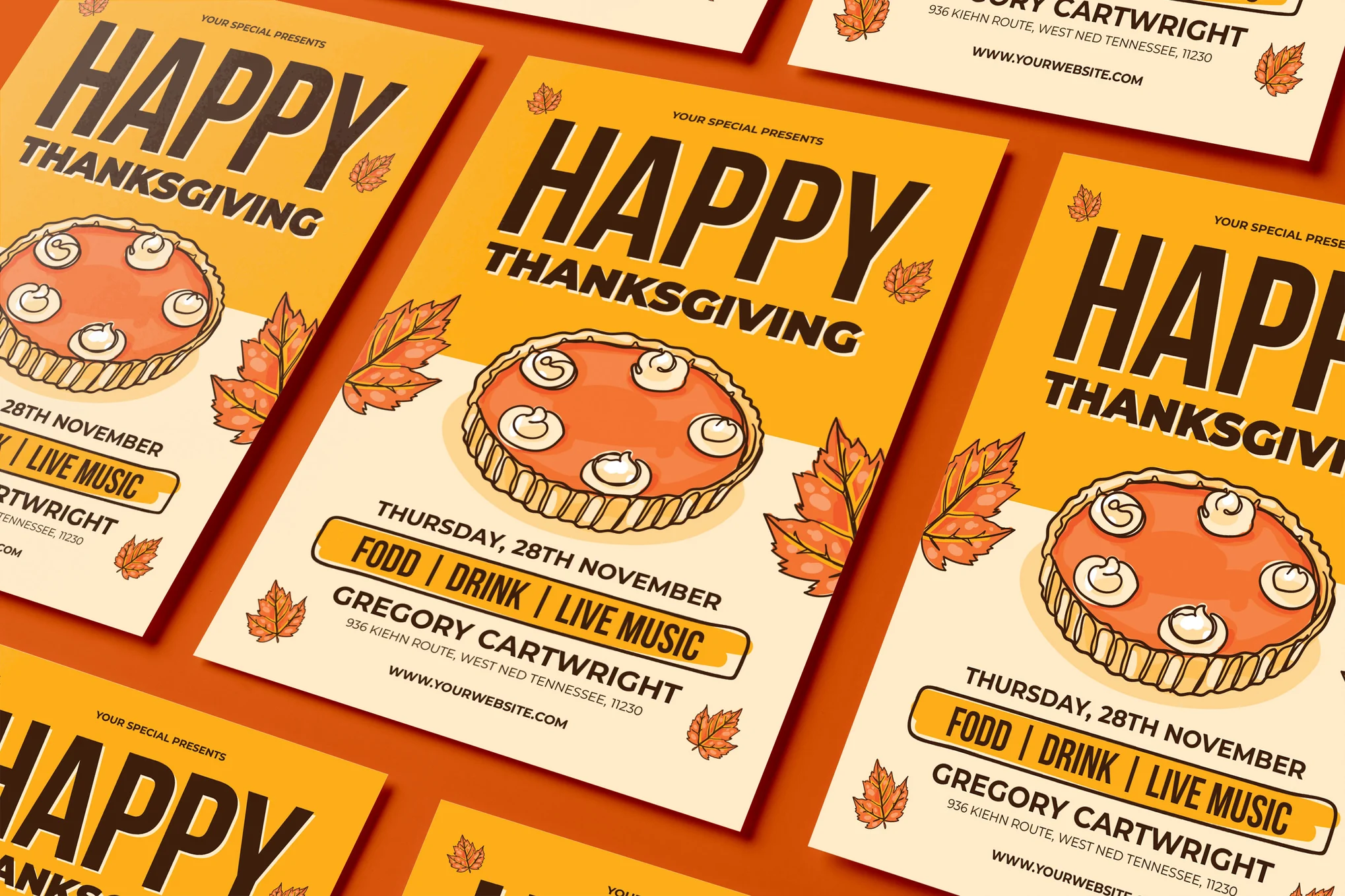

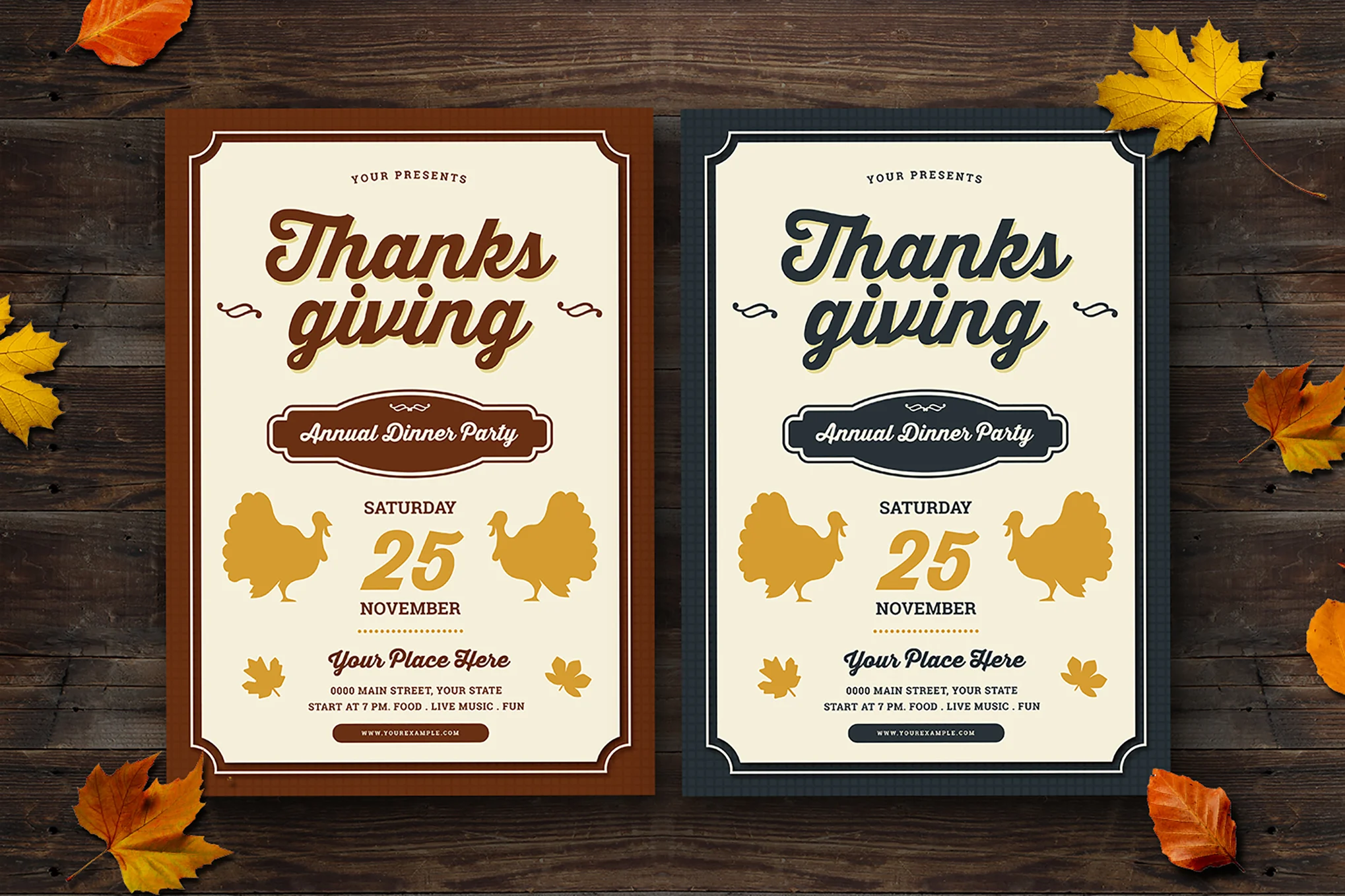
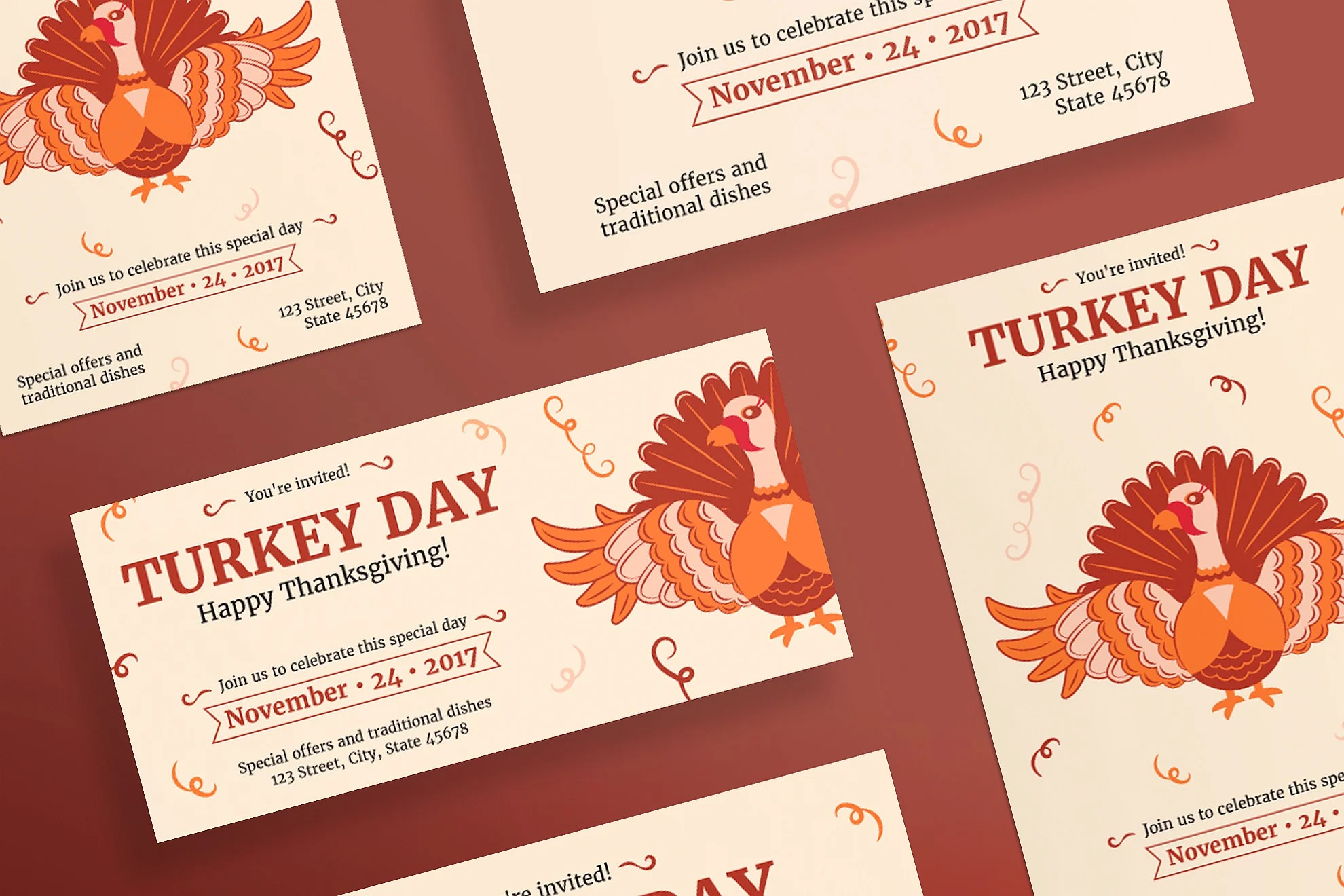

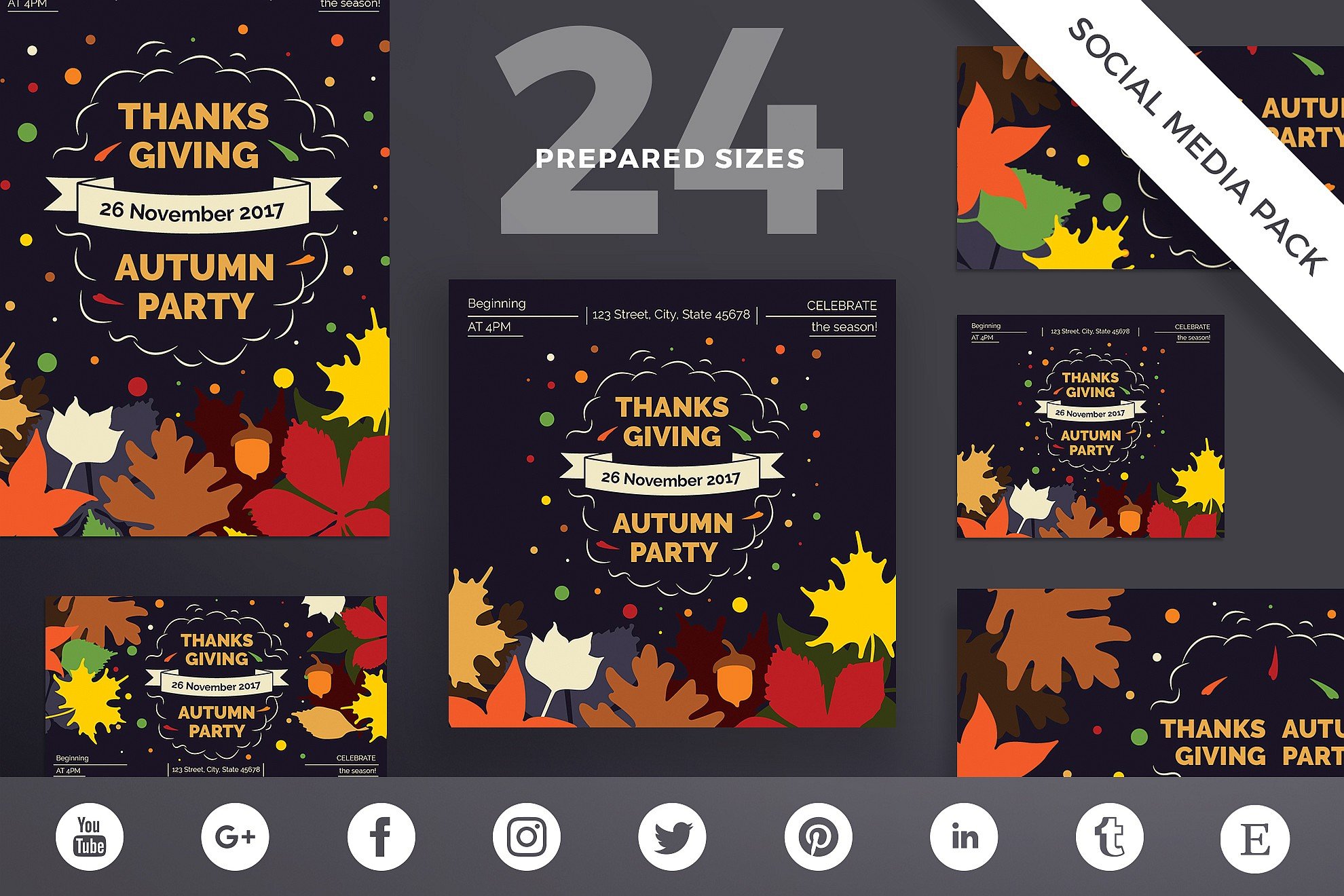
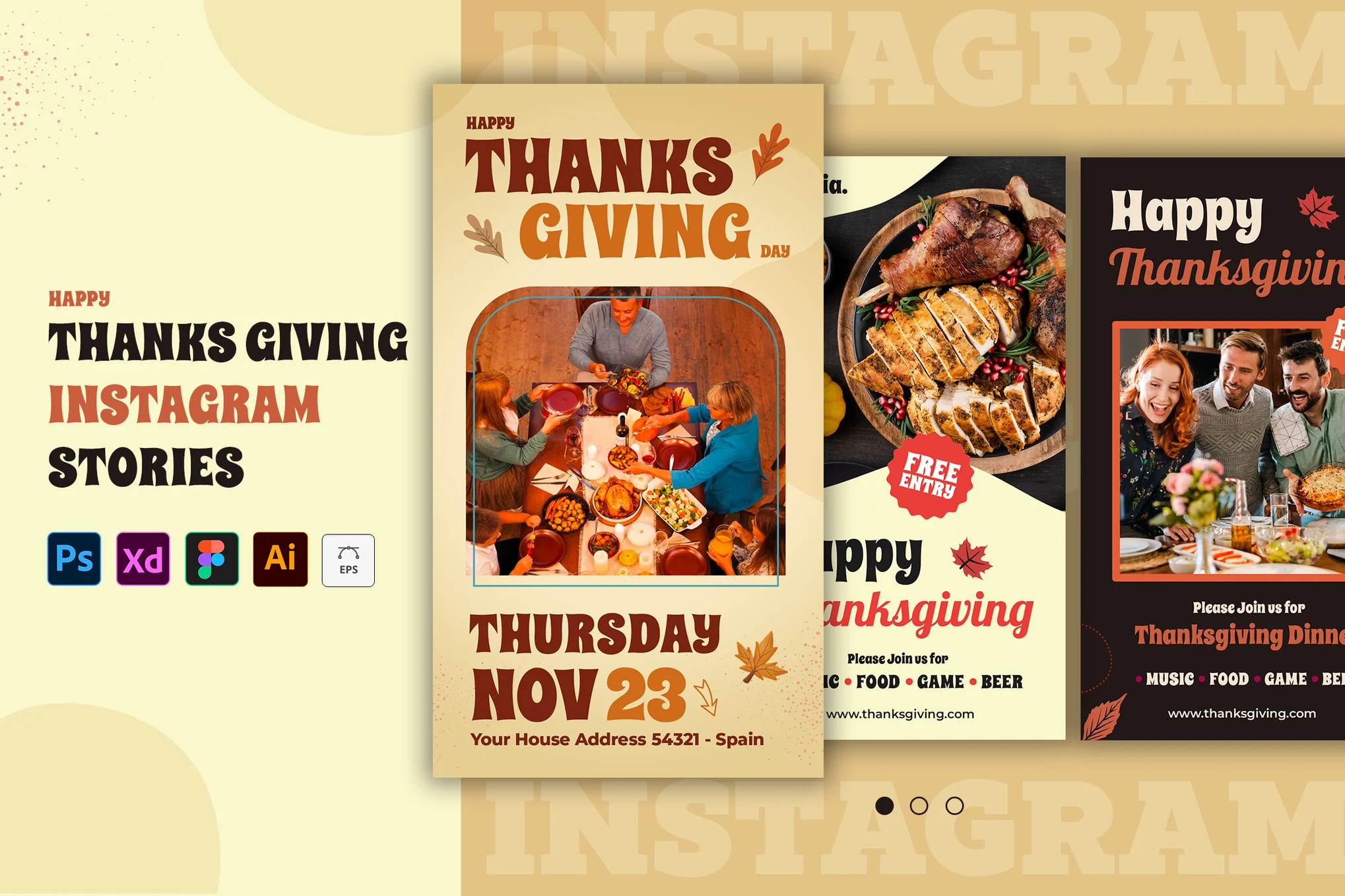
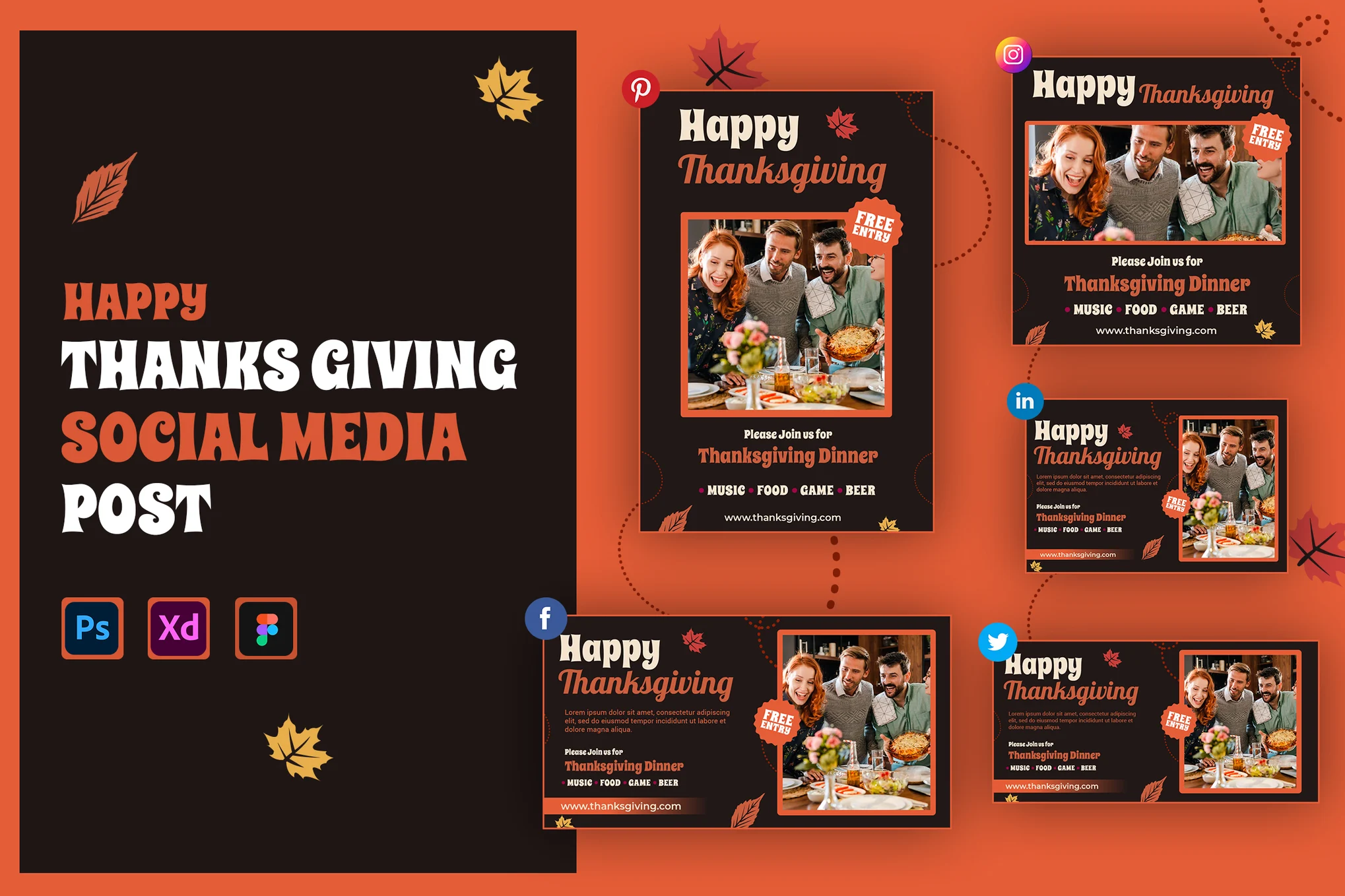
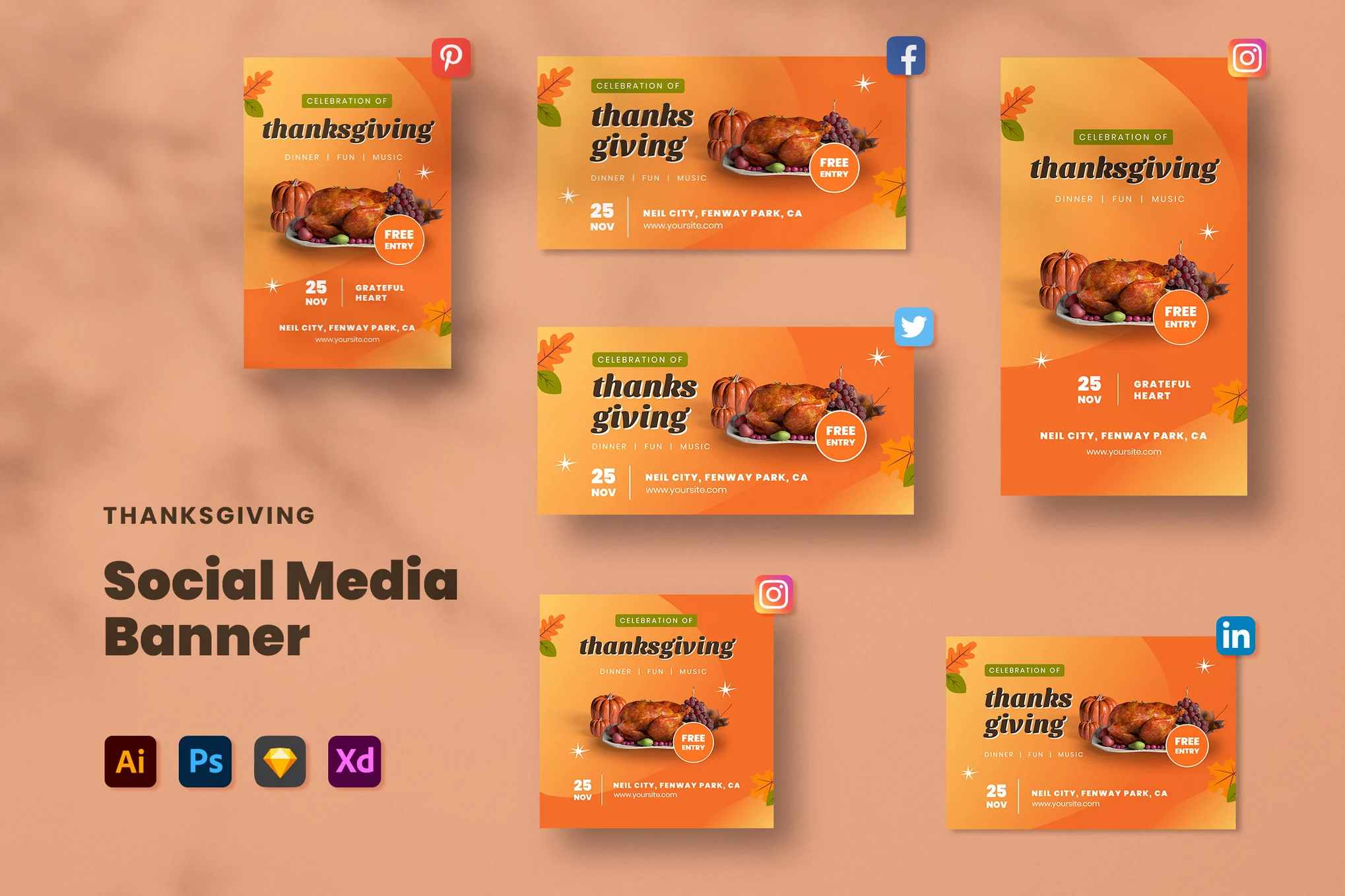
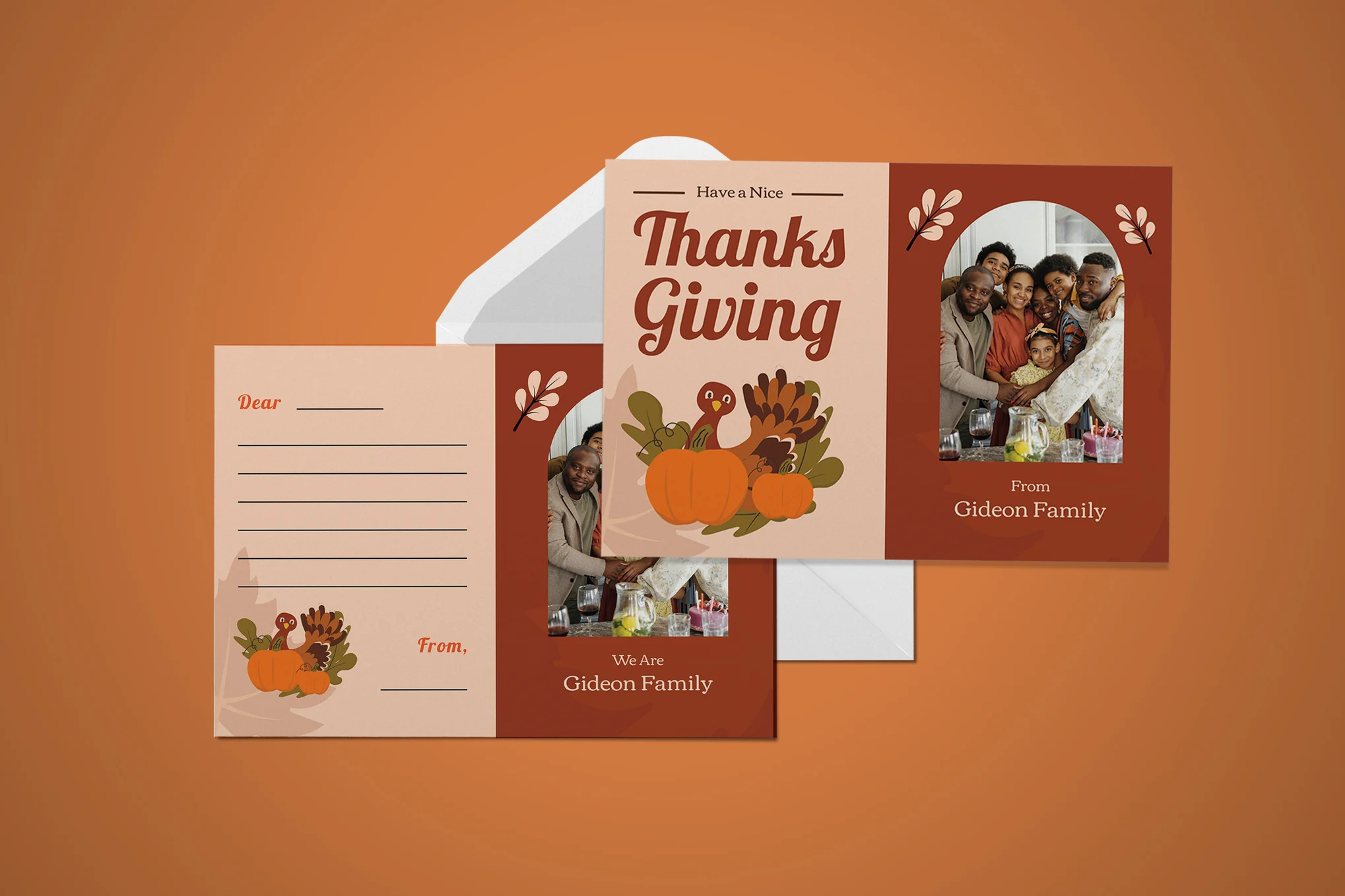

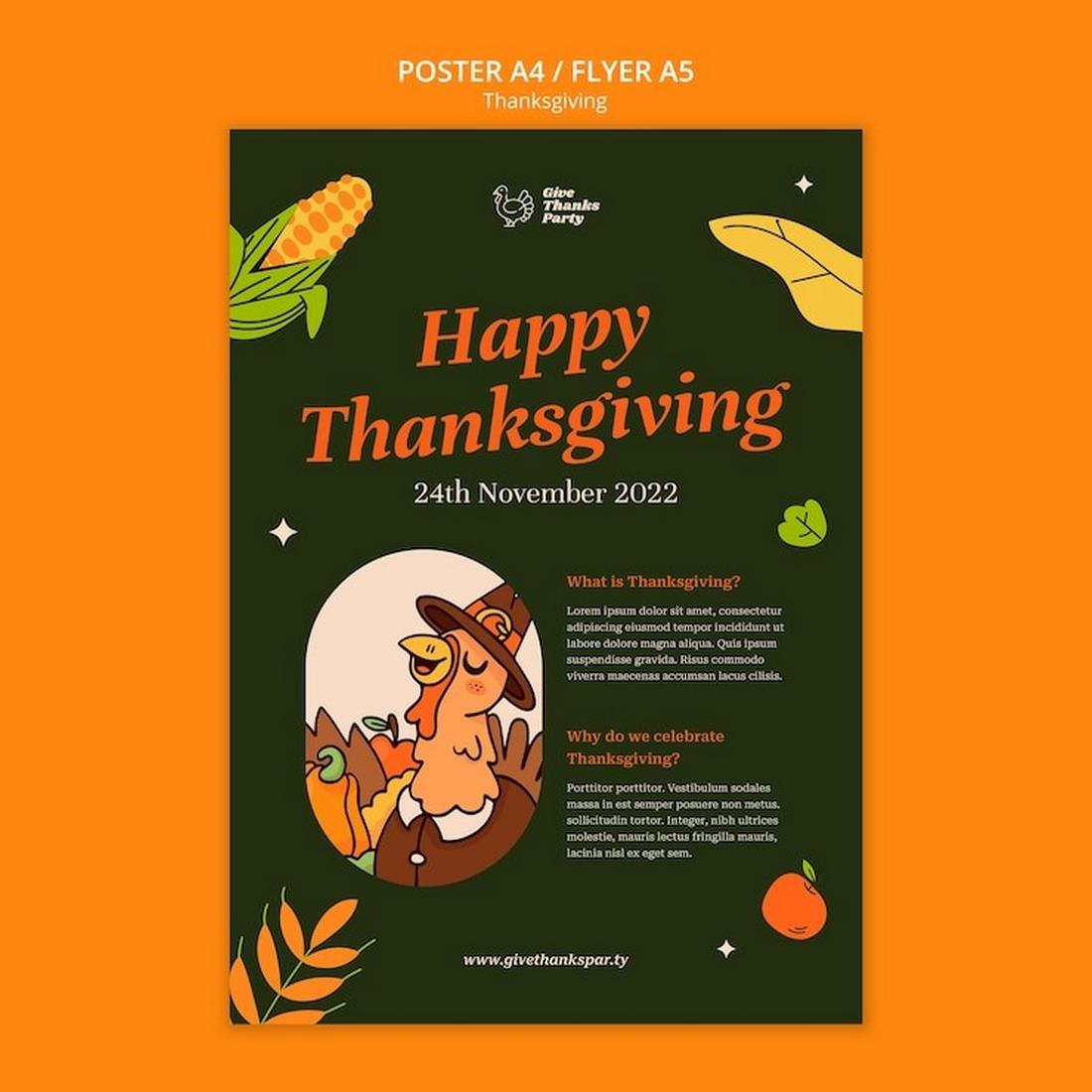

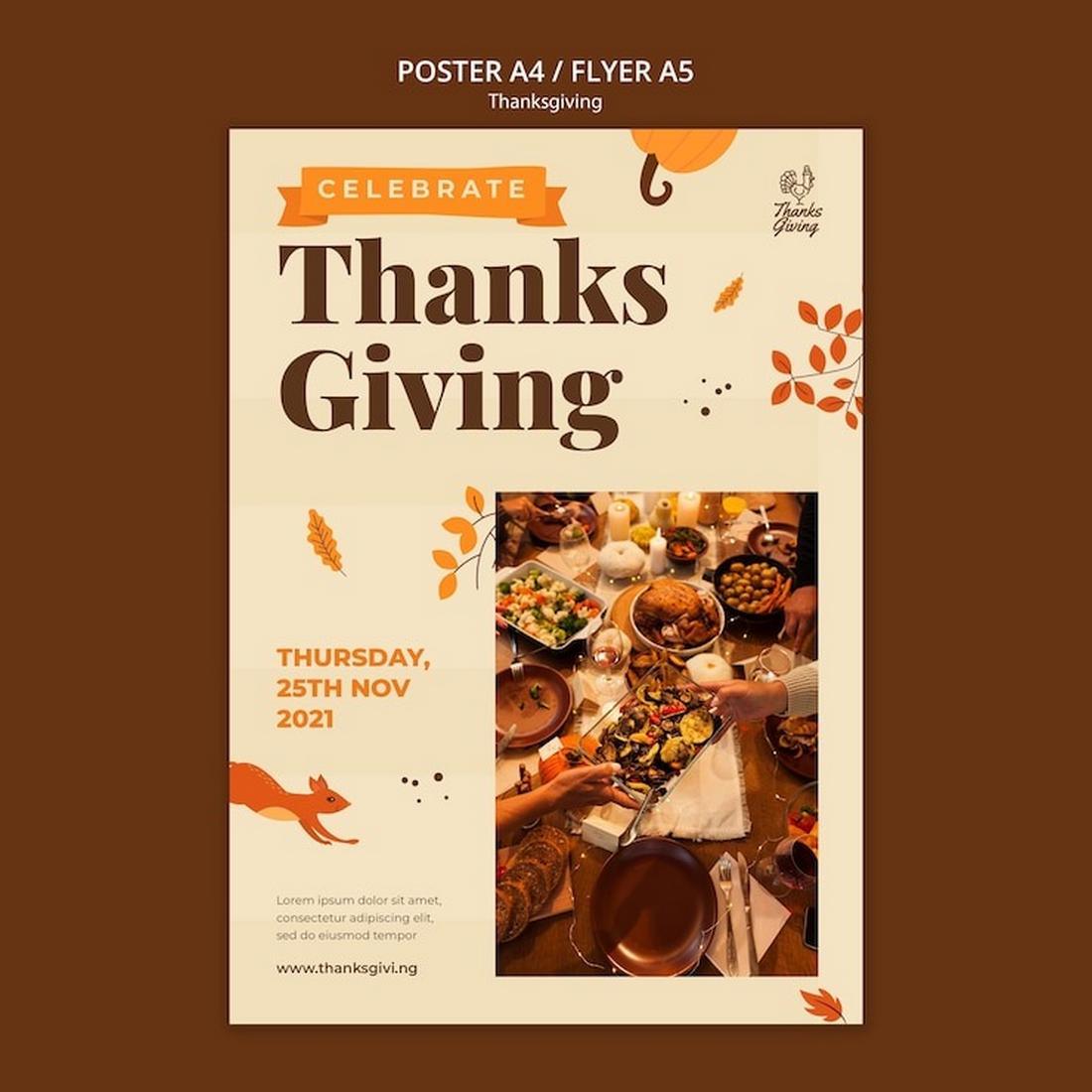
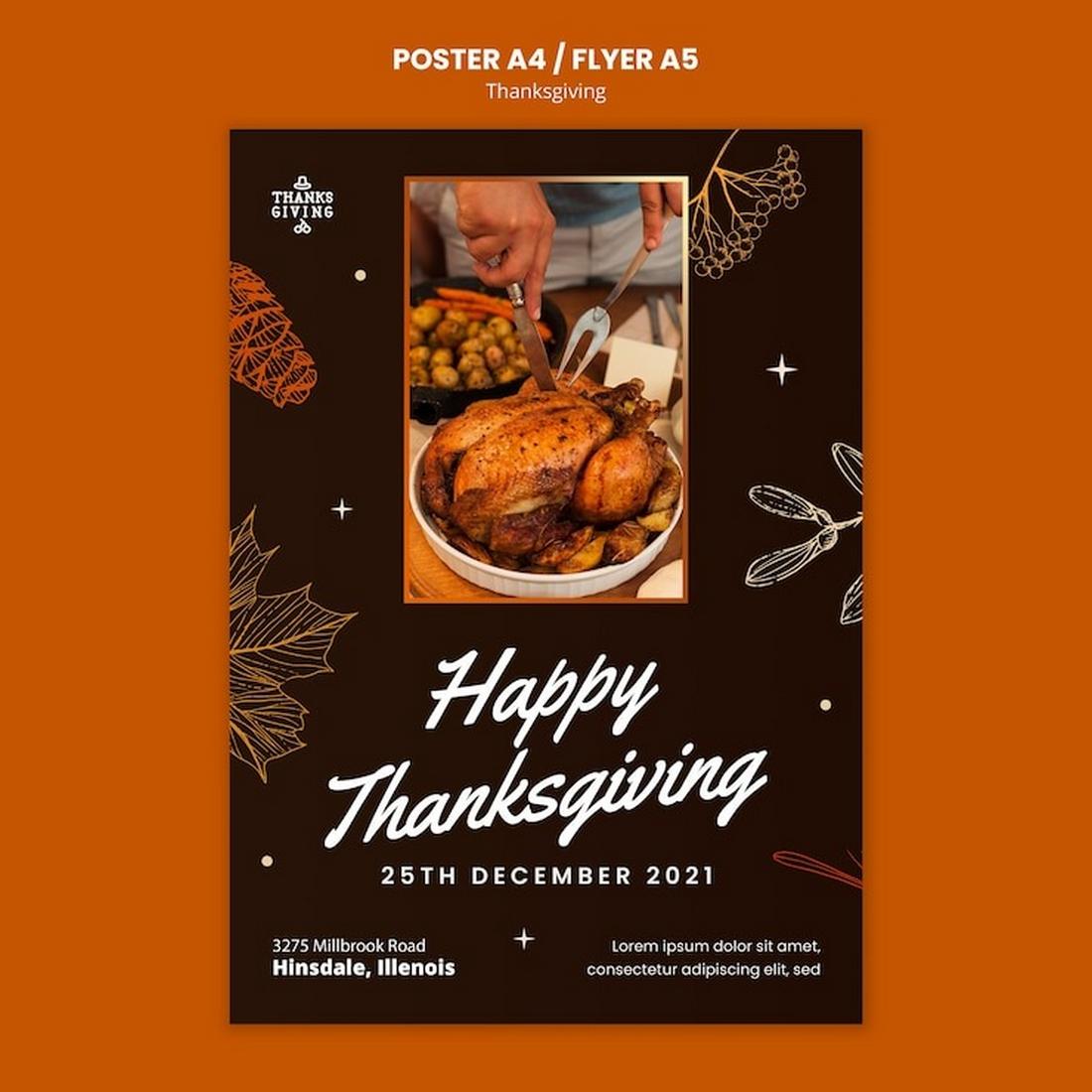





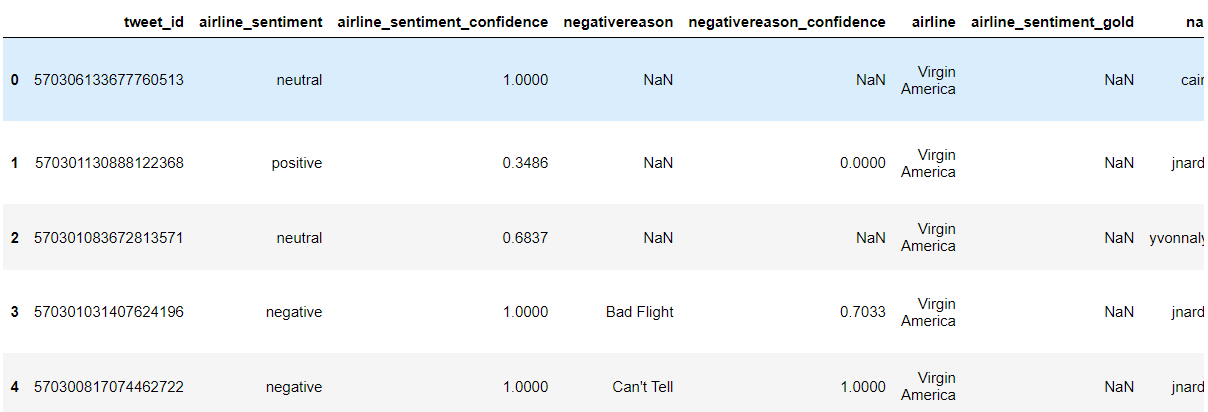
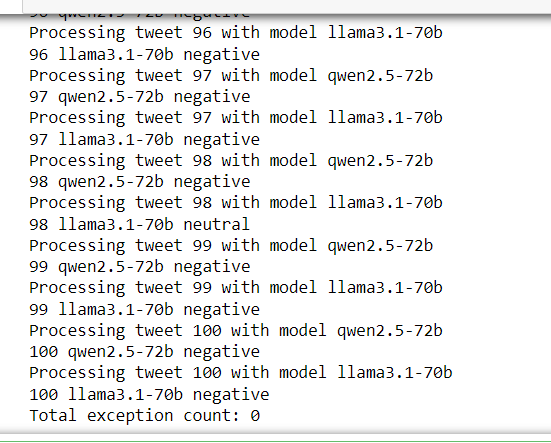

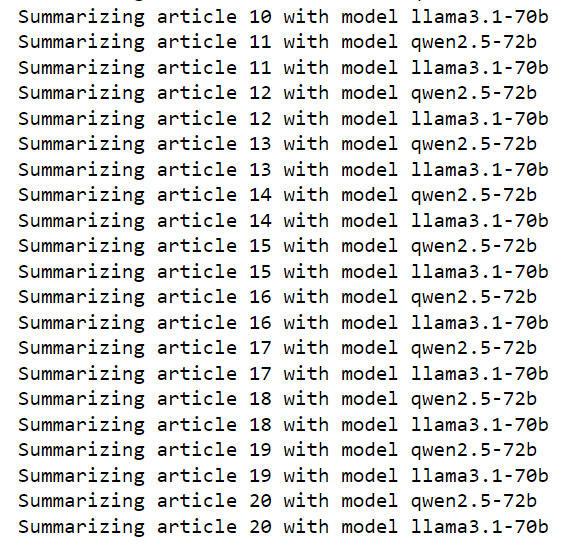
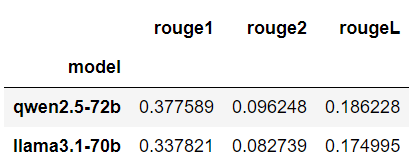
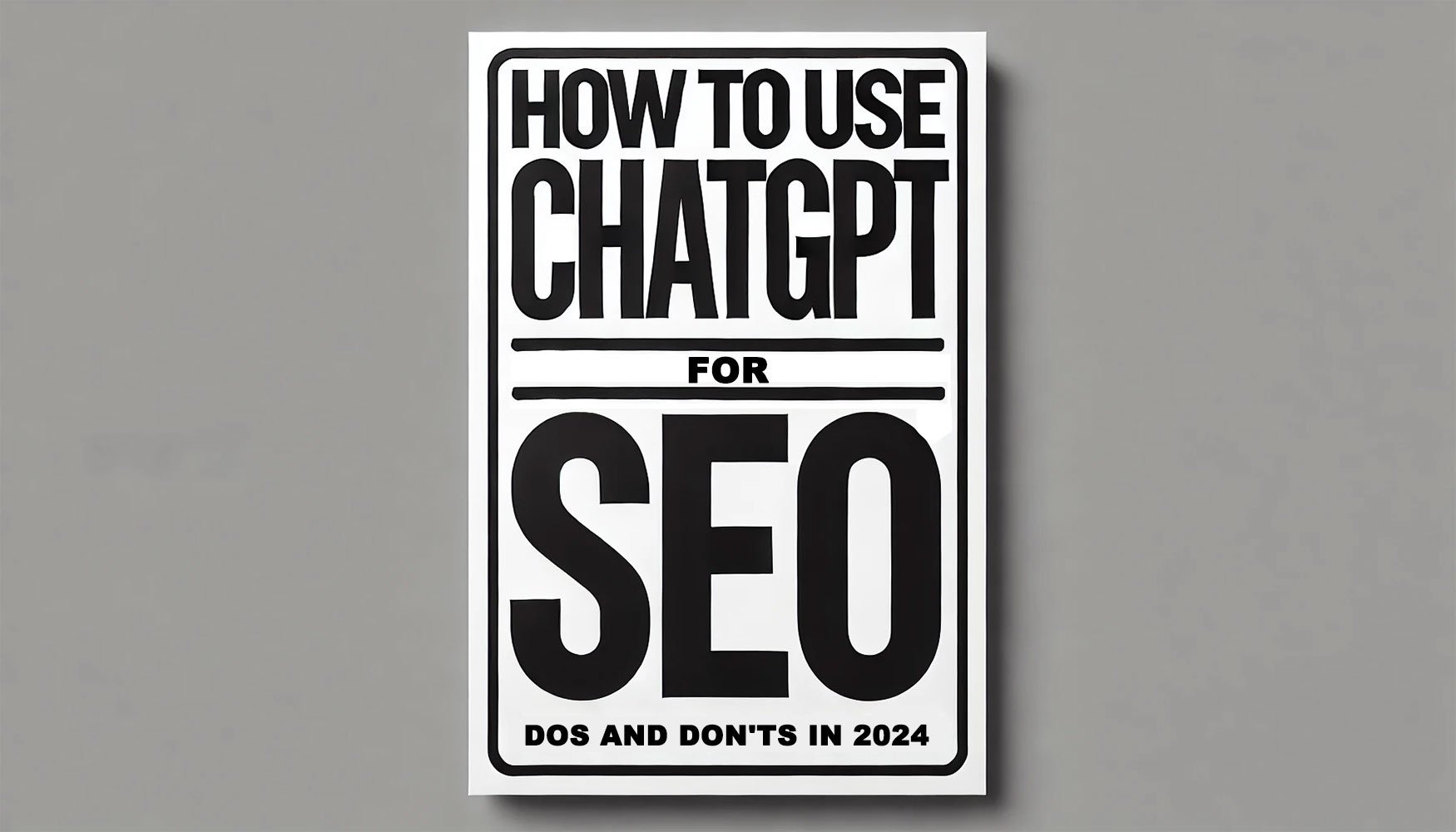

![→ Download Now: Free Product Marketing Kit [Free Templates]](https://no-cache.hubspot.com/cta/default/53/08b5e1f4-5d26-405b-b986-29c99bd0cb14.png)
